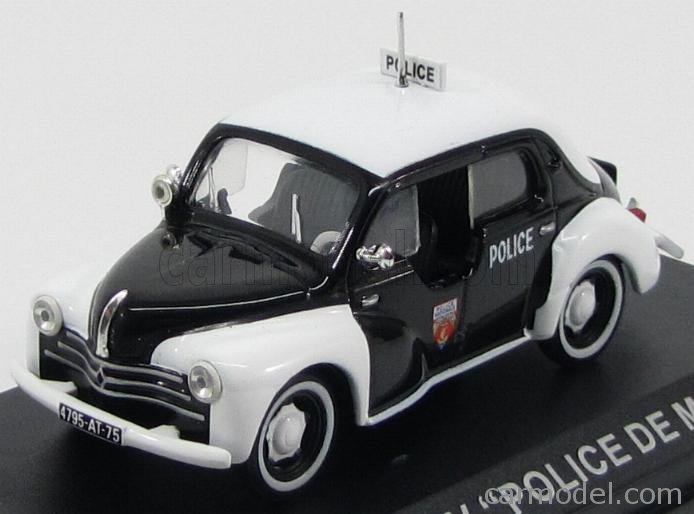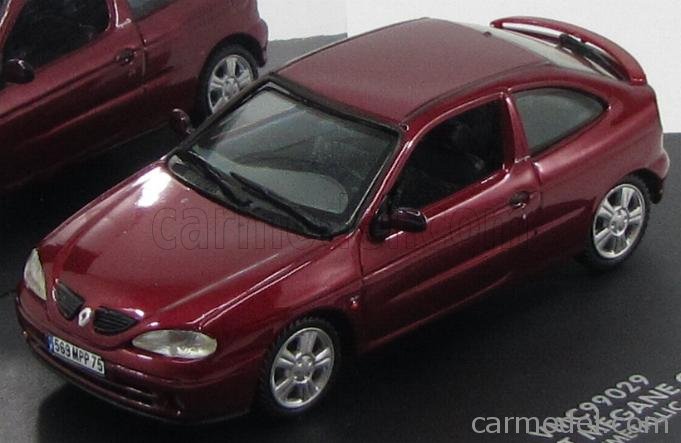Groupe Renault (French: [ɡʁup ʁəno]) is a French multinational automobile manufacturer established in 1899.[8] The company produces a range of cars and vans, and in the past has manufactured trucks, tractors, tanks, buses/coaches and autorail vehicles.
According to the Organisation Internationale des Constructeurs d’Automobiles, in 2016 Renault was the ninth biggest automaker in the world by production volume.[5] The Renault–Nissan–Mitsubishi Alliance is the fourth-largest automotive group.[9]
Headquartered in Boulogne-Billancourt, near Paris, the Renault group is made up of the namesake Renault marque and subsidiaries, Alpine, Automobile Dacia from Romania, Renault Samsung Motors from South Korea, and AvtoVAZ from Russia.[10][11] Renault has a 43.4% controlling stake in Nissan of Japan,[12] and a 1.55% stake in Daimler AG of Germany (since 2012, Renault manufactures engines for the Daimler’s Mercedes A-Class and B-Class cars[13]). Renault also owns subsidiaries RCI Banque (automotive financing), Renault Retail Group (automotive distribution) and Motrio (automotive parts). Renault has various joint ventures, including Oyak-Renault (Turkey), Renault Pars (Iran). Carlos Ghosn is the current chairman and CEO. The French government owns a 15% share of Renault.
Renault Trucks, previously known as Renault Véhicules Industriels, has been part of AB Volvo since 2001. Renault Agriculture became 100% owned by German agricultural equipment manufacturer CLAAS in 2008.
Together Renault and Nissan invested €4 billion (US$5.16 billion) in eight electric vehicles over three to four years beginning in 2011.[14]
Renault is known for its role in motor sport, particularly rallying, Formula 1 and Formula E. Its early work on mathematical curve modeling for car bodies is important in the history of computer graphics.
History
Founding and early years (1898–1918)
The Renault corporation was founded in 1899 as Société Renault Frères by Louis Renault and his brothers Marcel and Fernand.[8][15] Louis was a bright, aspiring young engineer who had already designed and built several prototypes before teaming up with his brothers, who had honed their business skills working for their father’s textile firm. While Louis handled design and production, Marcel and Fernand managed the business.[16]
The first Renault car, the Renault Voiturette 1CV, was sold to a friend of Louis’ father after giving him a test ride on 24 December 1898.
In 1903, Renault began to manufacture its own engines; until then it had purchased them from De Dion-Bouton. The first major volume sale came in 1905 when Société des Automobiles de Place bought Renault AG1 cars to establish a fleet of taxis.[18] These vehicles were later used by the French military to transport troops during World War I which earned them the nickname “Taxi de la Marne.”[19] By 1907, a significant percentage London and Paris taxis had been built by Renault.[18] Renault was also the best-selling foreign brand in New York in 1907 and 1908.[20] In 1908 the company produced 3,575 units, becoming the country’s largest car manufacturer.[18]
The brothers recognised the value of publicity that participation in motor racing could generate for their vehicles. Renault made itself known through succeeding in the first city-to-city races held in Switzerland, producing rapid sales growth. Both Louis and Marcel raced company vehicles, but Marcel was killed in an accident during the 1903 Paris-Madrid race.[21] Although Louis never raced again, his company remained very involved, including Ferenc Szisz winning the first Grand Prix motor racing event[22] in a Renault AK 90CV in 1906.
Louis took full control of the company as the only remaining brother in 1906 when Fernand retired for health reasons.[16] Fernand died in 1909 and Louis became the sole owner, renaming the company Société des Automobiles Renault (Renault Automobile Company).[8][18]
Renault fostered its reputation for innovation from very early on. At the time, cars were luxury items. The price of the smallest Renaults at the time were ₣3000 francs; an amount equal to ten years pay for the average worker. In 1905 the company introduced mass-production techniques and Taylorism in 1913.[23]
Renault manufactured buses and commercial cargo vehicles in the pre-war years. The first real commercial truck from the company was introduced in 1906.[24] During World War I, it branched out into ammunition, military aircraft engines[18] (the first Rolls-Royce aircraft engines were Renault V8 units)[25][26] and vehicles such as the revolutionary Renault FT tank.[23] The company’s military designs were so successful that Louis was awarded the Legion of Honour for his company’s contributions.[27] The company exported engines to American auto manufacturers for use in such automobiles as the GJG, which used a Renault 26 hp or 40 hp four-cylinder engine.
Interwar years (1919–1938)
Louis Renault enlarged Renault’s scope after 1918, producing agricultural and industrial machinery. The war led to many new products.[29] The first Renault tractor, the Type GP was produced between 1919 and 1930. It was based on the FT tank.[30] Renault struggled to compete with the increasingly popular small, affordable “people’s cars”, while problems with the stock market and the workforce slowed the company’s growth. Renault also had to find a way to distribute its vehicles more efficiently. In 1920, Louis signed one of its first distribution contracts with Gustave Gueudet, an entrepreneur from northern France.
The pre-First World War cars had a distinctive front shape caused by positioning the radiator behind the engine to give a so-called “coalscuttle” bonnet. This continued through the 1920s.[31] Only in 1930 did all models place the radiator at the front. The bonnet badge changed from circular to the familiar and continuing diamond shape in 1925.
Renault introduced new models at the Paris Motor Show that was held in September or October of the year. This led to confusion about model years. For example, a “1927” model was mostly produced in 1928.
Renault cars ranged from small to very large. For example, in 1928, when Renault produced 45,809 cars, its seven models started with a 6cv, a 10cv, the Monasix, 15cv, the Vivasix, the 18/22cv and the 40cv. Renault offered eight body styles. The larger chassis were available to coachbuilders. The smaller were the most popular while the least produced was the 18/24cv. The most expensive body style in each range was the closed car. Roadsters and tourers (torpedoes) were the cheapest.
The London operation was important to Renault in 1928. The UK market was quite large and “colonial” modified vehicles were dispatched from there to North America. Lifted suspensions, enhanced cooling and special bodies were common on vehicles sold abroad. Exports to the US by 1928 had declined to near-zero from their high point prior to WWI. A NM 40cv Tourer had a US list price of over $4,600, about the same as a Cadillac V-12. Closed 7-seat limousines started at $6,000 which was more expensive than a Cadillac V-16.
Cars were conservatively engineered and built. The Vivasix, model PG1, was sold as the “executive sports” model beginning in 1927. Lighter weight factory steel bodies powered by a 3180 cc six-cylinder motor provided a formula that lasted until the Second World War.
The “de Grand Luxe Renaults”, those with a wheelbase over 12-foot (3.7 m), were produced in small numbers in two major types – six- and eight-cylinder. The 1927 six-cylinder Grand Renault models NM, PI and PZ introduced the new three spring rear suspension that considerably aided stability that was needed since some vehicles surpassed 90 mph (140 km/h).
The 8-cylinder Reinastella was introduced in 1929 and expanded to a range culminating in the 1939 Suprastella. Coachbuilders included Kellner, Labourdette, J. Rothschild et Fils and Renault bodies. Closed car Renault bodies were often trimmed with interior woodwork by Rothschild.
In 1928 Renault introduced an upgraded specification to its “Stella” line. The Vivastella’s and Grand Renaults had upgraded interior fittings and a small star fitted above the front hood logo. This proved to be a winning differentiator and in the 1930s all cars changed to the Stella suffix from the previous two alpha character model identifiers.
The Grand Renaults were built using a considerable amount of aluminium. Engines, brakes, transmissions, floor and running boards and all external body panels were aluminium. Of the few that were built, many went to scrap to aid the war effort.
In 1931, Renault introduced diesel engines for its commercial vehicles.[24]
Renault was one of the few French vehicle manufactures that pursued the production of aircraft engines after World War I. In the late 1920s it attempted to produce a high-power military engine to compete with the American Pratt & Whitney units, which proved unsuccessful, although its civil engines achieved better results.[33] In the 1930s the company took over the aircraft manufacturer Caudron, focusing its production in small airplanes,[33] acquired a stake in Air France and partnered to establish the airmail company Air-Bleu.[34] Renault Caudron airplanes settled several speed world records during the 1930s. Renault continued developing tanks as part of France’s rearming effort, including the D1 and the FT’s replacement, the R 35.[35]
During the late 1920s and early 1930s, Renault was surpassed by Citroën as the largest car manufacturer in France. Citroën models at the time were more innovative and popular than Renault’s.[36] However, by mid-1930s the French manufacturers were hit by the Great Depression. Renault could initially offset losses through its tractor, railroad and weaponry businesses while Citroën filed for bankruptcy and was later acquired by Michelin.[34] Renault became again the largest car manufacturer, a position it would keep until the 1980s.[34]
Renault was finally affected by the economic crisis in 1936. The company sold Caudron and spun off its foundry and aircraft engine divisions into related but autonomous operations, keeping its core automotive business.[34] Between 1936 and 1938, a series of labour disputes, strikes, and worker unrest spread throughout the French automobile industry.[37] The disputes were eventually quashed by Renault in a particularly intransigent way, and over 2,000 people lost their jobs.
World War II and aftermath (1939–1944)
After the French capitulation in 1940, Louis Renault refused to produce tanks for Nazi Germany, which took control of his factories. He produced trucks instead. On 3 March 1942, the British Royal Air Force (RAF) launched 235 low-level bombers at the Billancourt plant, the largest number aimed at a single target during the war.[39] 460 tons of bombs were dropped on the plant and the surrounding area, causing extensive damage along with heavy civilian casualties.[40] Renault resolved to rebuild the factory as quickly as possible, but bombardments continued a year later, on 4 April, this time delivered by the Americans, and on 3 and 15 September 1943.[40]
A few weeks after the Liberation of Paris, at the start of September 1944, the factory gates at Renault’s Billancourt plant reopened.[40] Operations restarted slowly, in an atmosphere poisoned by plotting and political conspiracy.[40] In 1936 the Billancourt factory had been the scene of violent political and industrial unrest that had surfaced under Leon Blum’s Popular Front government. The political jostling and violence that followed liberation ostensibly reflected the rivalries between capitalist collaboration and communist resistance, many of the scores settled predated the invasion.[40]
Responding to the chaotic situation at Renault, a 27 September 1944 meeting of the Council of (the provisional government’s) Ministers took place under de Gaulle’s presidency. Postwar European politics had quickly become polarised between communists and anti-communists, and in France De Gaulle was keen to resist Communist Party attempts to monopolise the political dividends available to resistance heroes: politically Billancourt was a communist stronghold. The government decided to “requisition” the Renault factories.[40] A week later, on 4 October Pierre Lefaucheux, a resistance leader with a background in engineering and top-level management, was appointed provisional administrator of the firm, assuming his responsibilities at once.[40]
Meanwhile, the provisional government accused Louis Renault of collaborating with the Germans. In the frenzied atmosphere of those early post-liberation days, with many wild accusations, Renault was advised by his lawyers to present himself to a judge. He appeared before Judge Marcel Martin, on 22 September 1944[40] and was arrested on 23 September 1944, as were several other French auto-industry leaders.[40] Renault’s harsh handling of the 1936–1938 strikes had left him without political allies and no one came to his aid.[41] He was incarcerated at Fresnes prison where he died on 24 October 1944 under unclear circumstances,[42] while awaiting trial.[43][44]
On 1 January 1945, by de Gaulle’s decree, the company was posthumously expropriated from Louis Renault. On 16 January 1945 it was formally nationalised as Régie Nationale des Usines Renault.[40] Renault’s were the only factories permanently expropriated by the French government.[45] In subsequent years, the Renault family tried to have the nationalisation rescinded by French courts and receive compensation. In 1945 and again in 1961 the Courts responded that they had no authority to review the government’s actions.
Postwar resurgence (1945–1971)
Under the leadership of Pierre Lefaucheux, Renault experienced both a commercial resurgence and labor unrest, that was ultimately to continue into the 1980s.
In secrecy during the war, Louis Renault had developed the rear engine 4CV[47] which was subsequently launched under Lefacheux in 1946. Renault debuted its flagship model, the largely conventional 2-litre 4-cylinder Renault Frégate (1951–1960), shortly thereafter. The 4CV proved a capable rival for cars such as the Morris Minor and Volkswagen Beetle; its sales of more than half a million ensured its production until 1961.
After the success of the 4CV, Lefacheux continued to defy the postwar French Ministry of Industrial Production, which had wanted to convert Renault solely to truck manufacture,[48] by directing the development of its successor. He oversaw the prototyping of the Dauphine (until his death), enlisting the help of artist Paule Marrot in pioneering the company’s textile and color division.
The Dauphine sold well as the company expanded production and sales further abroad, including Africa and North America.[49] The Dauphine sold well initially in the US, although it subsequently became outdated against increased competition, including from the country’s nascent domestic compacts such as the Chevrolet Corvair. Renault also sold the Renault Caravelle roadster, which was called the Floride outside North America.
During the 1950s, Renault absorbed small French heavy vehicles’ manufacturers (Somua and Latil) and in 1955 merged them with its own truck and bus division to form the Société Anonyme de Véhicules Industriels et d’Equipements Mécaniques (Saviem).[50]
Renault then launched two successful cars – the Renault 4 (1961–1992), a practical competitor for the likes of the Citroën 2CV, and Renault 8.[29] The larger rear-engined Renault 10 followed the success of the R8, and was the last rear-engined Renault. The company achieved success with the more modern and more upmarket Renault 16, a pioneering hatchback launched in 1966, followed by the smaller Renault 6.
On 16 January 1970 the manufacturer celebrated the 25th anniversary of its 1945 rebirth as the nationalised Régie Nationale des Usines Renault. The 1960s had been a decade of aggressive growth: a few months earlier, in October 1969, the manufacturer had launched the Renault 12, combining the engineering philosophy of its hatch-backs with the more conservative “three-box” design. The four-door Renault 12 model fit between the Renault 6 and Renault 16. The model was a success. 1970 was also the first year during which Renault produced more than a million cars in a single year, building 1,055,803.
Modern era (1972–1980)
The company’s compact and economical Renault 5 model, launched in January 1972,[52] was another success, anticipating the 1973 energy crisis.[29] Throughout the 1970s the R4, R5, R6, R12, R15, R16 and R17 maintained Renault’s production with new models including the Renault 18 and Renault 20.
During the mid seventies the already broad-based company diversified into more industries and continued to expand globally, including South East Asia. The energy crisis led Renault to again attempt to attack the North American market. Despite the Dauphine’s success in the United States in the late 1950s and an unsuccessful assembly project in Saint-Bruno-de-Montarville, Quebec, (1964–72), Renault began to disappear from North America at the end of the decade.
Over the decades Renault had developed a collaborative partnership with Nash Motors Rambler and its successor American Motors Corporation (AMC). From 1962 to 1967, Renault assembled complete knock down (CKD) kits of the Rambler Classic sedans in its factory in Belgium.[53] Renault did not have large or luxury cars in its product line and the “Rambler Renault” was positioned as an alternative to the Mercedes-Benz “Fintail” cars. Later, Renault continued to make and sell a hybrid of AMC’s Rambler American and Rambler Classic called the Renault Torino in Argentina (sold through IKA-Renault). Renault partnered with AMC on other projects, such as a rotary concept engine in the late 1960s.
In the late 1960s and 1970s the company established subsidiaries in Eastern Europe, most notably Dacia in Romania, and South America (many of which remain active) and forged technological cooperation agreements with Volvo and Peugeot,[54] (for instance, for the development of the PRV V6 engine, which was used in Renault 30, Peugeot 604, and Volvo 260 in the late 1970s).
In the mid-1960s Renault Australia was set up in Melbourne. The company produced and assembled models including the R8, R10, R12, R16, sporty R15, R17 coupe’s, R18 and R20. The unit closed in 1981. Renault Australia also built and marketed Peugeots. From 1977, they assembled Ford Cortina station wagons under contract- the loss of this contract ended the factory.[citation needed]
When Peugeot acquired Citroën and formed PSA, the group’s collaboration with Renault was reduced, although established joint production projects were maintained. Prior its merging with Peugeot, Citroën sold to Renault the truck and bus manufacturer Berliet in 1975,[54] merging it with its subsidiary Saviem in 1978 to create Renault Véhicules Industriels, which became the only French manufacturer of heavy commercial vehicles.[24][50] In 1976, Renault reorganised the company into four business areas: automobiles (for car and light commercial vehicles or LCVs), finance and services, commercial vehicles (coaches and trucks over 2.5 tons GVW), and minor operations under an industrial enterprises division (farm machinery, plastics, foundry, etc.). In 1980, Renault produced 2,053,677 cars and LCVs. The cars at the time were the Renault 4, 5, 6, 7, 12, 14, 16, 18, 20 and 30; the LCVs were the 4, 5 and 12 Société and the Estafette. The company added 54,086 buses/coaches and trucks.[54]
In North America, Renault partnered with American Motors, lending AMC operating capital and buying a minority 22.5% stake in the company in late 1979. The first Renault model sold through AMC’s dealerships was the R5, renamed Renault Le Car. Jeep was keeping AMC afloat until new products, particularly the XJ Cherokee, could be launched. When the bottom fell out of the 4×4 truck market in early 1980 AMC was in danger of bankruptcy. To protect its investment, Renault bailed AMC out with cash – at the price of a controlling 47.5% interest.[55] Renault replaced some AMC executives, and Jose J. Dedeurwaerder of Renault became President of AMC.[29]
The partnership resulted in the marketing of Jeep vehicles in Europe.[29] The Jeep XJ Cherokee may have been a joint AMC/Renault project, since some early sketches of the XJ series were made in collaboration by Renault and AMC engineers (AMC insisted that the XJ Cherokee was designed by AMC personnel; even though a former Renault engineer designed the Quadra-Link front suspension for the XJ series).[56] The Jeep also used wheels and seats from Renault. Part of AMC’s overall strategy was to save manufacturing cost by using Renault parts and engineering expertise when practical. This led to the improvement of the venerable AMC in-line six – a Renault/Bendix-based port electronic fuel injection system (usually called Renix) transformed it into a modern, competitive powerplant with a jump from 110 to 177 hp (82 to 132 kW) with less displacement (from 4.2L to 4.0L). The XJC Cherokee concept which was conceived in 1983 as a successor to the XJ series was also a joint collaboration with AMC and Renault engineers until the design was inherited by the Chrysler Corporation in late 1987 after Renault divested AMC – which debuted in 1989 as the Jeep Concept 1 (evolving into the Jeep Grand Cherokee in April 1992).
The Renault-AMC marketing effort in passenger cars was not successful compared to the popularity for Jeep vehicles. This was because by the time the Renault range was ready, the second energy crisis was over, taking with it much of the desire for economical, compact cars. One exception was the Renault Alliance (an Americanised version of the Renault 9), which debuted for the 1983 model year. Assembled at AMC’s Kenosha, Wisconsin plant,[55] the Alliance received Motor Trend’s domestic Car of The Year award in 1983.[57] The Alliance’s 72% U.S. content allowed it to qualify as a domestic vehicle, making it the first car with a foreign nameplate to win the award. (In 2000, Motor Trend did away with separate awards for domestic and imported vehicles.)
US releases in the 1980s included the Renault Alliance GTA and GTA convertible – an automatic-top convertible with a 2.0 L engine – big for a car of its class and the Renault Fuego coupe. The Alliance was followed by the Encore (U.S. version of the Renault 11), an Alliance-based hatchback.[55] In 1982 Renault become the second European automaker to build cars in the United States, after Volkswagen. However, Renaults quickly became the target of customer complaints for poor quality and sales plummeted.
Eventually, Renault sold AMC to Chrysler in 1987 after the assassination of Renault’s chairman, Georges Besse.[29] The Renault Medallion (Renault 21 in Europe) sedan and wagon was sold from 1987 to 1989 through Jeep-Eagle dealerships. Jeep-Eagle was the division Chrysler created out of the former American Motors. Renault imports ended after 1989. A completely new full-sized 4-door sedan, the Eagle Premier, was developed during the partnership between AMC and Renault. The Premier design, as well as its state-of-the-art manufacturing facility in Bramalea, Ontario, Canada, were the starting point for the sleek LH sedans such as the Eagle Vision and Chrysler 300M.
In early 1979, as part of its attempts to expand into the American market, Renault bought a 20% minority stake in the truck manufacturer Mack Trucks.[58] The aim of this operation was to make use of the company’s extensive delearship network to distribute light trucks.[59] In 1983, Renault increased its stake in Mack Trucks to 44.6%.[58][59] In 1987, it transferred the ownership of a 42% stake to Renault Véhicules Industriels.[60]
In the late seventies and early eighties Renault increased its involvement in motorsport, with novel inventions such as turbochargers in their Formula One cars. Renault’s head of engines, Georges Douin, orchestrated the installation of turbocharged engines across much of the Renault range beginning in 1980. 10% of all turbocharged European cars in 1984 were Renaults.[61] The company’s road car designs were revolutionary in other ways also – the Renault Espace was one of the first minivans and was to remain the most well-known minivan in Europe for the next two decades. The second-generation Renault 5, the European Car of the Year-winning Renault 9, and the most luxurious Renault yet, the aerodynamic 25 were all released in the early 1980s. At the same time poor product quality damaged the brand. The ill-fated Renault 14 may have been the culmination of these problems in the early 1980s.
Restructuring (1981–1995)
Renaults were somewhat successful on both road and track, including the 1984 Espace launch, which was Europe’s first multi-purpose vehicle, a dozen years before any competitor. However, Renault was losing a billion francs a month totaling 12.5 billion in 1984. The government intervened and Georges Besse was installed as chairman; he set about cutting costs dramatically, selling many of Renault’s non-core assets (Volvo stake, Gitane, Eurocar and Renix), withdrawing almost entirely from motorsports and laying off many employees.[62] This halved the deficit by 1986, but Besse was murdered by the communist terrorist group Action Directe in November 1986. He was replaced by Raymond Lévy, who continued Besse’s initiatives, slimming the company enough that by the end of 1987, Renault was more or less financially stable. However, while Besse was convinced that Renault needed a presence in the North American market and wanted to push forward with restructuring American Motors, Lévy, facing domestic losses from Renault at home, and losses from American Motors in the United States, along with the political climate that led to Besse’s assassination, decided to sell American Motors to Chrysler that same year.
The Renault 9, a small four-door family saloon, was voted European Car of the Year on its 1981 launch. It sold well in France, but was eventually eclipsed by its sister vehicle, the Renault 11 hatchback, as the hatchback bodystyle became more popular on this size of car. The Renault 5 entered its second generation in 1984 and continued to sell well. The long-running Renault 18 was replaced by the Renault 21 early in 1986, adding a seven-seater estate badged as the Nevada or Savanna depending on where it was sold. Renault’s top of the range model in the 1980s was the Renault 25, launched at the end of 1983.
In 1990, Renault strengthened its collaboration with Volvo by signing an agreement that allowed both companies to reduce vehicle conception costs and purchasing expenses. Renault had access to Volvo expertise in upper market segments and in return Volvo exploited Renault designs for low and medium segments. In 1993 the two companies announced their intention to merge operations by 1 January 1994 and increased their cross-shareholding. The French accepted the merger, while Volvo shareholders rejected it.[62]
A revitalised Renault launched successful new cars in the early 1990s, accompanied by an improved marketing effort on European markets,[62] including the 5 replacement, the Clio in May 1990.[29] The Clio was the first new model of a generation that replaced numeric identifiers with traditional nameplates. The Clio was voted European Car of the Year soon after its launch, and was one of Europe’s best selling cars in the 1990s, proving even more popular than its predecessor. Other important launches included the third-generation Espace in 1996 and the innovative Twingo in 1992, the first car to be marketed as a city car MPV. The Twingo was roomier than any prior cars of its size range. Twingo sales reached 2.4 million in Europe, even though the original was only built for (Continental) left-hand drive markets.
Privatisation and the alliance era (1996–present)
It was eventually decided that the company’s state-owned status was a detriment. By 1994 plans to sell shares to public investors were officially announced.[62] The company was privatised in 1996.[29] This new freedom allowed the company to venture once again into markets in Eastern Europe and South America, including a new factory in Brazil and upgrades for its infrastructure in Argentina and Turkey. In December 1996 General Motors Europe and Renault begun to collaborate in the development of LCVs, starting with the second generation Trafic (codenamed X83).[67]
Renault’s financial problems were not all fixed by the privatisation, and Renault’s President, Louis Schweitzer gave to his then deputy, Carlos Ghosn, the task of confronting them. Ghosn elaborated a plan to cut costs for the period 1998–2000, reducing the workforce, revising production processes, standardising vehicle parts and pushing the launch of new models. The company also undertook organisational changes, introducing a lean production system with delegate responsibilities inspired by Japanese systems (the “Renault Production Way”), reforming work methods and centralising research and development at its Technocentre to reduce vehicle conception costs while accelerating such conception.[62]
After Volvo’s exit, Renault searched for a new partner to cope with an industry that was consolidating. Talks with BMW, Mitsubishi, Nissan, PSA and others were held yielded a relationship with Nissan, whose negotiations with Daimler had stalled.[68] Signed on 27 March 1999, the Renault–Nissan Alliance is the first of its kind involving a Japanese and a French company, including cross-ownership. Renault initially acquired a 36.8% stake at a cost of US$3.5 billion in Nissan, while Nissan in turn took a 15% non-voting stake in Renault. Renault continued to operate as a stand-alone company, but with the intent to collaborate with its alliance partner to reduce costs. The same year Renault bought a 51% majority stake of the Romanian company Dacia,[69] thus returning after 30 years, in which time the Romanians had built over 2 million cars that primarily consisted of local version of Renaults 8, 12 and 20. In 2000, Renault acquired a controlling stake of the South Korean Samsung Group’s automotive division.[70]
In Japan, Renault was formerly licensed by Yanase Co., Ltd., Japan’s premier seller of imported cars. However, as a result of Renault’s purchase of interest in Nissan in 1999, Yanase canceled its licensing contract with Renault in the spring of 2000, and Nissan Motor Co., Ltd took over as the sole licensee, hence sales of Renault vehicles in Japan were transferred from Yanase Store locations Nissan Red Stage Store locations.
In the late 1990s and early 2000s, Renault sold various assets to finance its inversions and acquisitions,[71] refocusing itself as a car and van manufacturer. In 1999, the company sold its industrial automation subsidiary, Renault Automation, to Comau and its engine parts division to TWR Engine Components.[71] In 2001, Renault sold its 50% stake in bus/coach manufacturer Irisbus to co-owner Iveco and its logistics subsidiary CAT France to Global Automotive Logistics.[71] Following the sale of Renault Véhicules Industriels to Volvo in 2001, the company retained a minority (but controlling) stake (20%) in the Volvo Group. In 2010 Renault reduced its participation to 6.5% and in December 2012 sold its remaining shares.[72] In 2004, Renault sold a 51% majority stake in its agricultural machinery division, Renault Agriculture, to CLAAS. In 2006, CLAAS increased its ownership to 80% and in 2008 took full control.[73]
In the twenty-first century, Renault developed a reputation for distinctive, outlandish design. The second generation of the Laguna and Mégane featured ambitious, angular designs that turned out to be successful, The 2000 Laguna was the second European car to feature “keyless” entry and ignition.[74] Less successful were the company’s more upmarket models. The Avantime, a unique coupé / multi-purpose vehicle, sold poorly and was quickly discontinued while the luxury Vel Satis model also disappointed. However, the design inspired the lines of the second-generation Mégane, the maker’s most successful car. As well as its distinctive styling, Renault was to become known for its car safety by the independent company EuroNCAP[75] Thus, in 2001, the Laguna achieved a 5-star rating,[75] followed in 2004 by the Modus.[76]
In April 2010, Renault-Nissan announced an alliance with Daimler. Renault supplied Mercedes-Benz with its brand new 1.6 L turbodiesel engine and Mercedes-Benz provided a 2.0 L four-cylinder petrol engine to Renault-Nissan.[77] The resulting new alliance was to develop a replacement for the Smart based on the Twingo.[78]
In February 2010, Renault opened a new production factory near Tangier, Morocco, with an annual output capacity of 170,000 vehicles.[79] Initially, it manufactured the Dacia Lodgy and Dacia Dokker models followed in October 2013[80] by the second generation Dacia Sandero. The output capacity increased to 340,000 vehicles per year with the inauguration of a second production line.[81] The site is located in a dedicated free trade area, neighboring Tanger Automotive City.[82] According to Renault, the new factory emits zero carbon and industrial liquid discharges.[83] Over 100,000 vehicles were produced there in 2013. Renault expects to eventually increase production at the Tangier plant to 400,000 vehicles per year.[84]
In December 2012 the Algeria’s National Investment Fund (FNI), the Société Nationale de Véhicules Industriels (SNVI), and Renault signed an agreement to establish a factory near the city of Oran, Algeria, with the aim of manufacturing Symbol units from 2014 onwards. The production output was estimated at 25,000 vehicles. The Algerian State has a 51% stake in the facility.[85][86]
In September 2013, Renault launched its brand in Indonesia, the world’s fourth most populous country, with the aim of becoming one of the top European brands there until 2016. The model range at the time of the launch consisted of the Duster (locally assembled), the Koleos and the Mégane RS.[87] Later, the Clio and the Captur were also added.[88]
In April 2015, the French government upped their stake in Renault from 15% to 19.73% with the aim of blocking a resolution at the next annual general meeting that could reduce its control over the company.[89] In 2017, the government sold back shares and returned to a 15% stake as agreed with Renault.[90]
During 2016, Renault changed position on the viability of small diesel cars in Europe, as they become significantly more expensive when re-engineered to comply with new emissions regulations as a result of the Volkswagen emissions scandal. Renault believes that all small and some mid-size will no longer be diesels by 2020.[91] However, on Friday, 13 January 2017, Renault shares fell as the Paris prosecutor started an investigation into possible exhaust emissions cheating.[92][93] Renault denied any foul play, stating compliance with French and European standards.[94]
On 12 May 2017, one of the Renault manufacturing plants’ computer networks was attacked by a malware known as WannaCry which was found to be something critical, causing it being shut down for one day. The production of at least 1,200 vehicles was halted.
Innovations
1899 : Louis Renault “Driving, speed-changing mechanism and reversing gear”[95] Louis Renault invented a revolutionary direct drive gear[96] with no drive belt, with much better uphill performances.
1963: Renault 8 was the first serial car with four-wheel disc brake system
1980 : First patents for “Braking distribution device for total adherence”[97] · [98]
1988 : CARMINAT, a real-time system for location and weather information. This program received European support from 1988, under the code Eureka EU-55 CARMINAT.[99] These innovations for the real-time location and human-machine interfaces are included in the Renault R-link system and Carminat Tom-Tom devices.
Products and technologies
Current models
Alaskan (2016–present; pick-up)
Captur (2013–present)
Clio IV (2012–present; hatchback, estate)
Duster Oroch (2015–present; pick-up)
Espace V (2015–present)
Fluence (2010/2012–present; saloon based on the Mégane III platform)
Kadjar (2015–present)
Kangoo II (2009/2013–present)
Koleos (2007/2013–present)
Kwid (2015–present; hatchback)
Mégane IV (2016–present; hatchback, estate)
Pulse (2012–present; India only version of the Nissan Micra)
Safrane II (2008)
Scala (2012–present; India only version of the Nissan Latio)
Scénic III (2009/2013–present; also available as Grand Scénic)
Symbol (2012; restyled Dacia Logan)
Talisman (2015–present; saloon, estate)
Twingo III (2014–present; hatchback)
Twizy (2012–present)
Zoe (2012–present; hatchback)
Pre-World War I (1899–1914)
Renault AX (1908–1914)
12CV
40CV (1908–1928)
Taxi de la Marne (Type AG/Type AG-1) (1905–1910)
Towncar (1912)
Type AH/Type AM (10CV) (1905–1909)
Type AI/Type CF/Type DQ/Type ET (35CV) (1906–1914)
Grand Prix (1906–1908)
Type L/Type M (1903)
Type N(a)/Type N(b)/Type S (1903)
Type N(c)/Type Q/Type U(a)/Type U(e) (1903–1904)
Type R/Type T (1903–1904)
Type U(b)/Type U(c)/Type U(d) (1904)
Type V/Type AS (1905–1913)
Type X/Type X-1 (1905–1908)
Type Y (1905–1906)
Voiturette (Type A/Type B/Type C/Type D/Type E/Type G/Type H/Type J) (1898–1903)
Concept cars
Initiale Paris
IAA (Frankfurt Motor Show) 2013
Alpine A110-50 (2012)
Altica (2006)
Argos (1994)
Egeus (2005)
Be Bop (2003)
Captur (2011)
Citadines Ludo and Modus (1994)
DeZir (2010)
Ellypse (2002)
Eolab (2014)
Espace F1 (1995)
Egeus (2005)
Fiftie (1996)
Fluence (2004)
Fuego Cabriolet (1982)
Gabbiano (1983)[5]
Initiale (1995)
Initiale Paris (2013)
Kangoo Break’Up (2002)
Koléos (2000)
Laguna Roadster (1990)[6]
Renault Laguna Concept (1990)
Mégane (1988)[7]
Nepta (2006)
Next
Pangea (1997)
Project 118 (1965)
Racoon (1993)
R-Space (2011)
Scénic (2007)
Talisman (2001)
Trezor (2016)
Twin’Z (2013)
Vel Satis (2000)
Vesta II Concept (1987)
Wind (2004)
Zo (1998)
Zoé (2005)
Zoom (1992)
Others
Renault Kangoo (1997–present)
Renault Kerax (1997–present)
Renault Master (1980–present)
Renault Maxity (2007–present)
Renault Midlum (2000-present)
Renault Trafic (1980–present)
Premium (1996-present)
G Range Manager
R Range Major
Former vans and trucks in production
Renault 4 Fourgonette (1962–1992)
Renault 50 Series (1979–1993)
Renault Estafette (1959–1978)
Renault Express (1984–1997)
Renault Magnum (1990–2013)
Renault Mascott (1999–2010)
Buses
Renault SC10, initially launched by Saviem
Renault PR100 and PR100.2
Renault PR100.3
Renault PR112
Renault PR180.2 articulated bus
Renault R212, initially launched as the CBM 220
Renault R312, later CityBus
Renault Agora
Renault Tracer
Renault Arés
Renault FR1
CONCEPT CARS
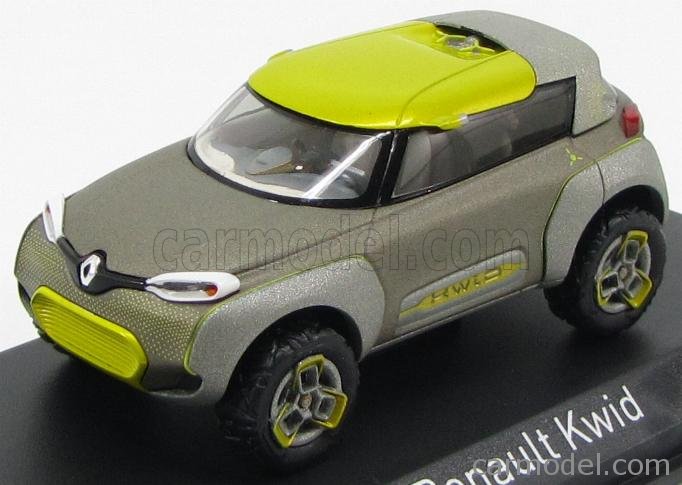
NOREV – RENAULT – CONCEPT CAR KWID SALON DE BOMBAY 2014
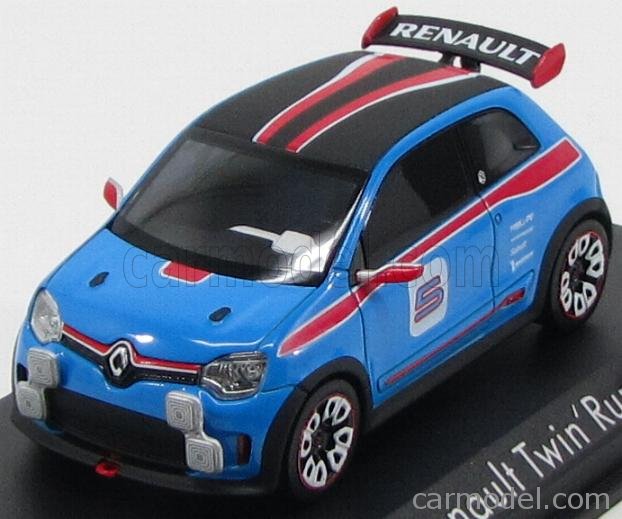
NOREV – RENAULT – TWIN RUN CONCEPT N 5 2-DOOR 2013
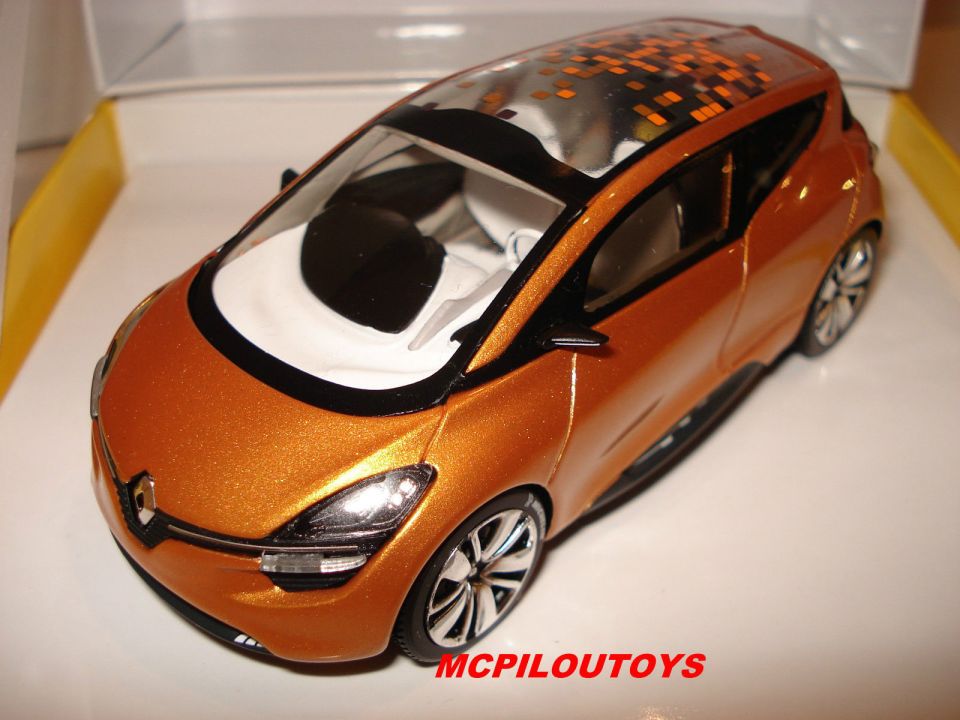
SPARK SCATOLA RENAULT CONCEPT CAR SPAZIO R SALA DA GENEVE 2011
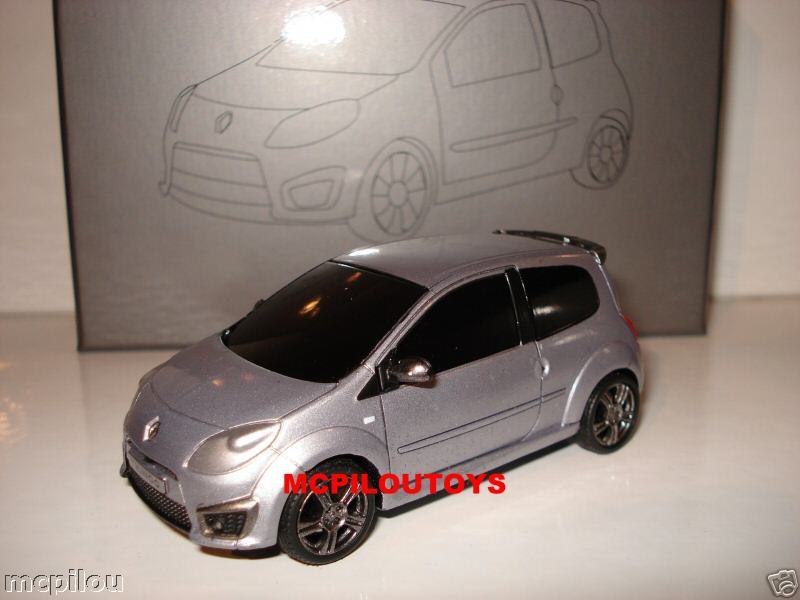
NOREV RESINE RENAULT CONCEPT CAR TWINGO RS SALON DE GENEVE 2008
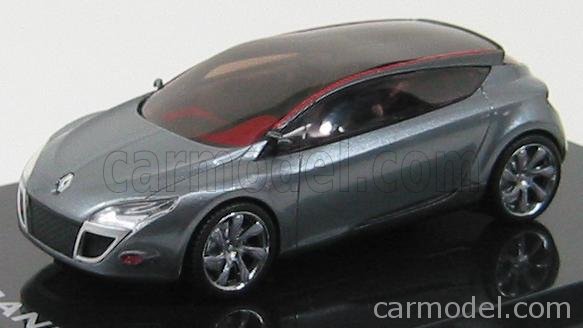
PROVENCE MOULAGE – RENAULT – MEGANE COUPE CONCEPT GINEVRA 2008
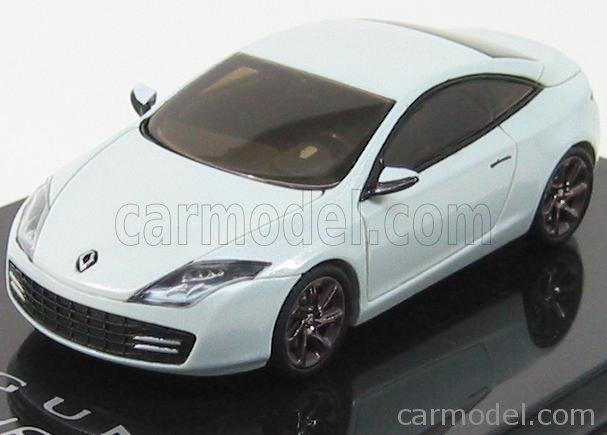
PROVENCE MOULAGE – RENAULT – LAGUNA COUPE CONCEPT 2007
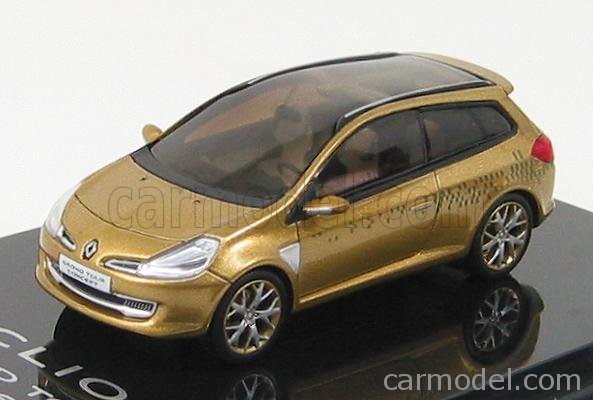
PROVENCE MOULAGE – RENAULT – CLIO GRAND TOUR CONCEPT 2007
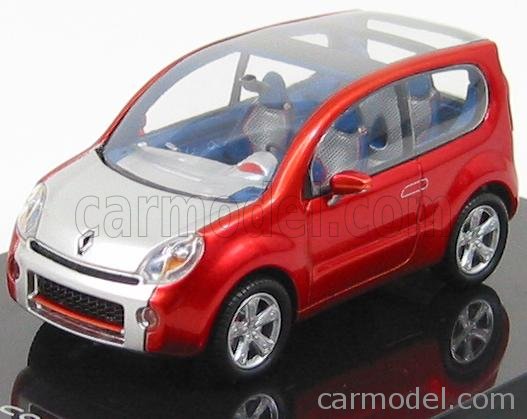
PROVENCE MOULAGE – RENAULT – KANGOO COMPACT CONCEPT 2007
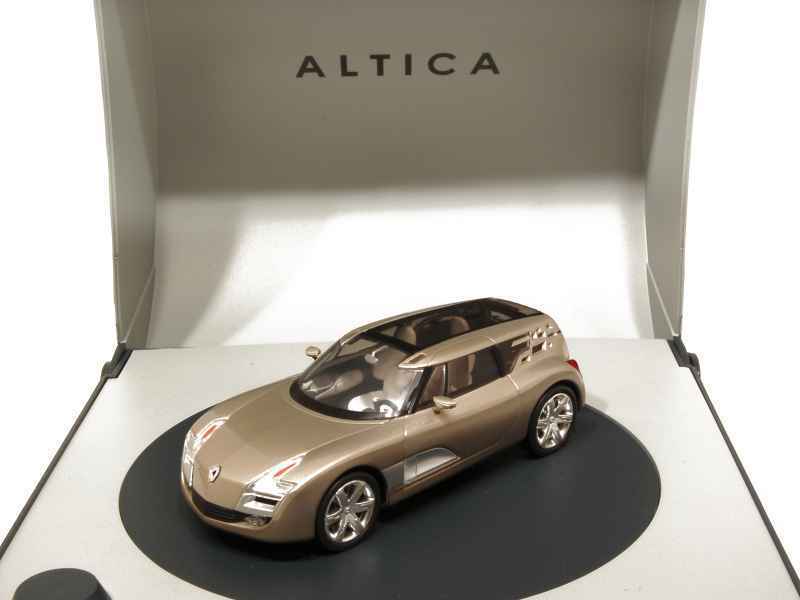
Spark – Renault Altica Concept Car 2006
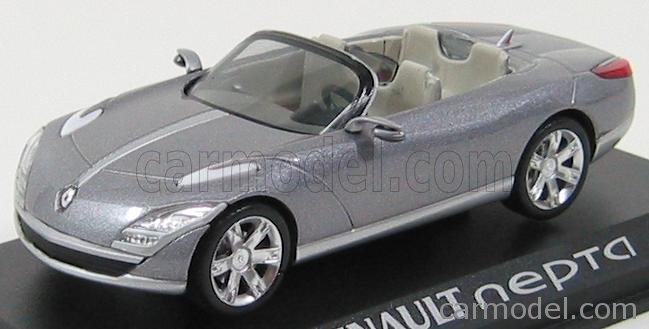
NOREV – RENAULT – NEPTA CABRIOLET CONCEPT CAR SALON DE PARIS 2006
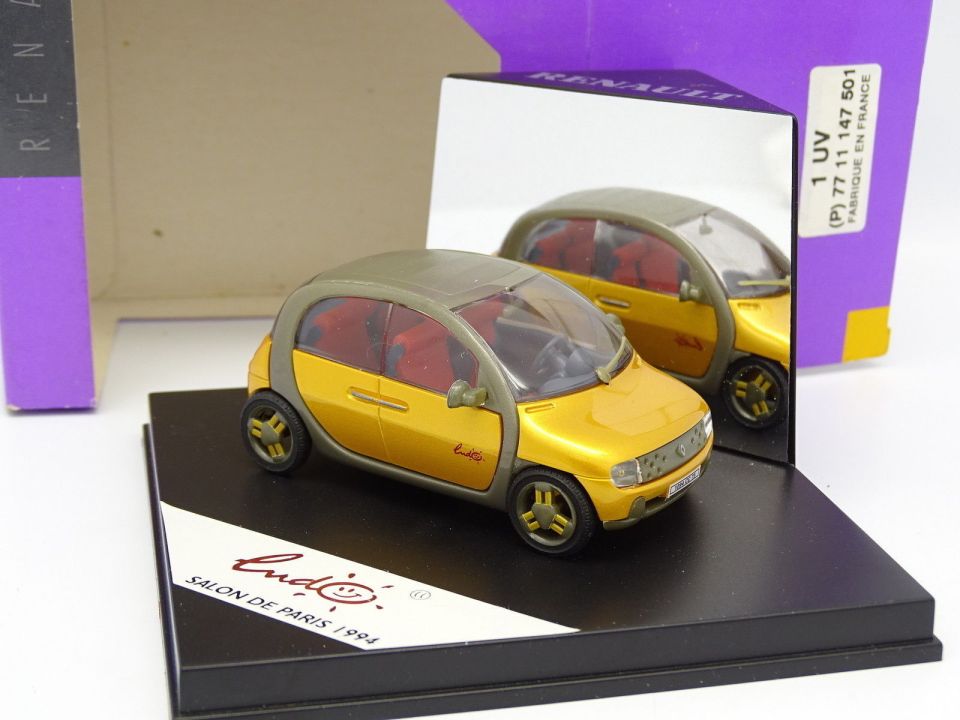
Aquavit – Concept Car Renault Ludo 1995
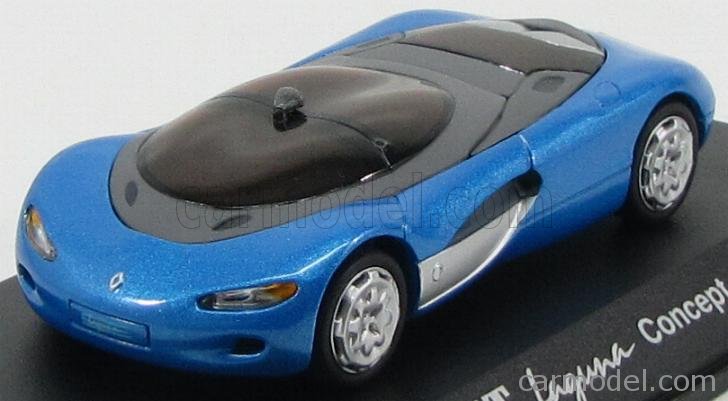
EDICOLA – RENAULT – LAGUNA CONCEPT CAR 1990
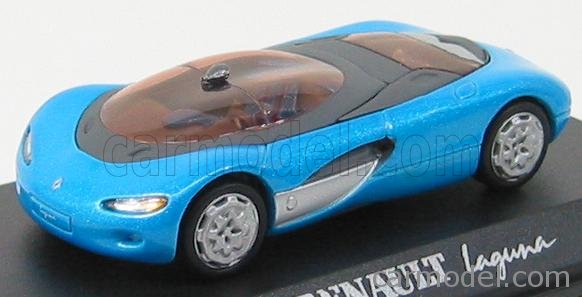
EDICOLA – RENAULT – LAGUNA CONCEPT CAR 1990
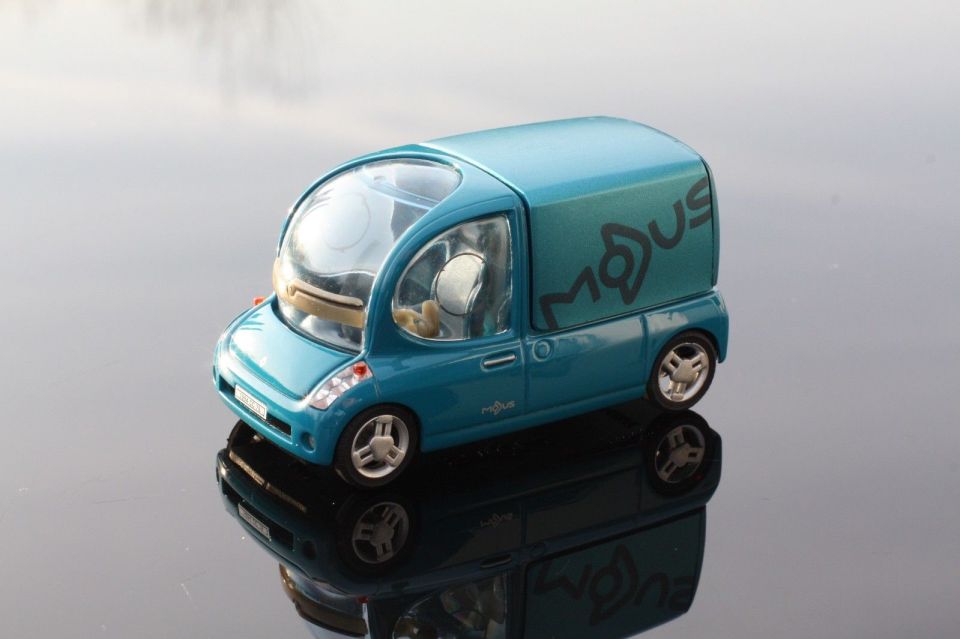
acquav – RENAULT MODUS concept car-MONDIAL 1994
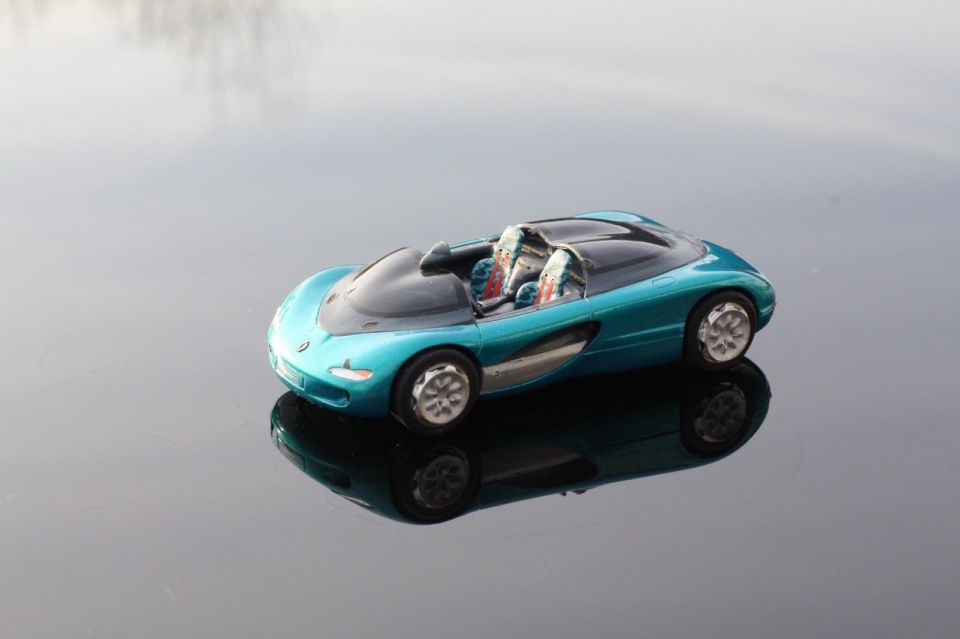
NOREV – Renault Laguna concept car-Paris 1990
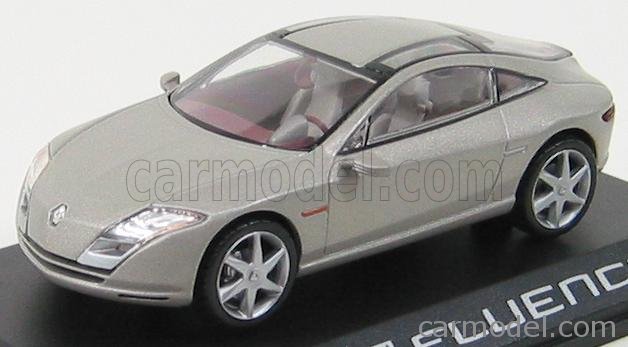
EDICOLA – RENAULT – FLUENCE CONCEPT CAR
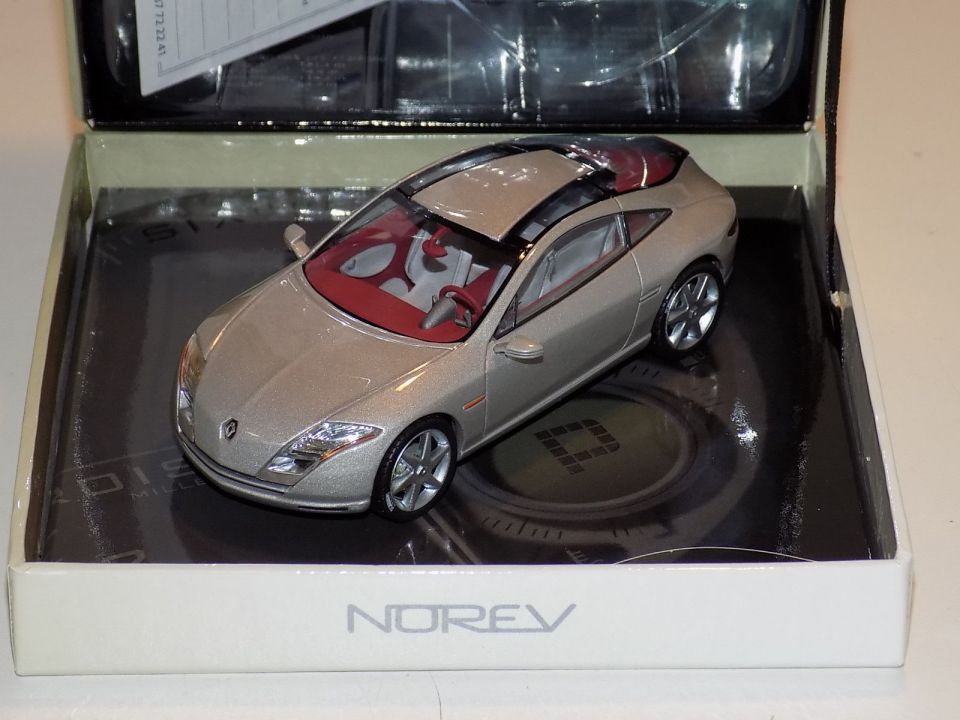
Norev Renault Fluence Concept Car
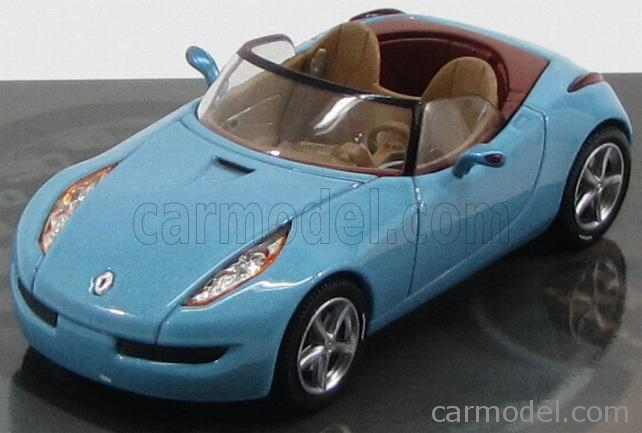
NOREV – RENAULT – WIND CONCEPT CAR
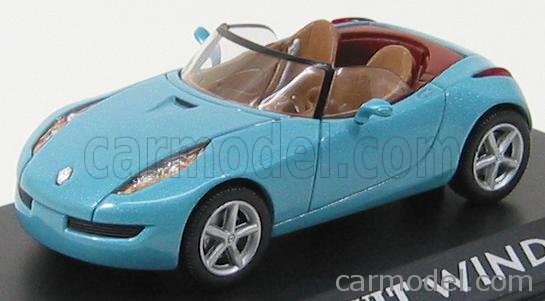
EDICOLA – RENAULT – WIND CONCEPT CAR
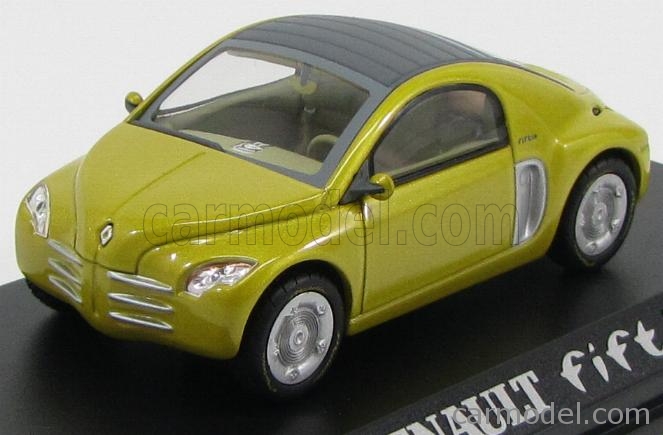
NOREV – RENAULT – FIFTIE CONCEPT CAR
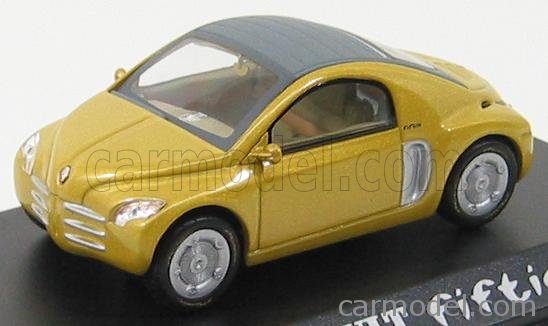
EDICOLA – RENAULT – FIFTIE
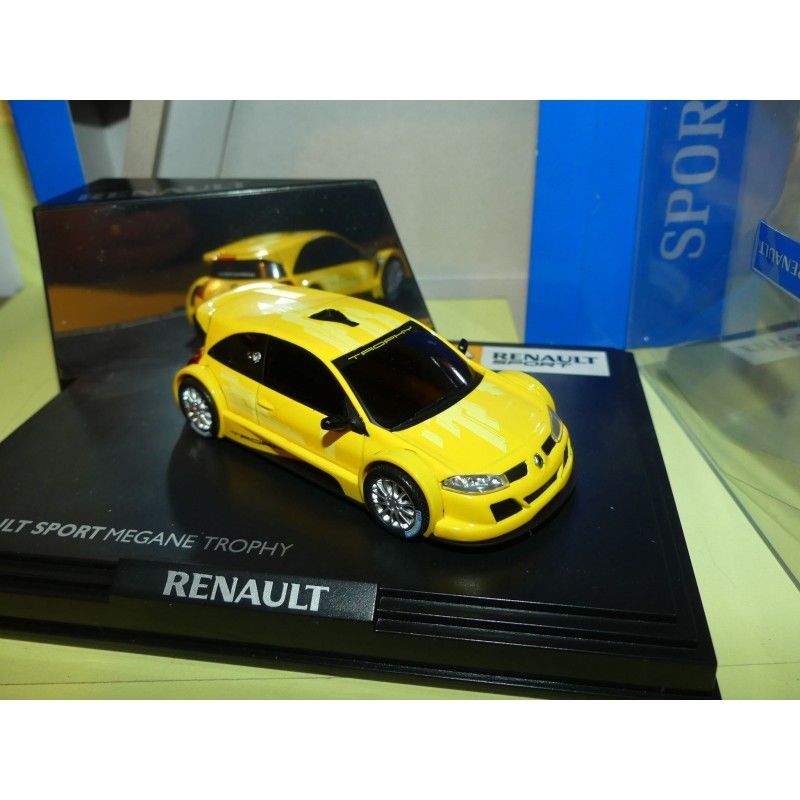
NOREV – RENAULT MEGANE RS TROPHY MONDIAL Concept Car 2004
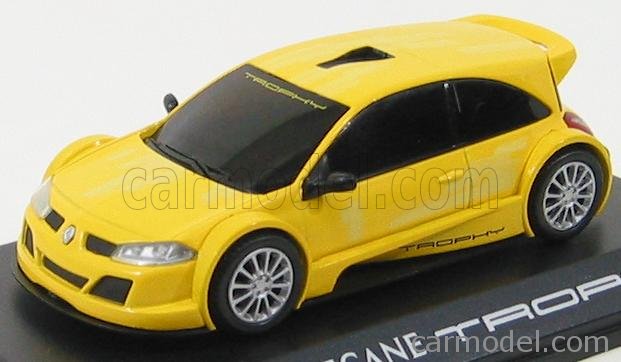
EDICOLA – RENAULT – MEGANE TROPHY 2004

PROVENCE MOULAGE – RENAULT – CLIO GRAND TOUR CONCEPT 2007
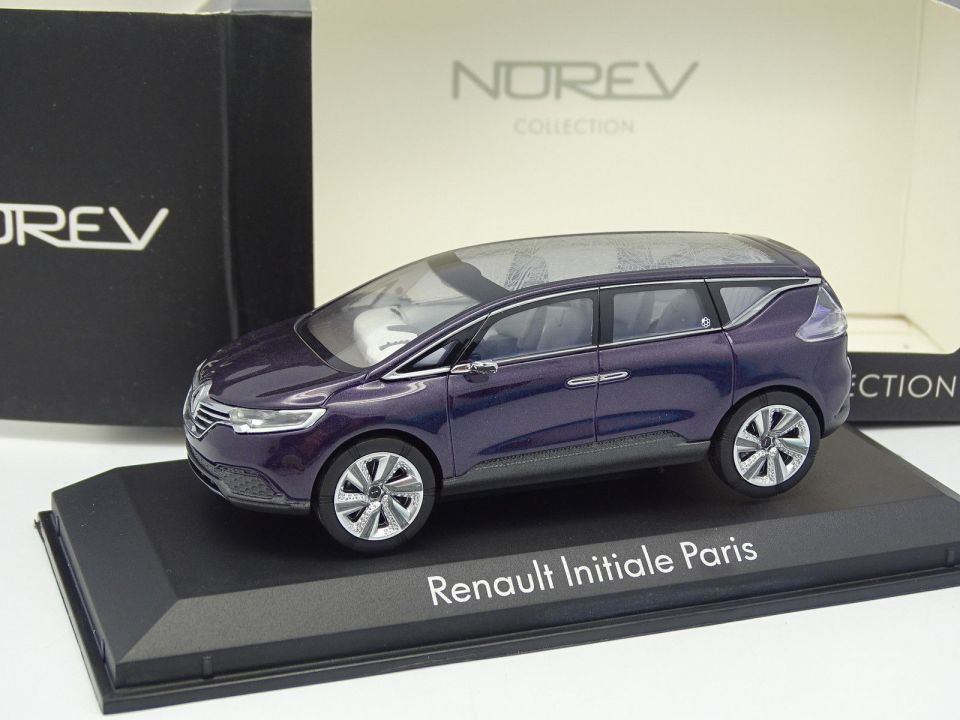
Norev 1/43 – Renault Iniziale Parigi Concept Espace
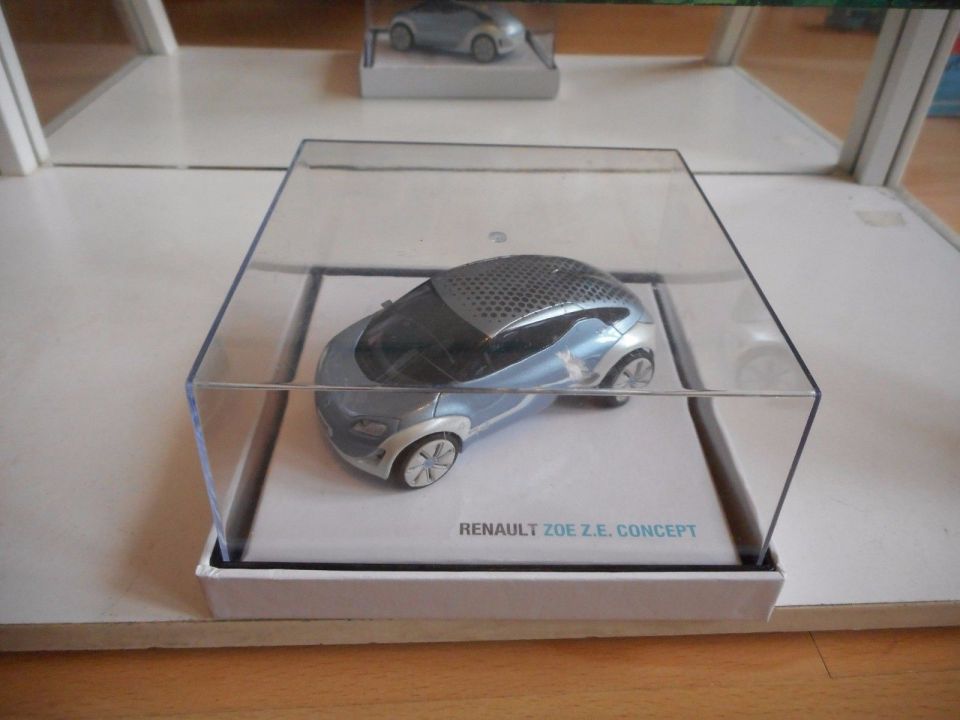
Norev – Renault Iniziale Parigi Concept Espace
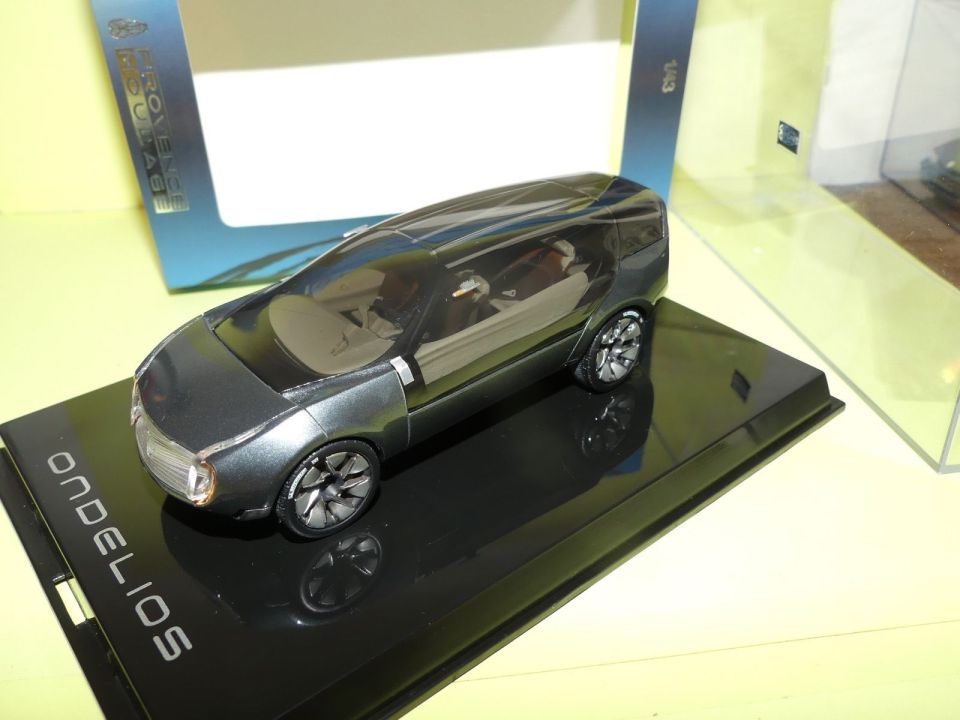
PROVENCE MOULAGE – RENAULT ONDELIOS CONCEPT CAR
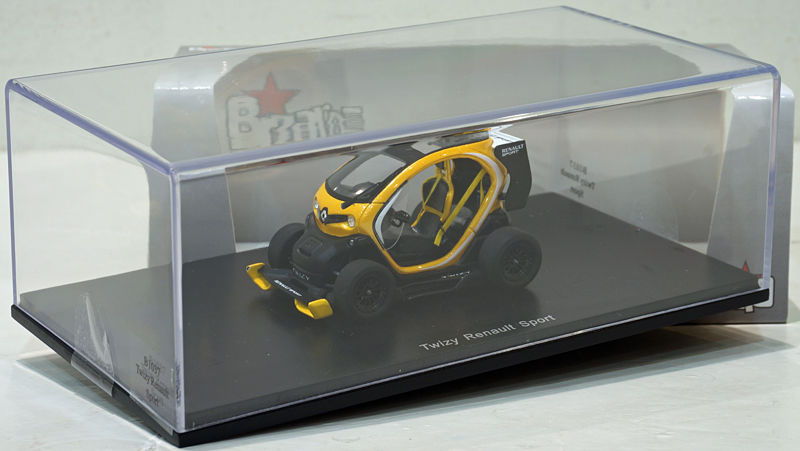
Bizarre – Twizy Renault Sport F1 Concept Car
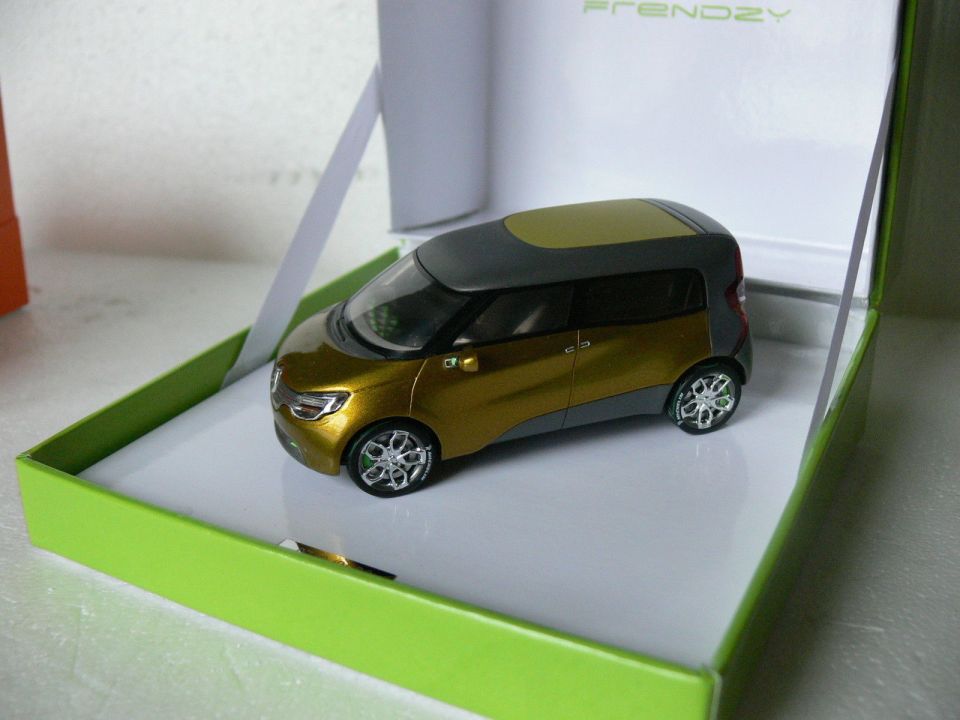
SPARK – Renault Frendzy – Concept Car Collection
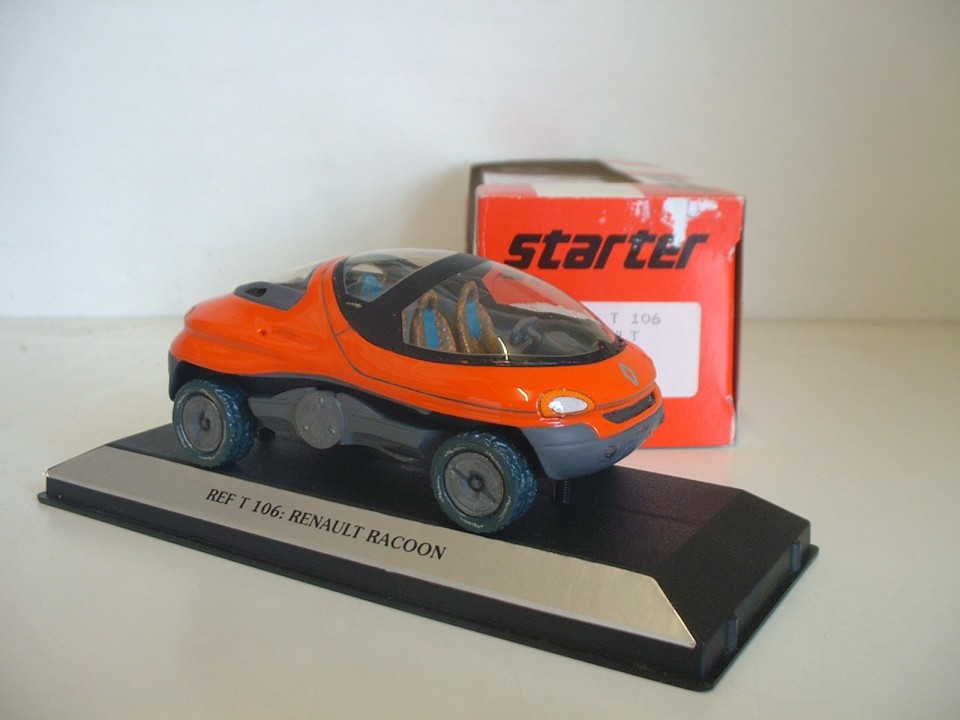
STARTER – RENAULT RACOON
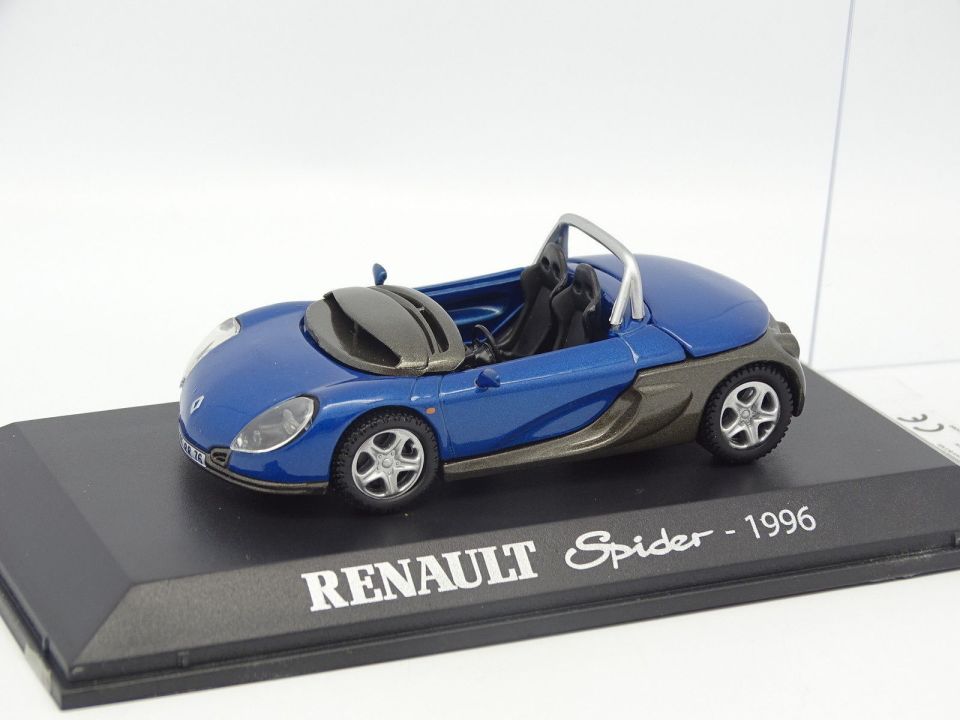
Norev – Renault Spider Blue 1996
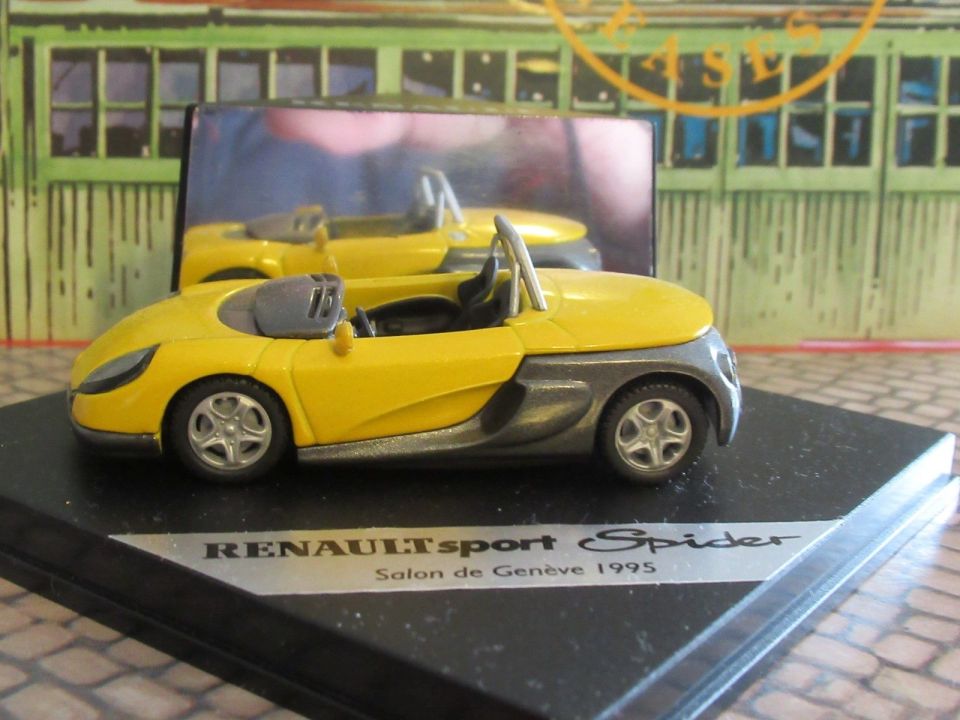
VITESSE – Renault Sport Spider Salon de Geneve 1995
RENAULT CARS
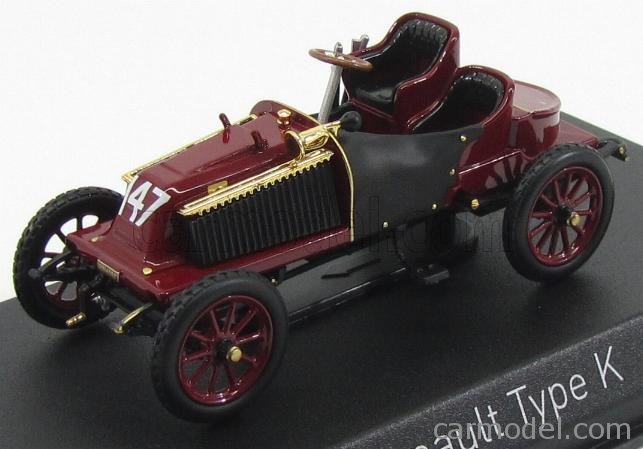
NOREV – RENAULT – TYPE K 1902
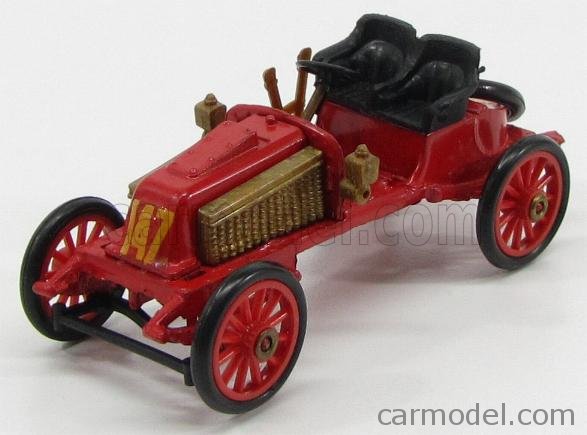
SAFIR – RENAULT – K COURSE RACING N 147 PARIS VIENNE 1902
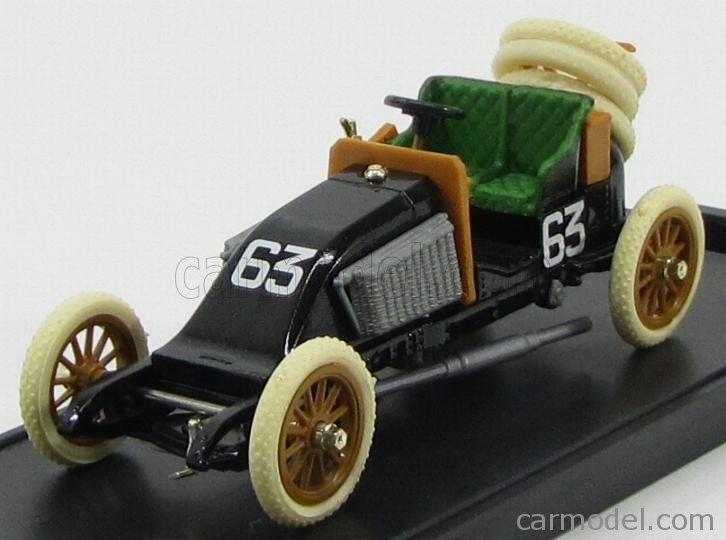
BRUMM – RENAULT – 40HP PARIGI-MADRID 1903 MARCEL RENAULT (TRAGIC DEAD)
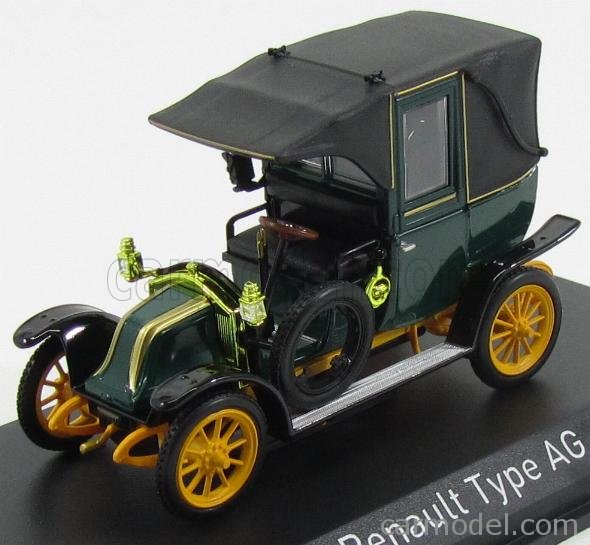
NOREV – RENAULT – TYPE AG TAXI DE LA MARNE 1905
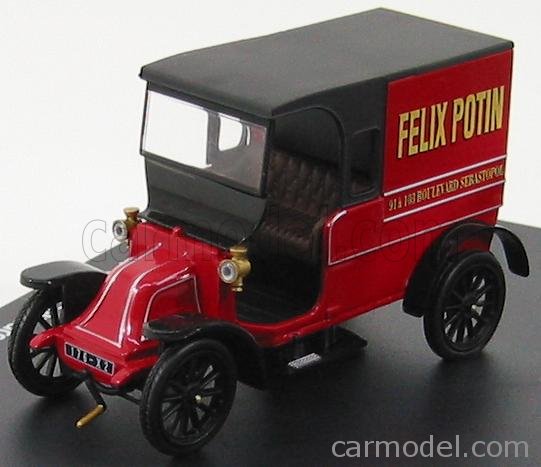
IXO-MODELS – RENAULT – 8CV 2 CYLINDRE 1906 – FELIX POTIN
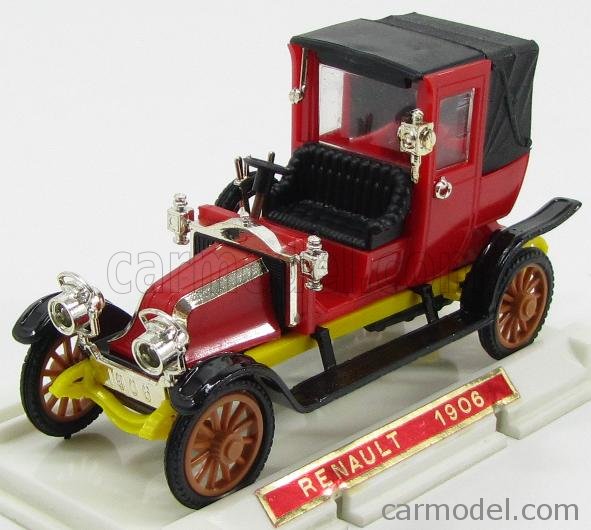
SAFIR – RENAULT – 35HP CLOSED 1906
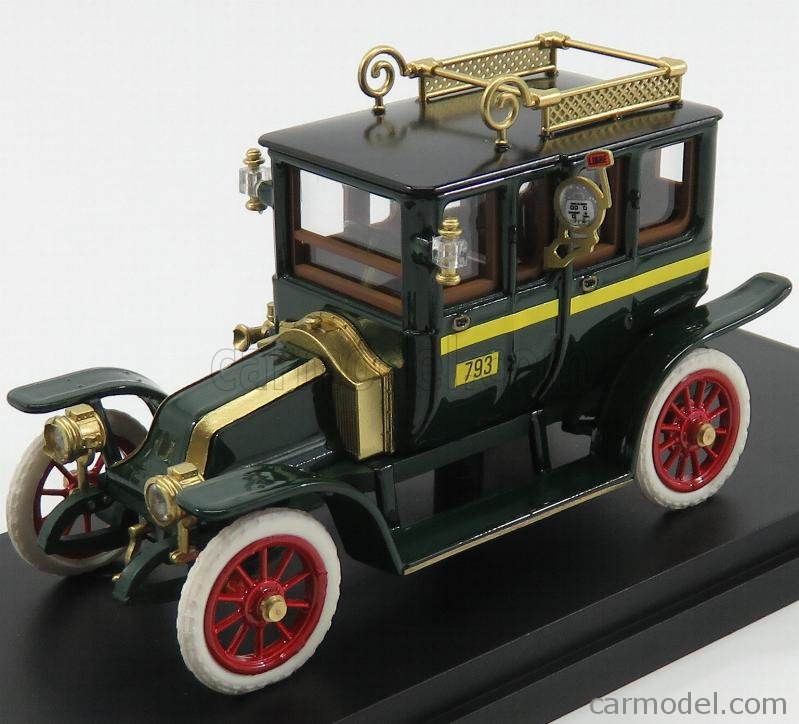
RIO-MODELS – RENAULT – TIPO X TAXI 1907
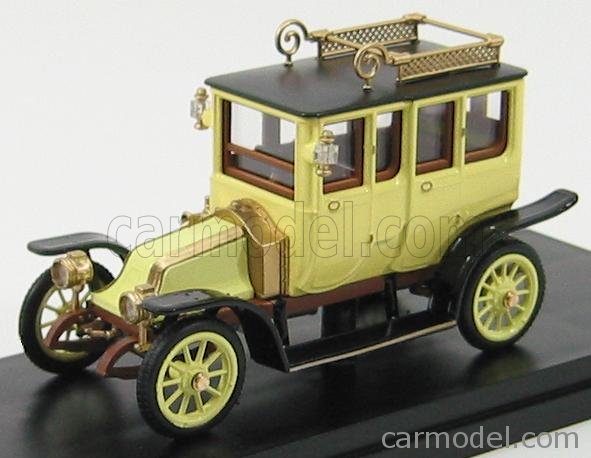
RIO-MODELS – RENAULT – TIPO X 1907
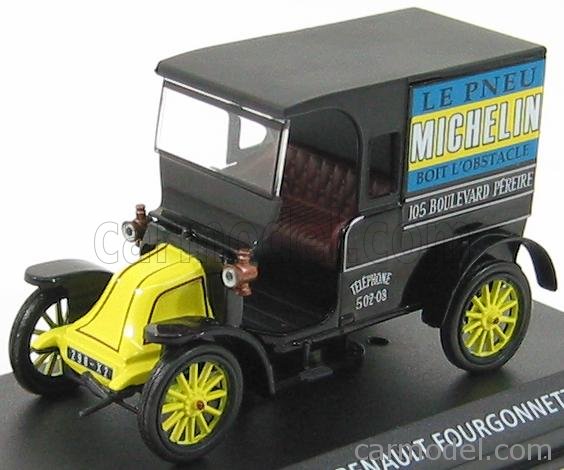
EDICOLA – RENAULT – VAN FOURGONNETTE 1910 – MICHELIN
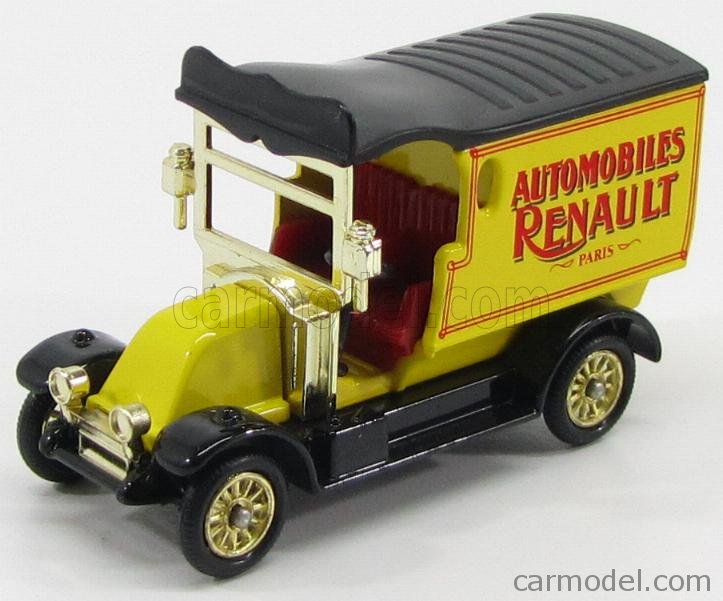
EDICOLA – RENAULT – VAN AUTOMOBILES RENAULT PARIS 1910 (cm 7.8)
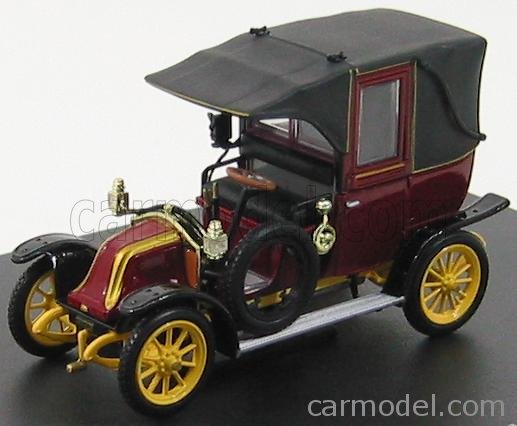
UNIVERSAL HOBBIES – RENAULT – TYPE AG-1 TAXI DE LA MARNE 1910
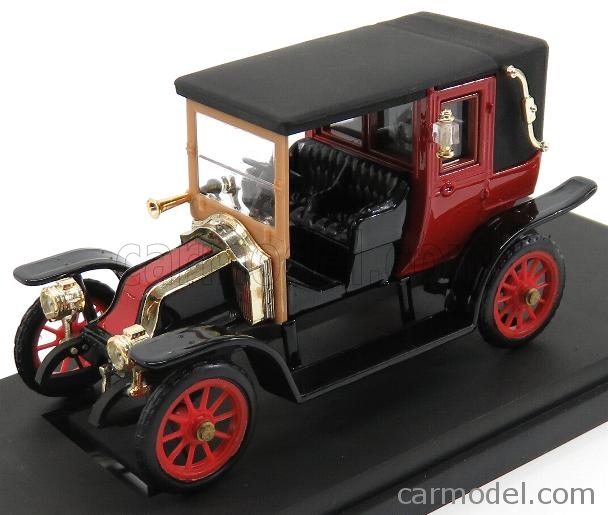
RIO-MODELS – RENAULT – AG FIACRE TAXI DE LA MARNE 1910
1914 The BIG WAR (Taxi de la Marne)
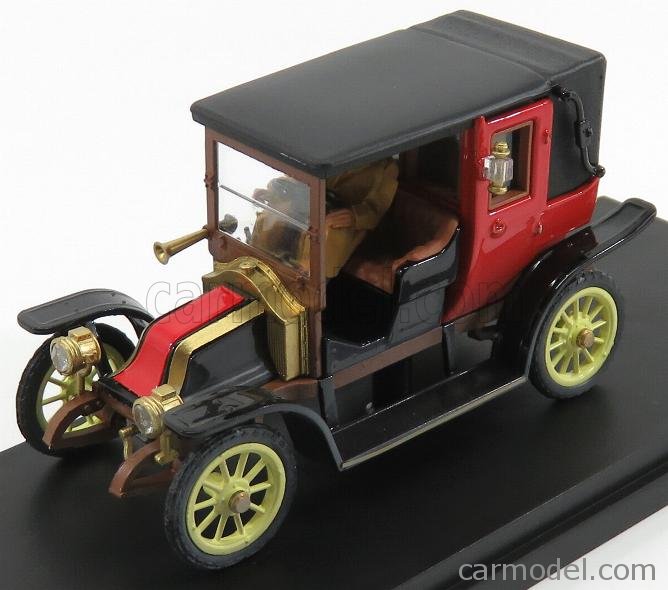
RIO-MODELS – RENAULT – AG TAXI DE LA MARNE 1914 – WITH FIGURE – EXCLUSIVE CARMODEL
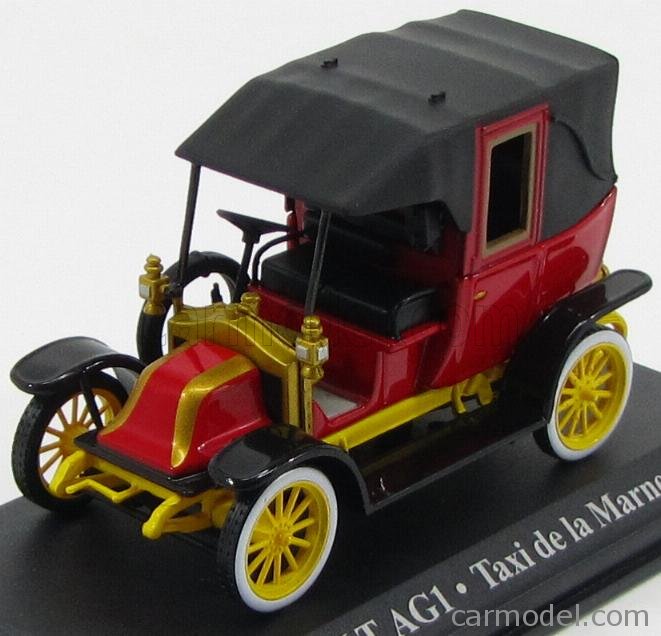
EDICOLA – RENAULT – AG1 TAXI DE LA MARNE 1914
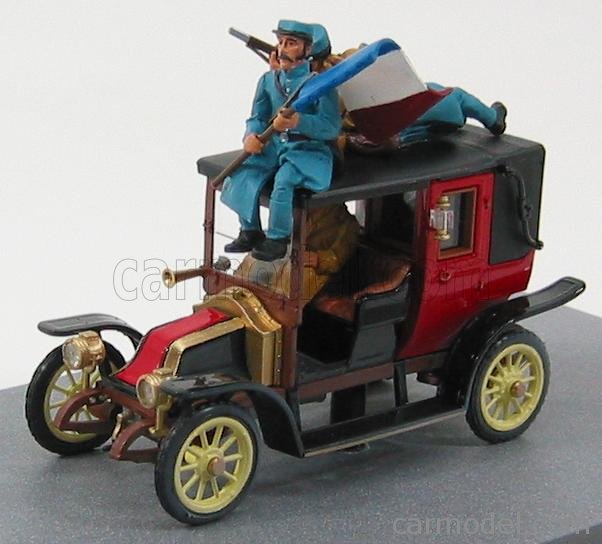
RIO-MODELS – RENAULT – AG TAXI DE LA MARNE 1914 – WITH FIGURES
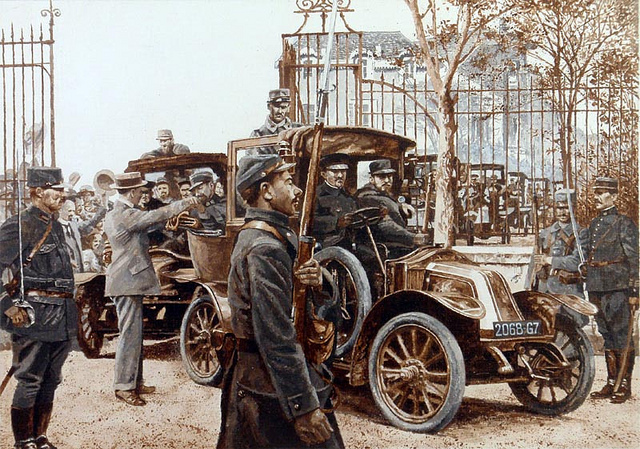
ON THE NIGHT of September 7, 1914, 600 Paris taxis, according to legend, saved France from disaster.
The cabs transported 5,000 soldiers to bolster a French and British attack on the German army rolling like a grey fog towards Paris. The arrival of the taxi passengers tipped the balance in one of the decisive battles of history. Against the odds, the relentless German advance through Belgium and northern France was halted.
According to the French war ministry, the total taxi bill to transport the 7th Infantry Division to the Battle of the Marne, 30 miles east of Paris, was Fr 70,102, approximately £280,000 today. There was another bill, though: The battle saw some of the most concentrated slaughter of the war, with nearly half a million casualties.
At La Mus©e de la Grand Guerre, France’s excellent First World War museum on the Marne battlefield, near Meaux, one of the original scarlet taxis is on display. In the animated wall map of the Marne battle, the arrival of reinforcements from Paris is shown through the icon of a taxi.
Alas, the legend of The Taxis of the Marne is only partly true. Renault Landaulet taxis were indeed commandeered from the streets of Paris, many of them from the G-7 cab company, which still exists. Each could seat five men. On the orders of the French army, the first convoy of about 250 taxis left La Villette, the meat market on Paris’s outskirts, and headed out on National Road 2 in single file. The convoy was probably the largest procession of motorised vehicles in history to that date. The troops inside were delighted to be taxied to the front. Most had never ridden in a motorcar before.
To the French troops tramping the road to war, the convoy of taxis left an indelible impression. One infantryman recalled: “The Moon had risen and its rays reflected on the shiny peaks of the taxi-drivers’ caps.
“Inside the cabs one could make out the bent heads of sleeping soldiers. Someone asked: ‘Wounded?’ and a passing voice replied: ‘No. Seventh Division, from Paris, going into Line’. ” So, what is wrong with the Taxis of the Marne legend? Where the legend falls down is the contribution the cabs’ passengers made to the fight. In a battle involving two million men, 5,000 mattered little, especially as most of the taxied troops were held in reserve. The taxi-borne reinforcements were a flea bite, although the episode was artfully used by the French government to promote the idea that a “union sacr©e” of soldiers and civilians had joined together to fight the good fight.
The French authorities can hardly be blamed for propagandistically “bigging up” the story of the Paris taxis. Before the Battle of the Marne the French capital looked certain to fall to the Germans, who were no more than two days’ march away.
In the city Joseph Gallieni, the military governor-general, ordered demolition charges to be laid under the Eiffel Tower. The Government ran to Bordeaux, followed by a million refugees, among them the author Marcel Proust. “I could not keep myself from weeping”, wrote Proust on leaving the beautiful city of his heart.
A sense of foreboding deepened with the appearance of a German plane over Paris; the pilot threw bombs on the boulevards and a note demanding surrender. If the taxi troops were not responsible for the Miracle on the Marne what was? Four things gave the Allies victory on the Marne. First, the Germans blundered. The Schlieffen Plan, Berlin’s invasion blueprint, envisaged that the First Army would go around Paris to the west. Instead, the First Army pivoted and swung east on the heels of the retreating French.
The second major factor was spotter aircraft. A French plane reported that the German armies had wheeled to the east of Paris and presented their open flank. General Joseph Joffre, the white-haired French commander, saw his opportunity: The Germans had marched headlong into a trap. On September 5, Joffre’s strike force, his “mass of manoeuvre”, of three French armies and the British Expeditionary Force, attacked.
Sir John French, the pessimistic and petulant British commander, originally refused to take part in Joffre’s plan, blaming his Gallic allies for the BEF’s losses over the preceding fortnight. Lord Kitchener, the Secretary of State for War, paid a personal visit to Sir John and ordered him into the line. Another caller, Joffre himself, was apparently more persuasive; Sir John, tears rolling down his cheeks, promised Joffre: “All man can do our fellows will do.”
Although tiny, the BEF was the third decisive factor. The BEF and French Fifth Army under General Franchet d’Esp¨rey, known as “Desperate Frankie” to the admiring British, inserted a wedge between the main German forces.
The Germans also forgot that the law of pantomime (“It’s behind you!”) applies to war. They were attacked in the rear by the French Sixth Army.
The final trump card of the Allies was Papa Joffre. Unlike Helmuth von Moltke, his anxious, flappable opposite number who was head of the German Army, 62-year-old Joffre was imperturbable and decisive.
In the midst of the world’s battle, Joffre enjoyed a good lunch, a better dinner, and a superlative night’s sleep. Then, he acted with the deliberation of a cobra. He purged the French Army of faint hearts, from top to bottom. Underperforming generals were, in the bon mot of the time, “Limoged”, sent to the training facility at Limoges.
Ordinary soldiers of insufficient moral fibre were shot. Edward Spears, a British staff officer, witnessed the execution of a French soldier for the crime of abandoning his post. The general in charge of the execution explained to the condemned man that his punishment would serve as an example. “Yours also is a way of dying for France,” the general emphasised.
Whereas Joffre gripped the Battle of the Marne by the neck, Moltke never did.
Astonishingly, the German Chief of Staff remained 150 miles from the action in his Luxembourg HQ. With wireless and telephony in their infancy, Moltke had little knowledge of the situation at the front.
There were days of impotency. Between September 5 and 9 the Supreme Army Command issued no orders relating to the battle.
The fighting on the Marne was different to how we imagine the First World War. Troops charged over pristine summer cornfields and deep-shadowed meadows untouched by shot and shell. This clash between global superpowers occurred on the very cusp of military eras. Sabre-wielding officers and aeroplanes, cavalry and heavy artillery, woollen caps and machine-guns all anachronistically commingled. French “poilus” (soldiers), wearing bright red trousers, made easy targets for German machine guns.
Worse, the French considered excavating trenches for cover to be bad form. Major Maurice Gamelin explained: “digging into the earth was believed to be a dishonourable gesture…which seemed to have passed down into our age of machines and merciless economic warfare from the reckless chivalry of Agincourt”.
For four days the battle see-sawed with dash and daring on both sides. In the early morning of September 8, Saxon general Max von Hausen launched a surprise attack across the St Gond Marshes and drove the French back three miles.
In response, General Ferdinand Foch of the French Ninth Army drafted the signal: “My centre is giving way, my right is in retreat, situation excellent. I attack.” Possibly the signal was never sent.
Nonetheless Foch acted in the spirit of his own message and counterattacked.
DESPITE Sir John French’s lachrymose promise to Joffre, the British intervention in the battle was cautious, the hesitancy reflected in the low death toll of 1,700. What rattled the Germans, who assumed they had annihilated the interfering British in the series of running battles following Mons on August 23, was that the BEF existed at all.
When a German aviator reported long columns of the BEF marching towards the Marne, General von Bulow, the head of the German Second Army, lost his nerve and ordered a withdrawal on the morning of September 9. The other German armies followed suit. “Victory, victory,” wrote one British officer, “when we were so far from expecting it!” Now it was the Germans’ turn for headlong retreat but the French and British advanced so slowly that the fleeing Germans, despite their epochal defeat on the Marne, escaped to impregnable positions on the bank of the river Aisne.
The two enemies tried to outflank each other in the so-called “Race to the Sea”. Neither side won. The Germans dug in on high ground, leaving the French and British the uphill task of removing them.
The familiar First World War of trenches, barbed wire and poison gas was about to begin.
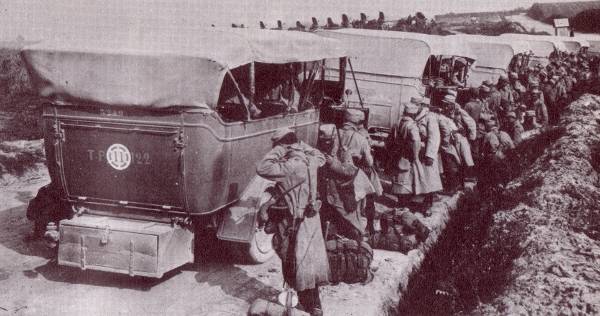
FRENCH AND BRITISH MILITARY DIRECT TOWARDS THE FRONT OF THE ORCQ WWI RIVER 1914
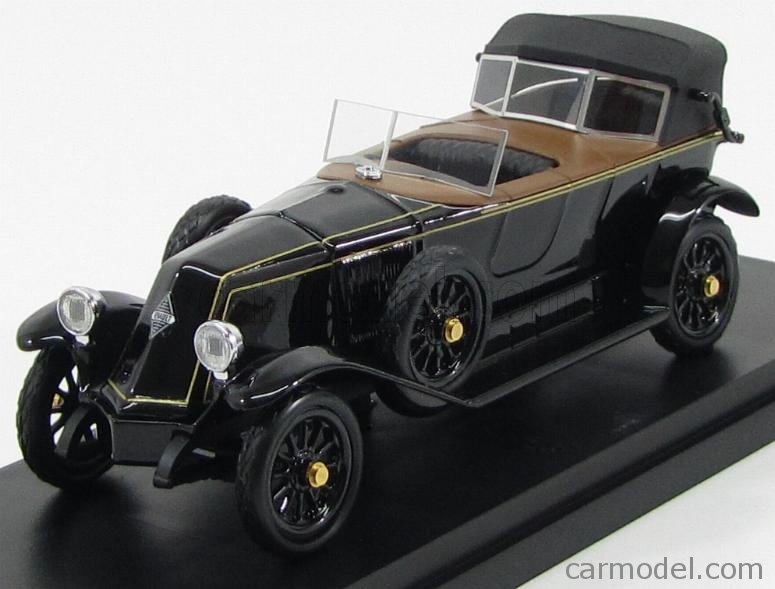
RIO-MODELS – RENAULT – 40CV SPORT CABRIOLET 1923
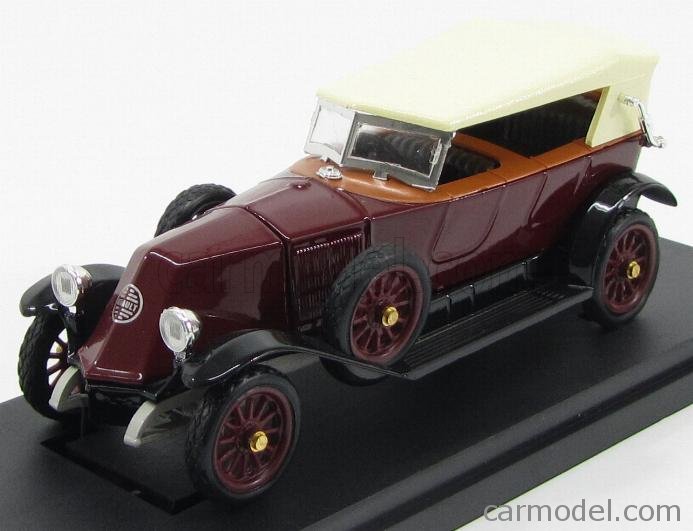
RIO-MODELS – RENAULT – 40CV TORPEDO 1923
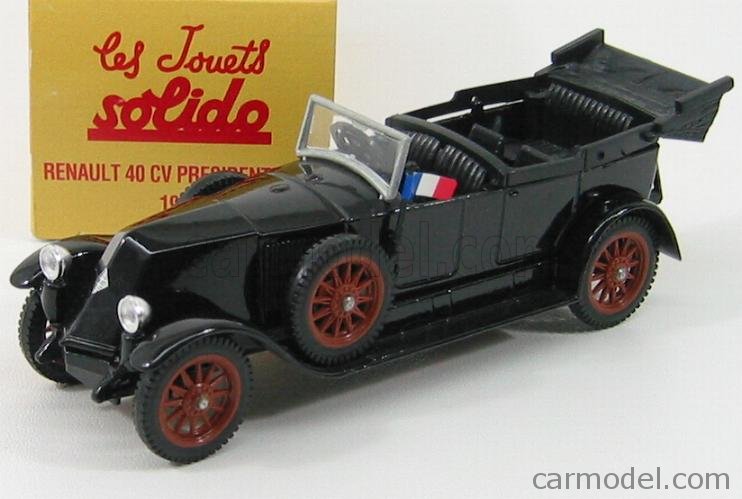
SOLIDO REEDITION – RENAULT – 40CV PRESIDENTIELLE 1923
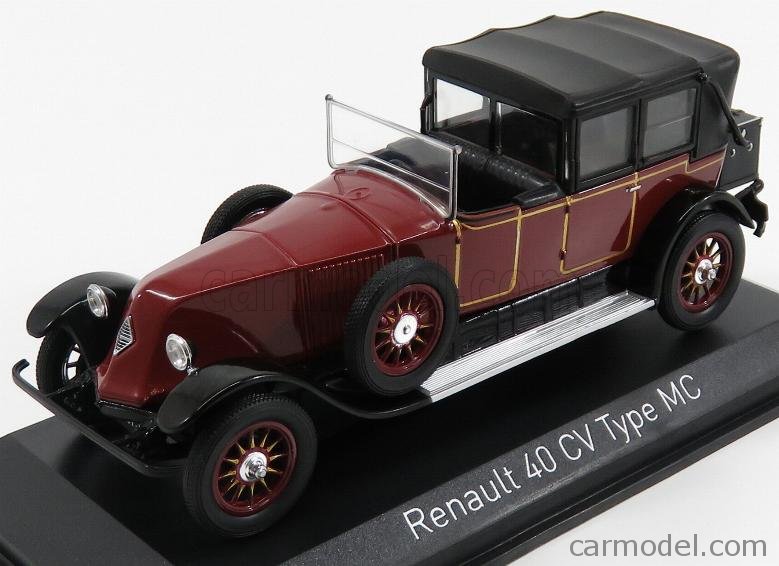
NOREV – RENAULT – 40 CV MC GASTON DOUMERGUE 1924
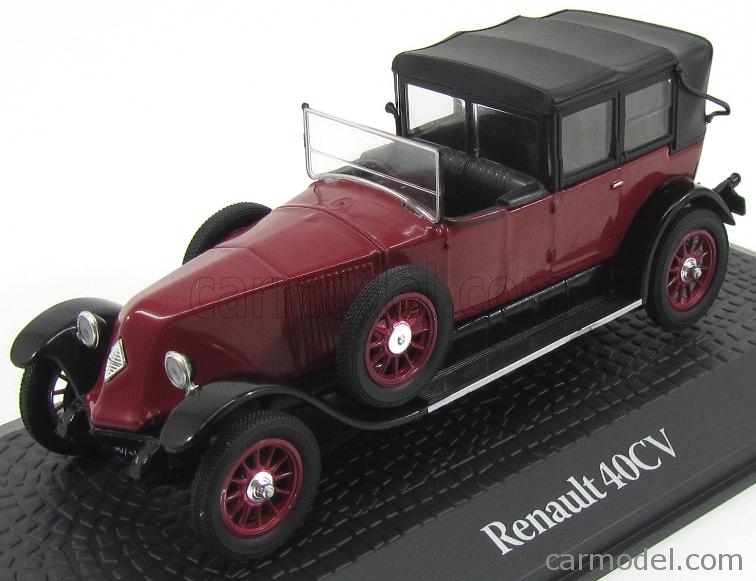
EDICOLA – RENAULT – 40CV PRESIDENTIAL GATON DOUMERGUE FRANCE 1924
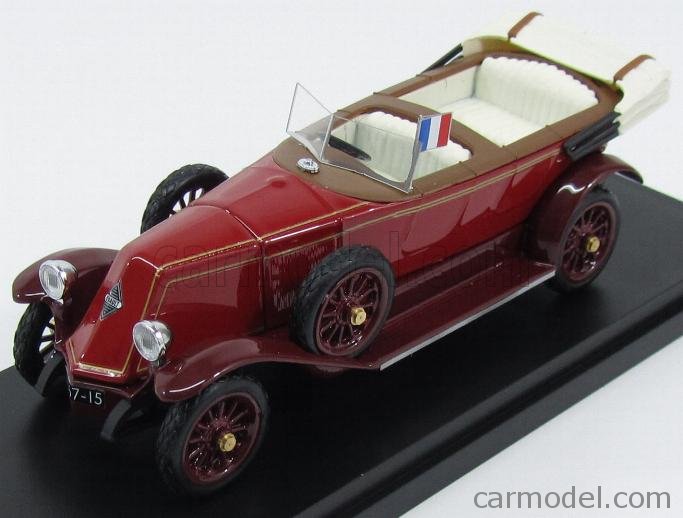
RIO-MODELS – RENAULT – 40CV CABRIOLET OPEN PRESIDENTIAL 1925 – PERSONAL CAR GASTON DOUMERGUE
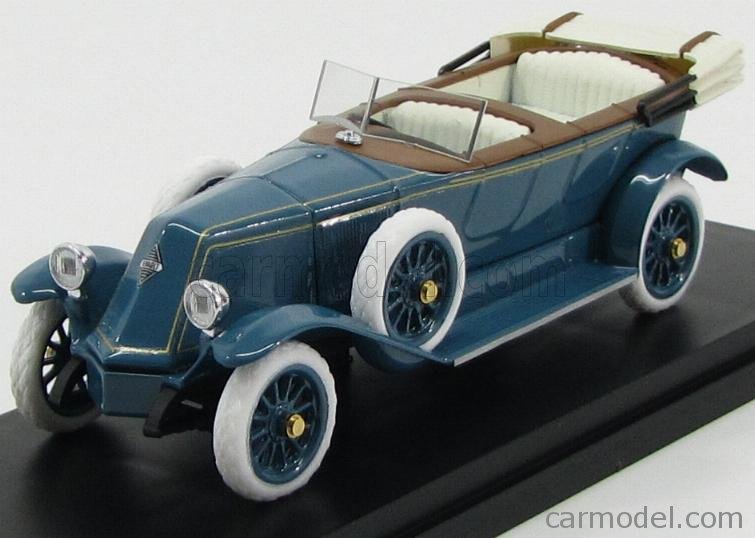
RIO-MODELS – RENAULT – 40CV CABRIOLET OPEN 1925
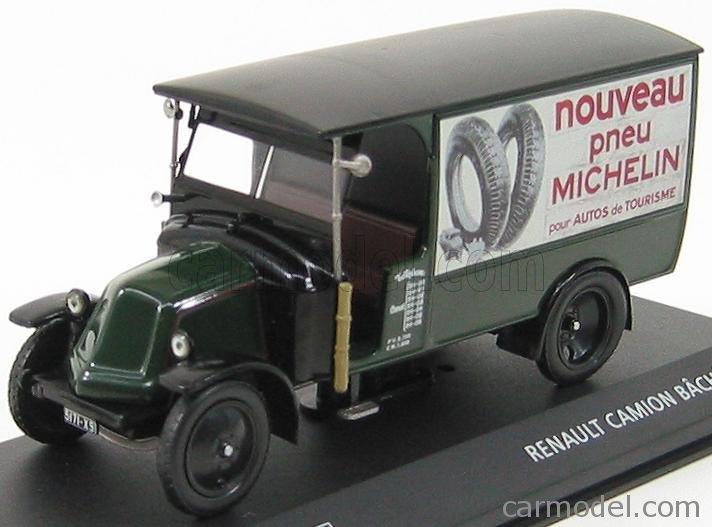
EDICOLA – RENAULT – CAMION TRUCK BACHE 1925 – MICHELIN
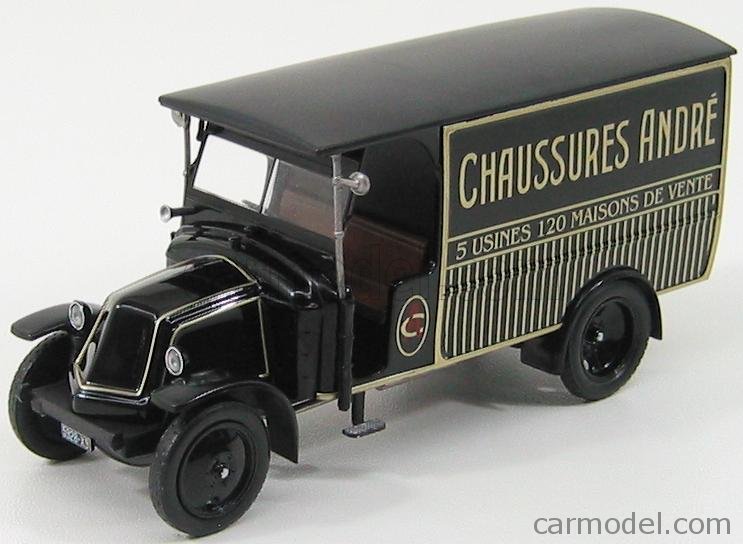
IXO-MODELS – RENAULT – 10CV 4-CYLINDRE 1925 – CHAUSSURES ANDRE
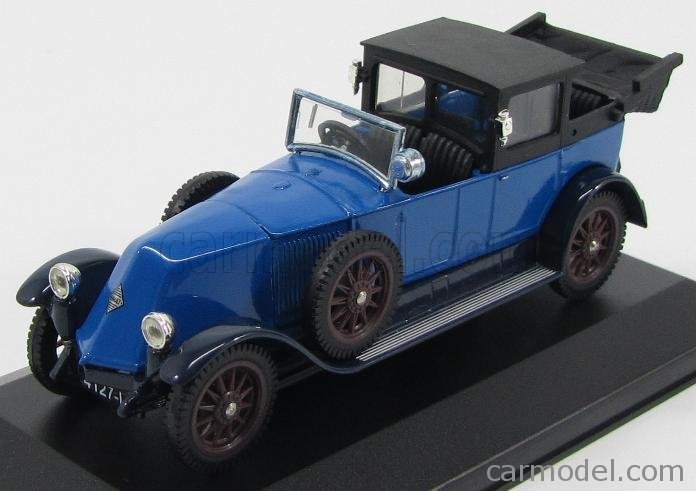
SOLIDO – RENAULT – 40CV 1925
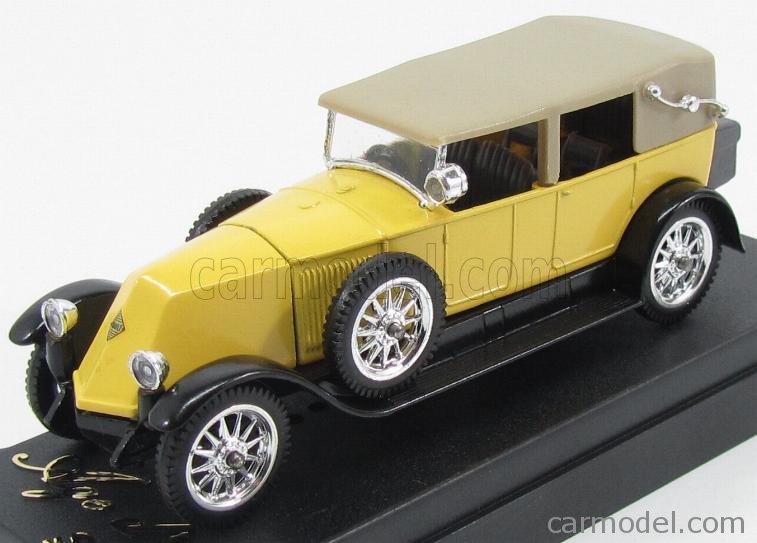
SOLIDO – RENAULT – 40CV DECOUVRABLE – CONVERTIBLE 1925
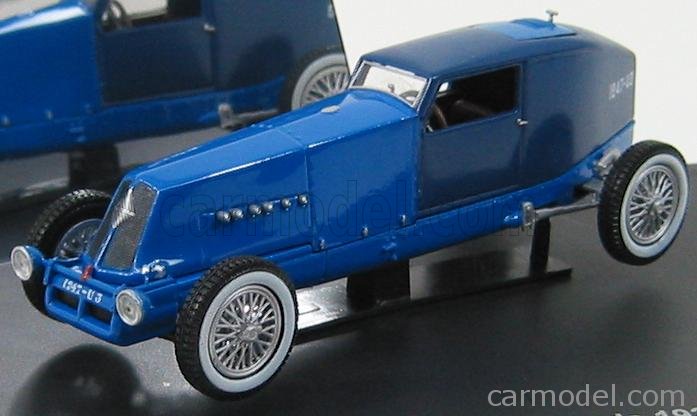
UNIVERSAL HOBBIES – RENAULT – 40CV RECORD 1926
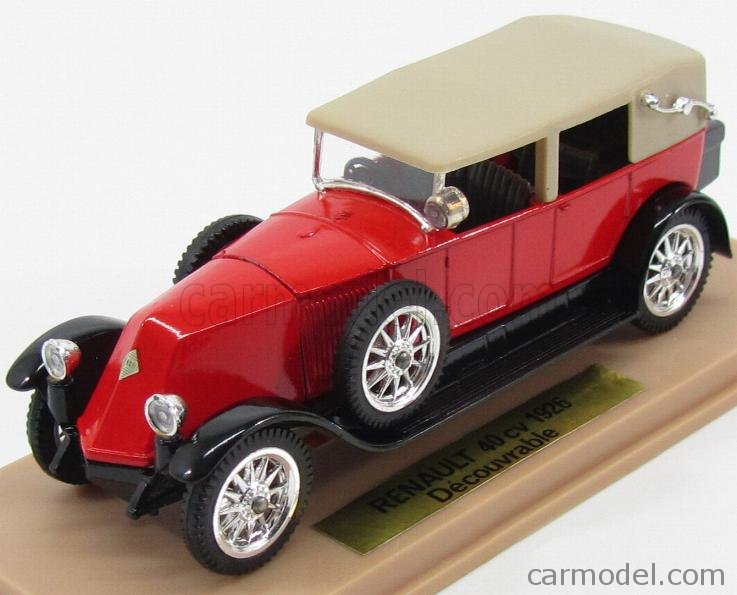
SOLIDO – RENAULT – 40 CV CABRIOLET CLOSE 1926
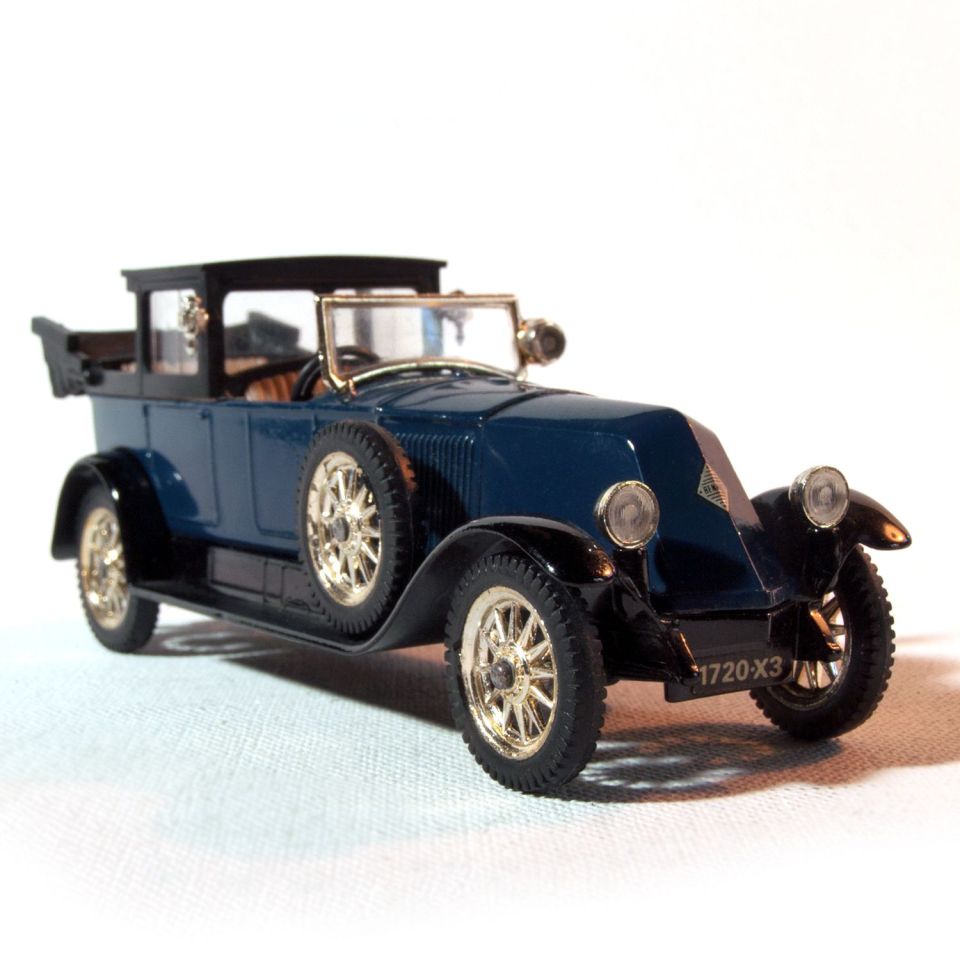
SOLIDO – RENAULT – 40 CV LANDAULET 1926
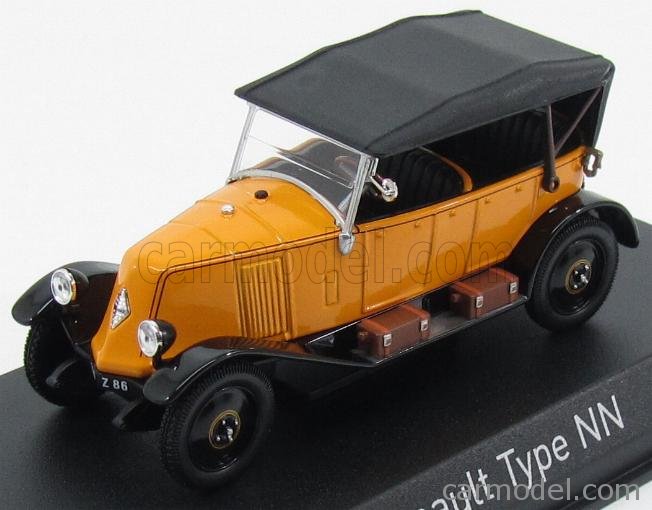
NOREV – RENAULT – TYPE NN TORPEDO 1927
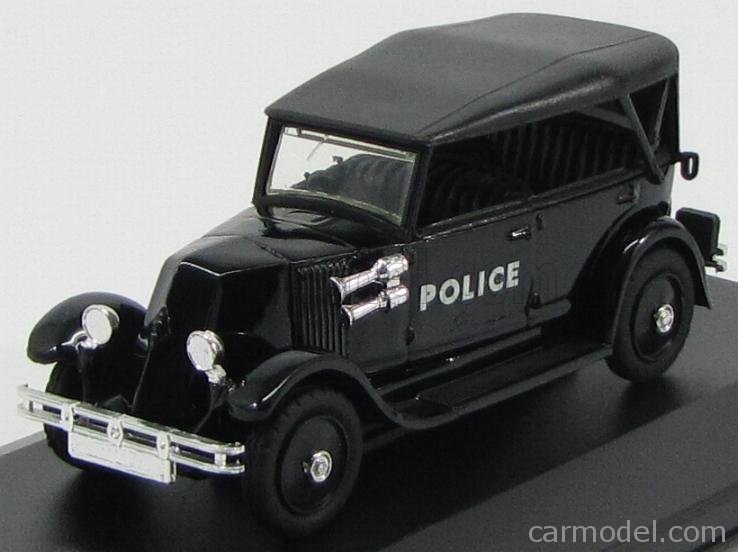
ELIGOR – RENAULT – NN TORPEDO WITH CAPOTE 1927 POLICE
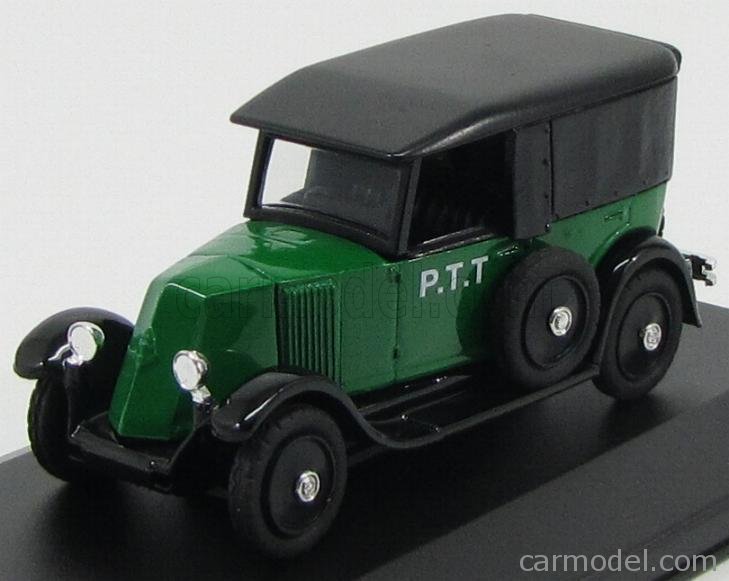
ELIGOR – RENAULT – NN TORPEDO VAN PTT P.T.T. 1927
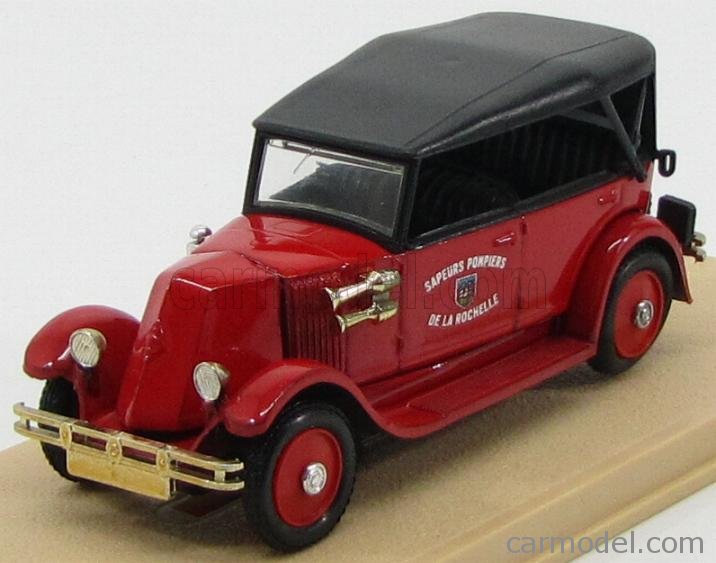
ELIGOR – RENAULT – NN TORPEDO WITH CAPOTE 1927 SAPEURS POMPIERS DE LA ROCHELLE – FIRE ENGINE – VIGILI DEL FUOCO
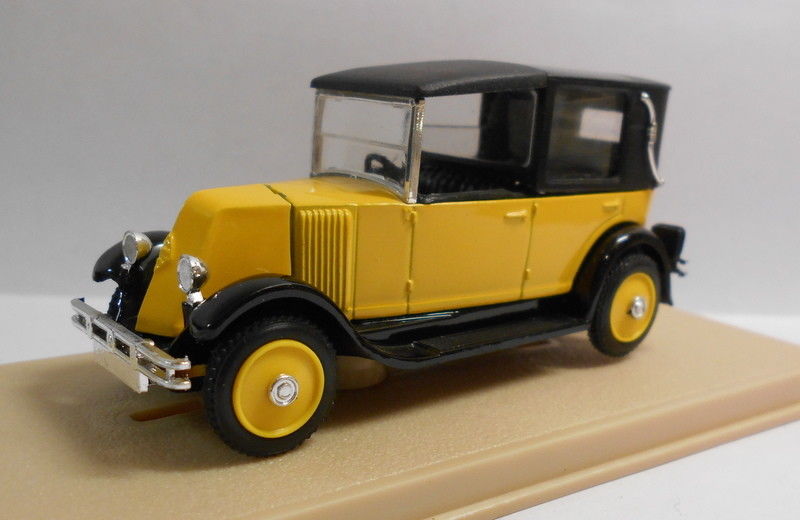
ELIGOR – RENAULT – NN 1927 TORPEDO DECOUVERT
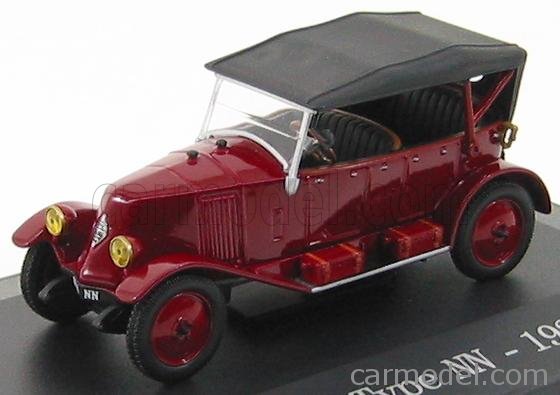
UNIVERSAL HOBBIES – RENAULT – TYPE NN 1927
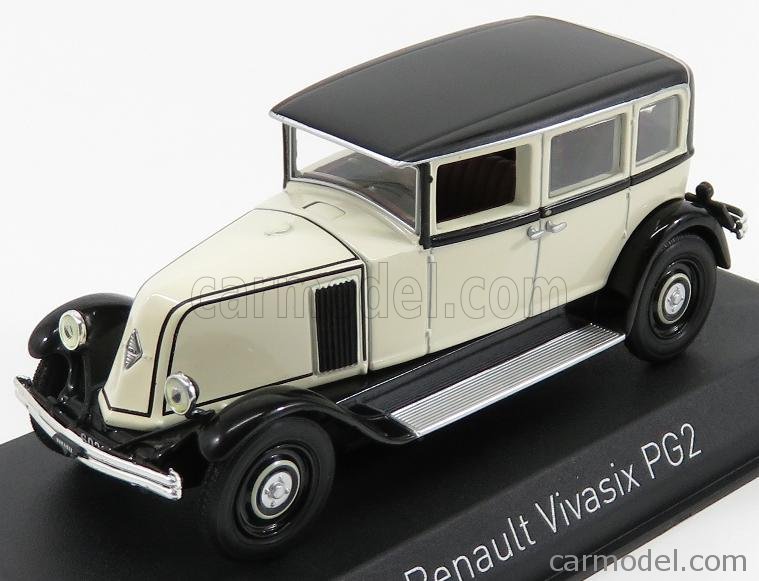
NOREV – RENAULT – TYPE PG2 VIVASIX 1928
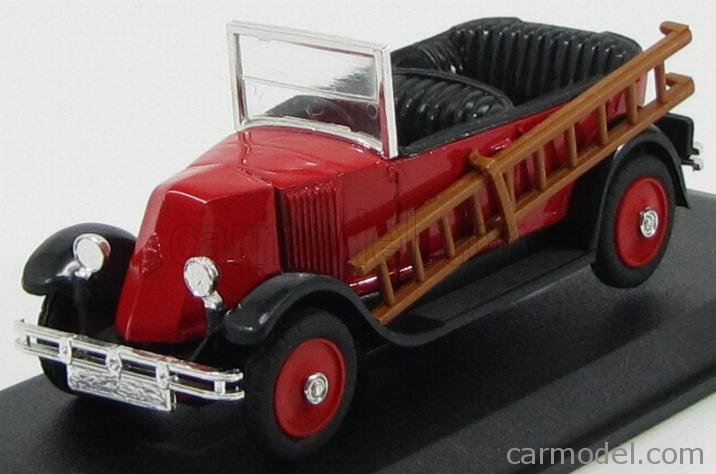
ELIGOR – RENAULT – KZ 1928 POMPIERS – FIRE ENGINE WITH SCALA
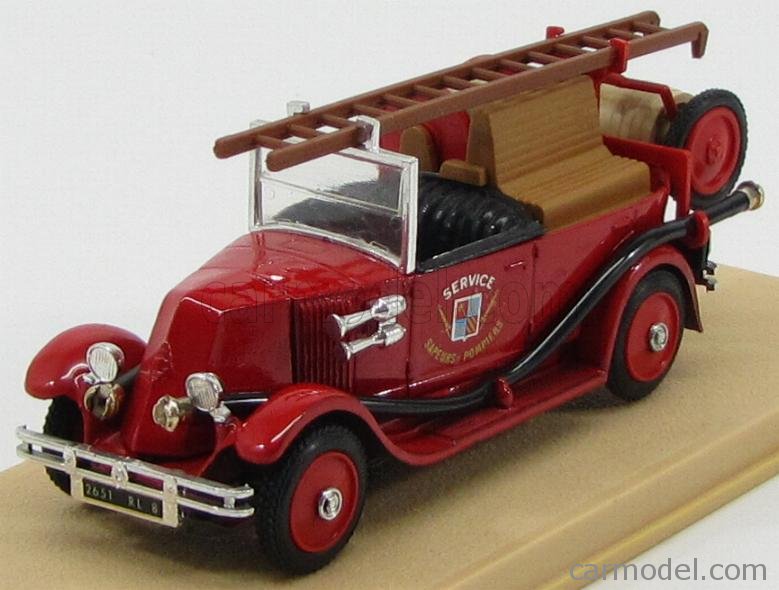
ELIGOR – RENAULT – KZ 1928 POMPIERS – FIRE ENGINE WITH SCALA
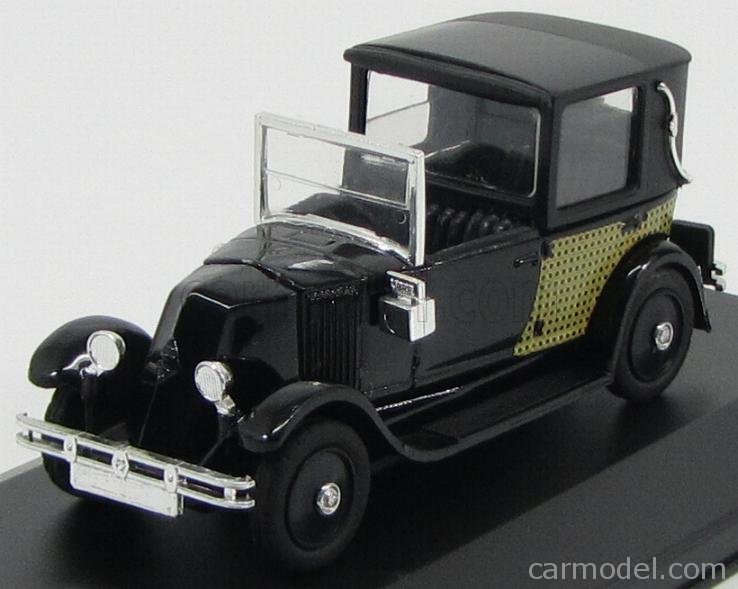
ELIGOR – RENAULT – KZ 1928
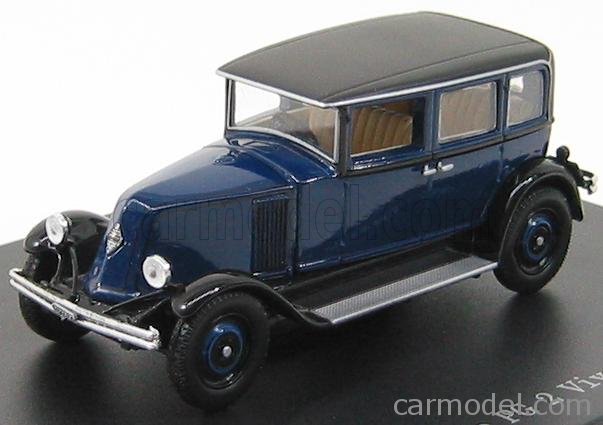
UNIVERSAL HOBBIES – RENAULT – TYPE PG2 VIVASIX 1928
1929 crise économique en France
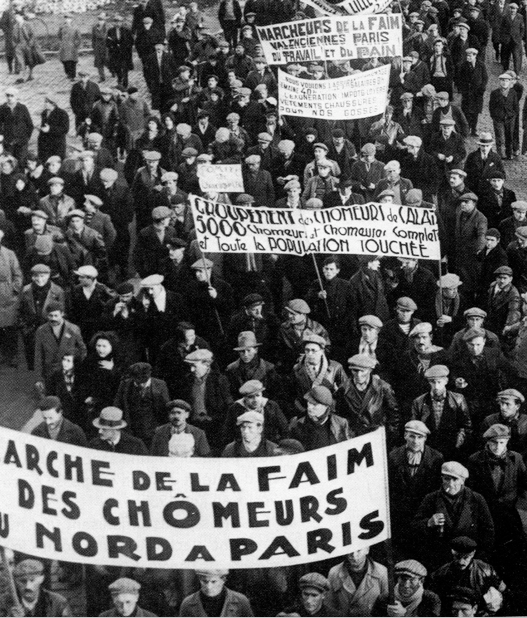
The Great Depression affected France from about 1931 through the remainder of the decade. The crisis affected France a bit later than other countries, hitting around 1931.[1] While the 1920s grew at the very strong rate of 4.43% per year, the 1930s rate fell to only 0.63%.[2] The depression was relatively mild: unemployment peaked under 5%, the fall in production was at most 20% below the 1929 output; there was no banking crisis.[3] The depression had some effects on the local economy, which can partly explain the 6 February 1934 crisis and even more the formation of the Popular Front, led by SFIO socialist leader Léon Blum, who won the election of 1936.
Economic crisis of the 1920s
Like the United Kingdom, France had initially struggled to recover from the devastation of World War I, trying without much success to recover war reparations from Germany. Unlike Britain, though, France had a more self-sufficient economy. In 1929, France seemed an island of prosperity, for three reasons. First, it was a country traditionally wary of trusts and big companies. The economy of France was above all founded in small and medium-sized businesses not financed by shares. Unlike the English-speaking world and particularly Americans, the French invested little on the stock exchange and put their confidence into gold, which in the crisis of 1929 was a currency of refuge. Gold had played the same role in the first world war, which explained French attachment to it. Finally, France had had a positive balance of payments[4] for some years thanks[neutrality is disputed] mainly to invisible exports such as tourism. French investments abroad were numerous.
The German reparations decided by the Treaty of Versailles in 1919 brought in large amounts of money which served principally to repay war loans to the United States.[5] Reparations payments ended in 1923. In January of that year, Germany defaulted on its payments and the French president, Raymond Poincaré, invoked a clause of the Versailles Treaty and sent troops to occupy the Ruhr valley in the hope of enforcing payment. Germany responded by flooding the area with inflated money, ruining its currency and denying France any hope of full reparations. Poincaré accepted an agreement mediated by the United States in which it received smaller payments, but Poincaré’s government fell soon afterward.
While the United States experienced a sharp rise in unemployment, France had almost none. Much of that was due to a simple lack of manpower; at the end of the war, France had 1,322,000 dead and three million wounded, almost 4,000,000 casualties. One in four of the dead was younger than 24. That in turn lowered the birth rate, so that by 1938 France still had only half the number of 19- to 21-year-olds it would have had had the war not happened.[6] But whatever the causes of full employment, confidence in the government was high. The French economy was stronger than those of its neighbors, notably because of the solidarity of the franc. The introduction of the US economic model, inspired particularly by Ford, ended suddenly and, with it, the modernization of French businesses. Everything seemed to favour the French; production didn’t weaken before 1930, particularly in primary materials, and the country was the world’s leading producer of iron in 1930. France felt confident in its systems and proud of its vertu budgétaire, in other words the balancing of the budget, which France had managed more or less for nearly a decade.
In 1927, France gained from the world crisis in becoming the world’s largest holder of gold, its reserves growing from 18 billion francs in 1927 to 80 billion in 1930.
Le Figaro said: “For our part let us rejoice in our timid yet prosperous economy as opposed to the presumptuousness and decadent economy of the Anglo-Saxon races.”
Problems of financial policy
There was a further contrast in the way France and Anglo-Saxon nations viewed their economies. The Anglo-Saxon model encouraged growth of the money stock; in France, the Depression was seen as a necessary evil, to “purge” the excess liquidity in the world economy and to push over-indebted companies into failure.
Successive governments maintained restrictive policies into 1934 and interest rates were kept high to maintain the attractiveness of the franc. The absence of contra-cyclical policies kept the state budget in balance.
In 1934-35, the Pierre-Étienne Flandin government allowed a less restrictive policy allowing short-term indebtedness. The Banque de France lost 15 per cent of its reserves and the government was replaced by one led by Pierre Laval, who installed a provisionally deflationist policy before himself accepting a public deficit. The franc ran into a new crisis.[9]
Laval tried in 1935 to reduce salaries in an effort to lessen unemployment. He ran into the resistance of unions in the public sector.[10]
The inability of French production to take off was in contrast to the experience of the United Kingdom, which had devalued in 1931. Devaluation was something France didn’t want and it happened only in 1936.
The Depression strikes
“The winter I spent on the streets – the winter of ’32-33 – was no milder nor harder than any other winter; the winter cold is like labour pains – whether it lasts for a longer or shorter period of time there is always the same amount of pain. That particular winter, it snowed and it froze; thousands of young men, forced out of their jobs by the crisis, struggled on to their last penny, to the end of their tether then, in despair, abandoned the fight…
On street benches and at métro entrances, groups of exhausted and starving young men would be trying not to die. I don’t know how many never came round. I can only say what I saw. In the rue Madame one day I saw a child drop a sweet which someone trod on, then the man behind bent down and picked it up, wiped it and ate it.”
From depression to war
The distress of the population had political consequences. A riot on 6 February 1934 led to the fall of the government and a nation which had traditionally leaned to the right[citation needed] elected the socialist Popular Front government in 1936.
The Popular Front, an alliance of Socialists and Radicals with support outside the government of the Communists, was led by Léon Blum. The Popular Front introduced many measures such as the 40-hour working week and holidays with pay, but Blum felt handicapped in introducing more than limited changes to the economy because of his dependence on the more right-wing Radicals. This did little to placate a population anxious for change and a wave of strikes broke involving two million workers [12] Factories were occupied and membership of the Communist party rose to 300,000 in 1937.
On the night of 7–8 June 1936, employers and unions signed the Matignon Agreements by which they raised wages by 7 to 15 percent to increase workers’ buying power, to stimulate the economy and to bring an end to the strikes. Blum brought in measures to control cereal prices, to insist that the Banque de France place the national interest above that of the shareholders, and nationalized the armaments industry. That upset the Left, which saw too much legislation,[clarification needed] and did nothing to please the Right, which believed that state involvement in a capitalist economy would bring about disaster.
The Radicals would not accept currency controls and the result of the unrest was that capital fled abroad. That weakened the economy and employers tried to minimize the results of the Matignon agreement, which created more social tension and in turn a further flight of capital.
Devaluation of the franc by 30 per cent became inevitable, despite government assurances that it would not happen. In January 1937, Blum went further and announced “a pause” to social reforms. The Senate refused to give him emergency powers to cope with the recession and he resigned on 20 June 1937 and the first Popular Front began to fall apart. A second had even less success.
The President, Lebrun, called on the Radical leader Édouard Daladier to form a new government without the Socialists. Daladier relied on liberal economics to rescue, or at any rate keep afloat the economy on a worldwide sea of financial difficulties. Employers and police acted harshly against strikers and determined to root out “troublemakers”. In 1938 the Senate gave Daladier the emergency powers that Blum had been denied and the government favored employers over workers in industrial disputes, particularly in companies which had come close to coming under the control of their workers.[13]
Under Daladier, economic conditions slightly improved, to a backdrop of growing, increasingly vocal communist and fascist movements. These gains, however, were due as much as anything to the growth of the armaments industry. On 3 September 1939, following the illegal attack against its Polish ally by Germany, France declared war on Germany.
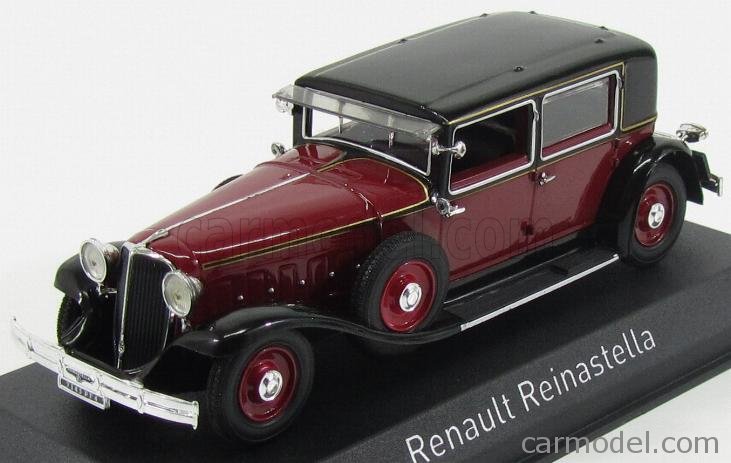
NOREV – RENAULT – TYPE RM2 REINASTELLA 1932
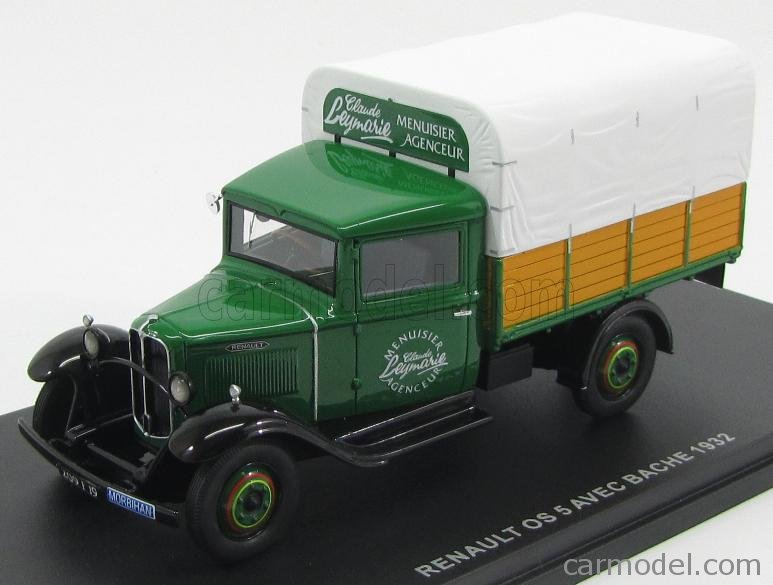
PERFEX – RENAULT – OS 5 TELONATO AVEC BACHE 1932
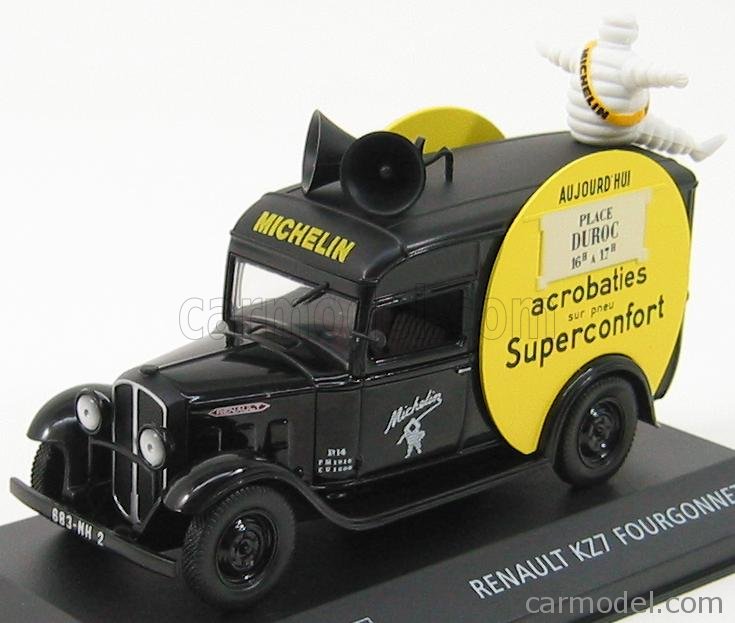
EDICOLA – RENAULT – KZ7 VAN FOURGONNETTE 1932 – ACROBATIES SUPERCONFORT MICHELIN
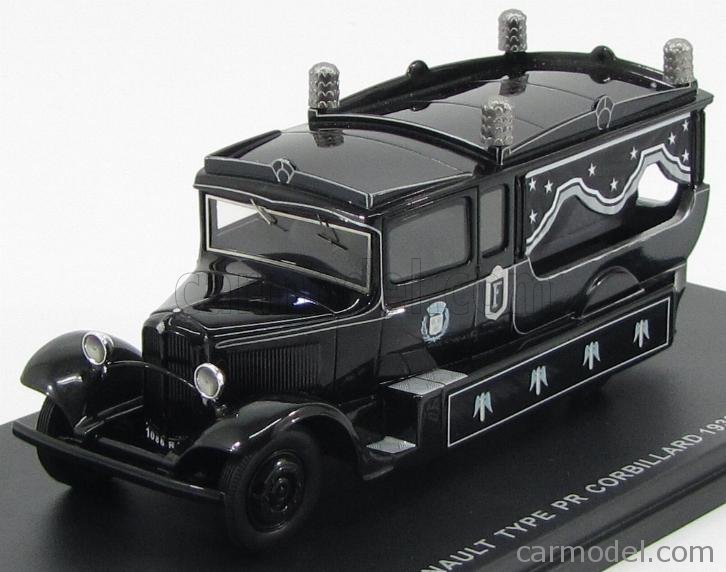
PERFEX – RENAULT – TYPE PR CORBILLARD TRUCK – CARRO FUNEBRE – HEARSE – FUNERAL CAR 1933
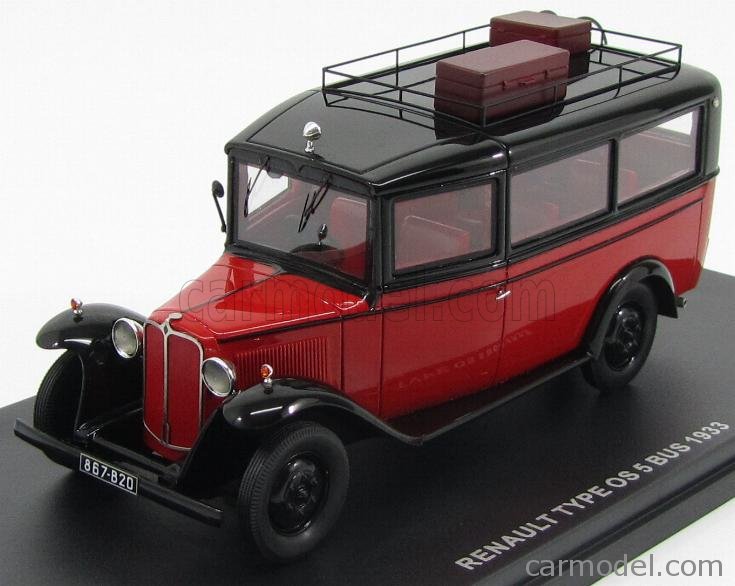
PERFEX – RENAULT – TYPE OS 5 AUTOBUS AIACCIO – LETIA – RENNO 1933
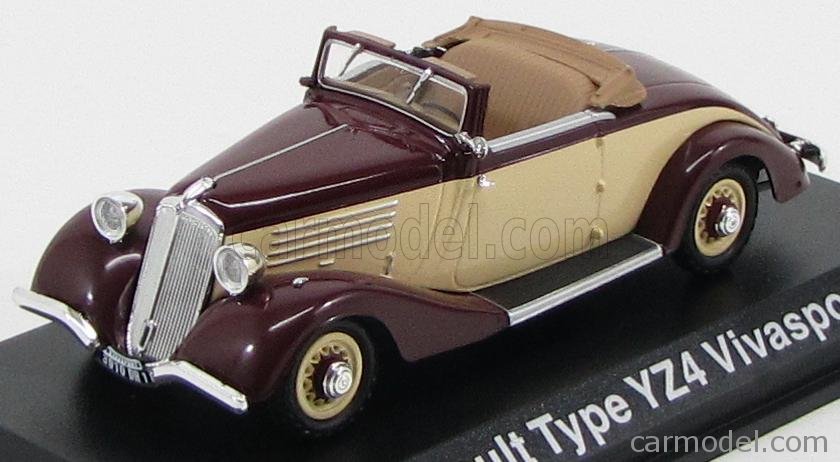
NOREV – RENAULT – TYPE YZ4 VIVASPORT 1934
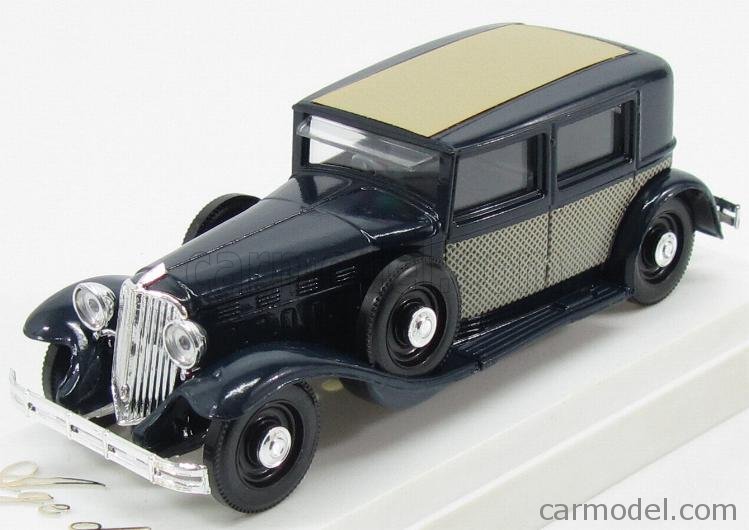
SOLIDO – RENAULT – REINASTELLA TYPE RM 2 1934
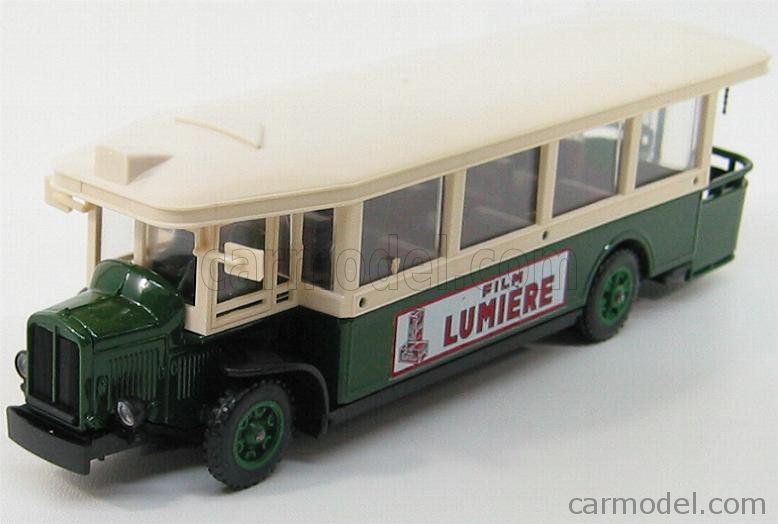
SOLIDO – RENAULT – TN6C AUTOBUS 1934
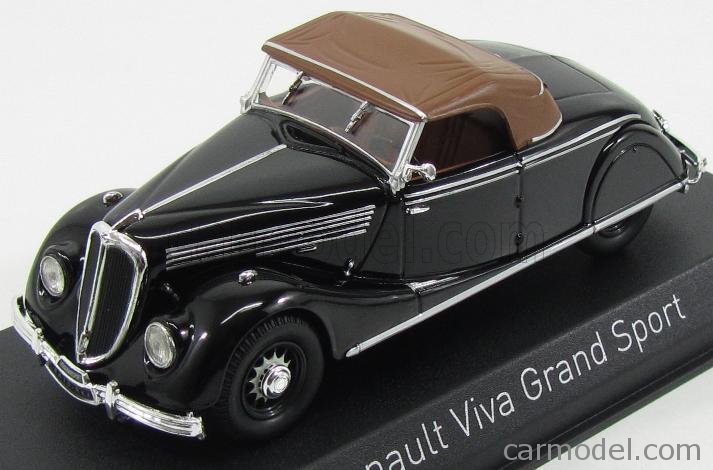
NOREV – RENAULT – VIVA GRAND SPORT ACX2 1935
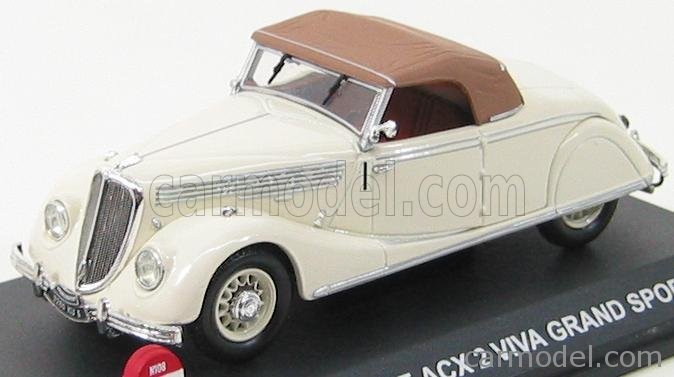
NOSTALGIE – RENAULT – TYPE ACX 2 VIVA GRAND SPORT 1935
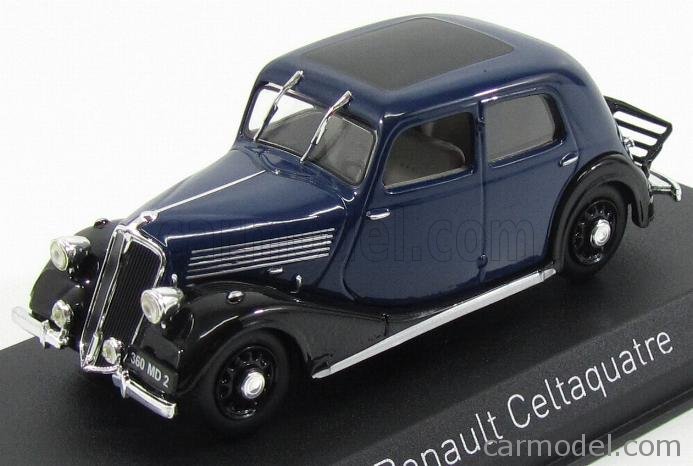
NOREV – RENAULT – CELTAQUATRE 1936
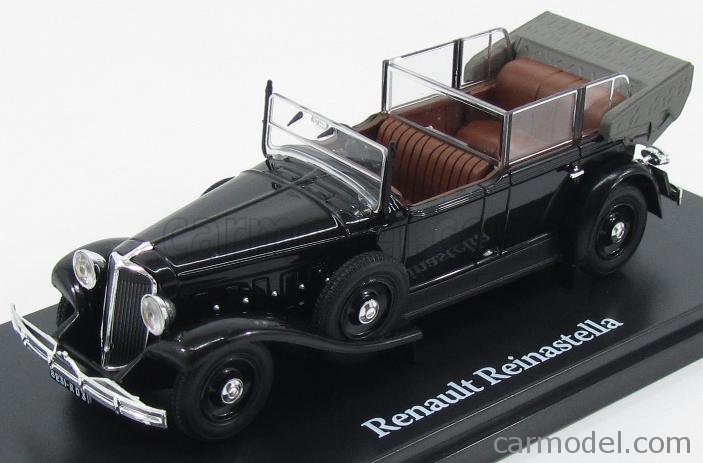
NOREV – RENAULT – REINASTELLA CABRIOLET 1936 – PERSONAL CAR ALBERT LEBRUN
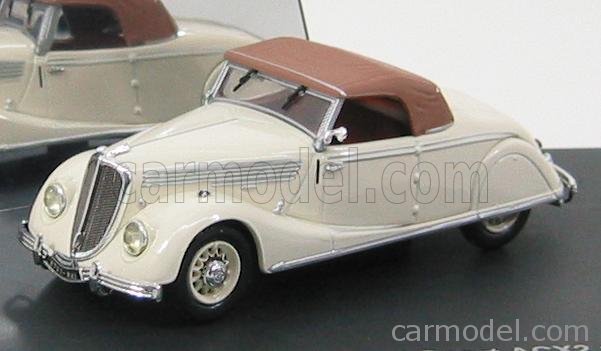
UNIVERSAL HOBBIES – RENAULT – VIVA GRAND SPORT ACX2 1936
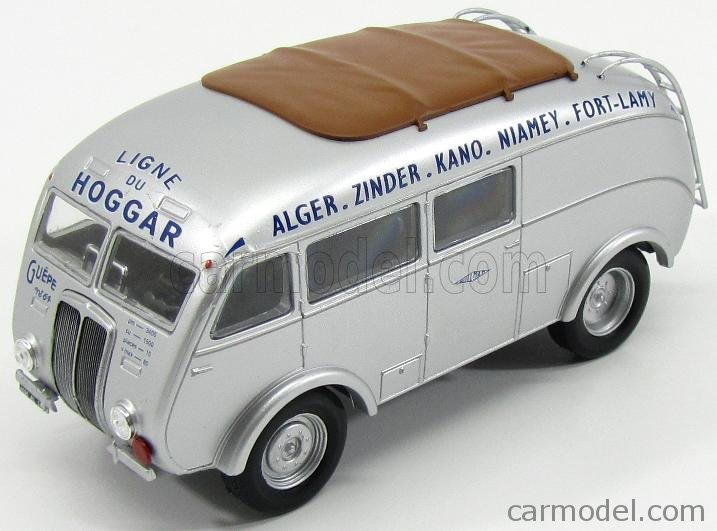
EDICOLA – RENAULT – AGP AUTOBUS 1937
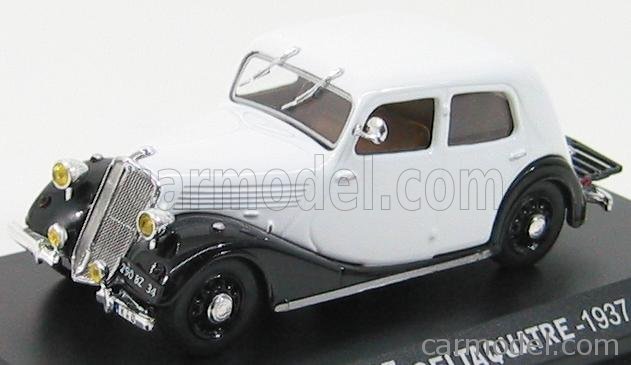
NOREV – RENAULT – CELTAQUATRE 1937
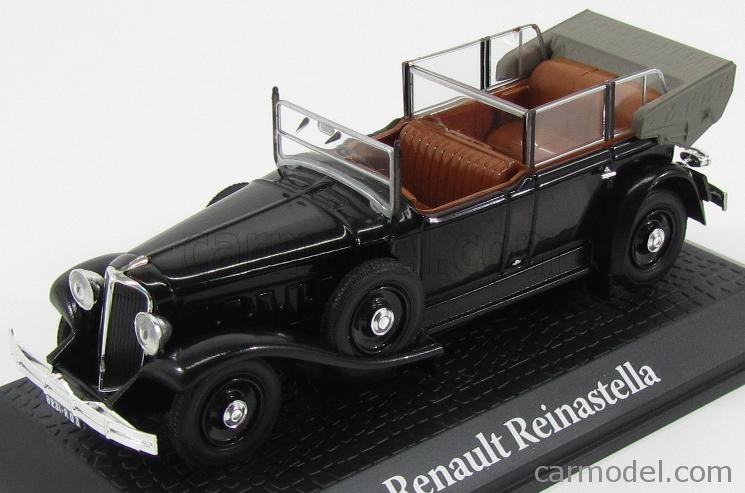
EDICOLA – RENAULT – REINASTELLA PRESIDENTIAL ALBERT LEBRUN FRANCE 1938
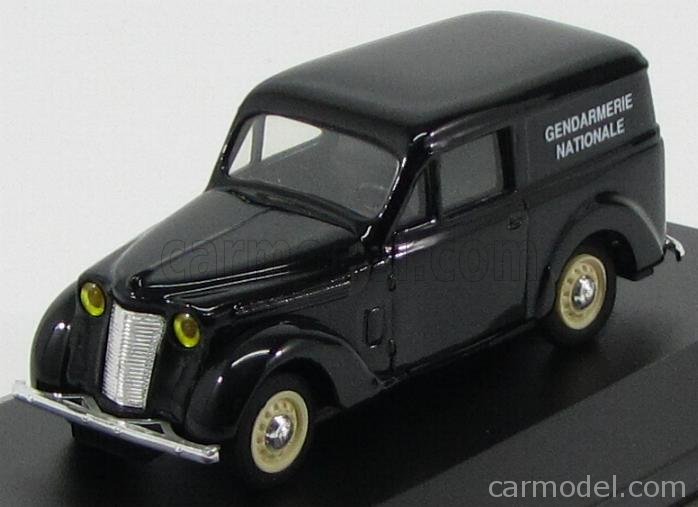
ELIGOR – RENAULT – JUVAQUATRE VAN GENDARMERIE NATIONALE 1938 POLICE
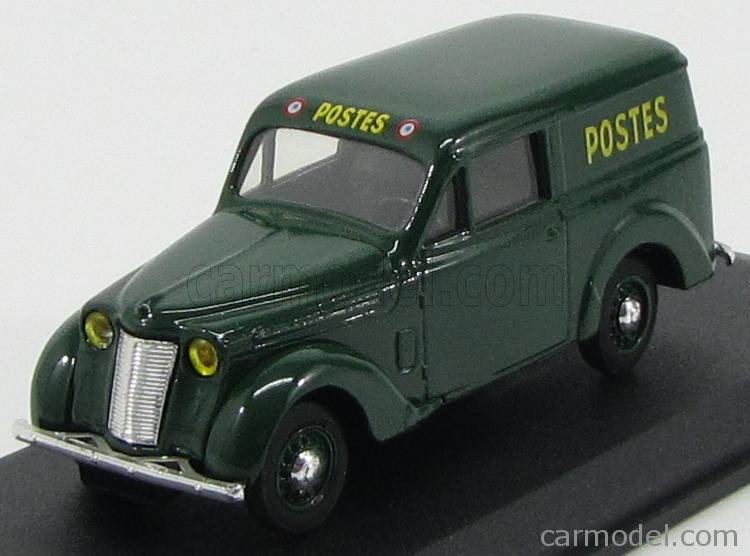
ELIGOR – RENAULT – JUVAQUATRE VAN 1938 POSTES
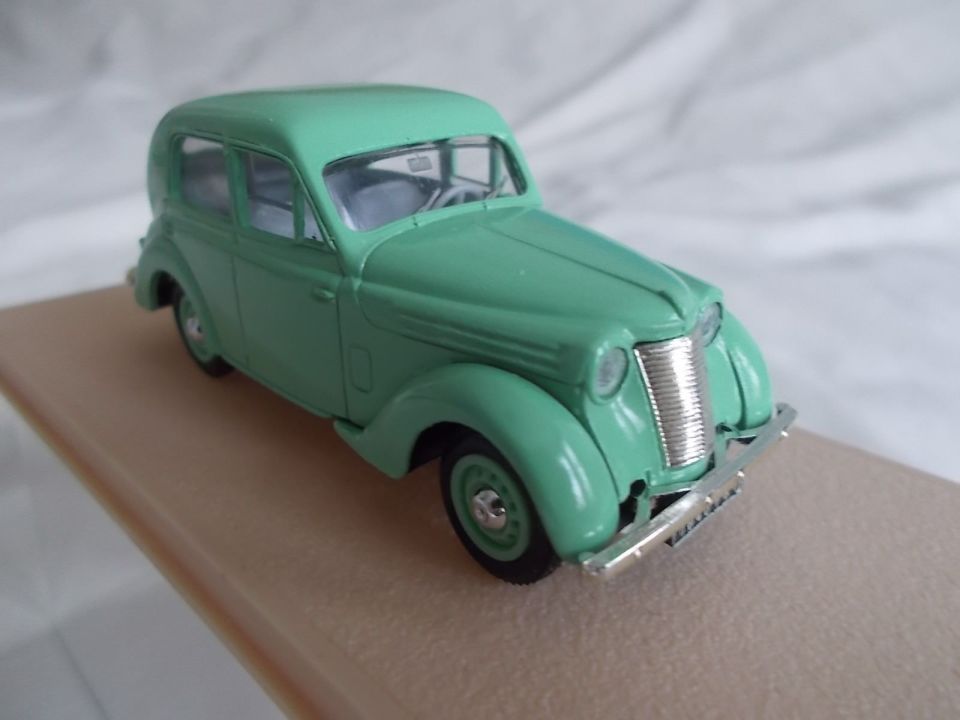
ELIGOR – RENAULT – JUNA 4 BERLINE 1938
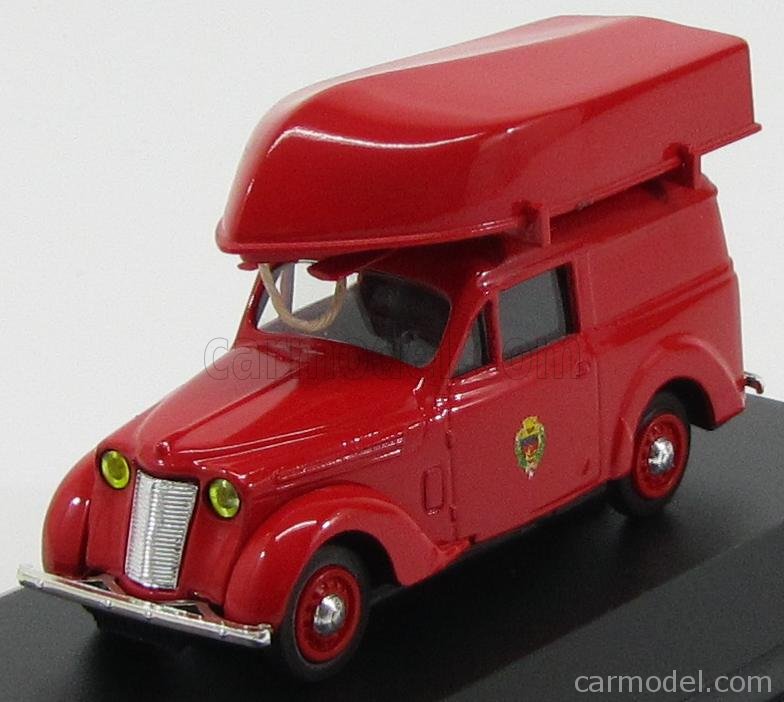
ELIGOR – RENAULT – JUVAQUATRE POMPIERS + BATEAU 1938 FIRE ENGINE + BOAT
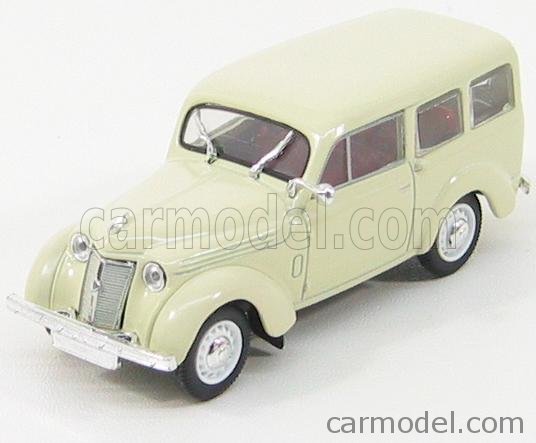
NOREV – RENAULT – JUVA 4 1938
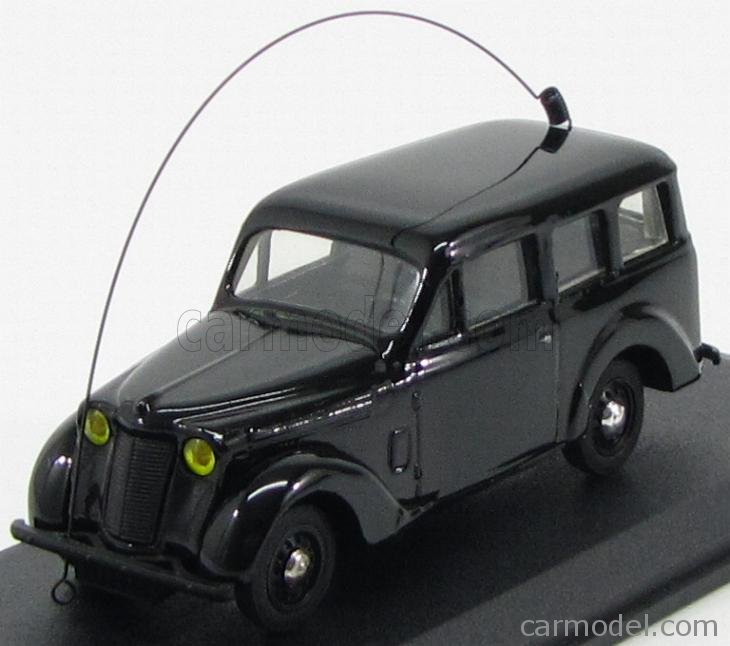
ELIGOR – RENAULT – JUVAQUATRE VITREE (ANTENNA) 1938
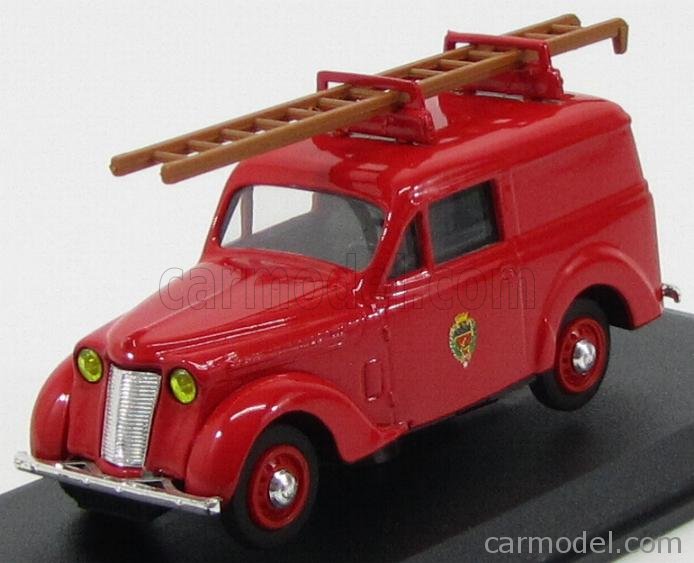
ELIGOR – RENAULT – JUVAQUATRE VAN POMPIERS 1938 FIRE ENGINE
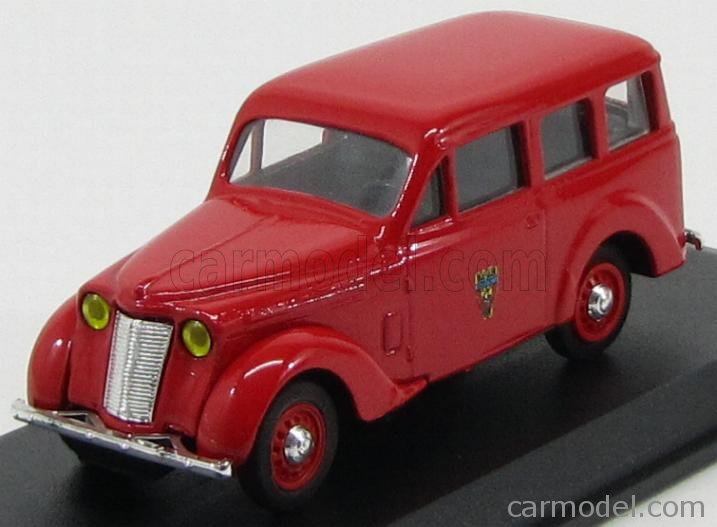
ELIGOR – RENAULT – JUVAQUATRE POMPIERS DE PARIS 1938 FIRE ENGINE
The WWII
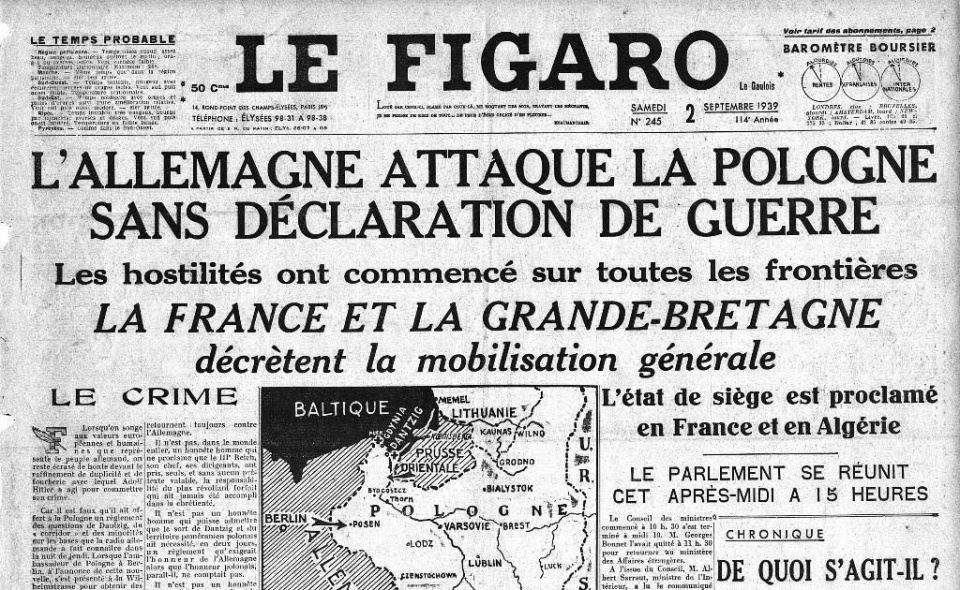
September 3 – United Kingdom, Australia, New Zealand, India and France declare war on Germany.
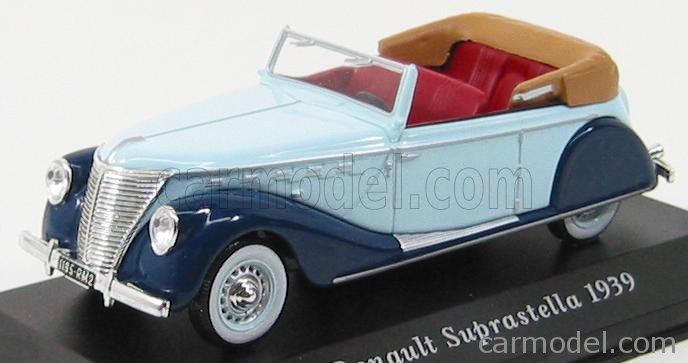
EDICOLA – RENAULT – SUPRASTELLA COACH 1939
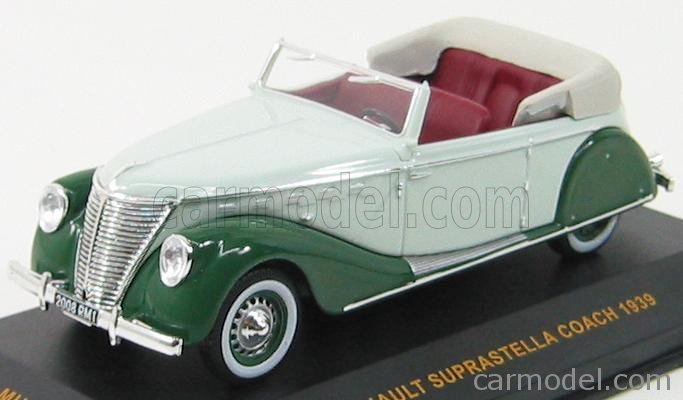
IXO-MODELS – RENAULT – SUPRASTELLA COACH 1939
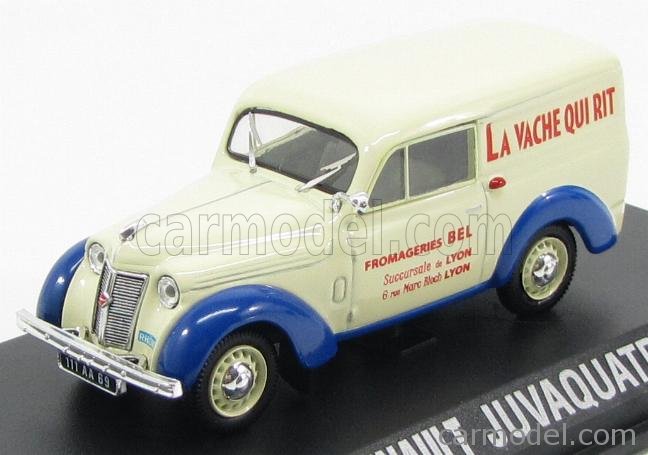
NOREV – RENAULT – JUVAQUATRE VAN LA VACHE QUI RIT 1940
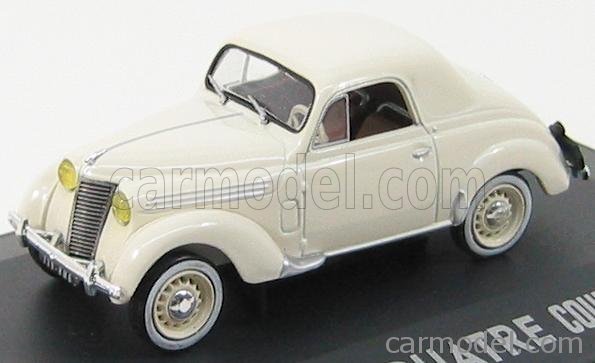
UNIVERSAL HOBBIES – RENAULT – JUVAQUATRE COUPE 1941
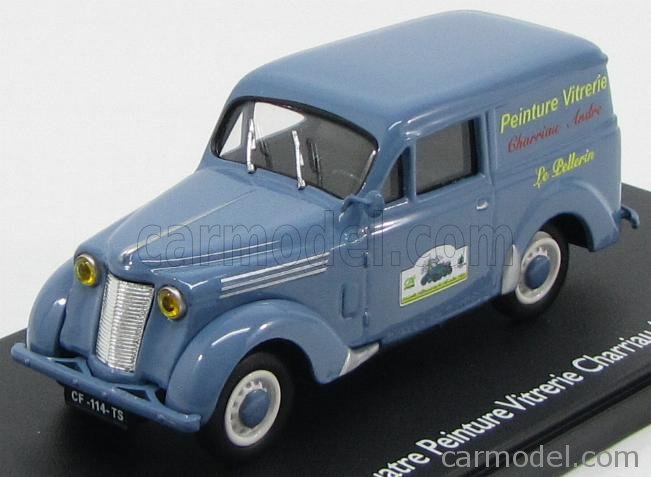
ELIGOR – RENAULT – JUVAQUATRE PEINTURE VITRERIE CHARRIAU ANDRE 1943
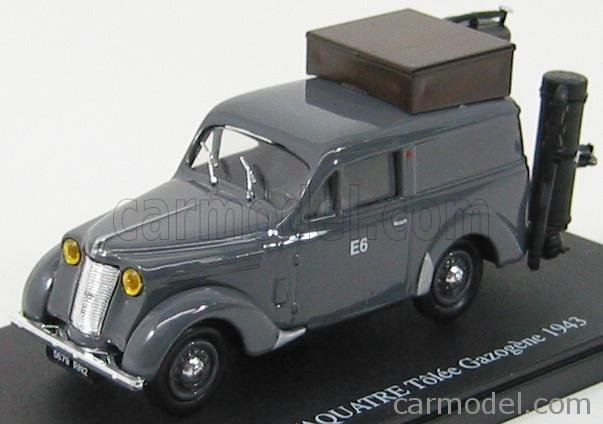
ELIGOR – RENAULT – JUVAQUATRE TOLEE GAZOGENE – GASOGENO 1943
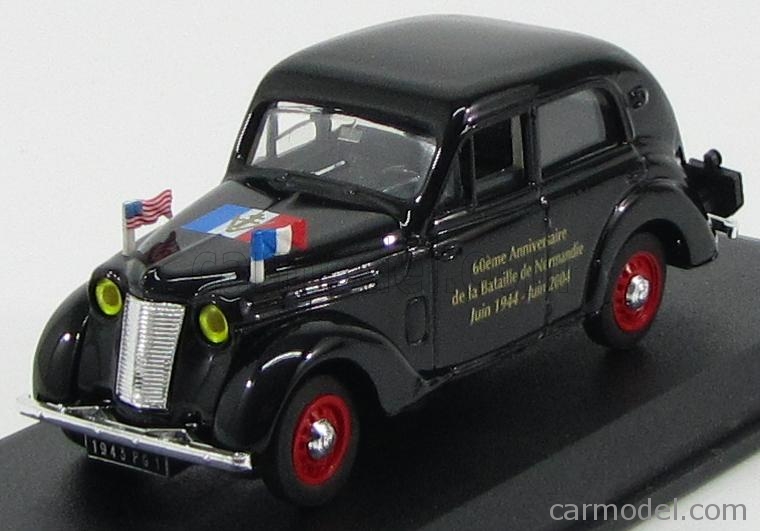
ELIGOR – RENAULT – JUVAQUATRE BERLINE 1938 60eme ANNIVERSAIRE BATAILLE DE NORMANDIE 1944-2004
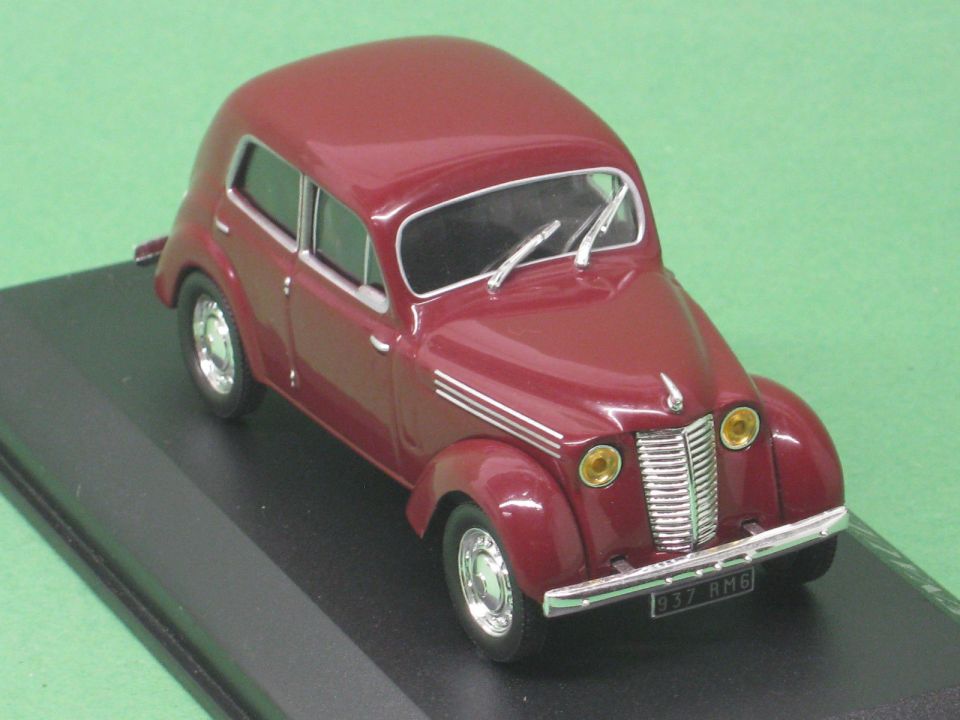
Altaya – Renault Juvaquatre 1946
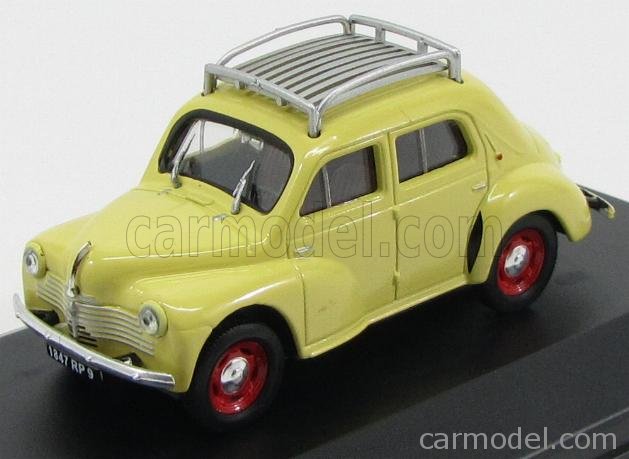
EDICOLA – RENAULT – 4CV BERLINE R1060 1947
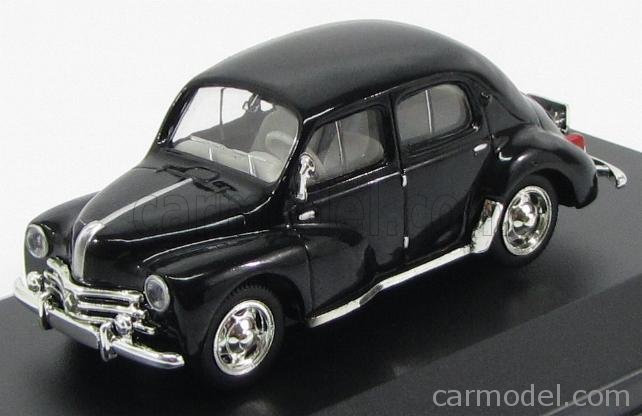
EDICOLA – RENAULT – 4CV 1947
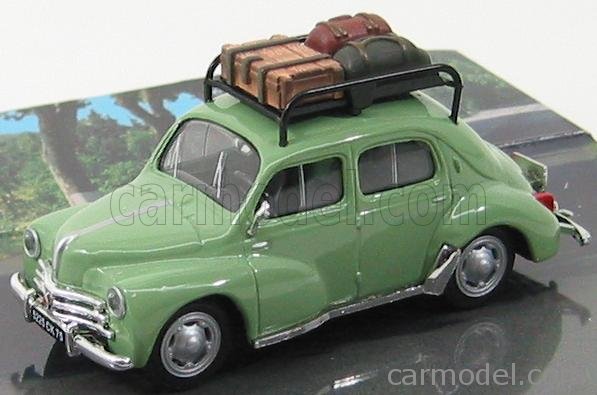
EDICOLA – RENAULT – 4CV 1947
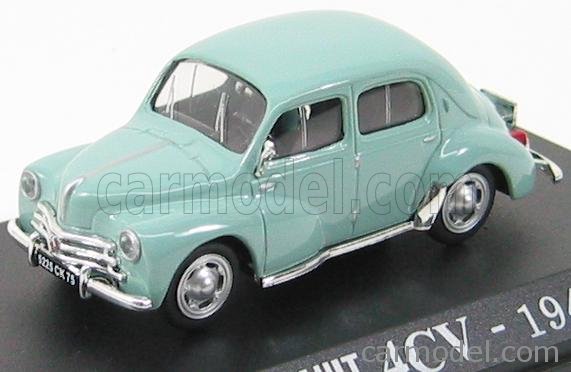
EDICOLA – RENAULT – 4CV 1947
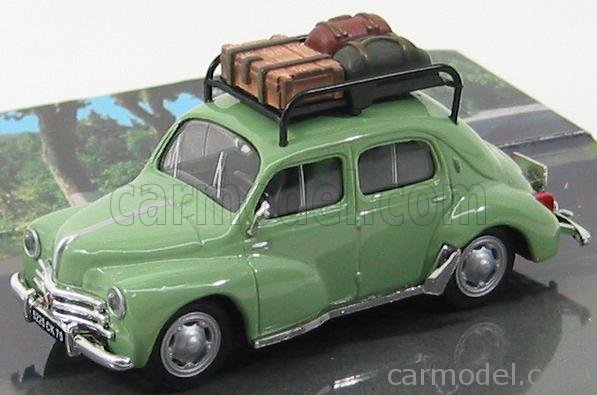
EDICOLA – RENAULT – 4CV 1947
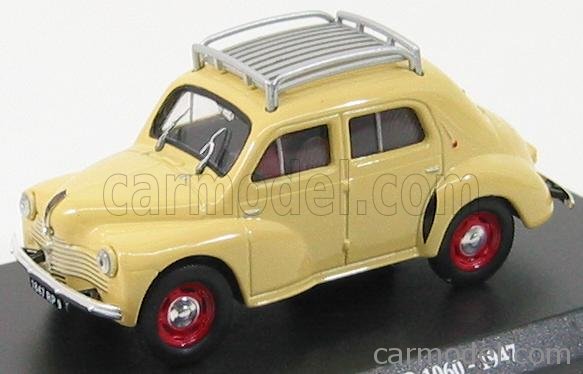
EDICOLA – RENAULT – 4CV BERLINE R1060 1947
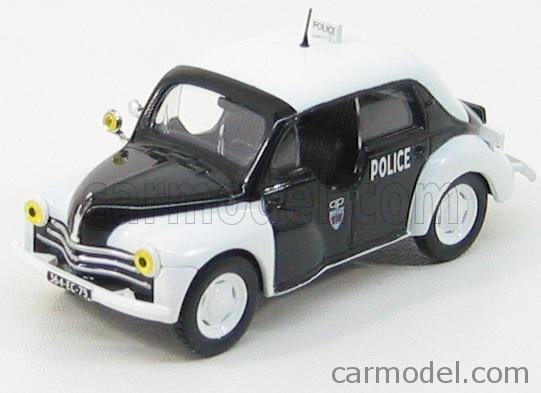
NOREV – RENAULT – 4CV POLICE 1947
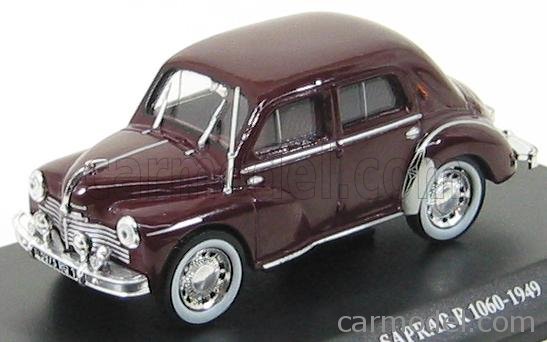
EDICOLA – RENAULT – 4CV R1060 EQUIPE SAPRAR 1949
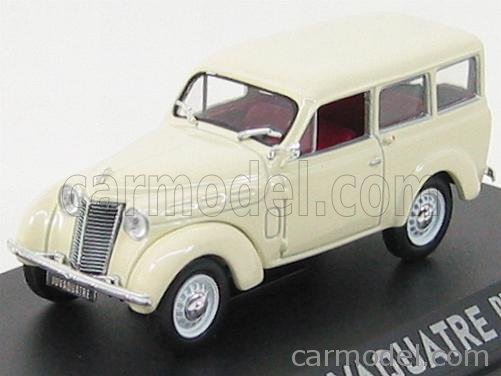
EDICOLA – RENAULT – JUVAQUATRE BREAK 1949
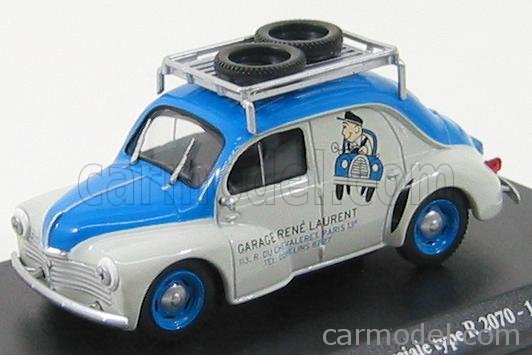
EDICOLA – RENAULT – 4CV TYPE R2070 BERLINE COMMERCIALE – GARAGE RENE LAURENT 1949
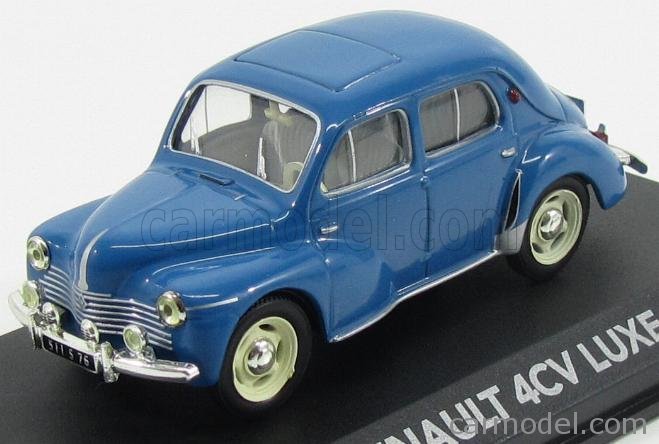
EDICOLA – RENAULT – 4CV LUXE 1950
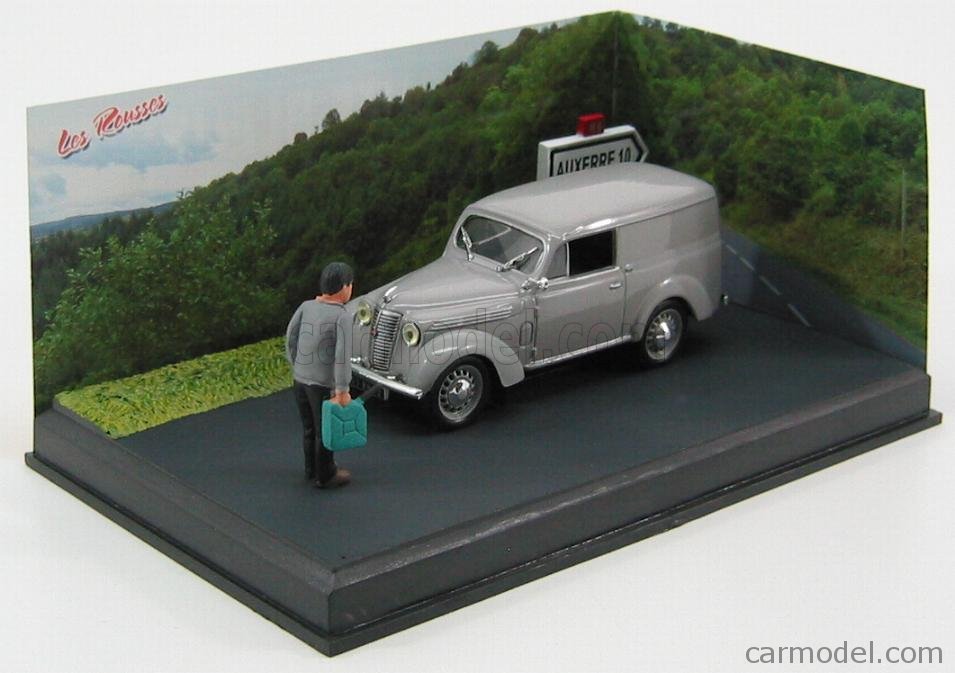
EDICOLA – RENAULT – JUVAQUATRE VAN 1950 – LA PANNE D’ESSENCE
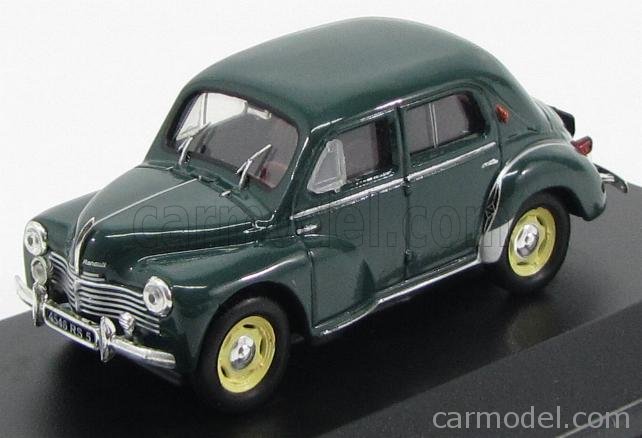
EDICOLA – RENAULT – 4CV LUXE 1950
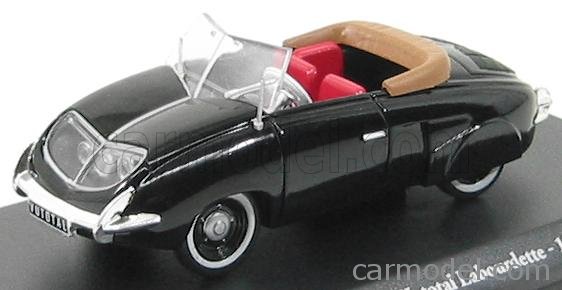
EDICOLA – RENAULT – 4CV CABRIOLET VUTOTAL LABOURDETTE 1950
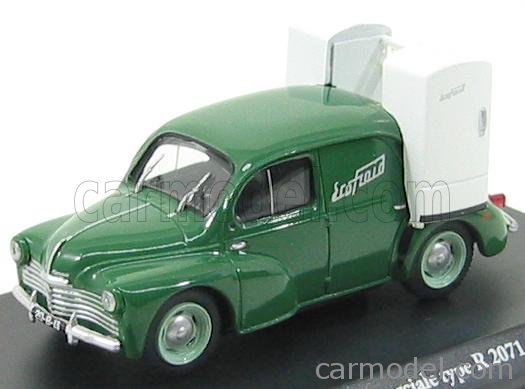
EDICOLA – RENAULT – 4CV R2071 BERLINE COMMERCIALE – ECOFROID 1950
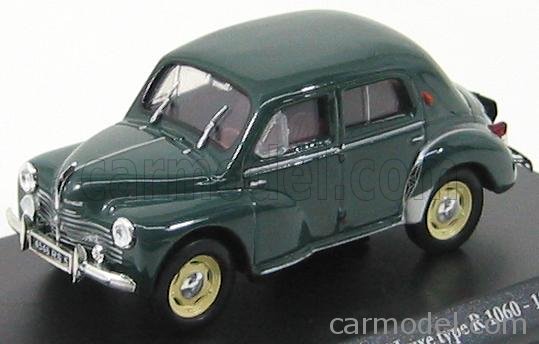
EDICOLA – RENAULT – 4CV TYPE R1060 BERLINE GRAND LUXE 1950
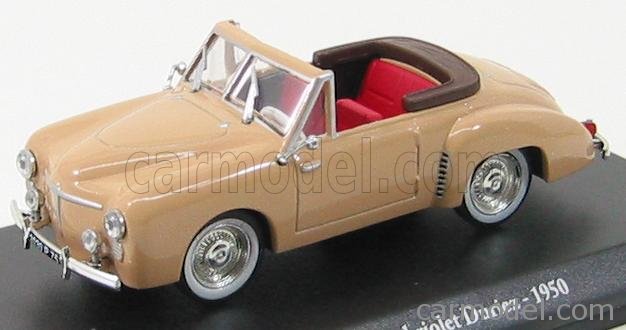
EDICOLA – RENAULT – 4CV CABRIOLET DURIEZ 1950
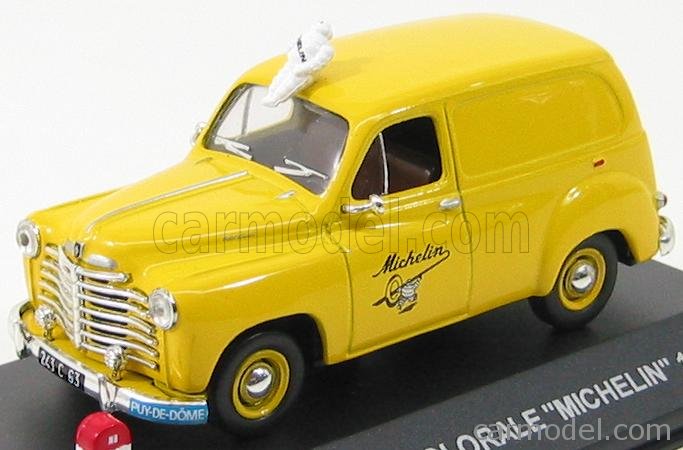
NOSTALGIE – RENAULT – COLORALE VAN MICHELIN 1950
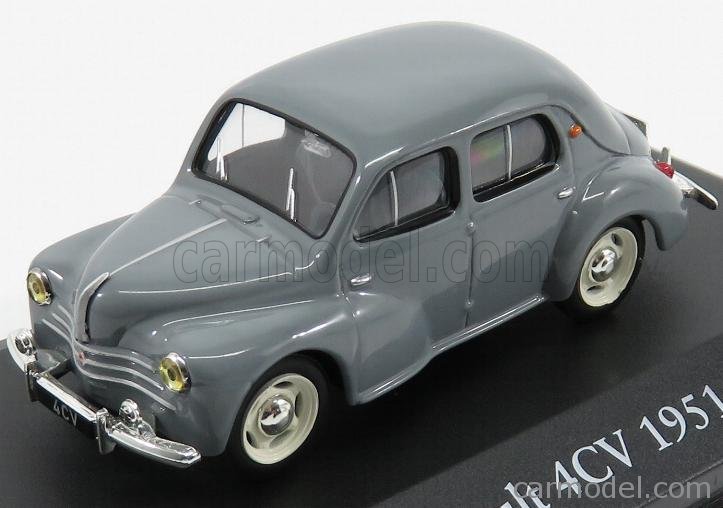
EDICOLA – RENAULT – 4CV LUXE 1951
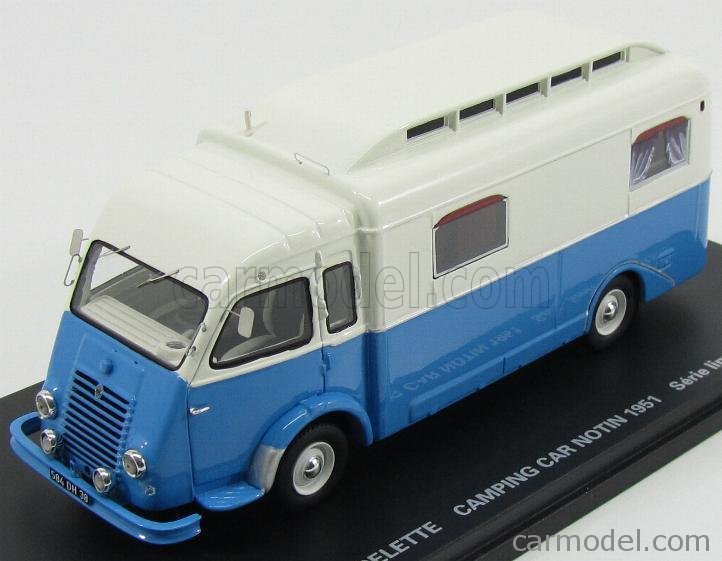
PERFEX – RENAULT – R2060 GOELETTE CAMPING CAR NOTIN 1951 CAMPER
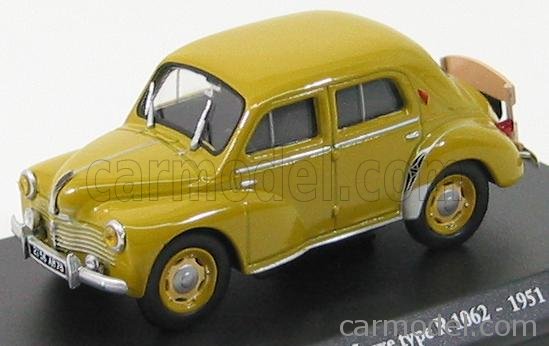
EDICOLA – RENAULT – 4CV GRAND LUXE TYPE R1062 AUTO-ECOLE – SCUOLA GUIDA 1951
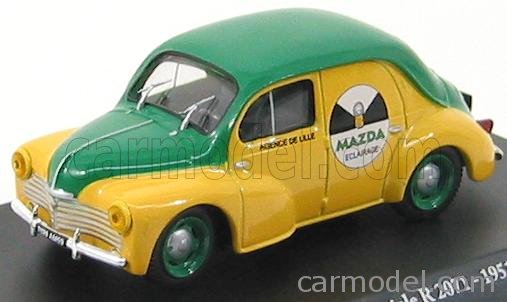
EDICOLA – RENAULT – 4CV R2071 COMMERCIALE – MAZDA – 1951
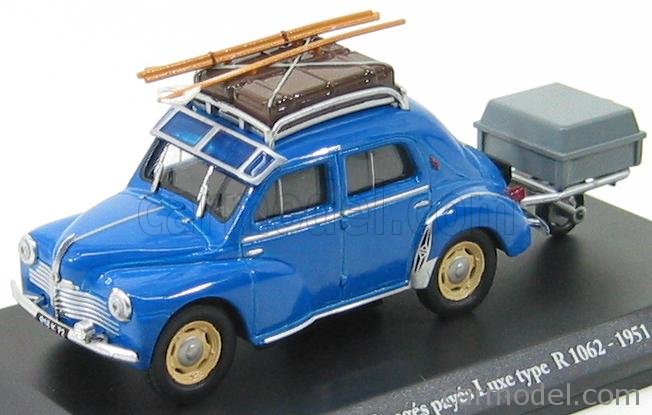
EDICOLA – RENAULT – 4CV LUXE TYPE R1062 CONGES PAYES – WITH TRAILER – 1951
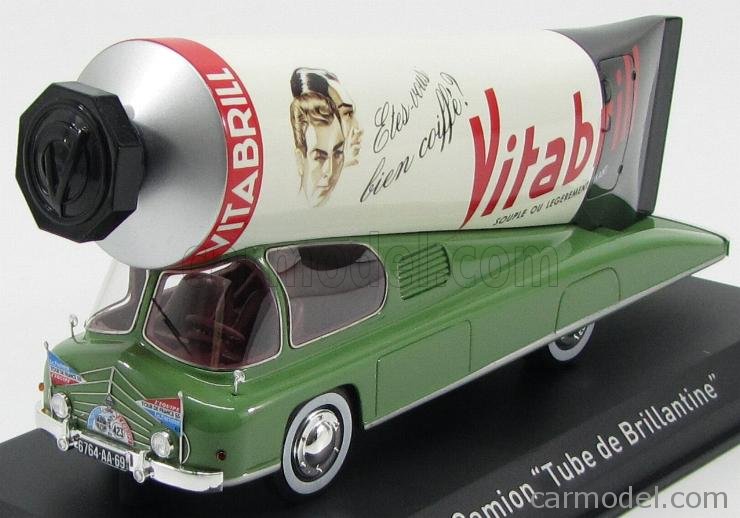
PROVENCE MOULAGE – RENAULT – PUBLICITAIRE VITABRILL TUBE DE BRILLANTINE 1952
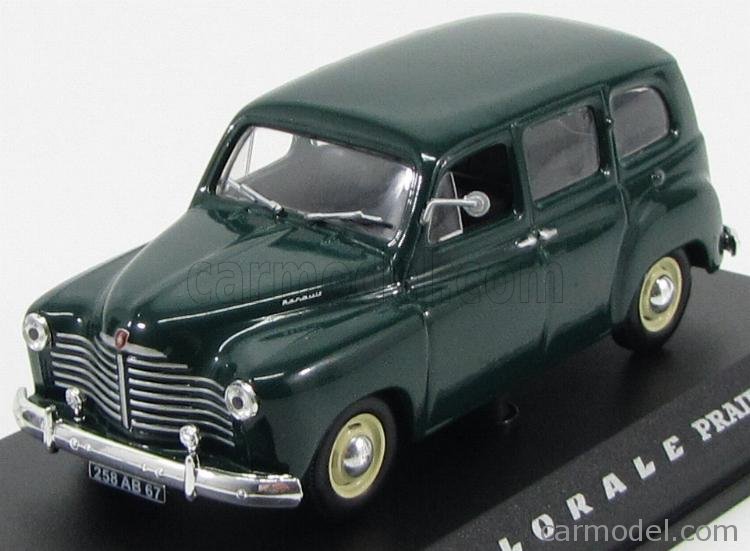
EDICOLA – RENAULT – COLORALE PRAIRIE 1952
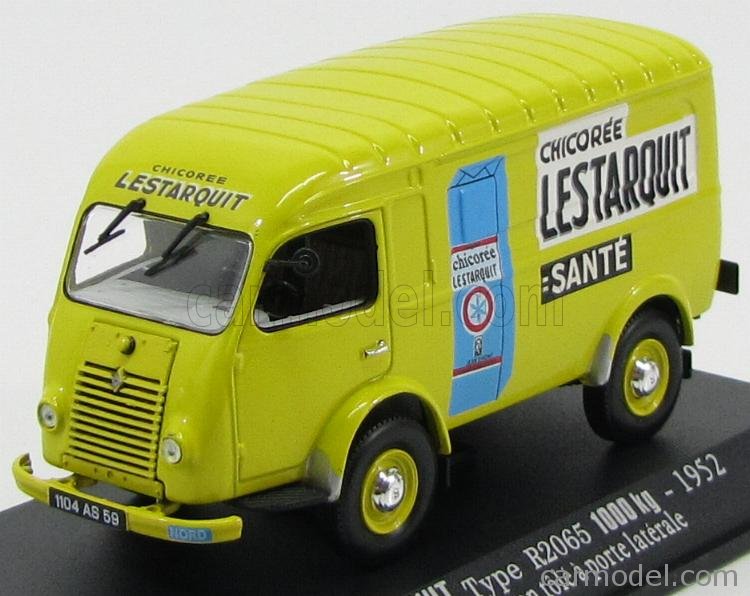
EDICOLA – RENAULT – R2065 1000kg VAN LESTARQUIT – MILK – TRASPORTO LATTE 1952
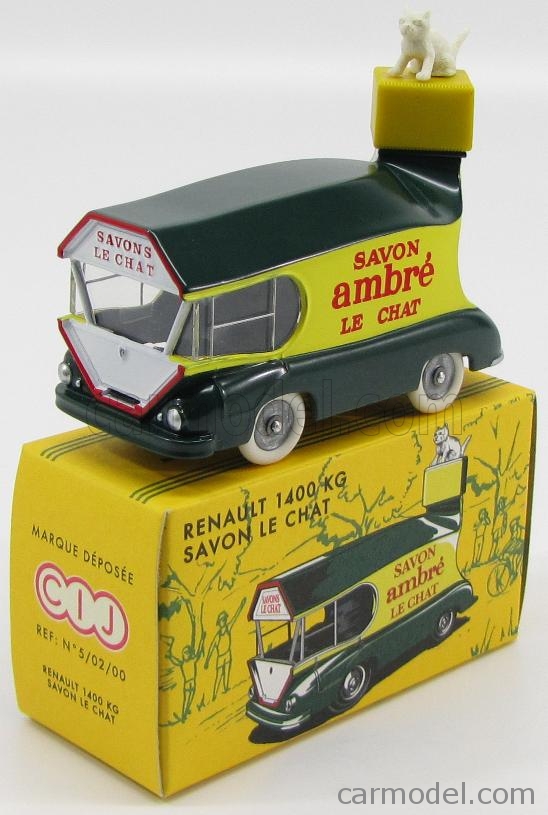
CIJ REEDITION – RENAULT – 1400Kg VAN – SAVON AMBRE LE CHAT 1952
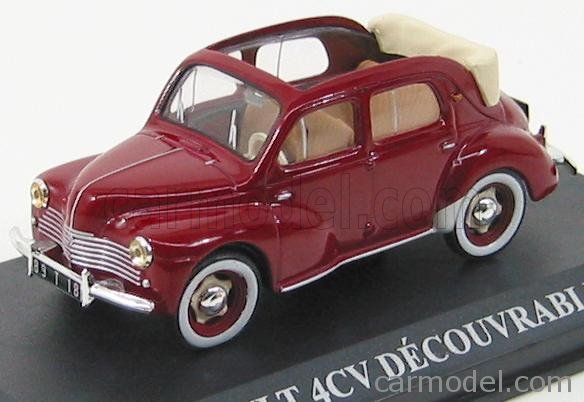
EDICOLA – RENAULT – 4CV DECOUVRABLE 1952

EDICOLA – RENAULT – 4CV 2 PORTES CABRIOLET CAROSSERIE LABOURDETTE 1952
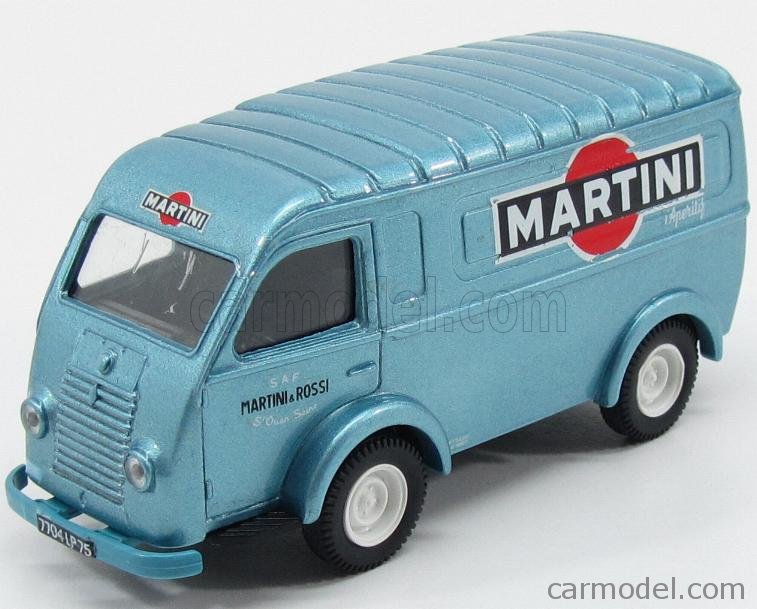
MACADAM – RENAULT – R2065 1000Kg VAN MARTINI 1952
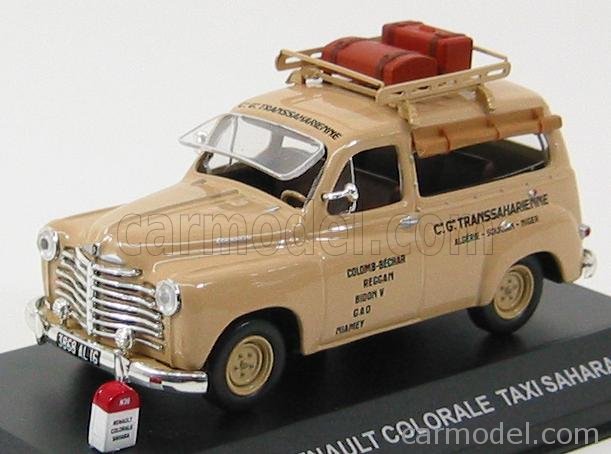
NOSTALGIE – RENAULT – COLORALE SAVANE TAXI SAHARA 1952
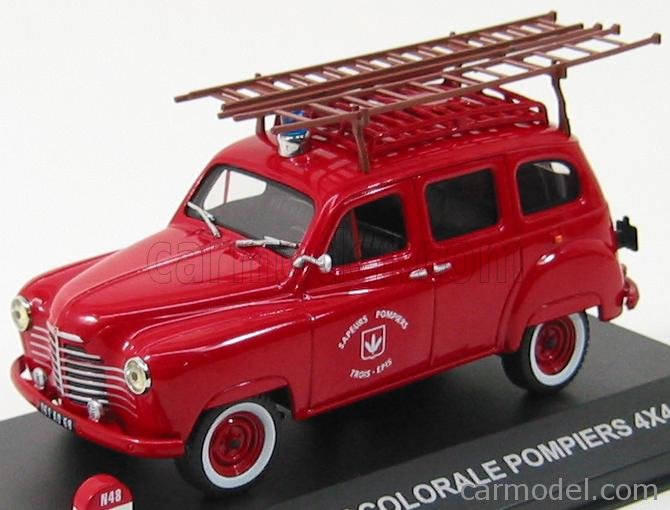
NOSTALGIE – RENAULT – COLORALE POMPIERS – FIRE ENGINE 4X4 1952
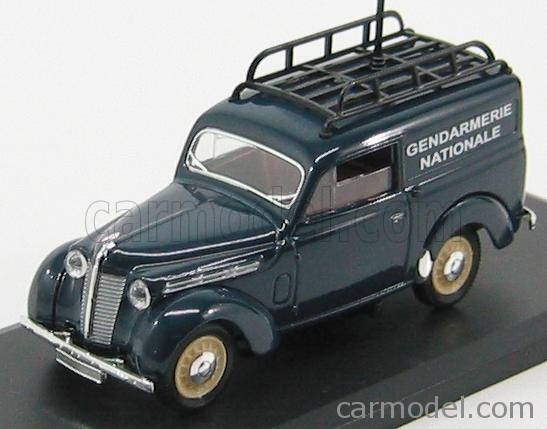
SOLIDO – RENAULT – JUVAQUATRE VAN GENDARMERIE – POLICE 1952
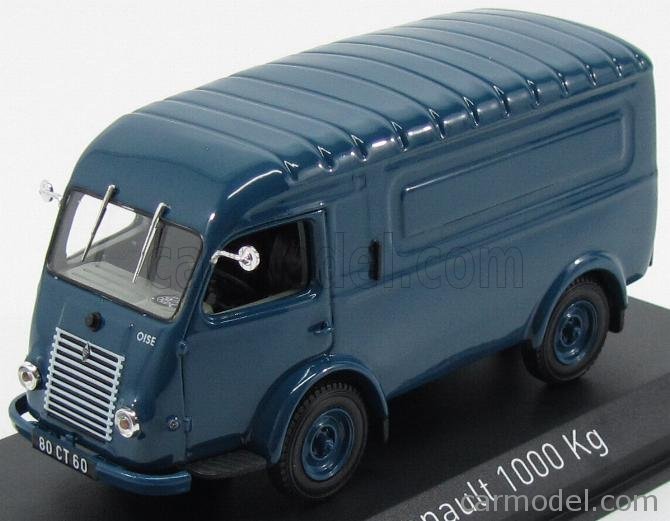
NOREV – RENAULT – 1000KG VAN 1953
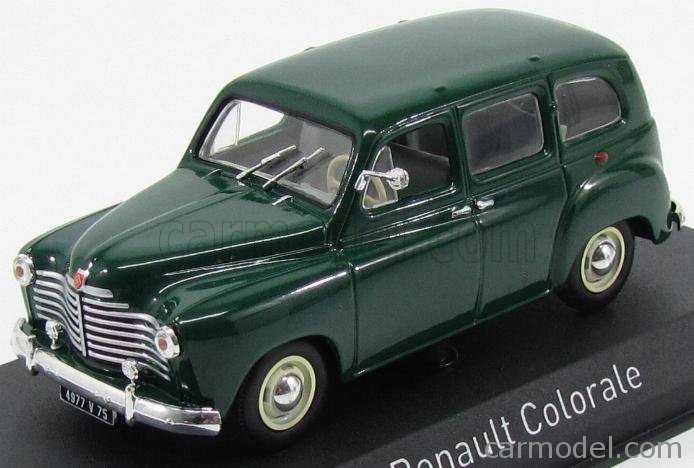
NOREV – RENAULT – COLORALE 1953
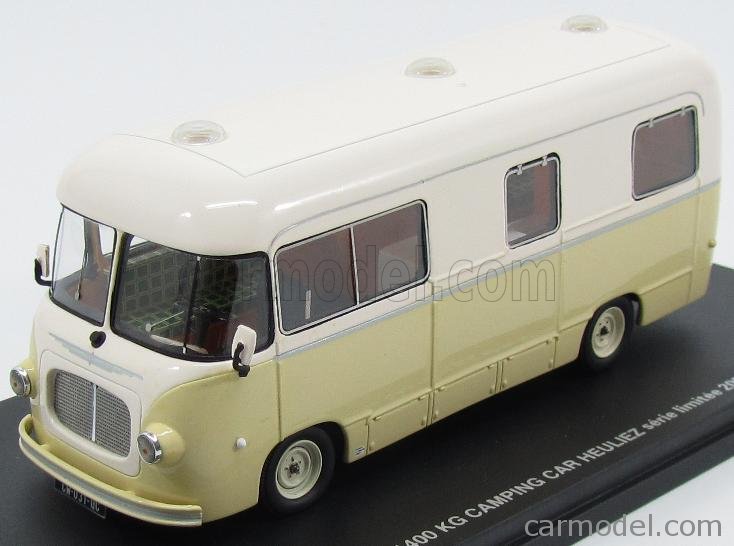
PERFEX – RENAULT – HEULIEZ 1400 KG CAMPING CAR 1953
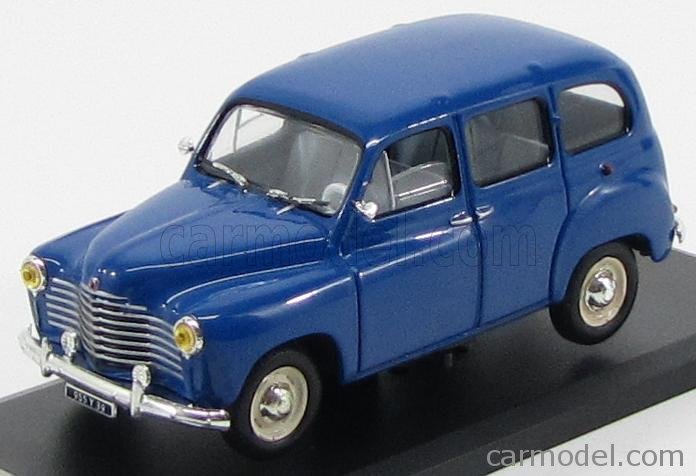
SOLIDO – RENAULT – COLORALE PRAIRIE 1953
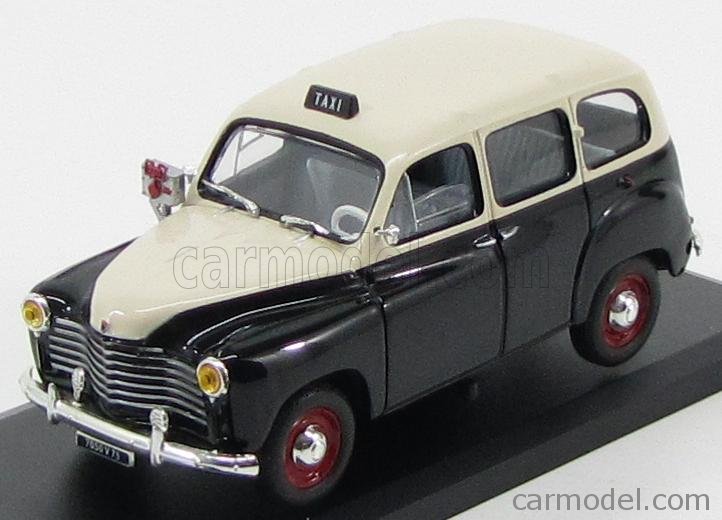
SOLIDO – RENAULT – COLORALE TAXI 1953
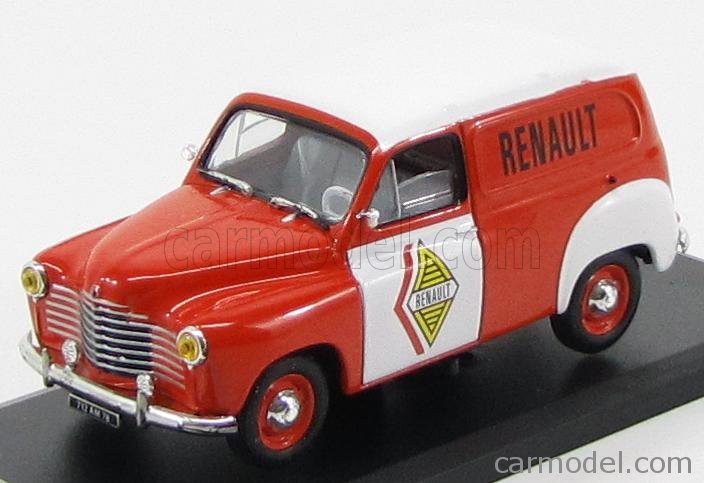
SOLIDO – RENAULT – COLORALE VAN SERVICE RENAULT 1953
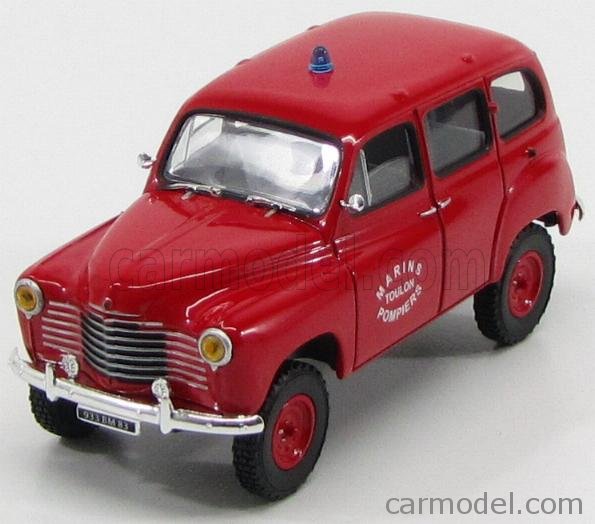
SOLIDO – RENAULT – COLORALE 4X4 MARIN POMPIERS TOULON 1953
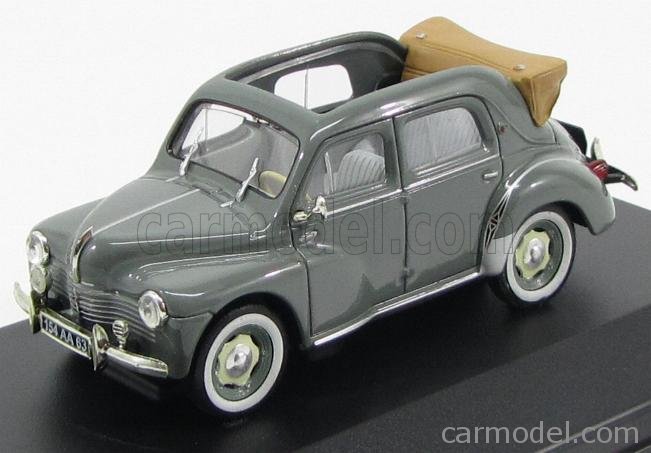
EDICOLA – RENAULT – 4CV TYPE R1062 CABRIOLET 1953
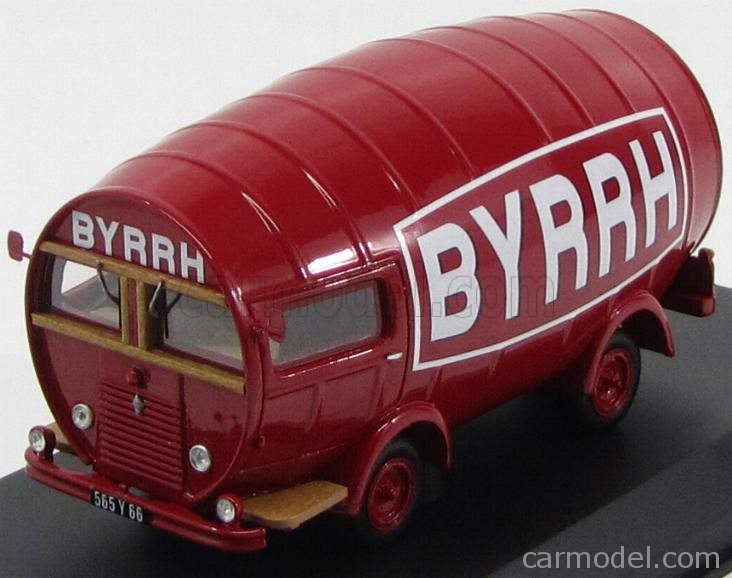
PROVENCE MOULAGE – RENAULT – 1400KG VAN LE TONNEAU BYRRH 1953
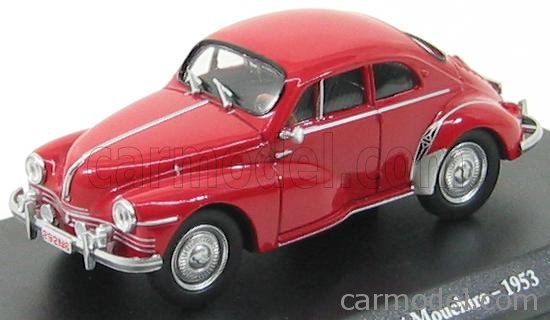
EDICOLA – RENAULT – 4CV COUPE MOUCHIRO 1953
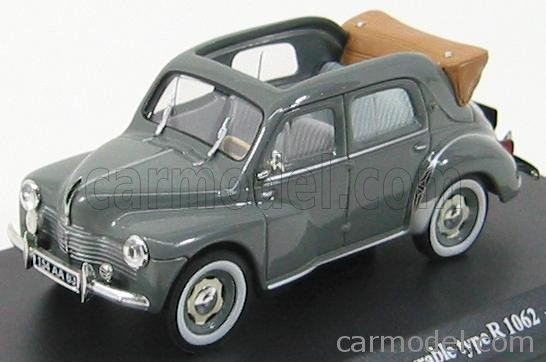
EDICOLA – RENAULT – 4CV TYPE R1062 CABRIOLET 1953
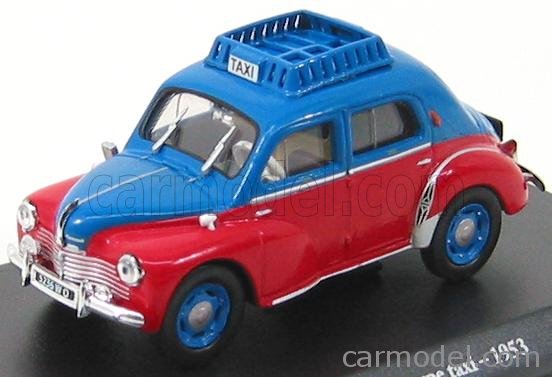
EDICOLA – RENAULT – 4CV PROTOTYPE TAXI 1953
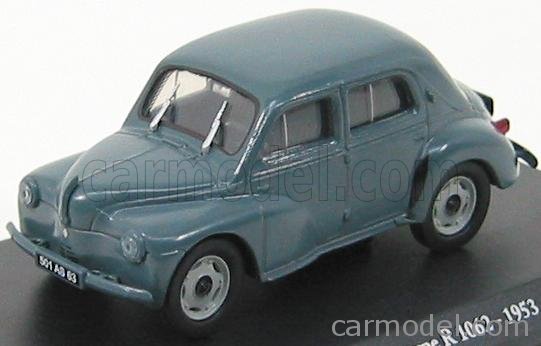
EDICOLA – RENAULT – 4CV TYPE R1062 – SERVICE 1953
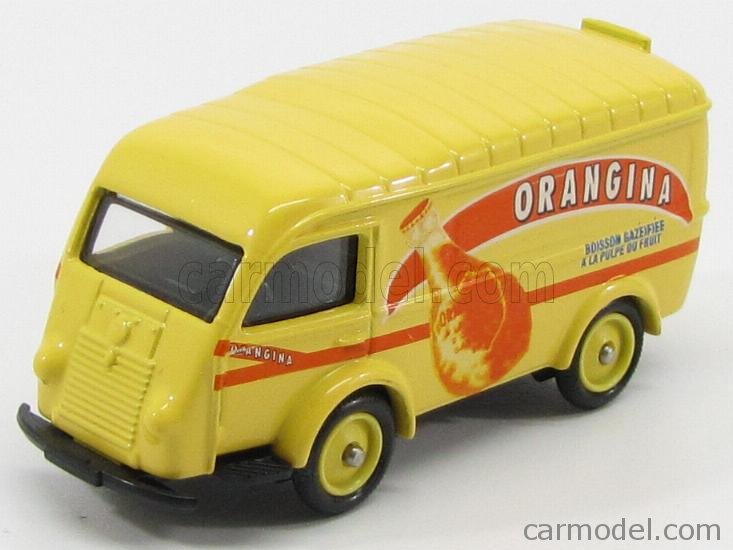
EDICOLA – RENAULT – 1000KG VAN ORANGINA 1953 (cm 8.5)
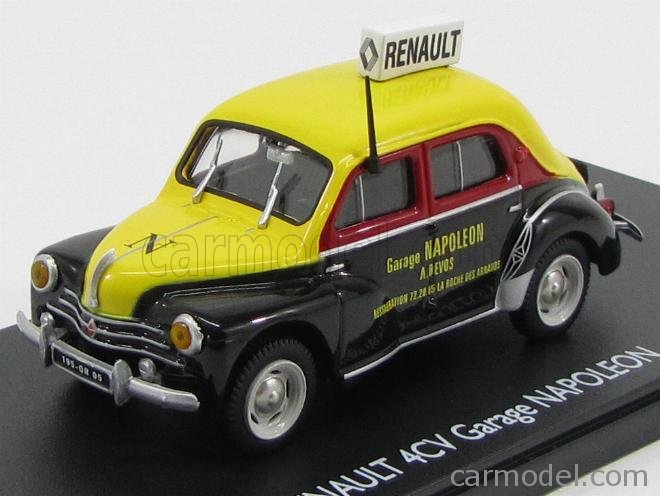
ELIGOR – RENAULT – 4CV GARAGE NAPOLEON 1953
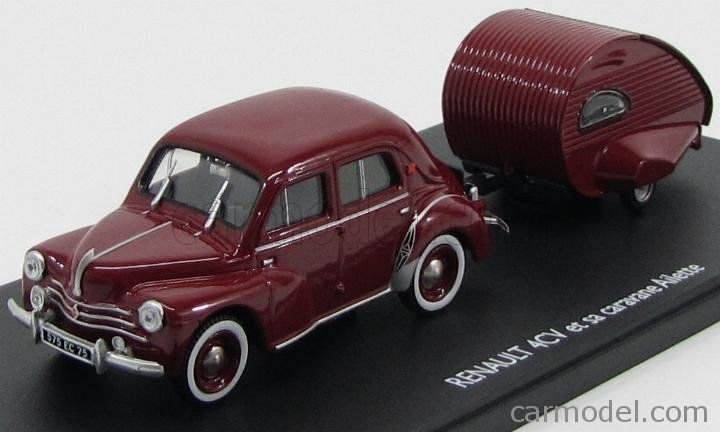
ELIGOR – RENAULT – 4CV ET SA CARAVANE AILETTE 1953 – WITH TRAILER
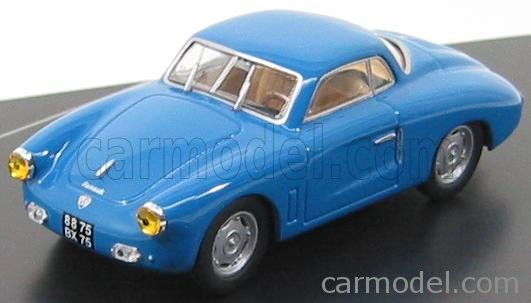
ELIGOR – RENAULT – 4CV COACH VP VERSION SPORT 1953
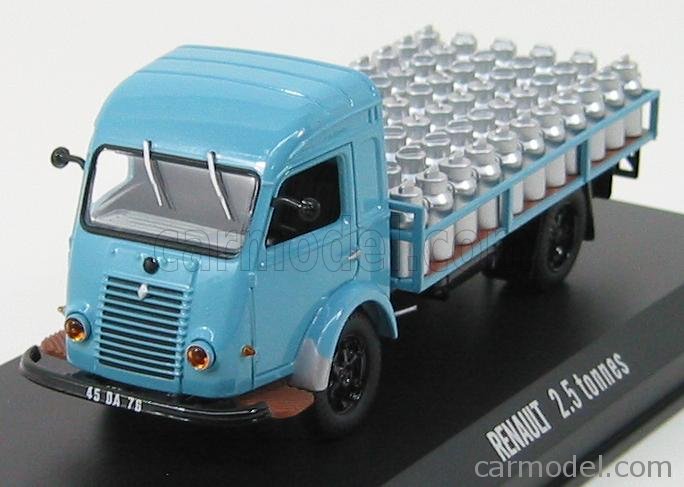
NOREV – RENAULT – GALION TRUCK MILK TRANSPORT 1953
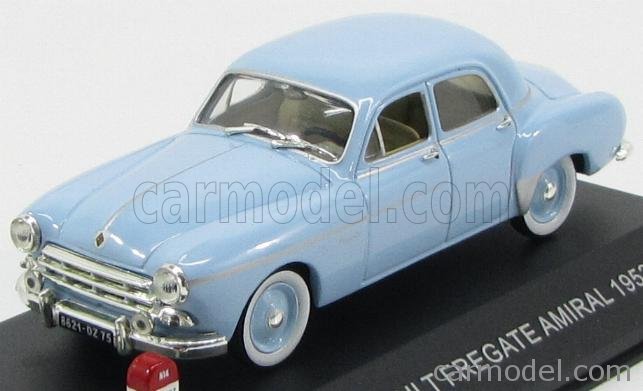
NOSTALGIE – RENAULT – FREGATE AMIRAL 1953
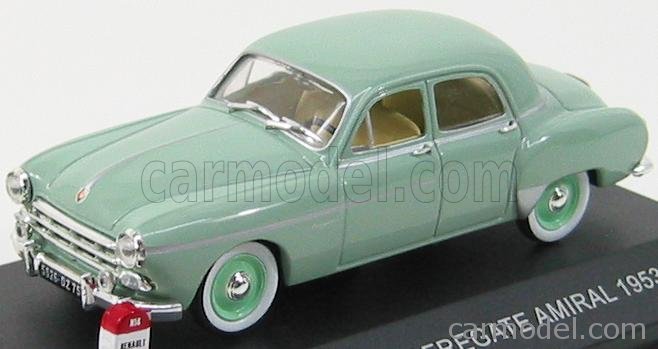
NOSTALGIE – RENAULT – FREGATE AMIRAL 1953
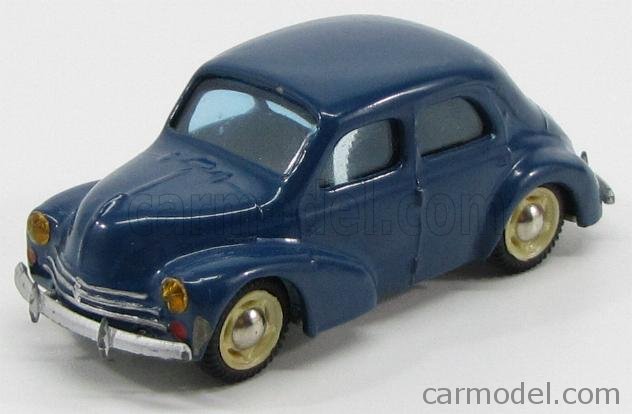
TEKNO – RENAULT – 4CV 1953
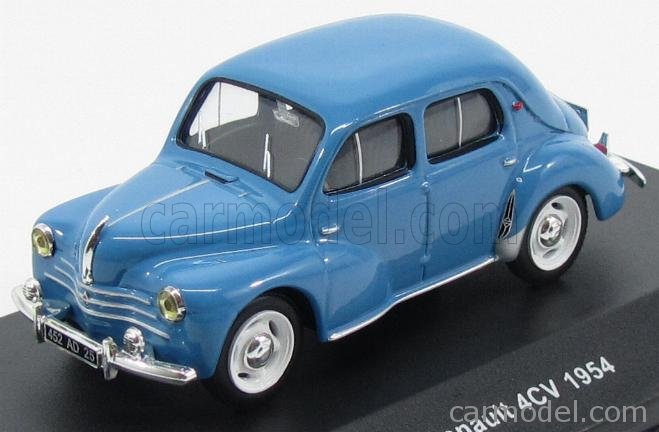
SOLIDO – RENAULT – 4CV 1954
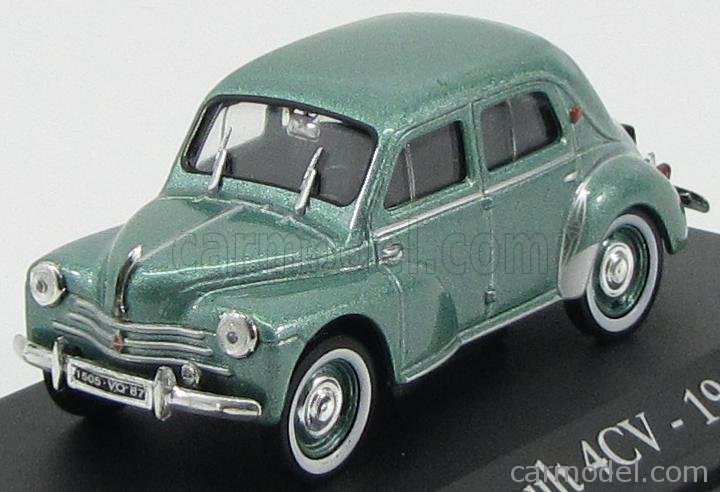
EDICOLA – RENAULT – 4CV 1954
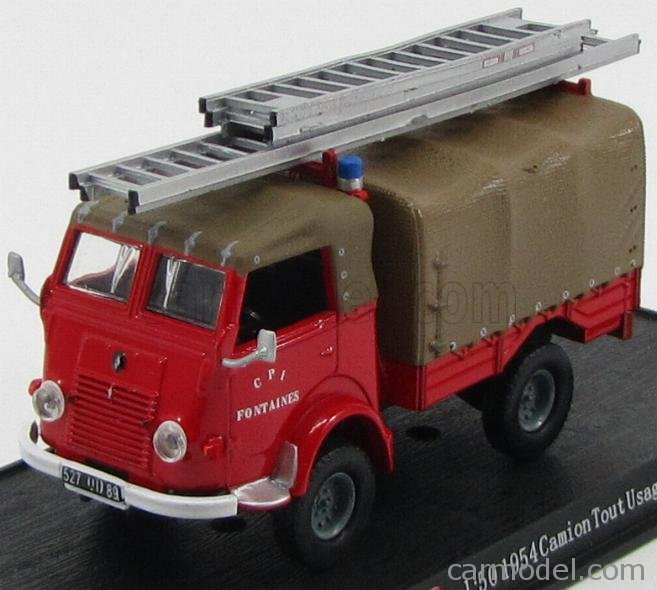
EDICOLA – RENAULT – R2087N CPI FONTAINES FIRE ENGINE – VIGILI DEL FUOCO 1954
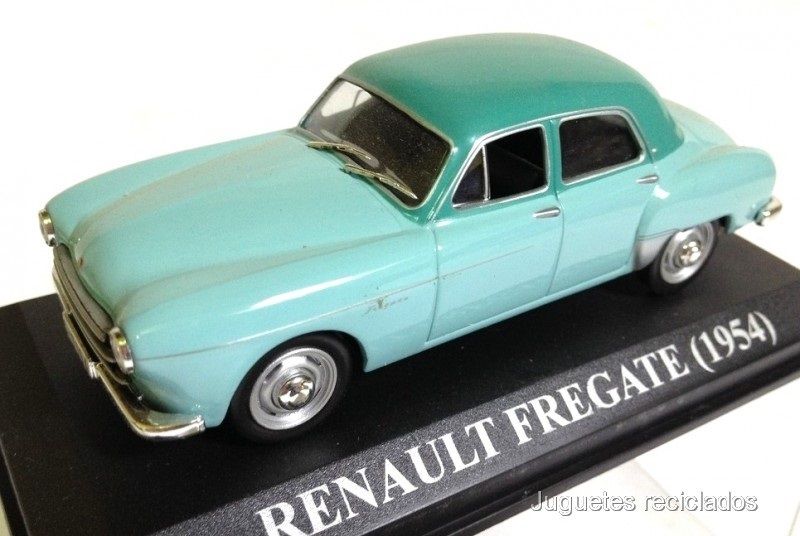
EDICOLA – RENAULT – FREGATE 1954
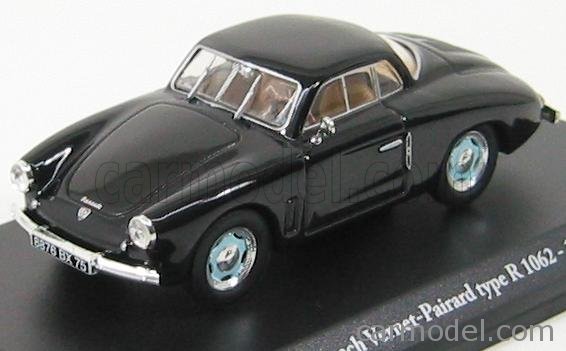
EDICOLA – RENAULT – 4CV COACH VERNET-PAIRARD TYPE R1062 1954
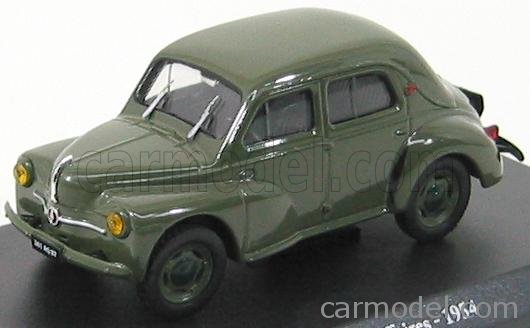
EDICOLA – RENAULT – 4CV AFFAIRES 1954
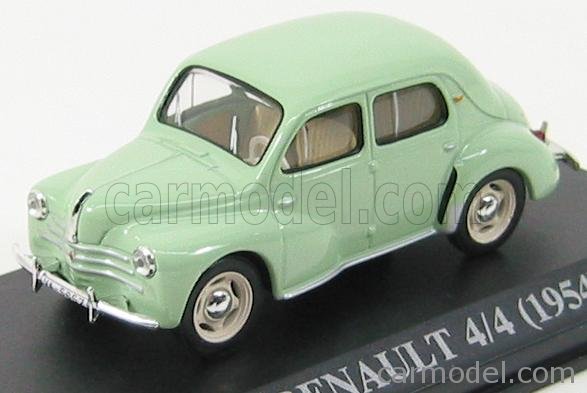
EDICOLA – RENAULT – 4/4 1954
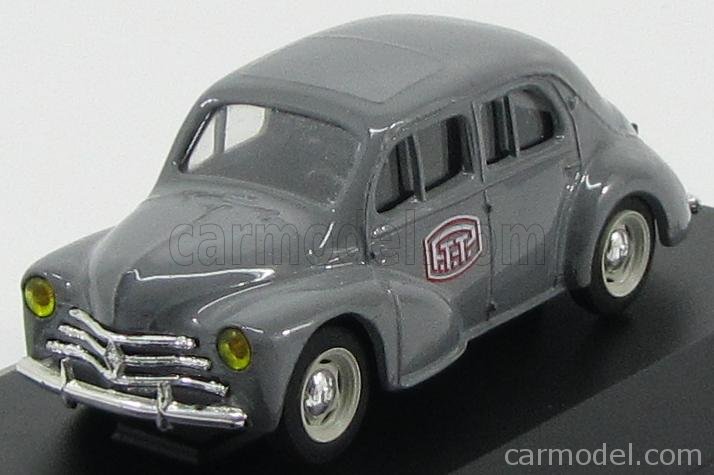
ELIGOR – RENAULT – 4CV 1954 PTT P.T.T.
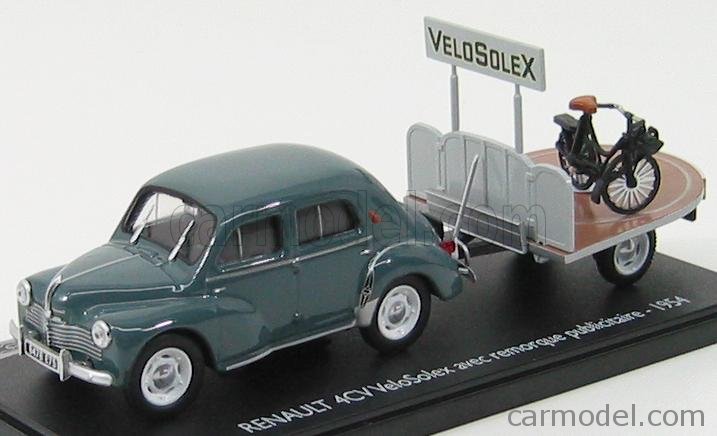
ELIGOR – RENAULT – 4CV 1954 + REMORQUE TRAILER PUBLICITAIRE VOLO SOLEX
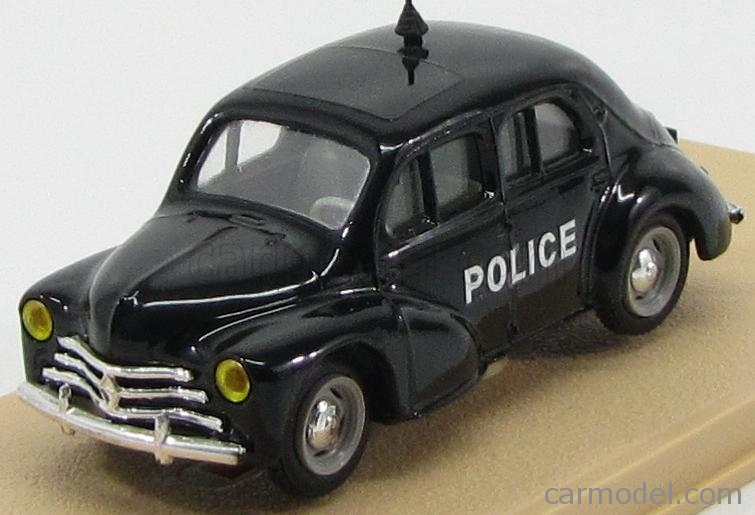
ELIGOR – RENAULT – 4CV POLICE PARISIENNE 1954
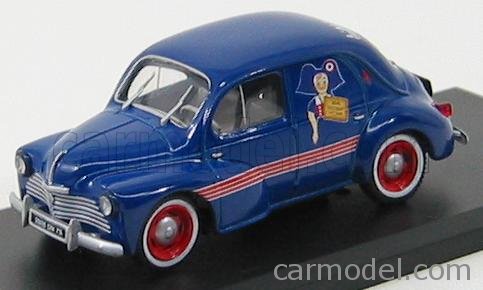
SOLIDO – RENAULT – 4CV L’ALSACIENNE BICUITS AU LAIT FRAIS 1954
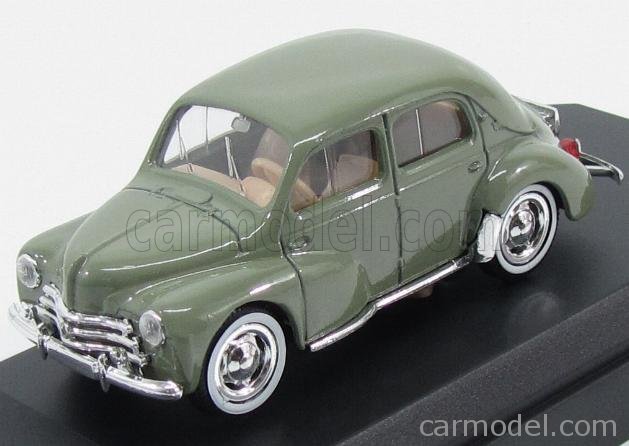
SOLIDO – RENAULT – 4 CV 1954
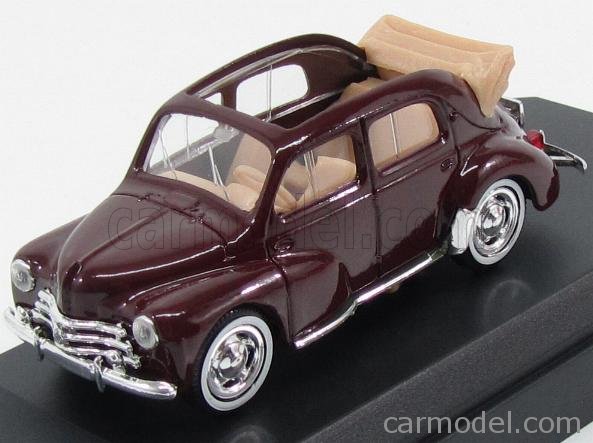
SOLIDO – RENAULT – 4 CV DECOUVRABLE 1954
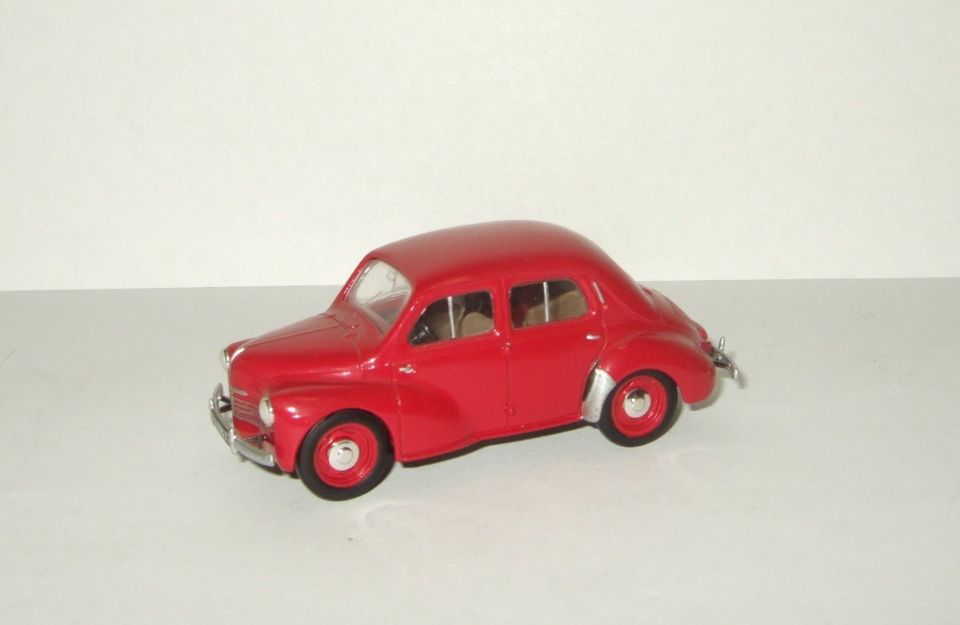
HELLER PLAST – RENAULT – 4CV 1954
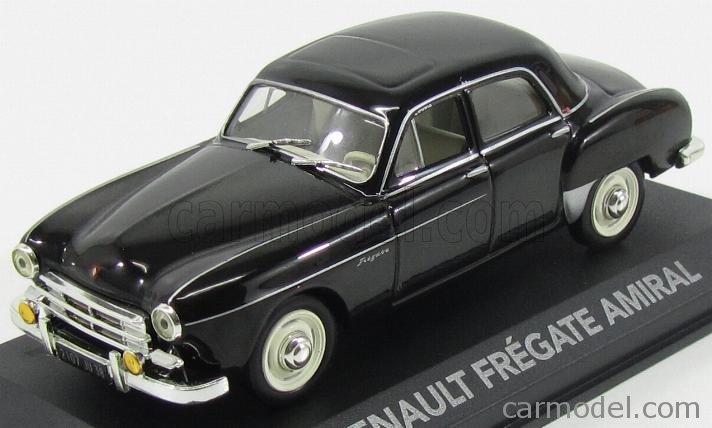
EDICOLA – RENAULT – FREGATE AMIRAL 1955
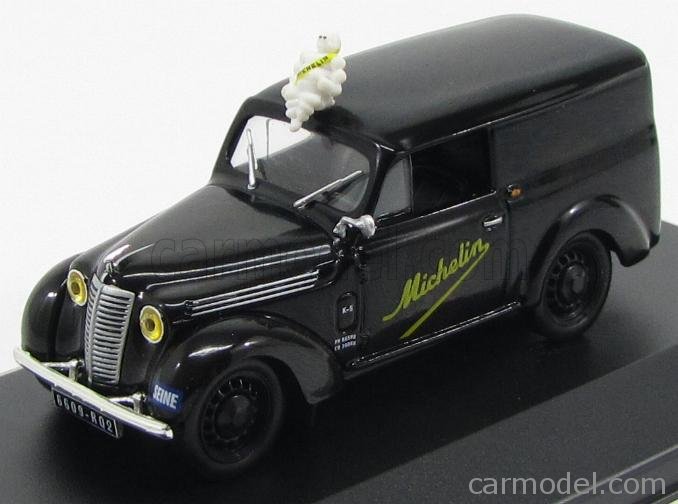
EDICOLA – RENAULT – JUVAQUATRE VAN MICHELIN 1955
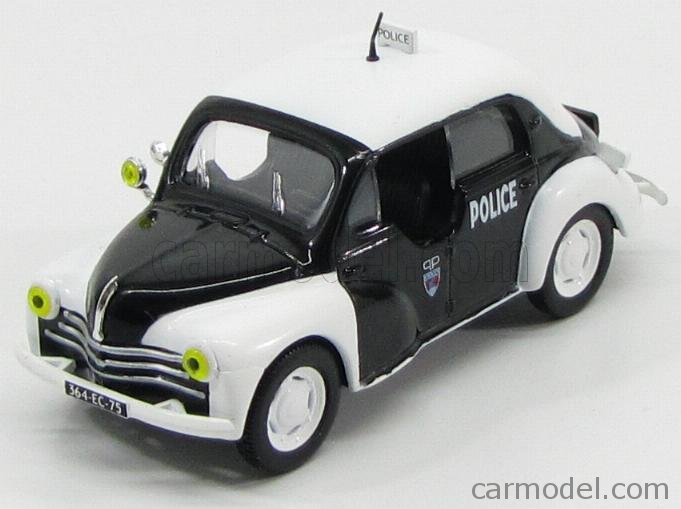
EDICOLA – RENAULT – 4CV POLICE 1955
ALTAYA – RENAULT – 4CV POLICE DE MONACO 1955
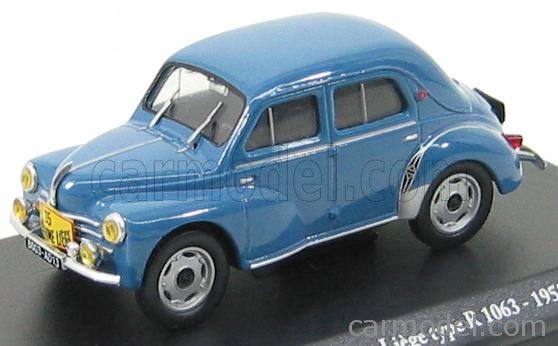
EDICOLA – RENAULT – 4CV R1063 N 35 RALLY LIEGE – ROMA – LIEGE 1955
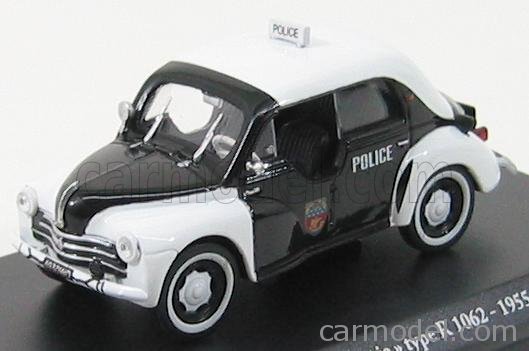
EDICOLA – RENAULT – 4CV TYPE R1062 POLICE 1955
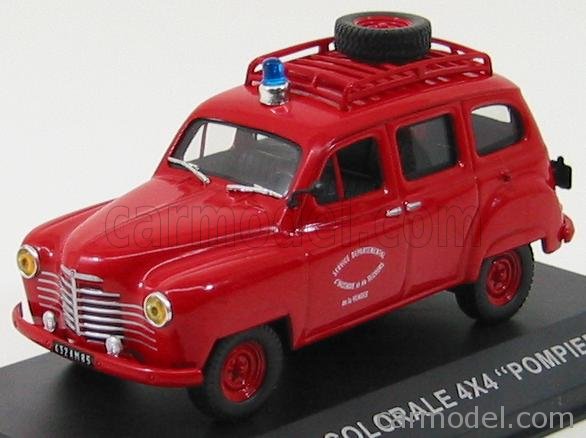
EDICOLA – RENAULT – COLORALE 4X4 POMPIES – FIRE ENGINE 1955
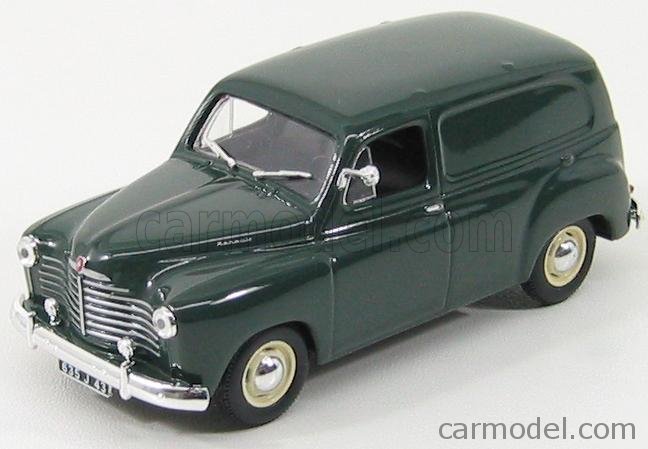
EDICOLA – RENAULT – COLORALE VAN 1955
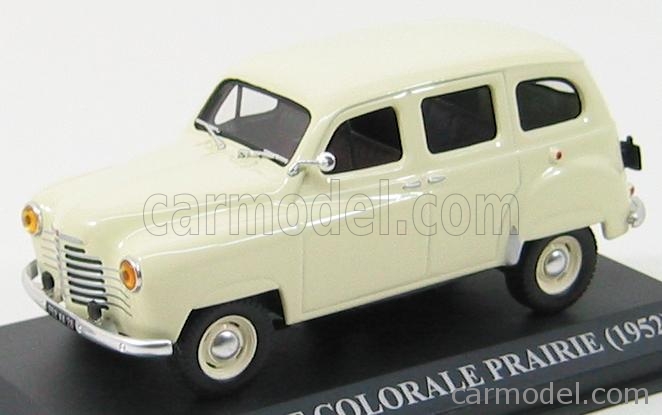
EDICOLA – RENAULT – COLORALE PRAIRIE 1955
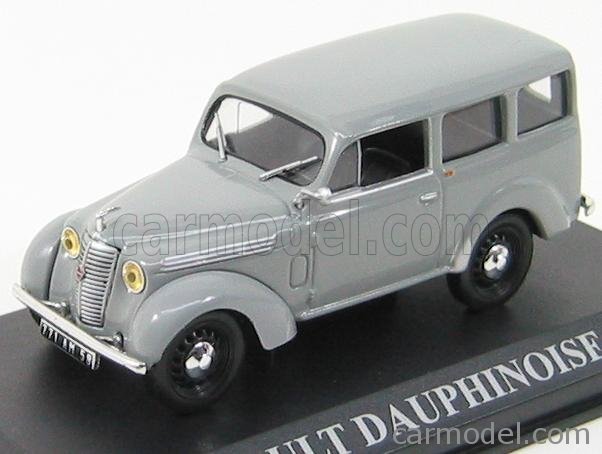
EDICOLA – RENAULT – DAUPHINOISE 1955
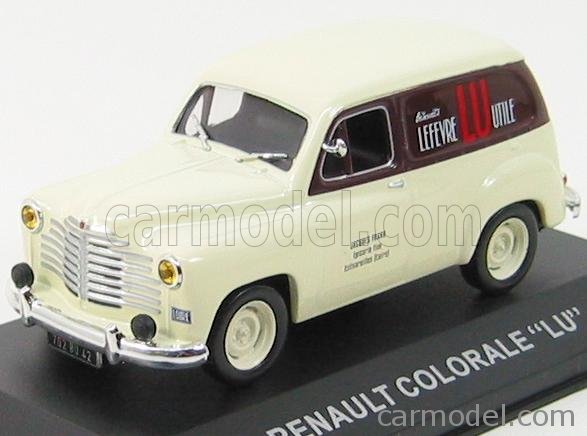
EDICOLA – RENAULT – COLORALE VAN – LU 1955
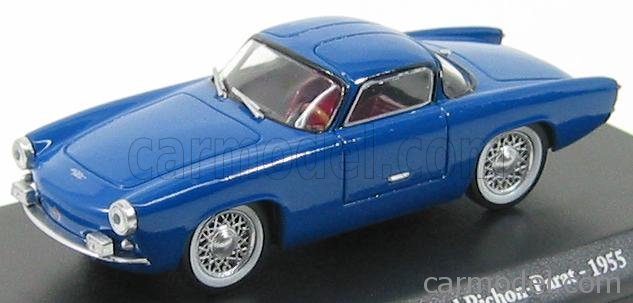
EDICOLA – RENAULT – 4CV BERLINETTE IZOARD PICHON-PARAT 1955
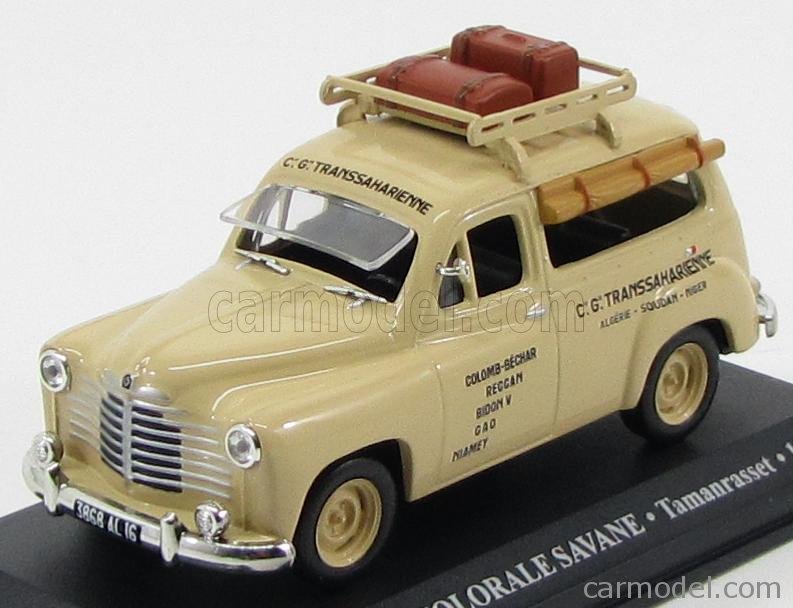
EDICOLA – RENAULT – COLORALE SAVANE TAXI TAMANRASSET – ALGERIA – SOUDAN – NIGER 1955
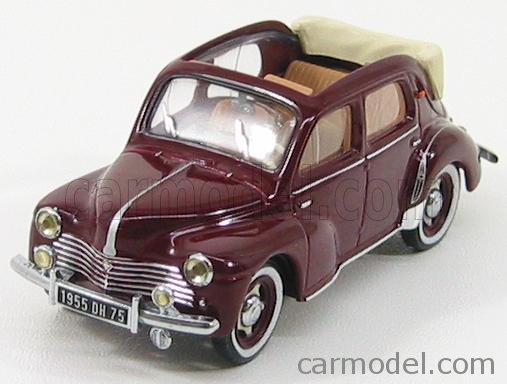
IXO-MODELS – RENAULT – 4CV DECOUVRABLE 1955
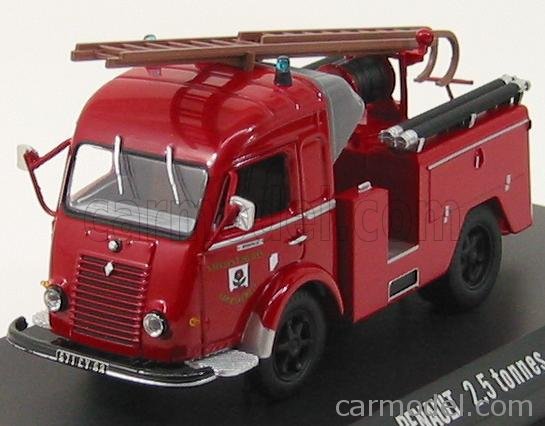
NOREV – RENAULT – 2.5 TON FIRE ENGINE WITH SCALA 1955
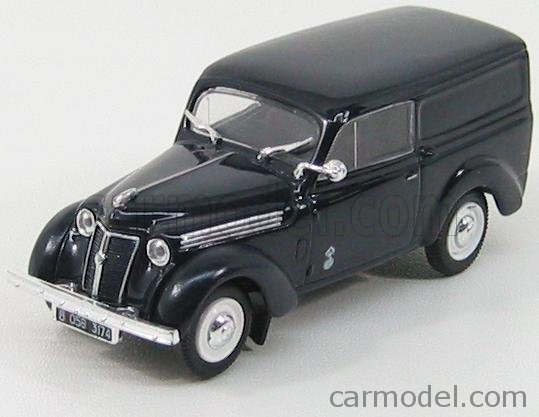
NOREV – RENAULT – JUVAQUATRE GENDARMERIE – POLICE 1955
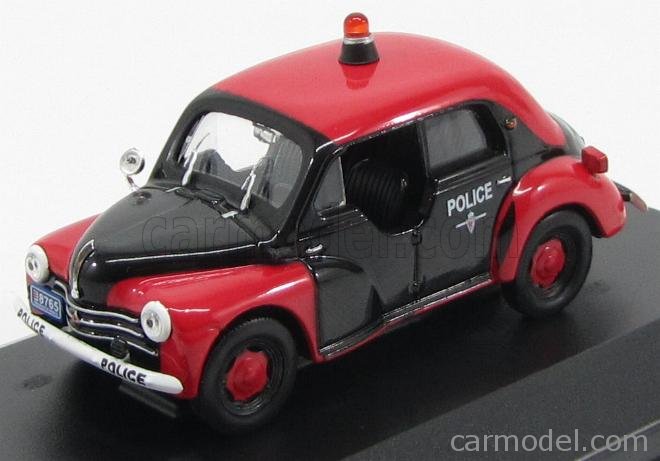
EDICOLA – RENAULT – 4CV MONEGASQUE R 1062 1956 – POLICE
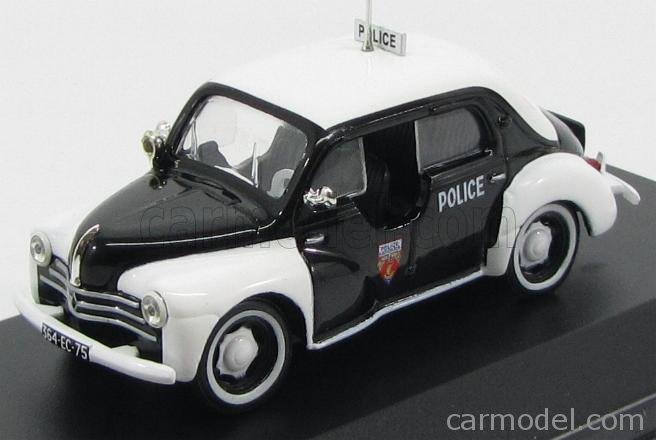
EDICOLA – RENAULT – 4CV PIE POLICE DE PARIS 1956
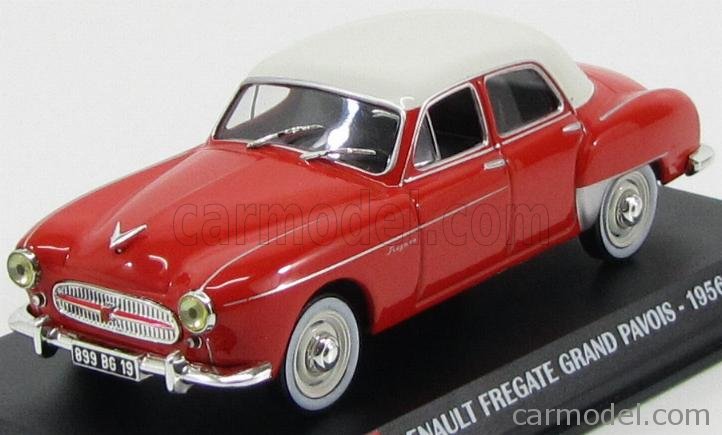
EDICOLA – RENAULT – FREGATE GRAND PAVOIS 1956
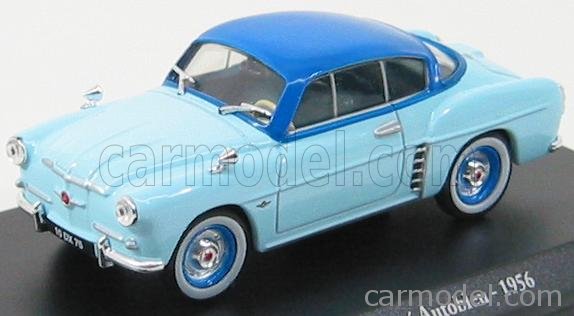
EDICOLA – RENAULT – 4CV COUPE AUTOBLEU 1956
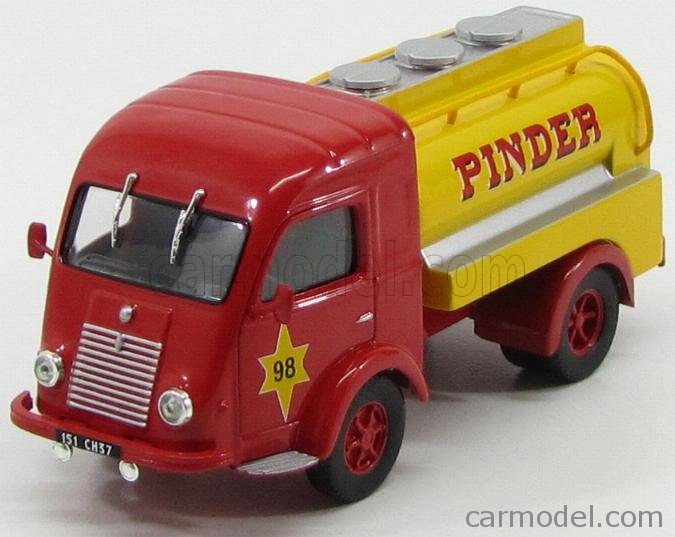
EDICOLA – RENAULT – GALION TANKER PINDER 1956
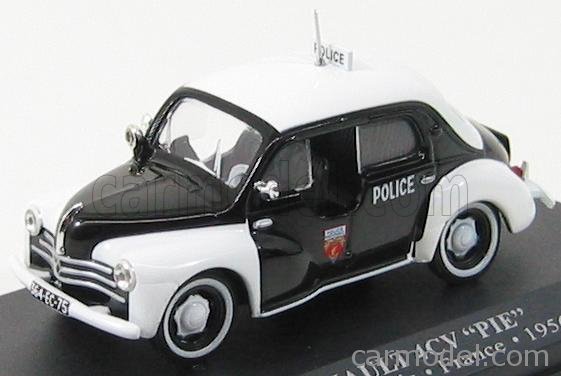
EDICOLA – RENAULT – 4CV PIE POLICE DE PARIS 1956
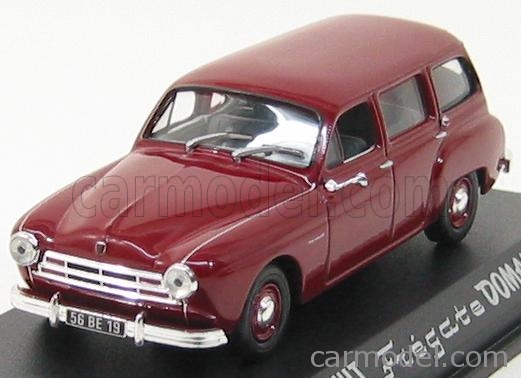
NOREV – RENAULT – FREGATE DOMAINE 1956
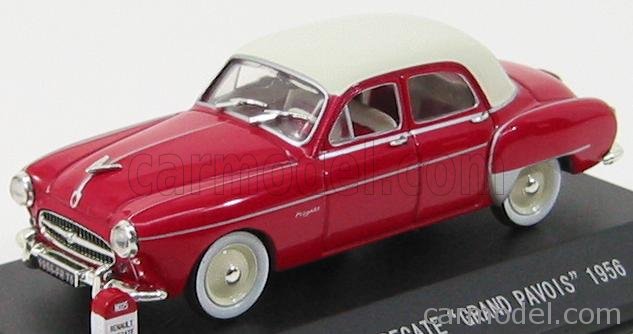
NOSTALGIE – RENAULT – FREGATE GRAND PAVOIS 1956
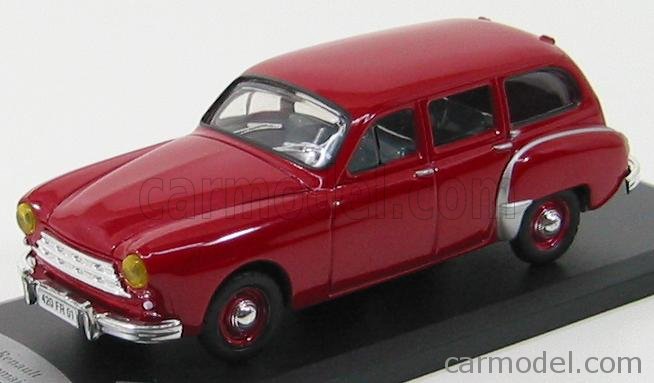
SOLIDO – RENAULT – FREGATE DOMAINE 1956
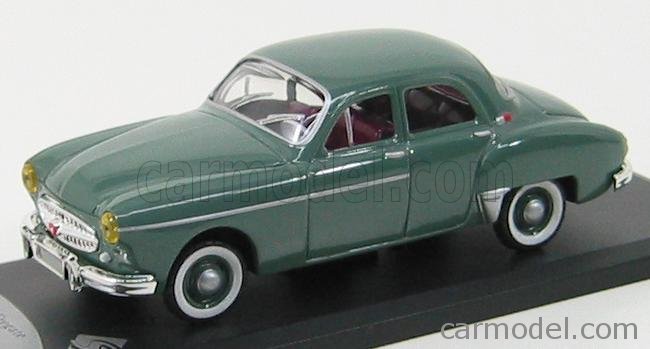
SOLIDO – RENAULT – FREGATE 1956
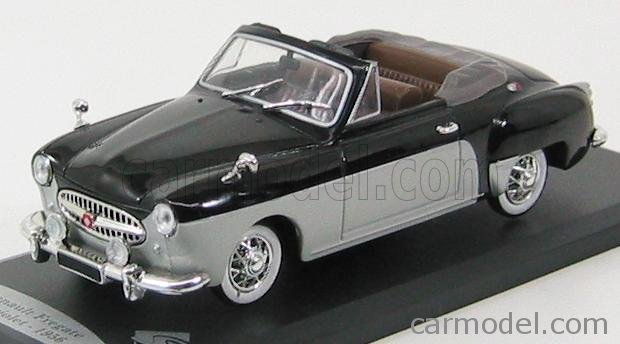
SOLIDO – RENAULT – FREGATE CABRIOLET 1956
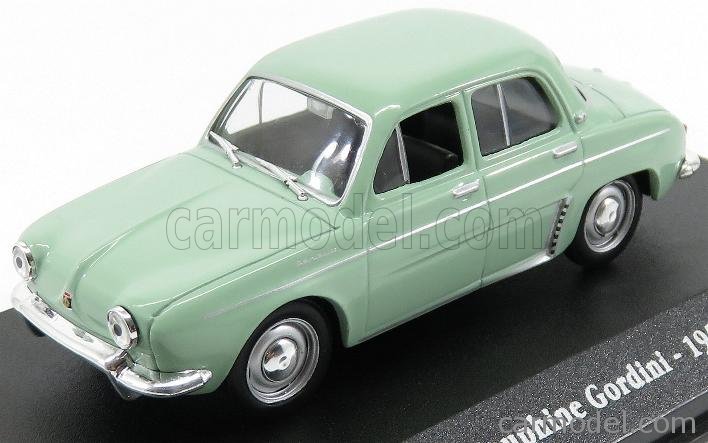
EDICOLA – RENAULT – DAUPHINE GORDINI 1957
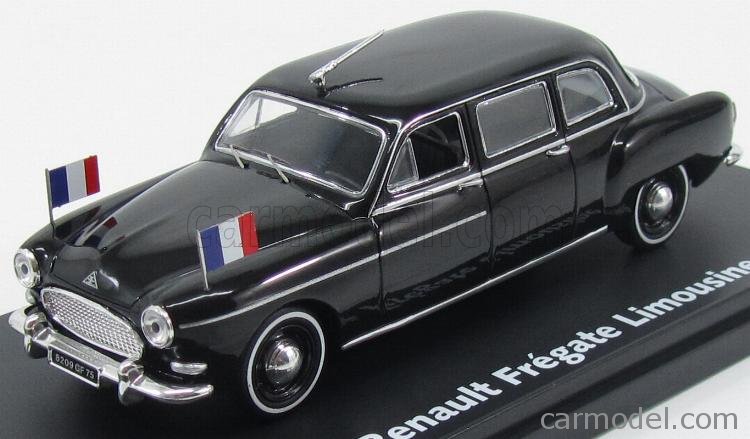
NOREV – RENAULT – FREGATE LIMOUSINE PRESIDENTIAL GENERAL DE GAULLE 1957
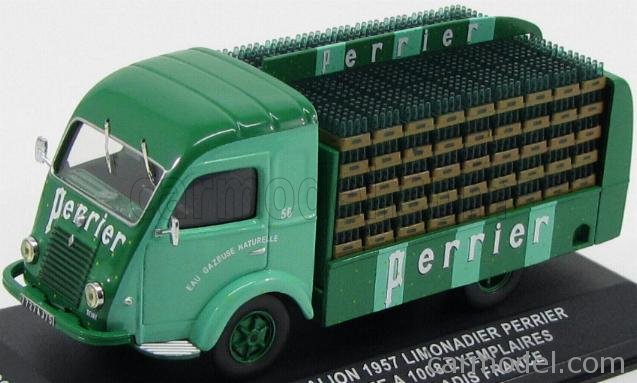
IXO-MODELS – RENAULT – GALION TRUCK LIMONADIER PERRIER 1957
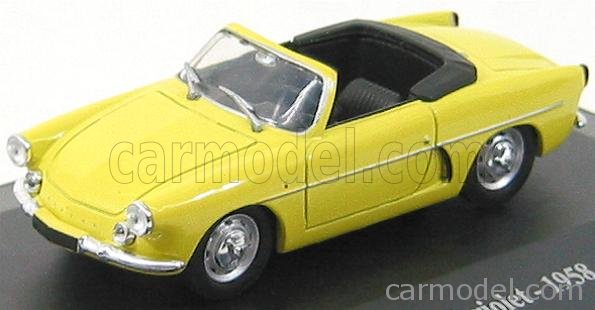
EDICOLA – RENAULT – ALPINE CABRIOLET 1958
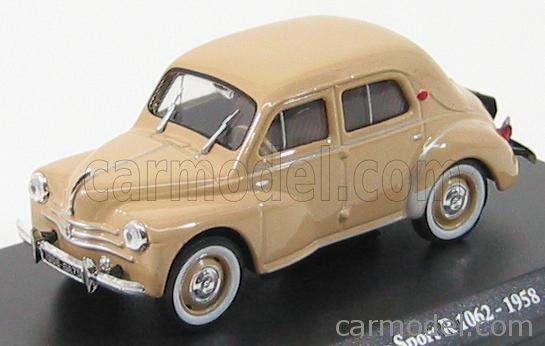
EDICOLA – RENAULT – 4CV R1062 BERLINE SPORT 1958
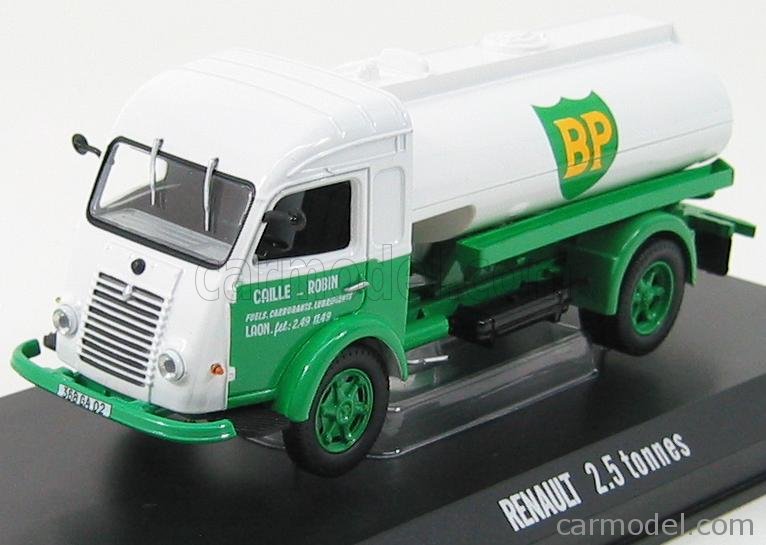
NOREV – RENAULT – GALION 2.5 TON TANKER TRUCK – BP 1958
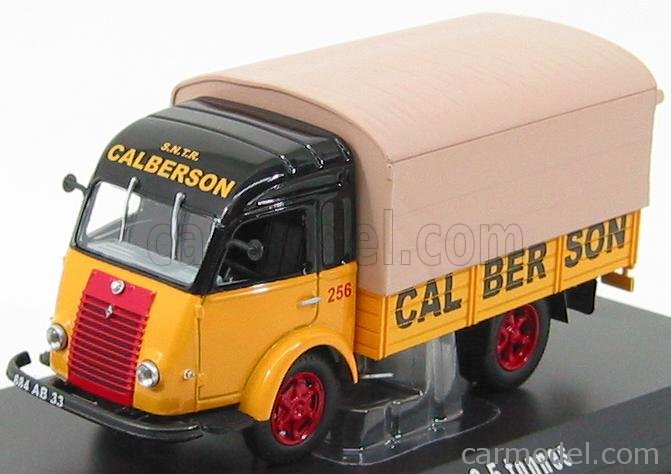
NOREV – RENAULT – GALION 2.5 TON TRUCK – CALBERSON 1958
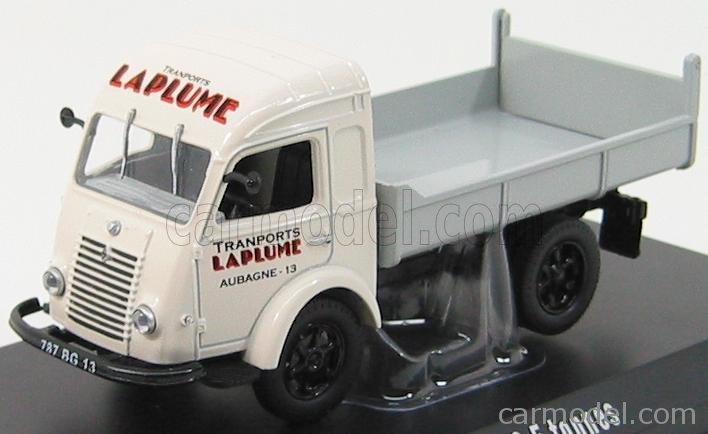
NOREV – RENAULT – GALION TRUCK TRANSPORT – LA PLUME 1958
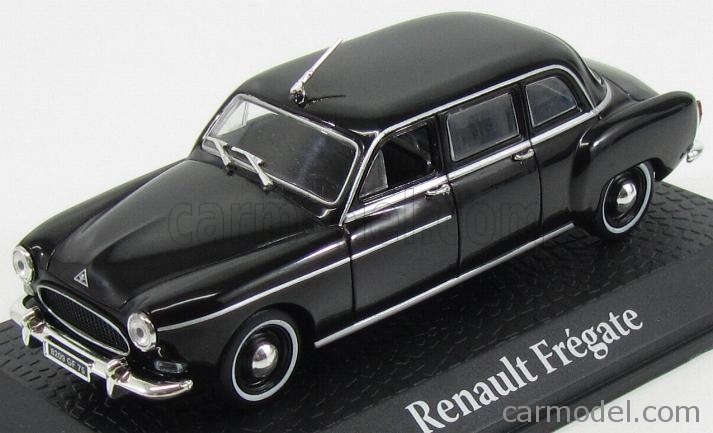
EDICOLA – RENAULT – FREGATE LIMOUSINE PRESIDENTIAL EINSENHOWER USA 1959
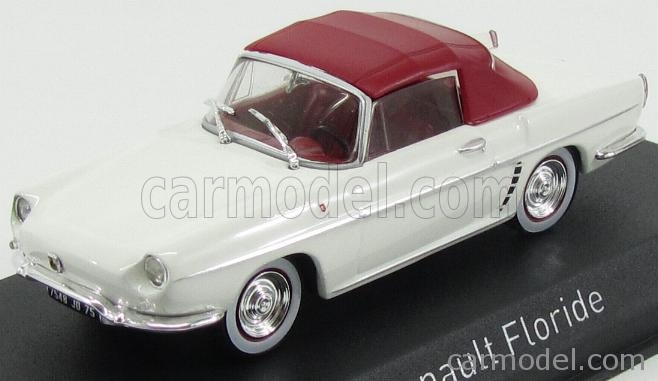
NOREV – RENAULT – FLORIDE CABRIOLET 1959
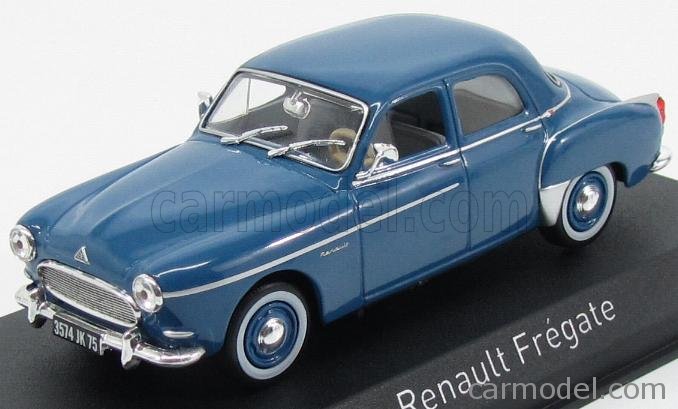
NOREV – RENAULT – FREGATE 1959
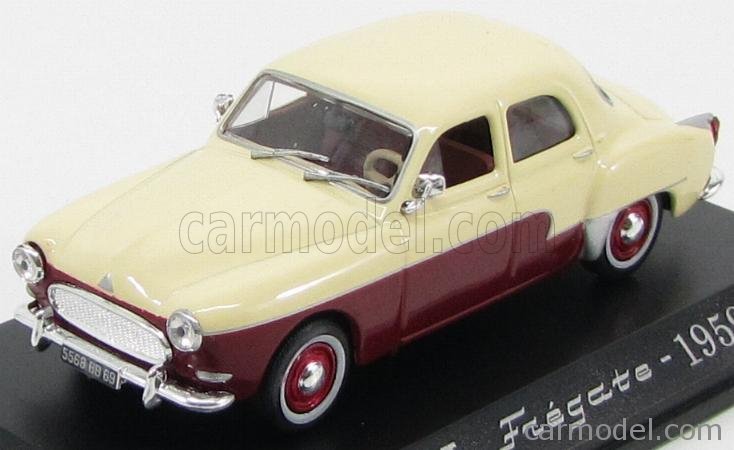
EDICOLA – RENAULT – FREGATE 4-DOOR 1959
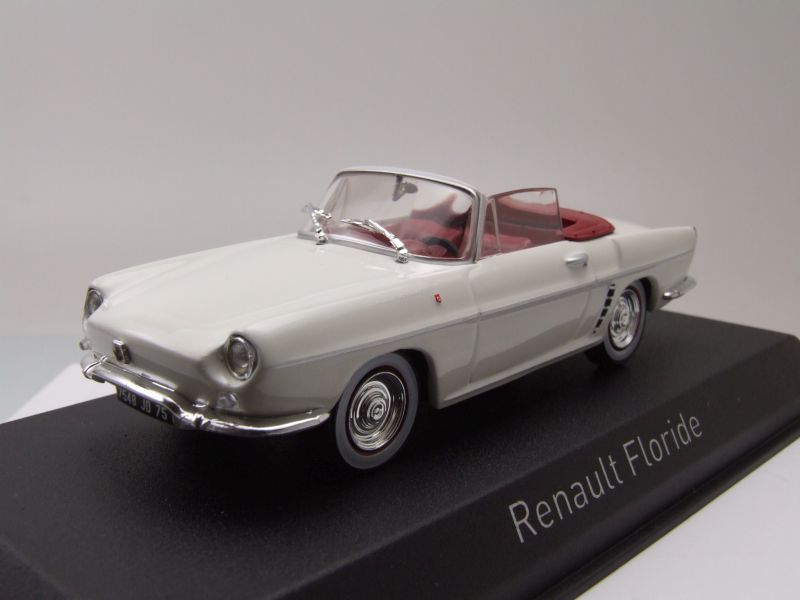
EDICOLA – RENAULT – FLORIDE SPIDER 1959
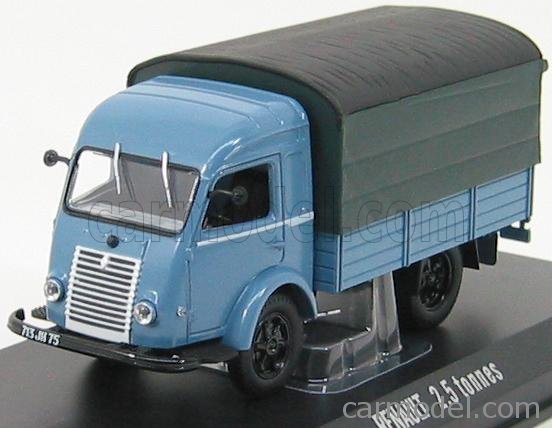
NOREV – RENAULT – GALION VAN TRUCK RIDELLE 1959
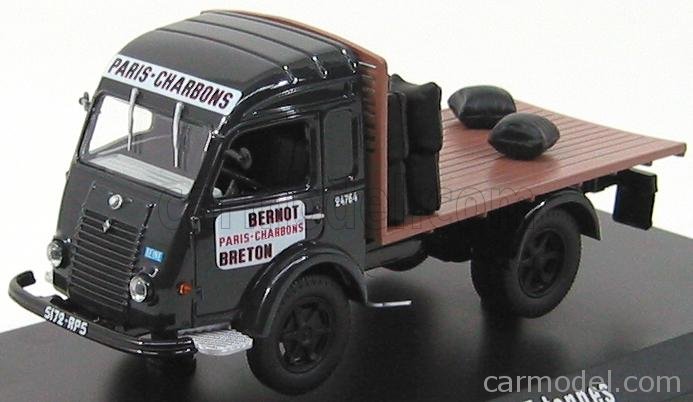
NOREV – RENAULT – GALION TRUCK CHARBONNIER 1959
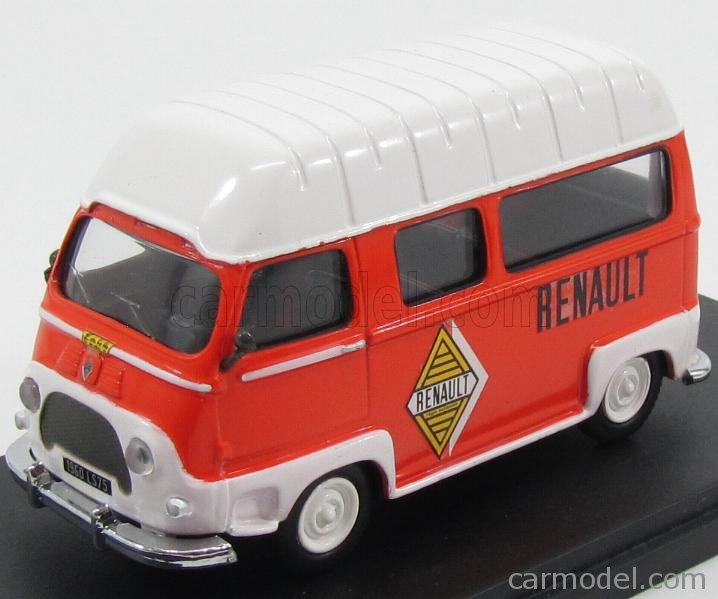
VITESSE – RENAULT – STAFETTE VAN SERVICE RENAULT LE MANS 1960
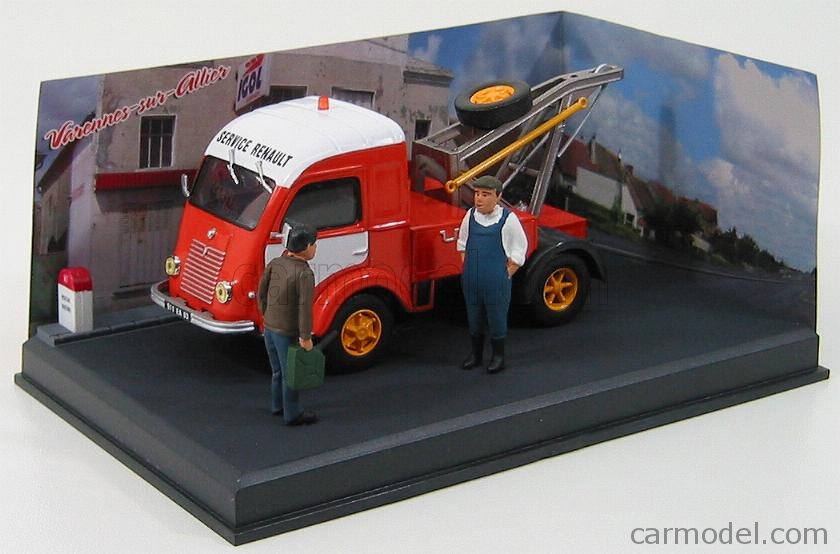
EDICOLA – RENAULT – GALION 1960 – LE DEPANNAGE
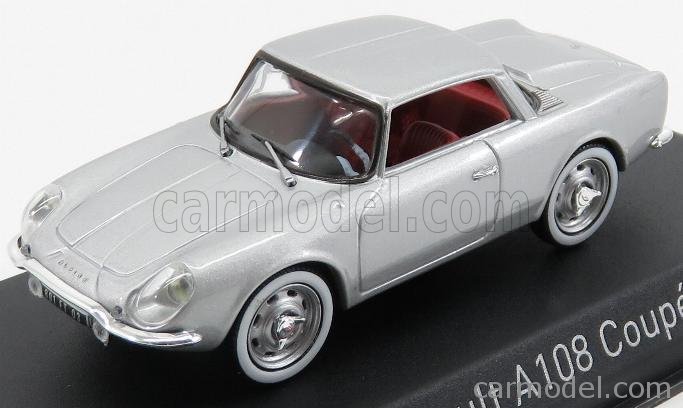
NOREV – RENAULT – A108 2+2 COUPE 1961
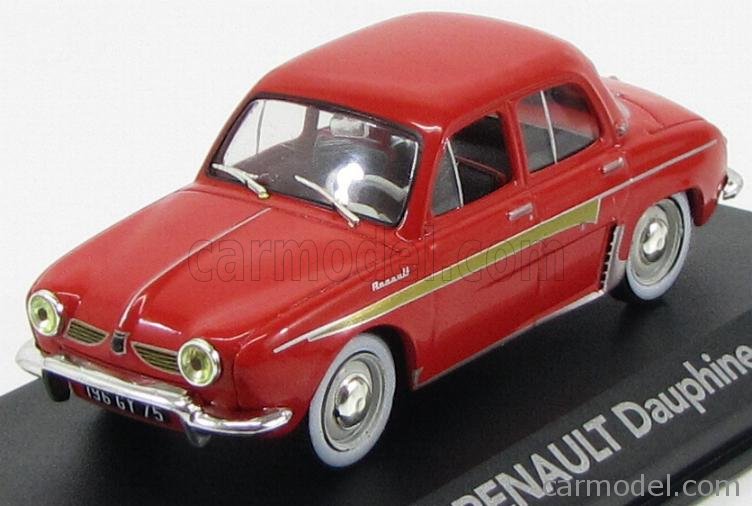
EDICOLA – RENAULT – DAUPHINE 1961
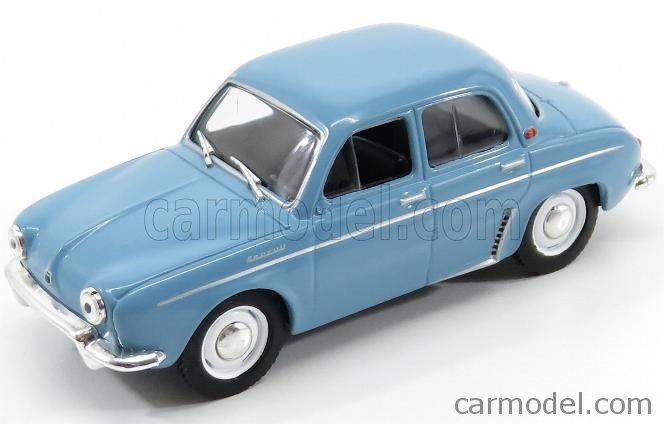
EDICOLA – RENAULT – DAUPHINE 1961
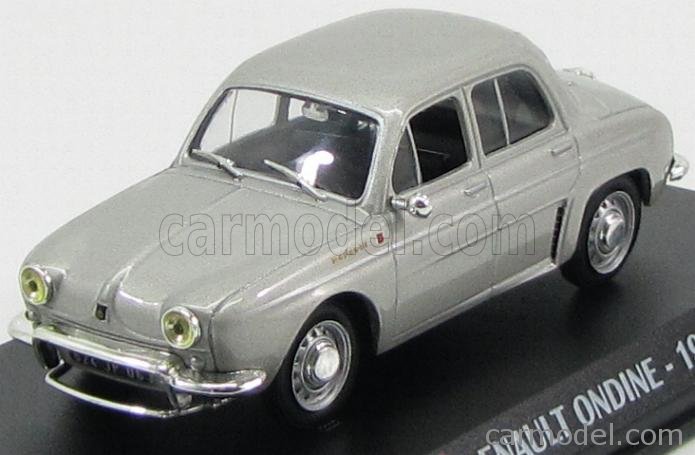
EDICOLA – RENAULT – ONDINE 1961 – CON VETRINA – WITH SHOWCASE
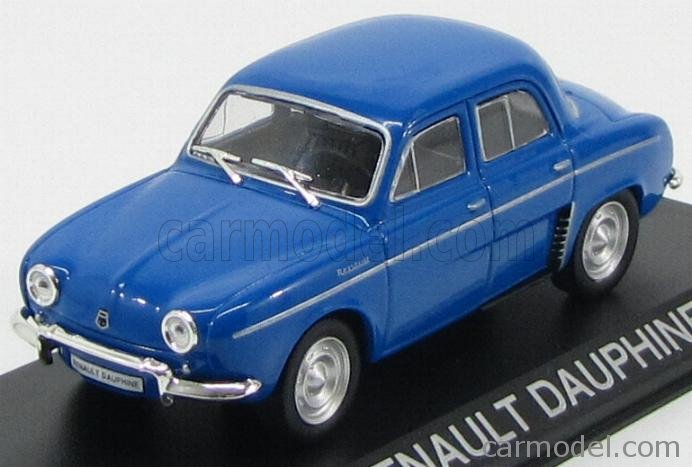
EDICOLA – RENAULT – DAUPHINE 1961
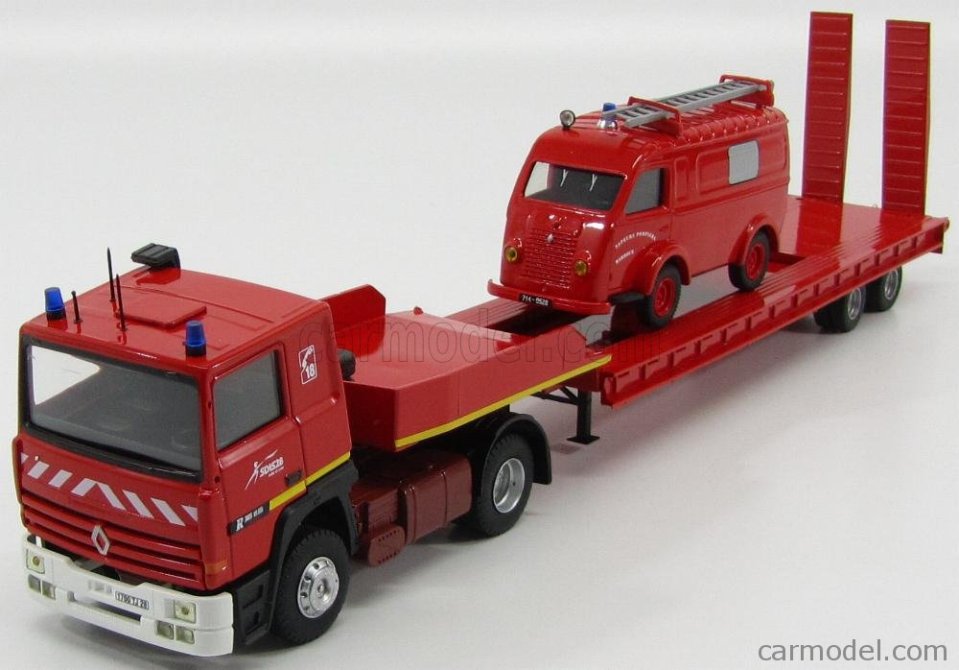
ELIGOR – RENAULT – R385 Ti MAJOR TRUCK PIANALE WITH TRAILER SAPEURS POMPIER 1996 + 1000kg VAN 1961
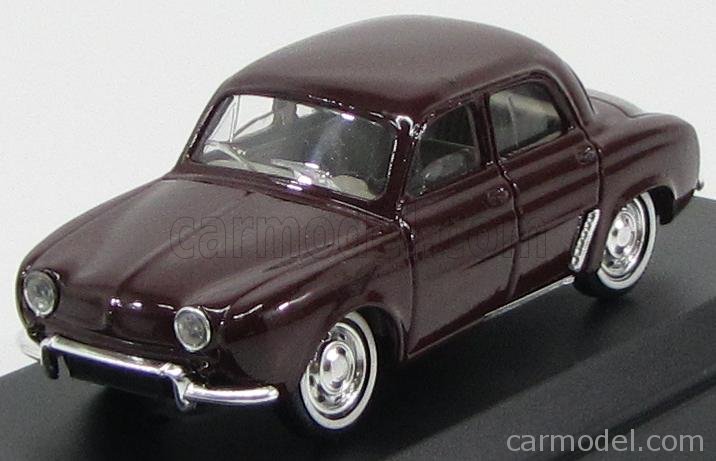
SOLIDO – RENAULT – DAUPHINE 1961
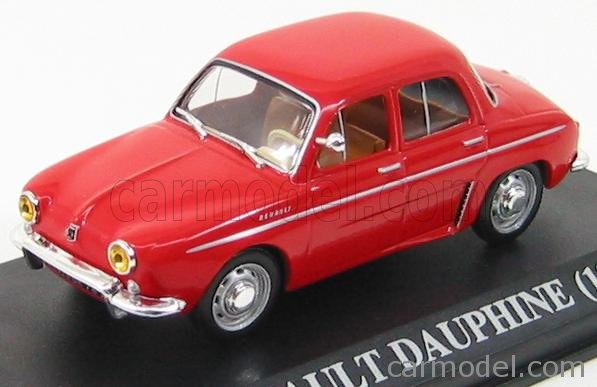
EDICOLA – RENAULT – DAUPHINE 1961
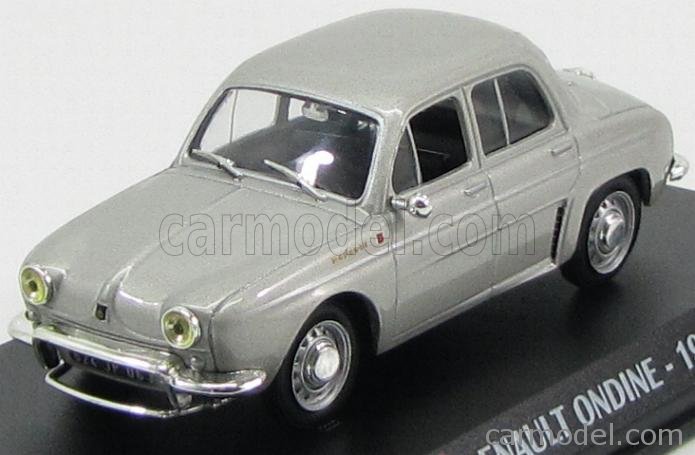
EDICOLA – RENAULT – ONDINE 1961
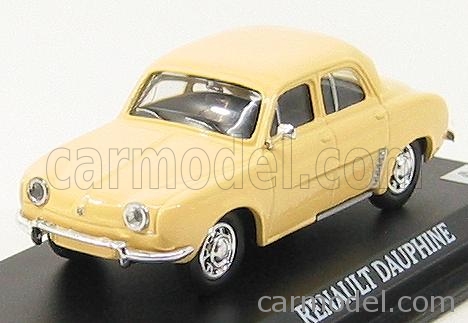
EDICOLA – RENAULT – DAUPHINE 1961
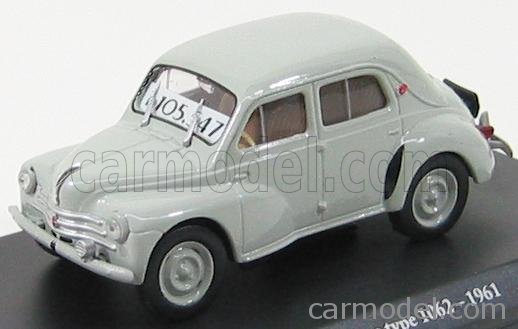
EDICOLA – RENAULT – 4CV BERLINE TYPE 1062 N 1.105.547 – 1961
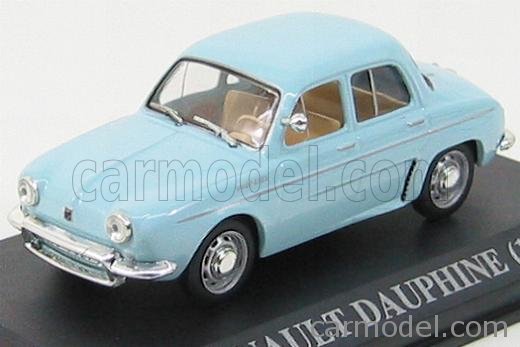
EDICOLA – RENAULT – DAUPHINE 1961
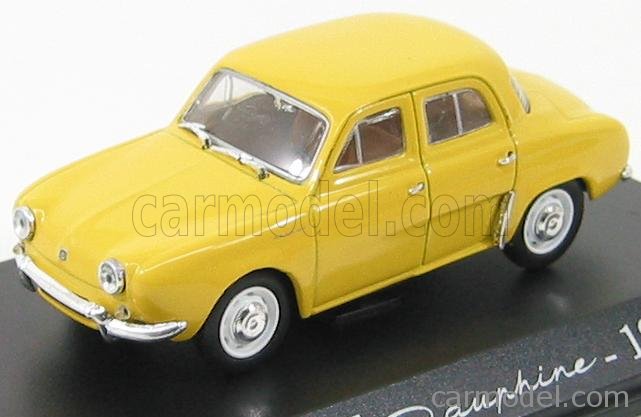
EDICOLA – RENAULT – DAUPHINE 1961
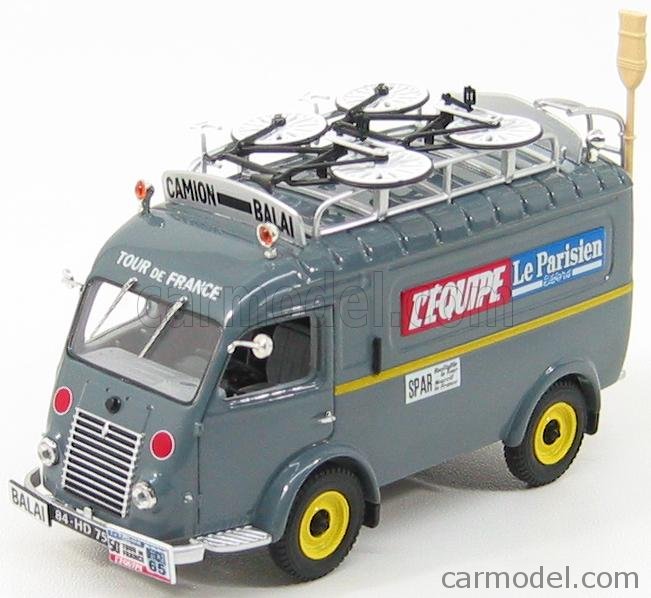
NOREV – RENAULT – 1000KG VAN BALAI TOUR DE FRANCE 1961
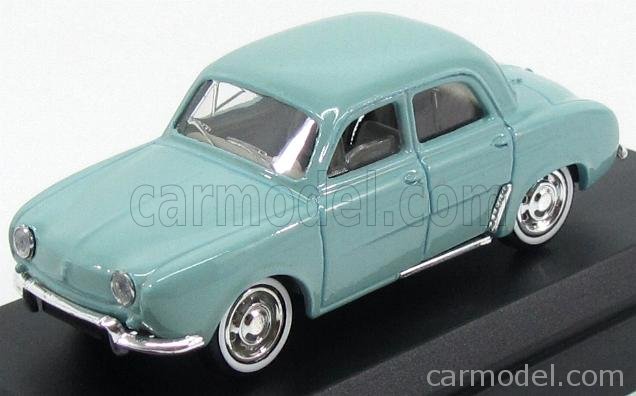
SOLIDO – RENAULT – DAUPHINE 1961
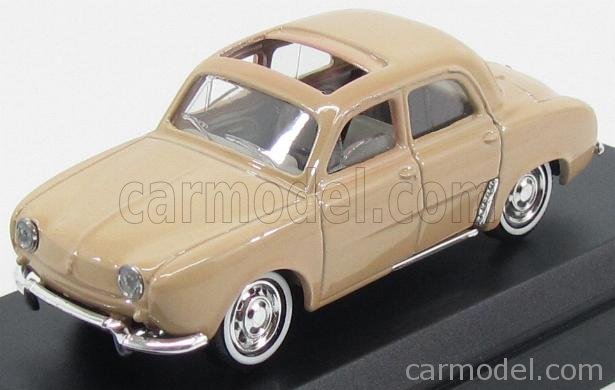
SOLIDO – RENAULT – DAUPHINE OPEN ROOF 1961
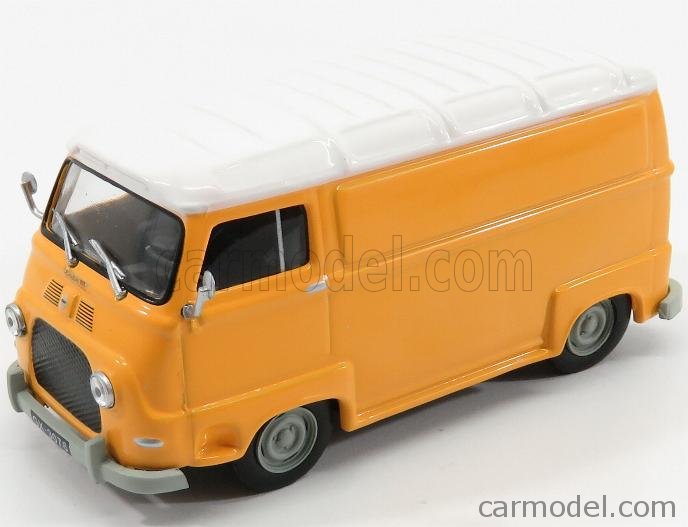
EDICOLA – RENAULT – ESTAFETTE VAN 1962
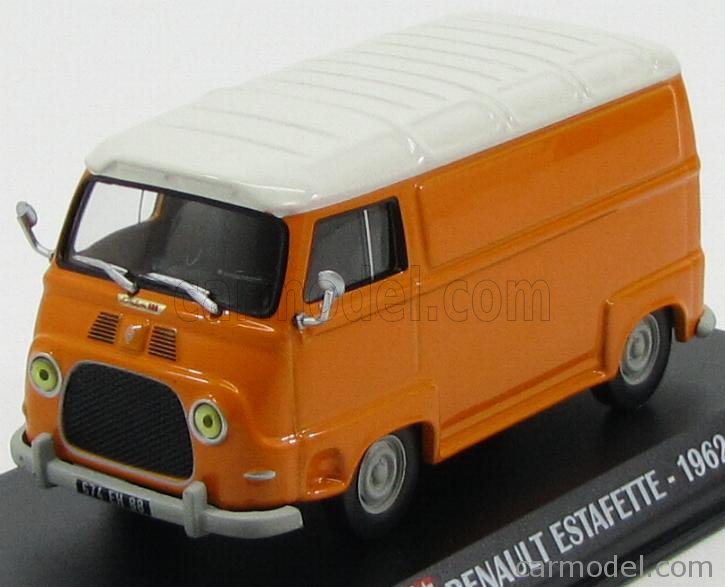
EDICOLA – RENAULT – ESTAFETTE VAN 1962
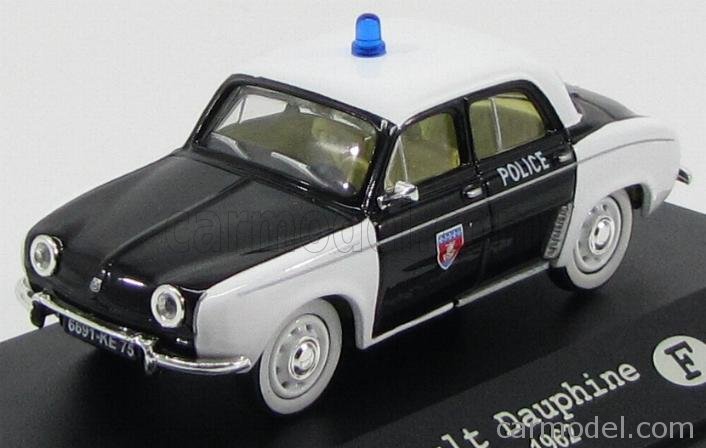
EDICOLA – RENAULT – DAUPHINE POLICE 1962
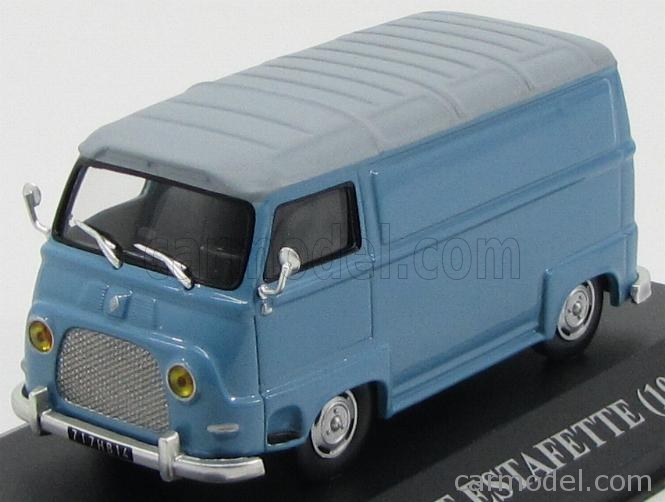
EDICOLA – RENAULT – ESTAFETTE VAN 1962
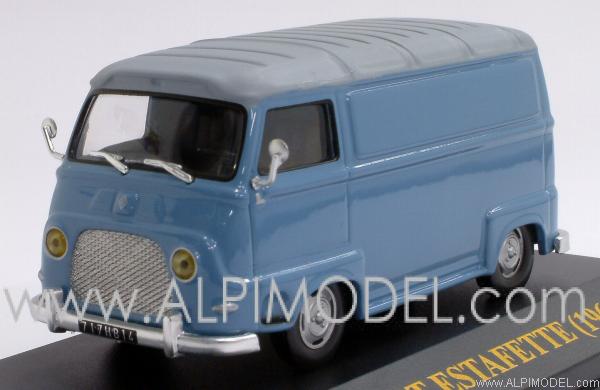
IXO-MODELS – RENAULT – ESTAFETTE VAN 1962
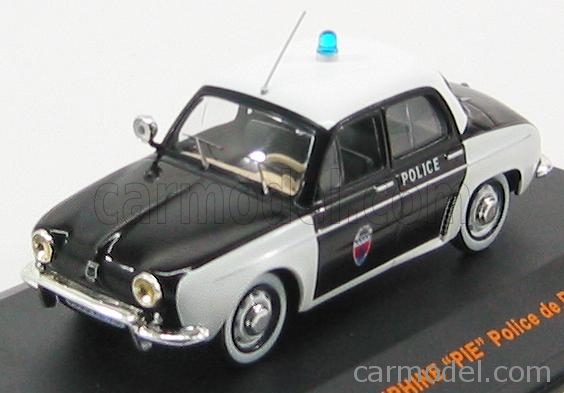
IXO-MODELS – RENAULT – DAUPHINE POLICE PARIS 1962
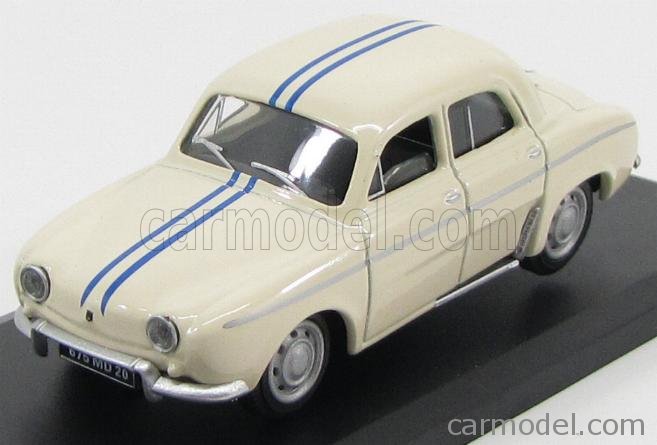
SOLIDO – RENAULT – DAUPHINE 1093 1962
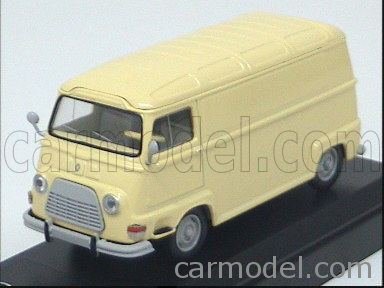
SOLIDO – RENAULT – ESTAFETTE VAN 1962
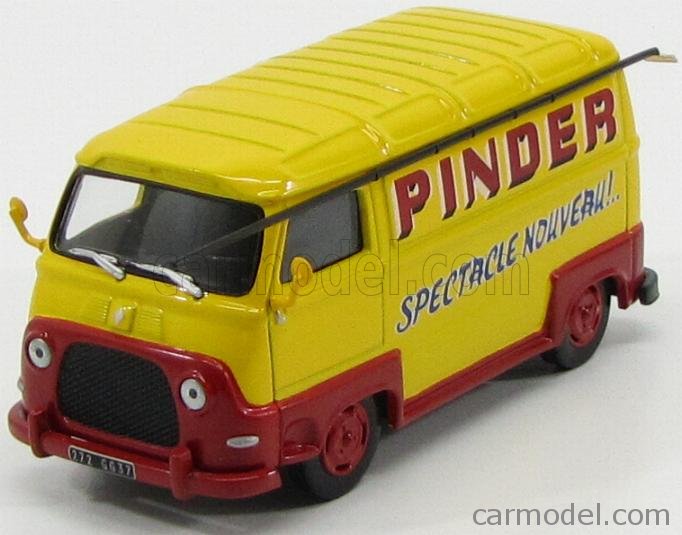
EDICOLA – RENAULT – ESTAFETTE VAN SERVICE PUBLICITE FURGONE AFFISIONI PINDER 1963
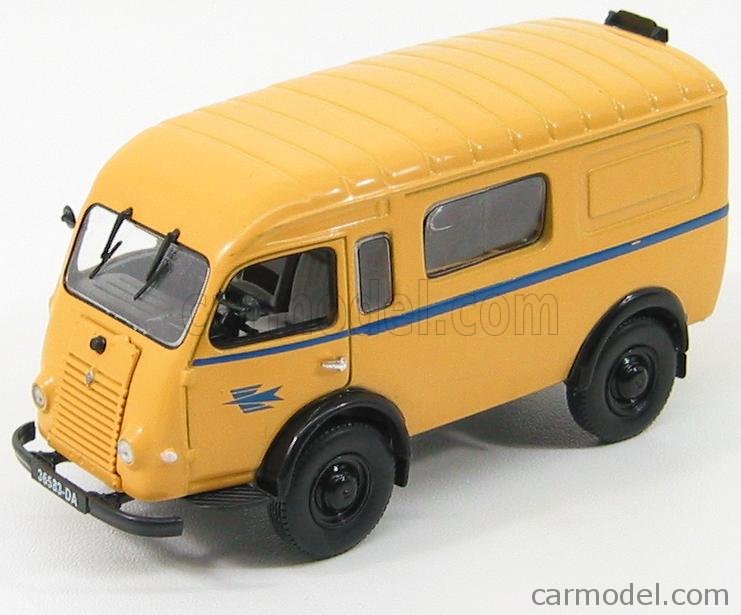
EDICOLA – RENAULT – 1000KG VAN LA POSTE 1963
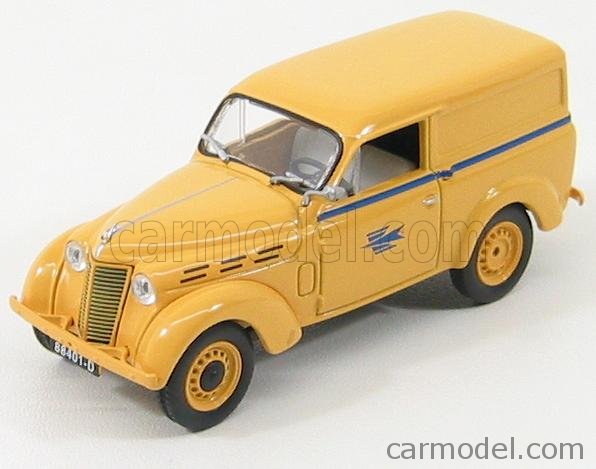
EDICOLA – RENAULT – R2101 VAN DAUPHINOISE LA POSTE 1963
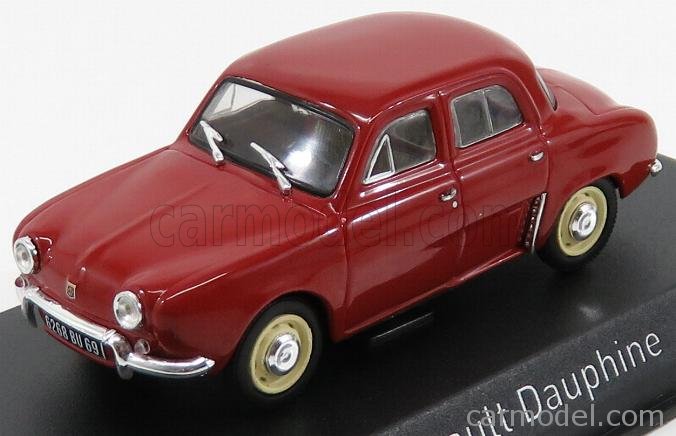
NOREV – RENAULT – DAUPHINE 1963
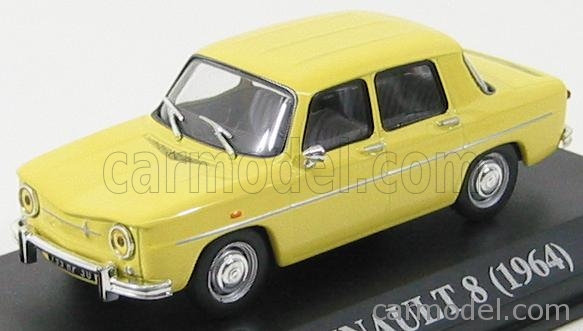
EDICOLA – RENAULT – 8 1964
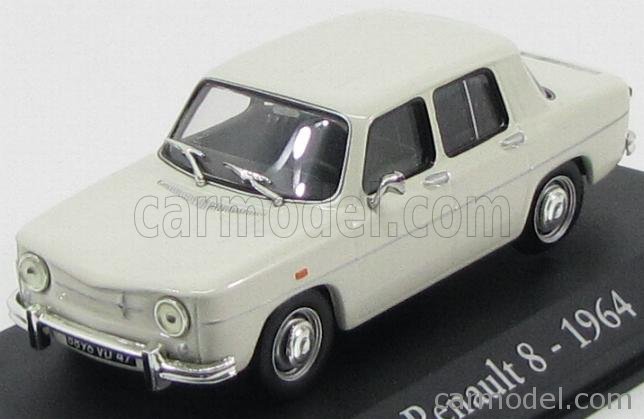
EDICOLA – RENAULT – R8 1964
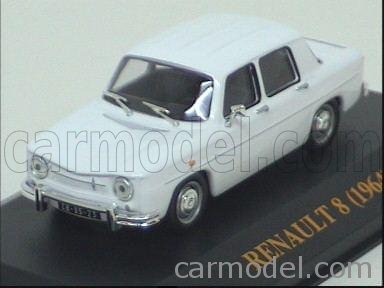
IXO-MODELS – RENAULT – 8 1964
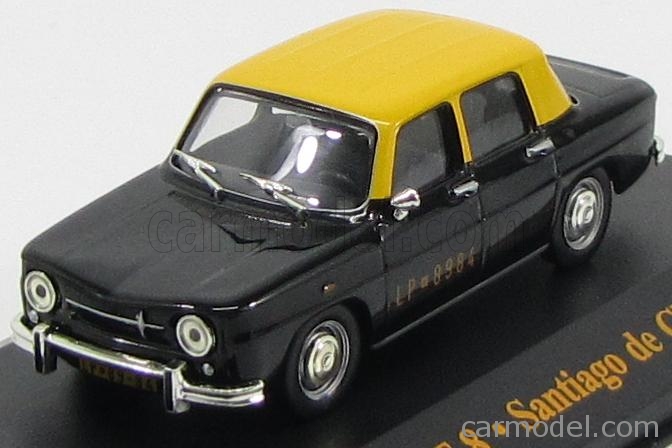
IXO-MODELS – RENAULT – 8 TAXI SANTIAGO DE CHILE 1965
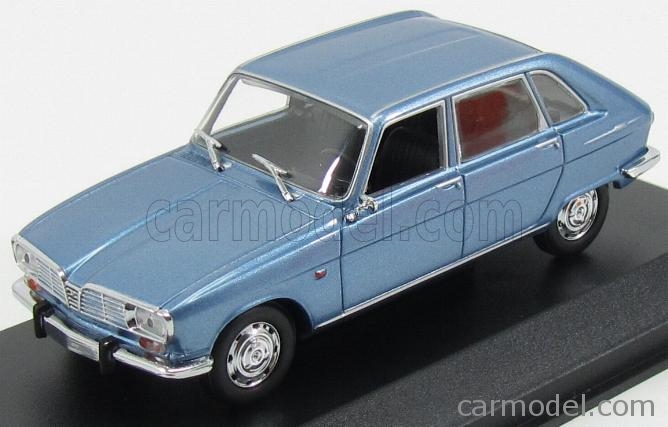
MINICHAMPS – RENAULT – R16 1965
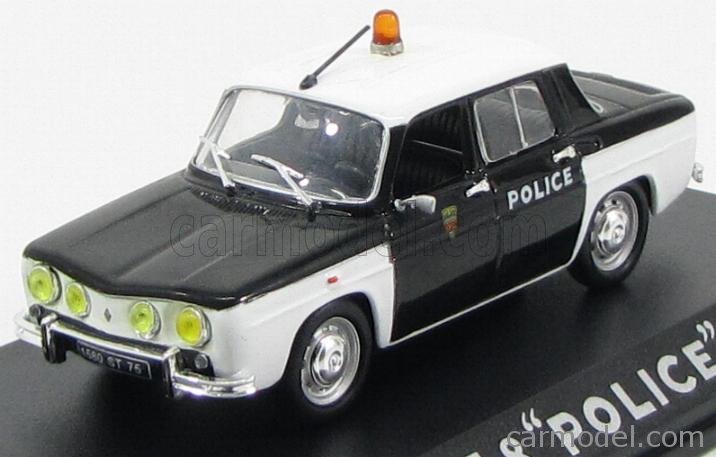
EDICOLA – RENAULT – R8 POLICE 1965
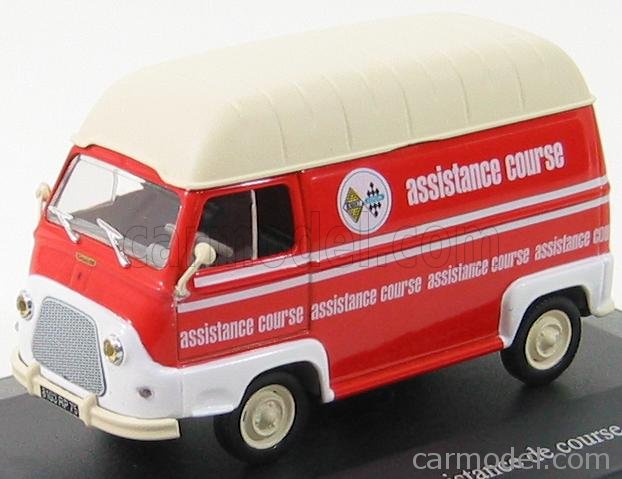
EDICOLA – RENAULT – ESTAFETTE VAN – RENAULT ASSISTANCE COURSE – 1965
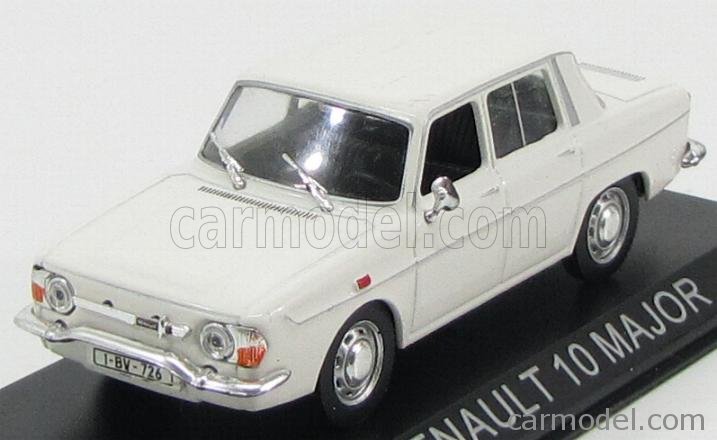
EDICOLA – RENAULT – 10 MAJOR 1965
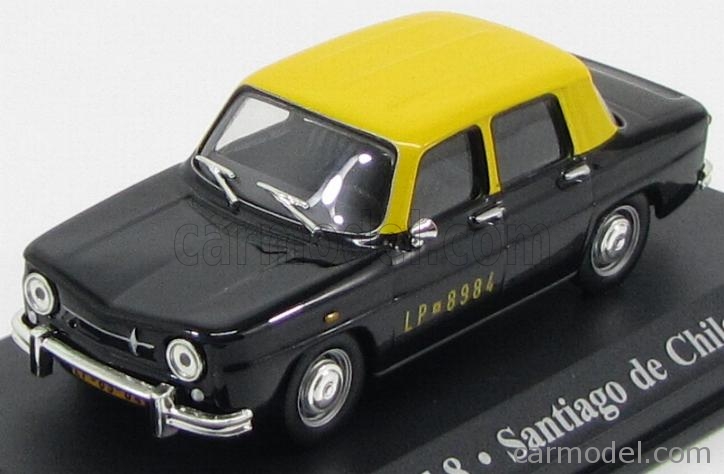
EDICOLA – RENAULT – 8 TAXI SANTIAGO DE CHILE 1965
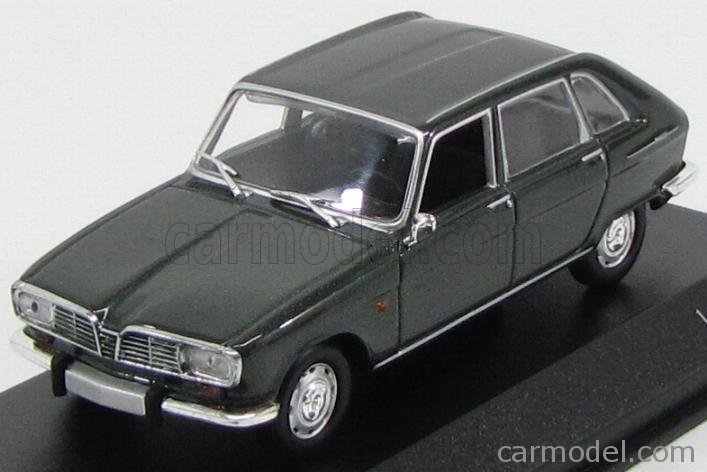
MINICHAMPS – RENAULT – 16 1965
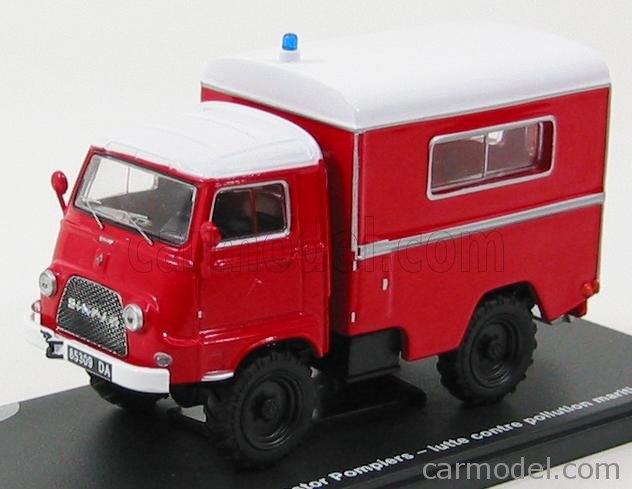
ELIGOR – RENAULT – SINPAR CASTOR TRUCK 1965 POMPIERS LUTTE CONTRE POLLUTION MARITIME – FIRE ENGINE
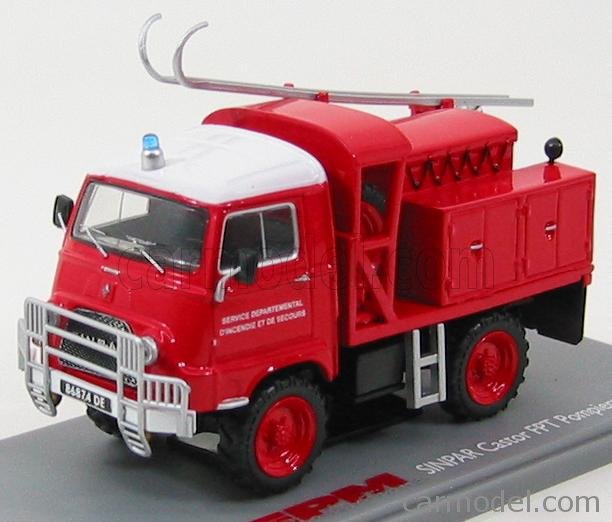
ELIGOR – RENAULT – SINPAR CASTOR 1500 TRUCK POMPIERS FPT – FIRE ENGINE 1965
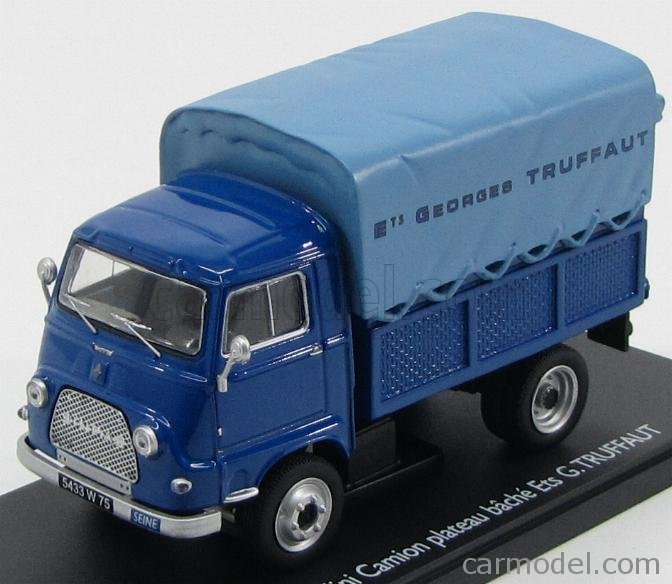
ELIGOR – RENAULT – SINPAR CASTOR MINI TRUCK PLATEAU BACHE ETS GEORGES TRUFFAUT 1965
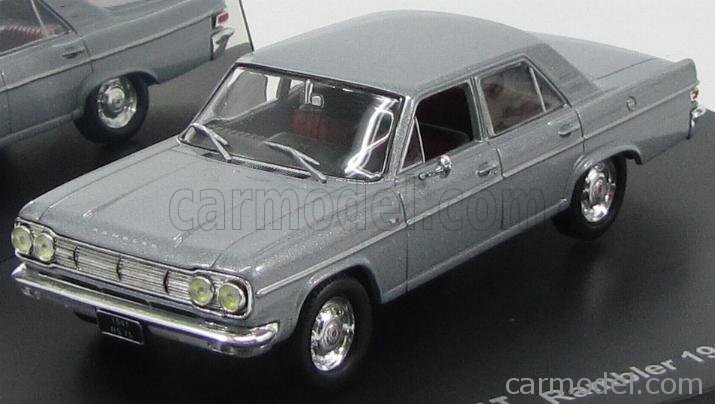
NOREV – RENAULT – RAMBLER 4-DOOR 1965
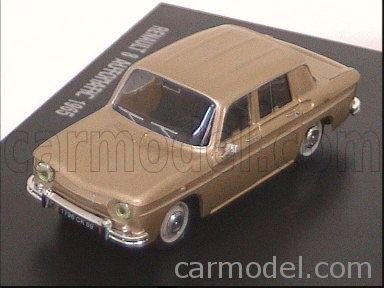
NOREV – RENAULT – 8 AUTOMATIC 1965
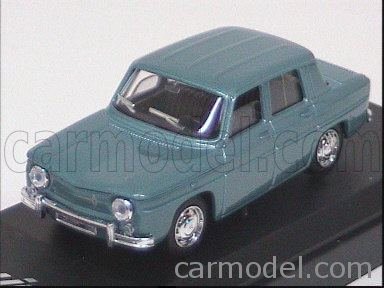
SOLIDO – RENAULT – 8 MAJOR 1965
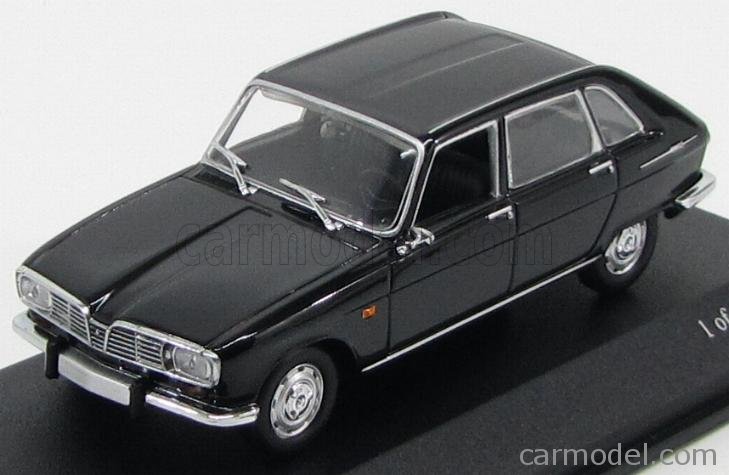
MINICHAMPS – RENAULT – 16 4-DOOR 1965
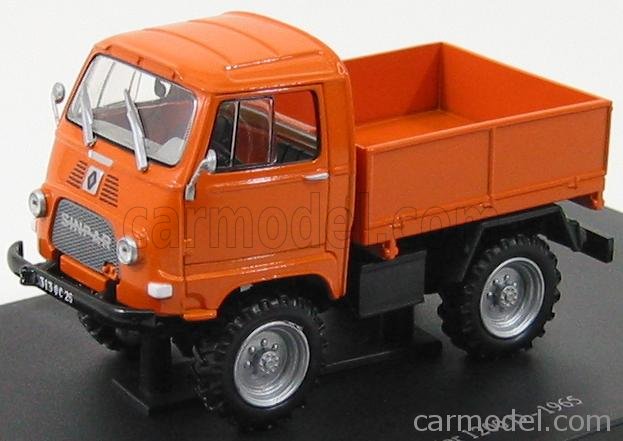
UNIVERSAL HOBBIES – RENAULT – SINPAR CASTOR 1200D 4X4 1965
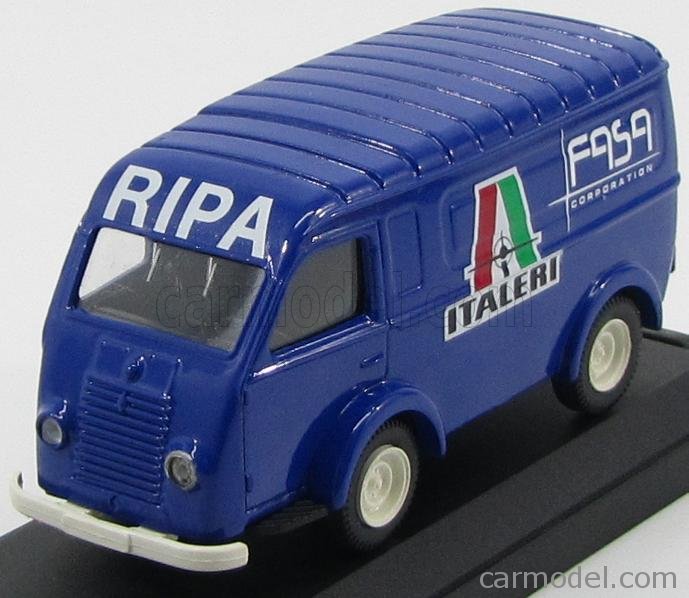
ITALERI – RENAULT – 1000kg VAN ITALERI RIPA FASA CORPORATION 1965
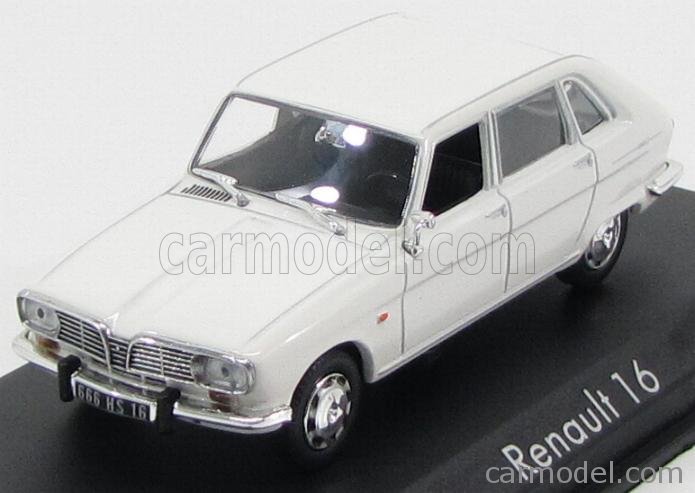
NOREV – RENAULT – R16 4-DOOR 1966
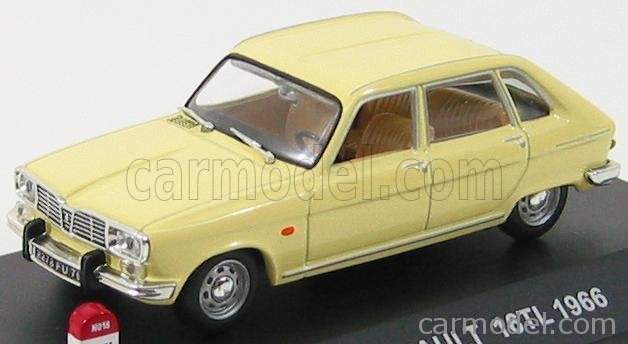
NOSTALGIE – RENAULT – 16TL 1966
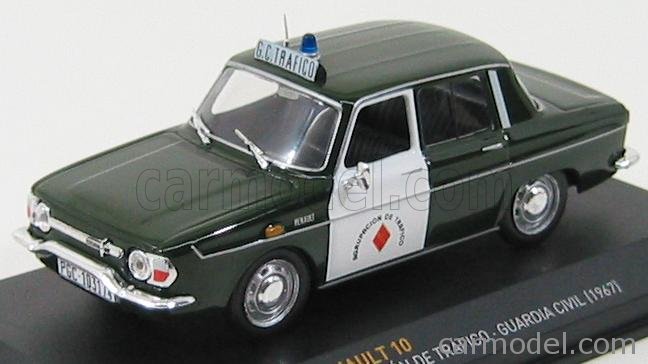
EDICOLA – RENAULT – 10 1967 AGRUPACION DE TRAFICO – GUARDIA CIVIL – POLICE
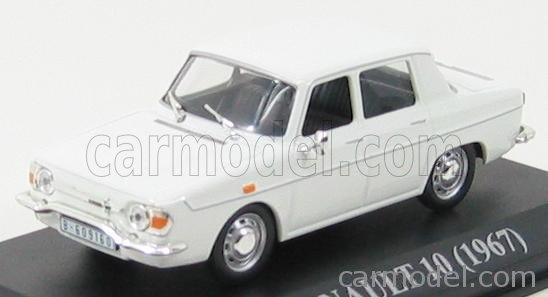
EDICOLA – RENAULT – 10 1967
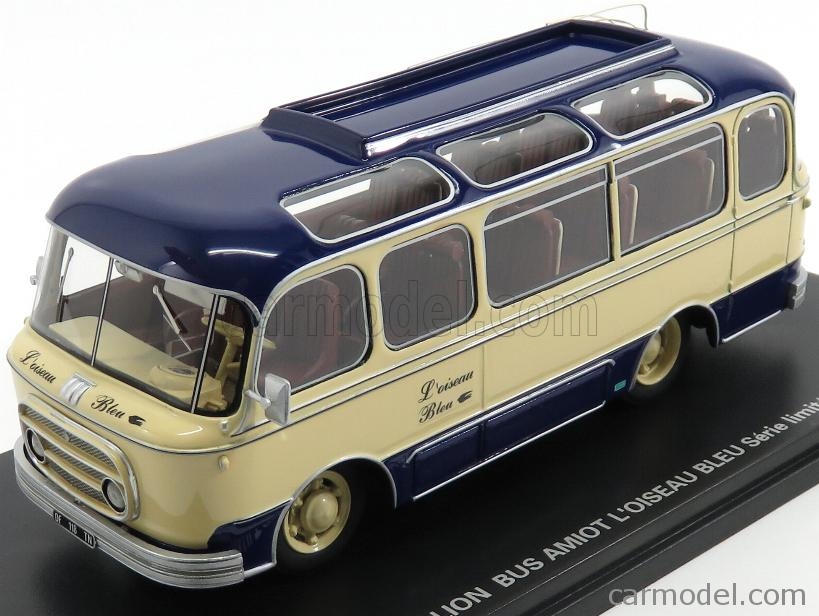
PERFEX – RENAULT – GALION AUTOBIS AMIOT L’OISEAU BLEU 1968
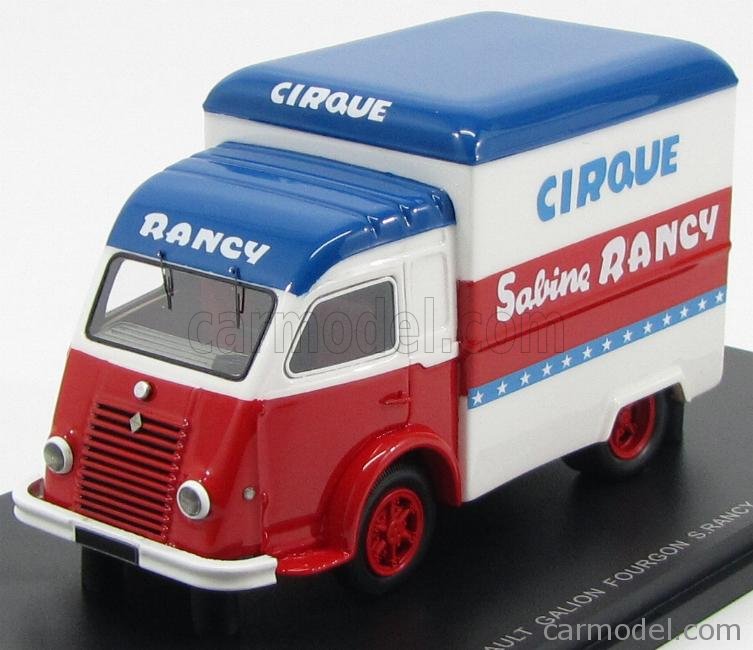
PERFEX – RENAULT – GALION FURGON VAN SABINE RANCY CIRQUE – CIRCUS – 1968
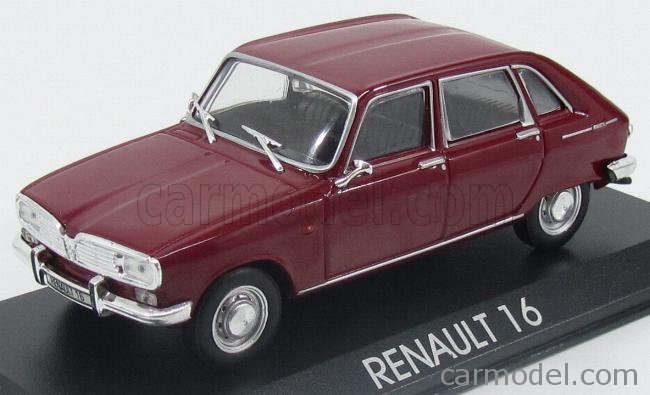
EDICOLA – RENAULT – R16 1968
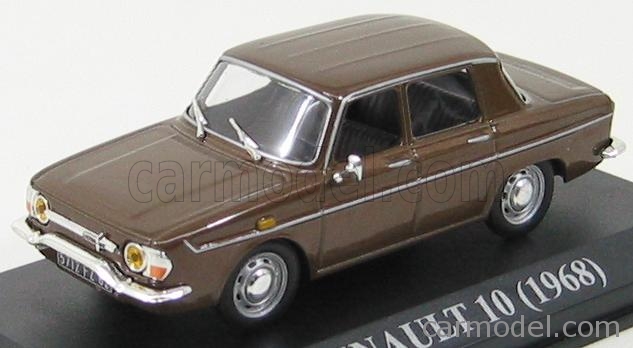
EDICOLA – RENAULT – R10 1968
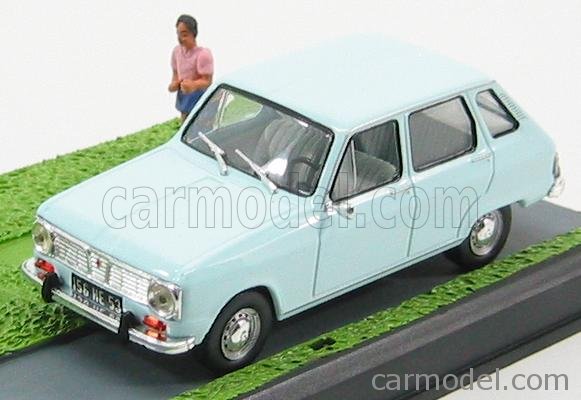
EDICOLA – RENAULT – R6 1968 – LES BILLES
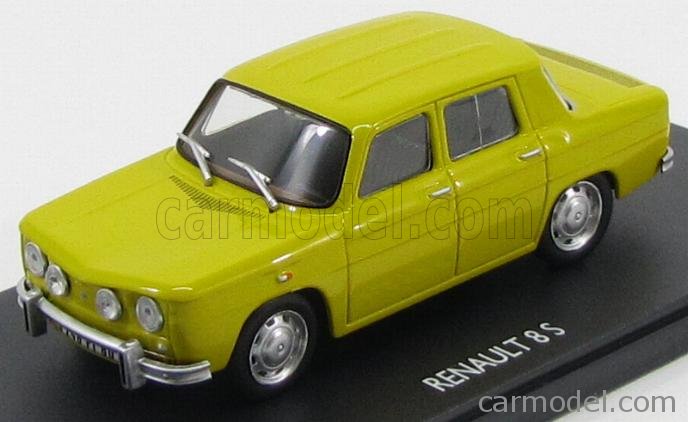
ELIGOR – RENAULT – 8S 1968
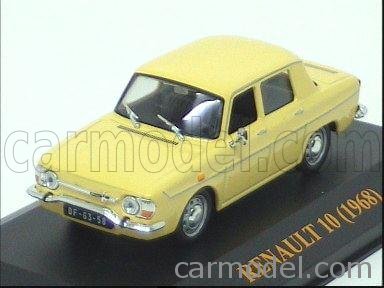
IXO-MODELS – RENAULT – R10 1968
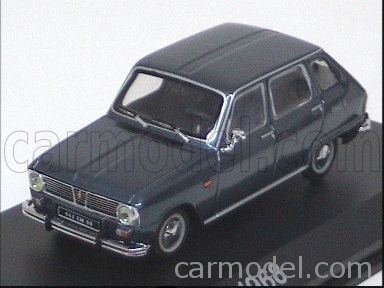
NOREV – RENAULT – 6 1968
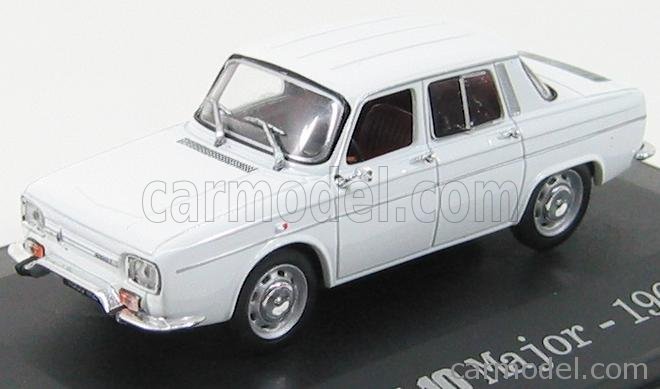
UNIVERSAL HOBBIES – RENAULT – 10 MAJOR 1968
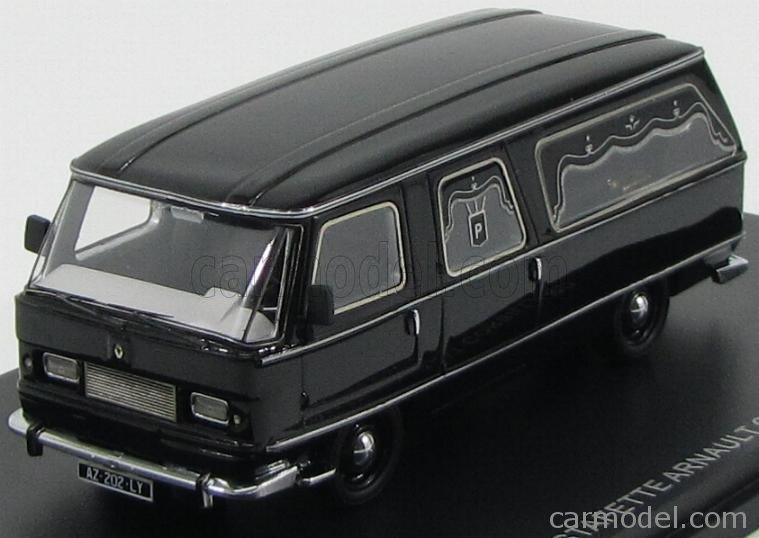
PERFEX – RENAULT – ESTAFETTE ARNAULT CORBILLARD 1969 – HEARSE – CARRO FUNEBRE – FUNERAL CAR
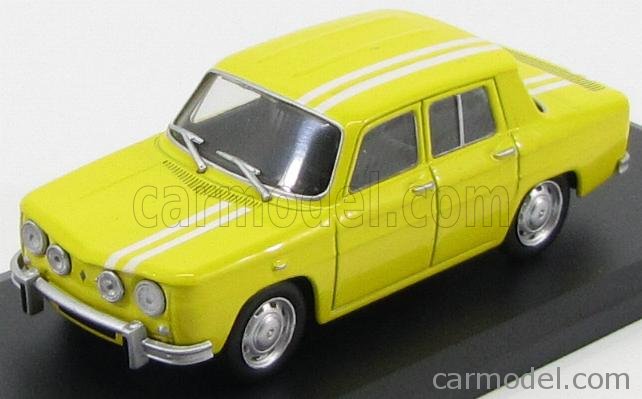
SOLIDO – RENAULT – 8S 4-DOOR 1969
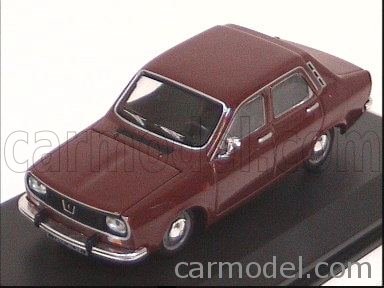
NOREV – RENAULT – 12 TL 1969
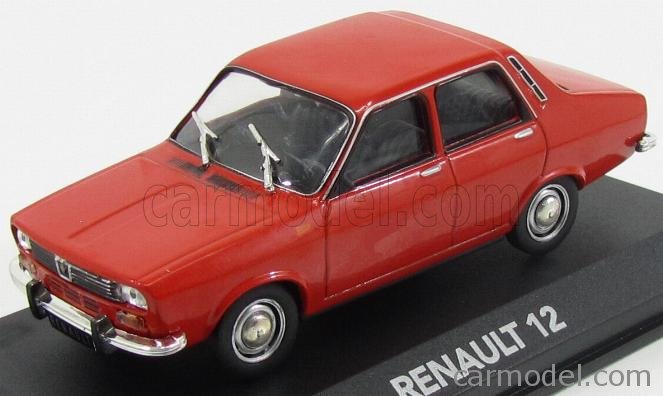
EDICOLA – RENAULT – 12 1970
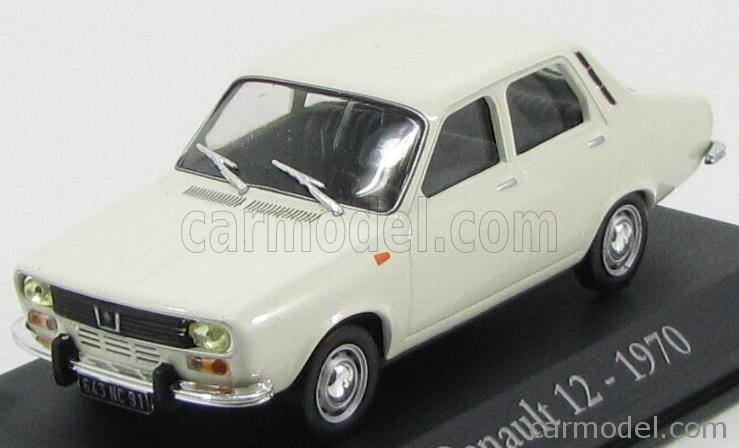
EDICOLA – RENAULT – 12 1970
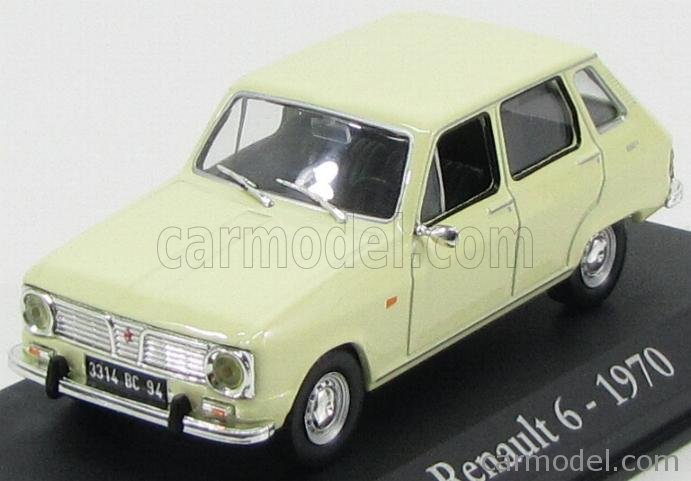
EDICOLA – RENAULT – 6 1970
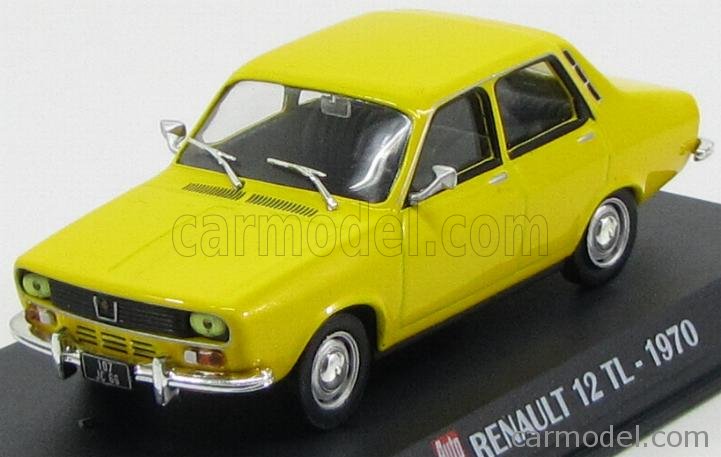
EDICOLA – RENAULT – 12 TL 1970
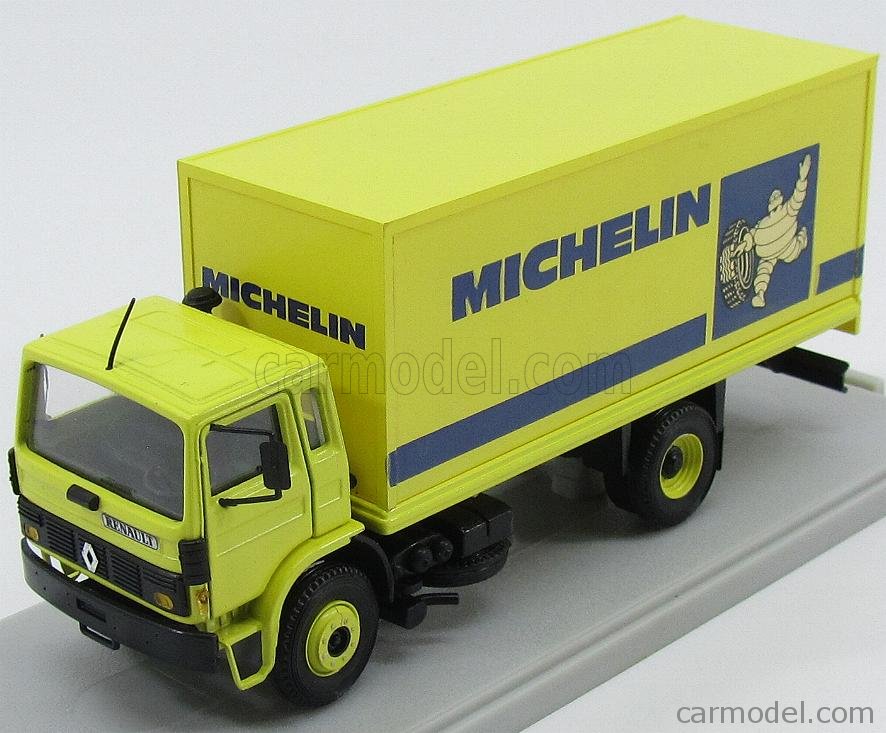
CEF – RENAULT – TRUCK MICHELIN 1970
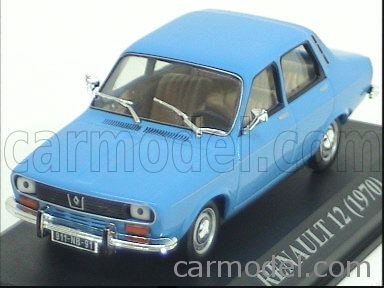
EDICOLA – RENAULT – 12 1970
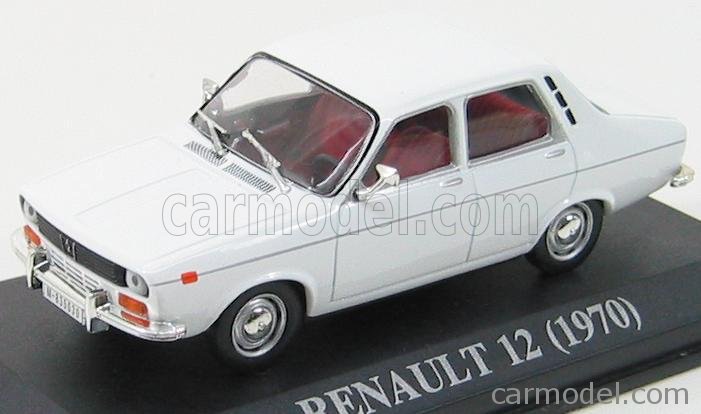
EDICOLA – RENAULT – 12 1970
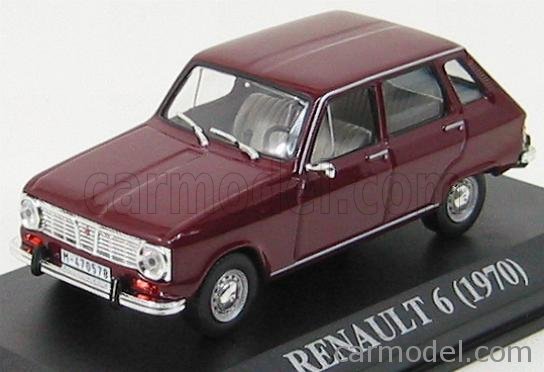
EDICOLA – RENAULT – 6 1970
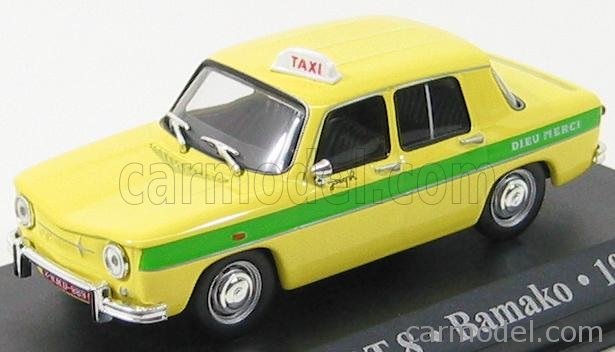
EDICOLA – RENAULT – 8 TAXI BAMAKO 1970
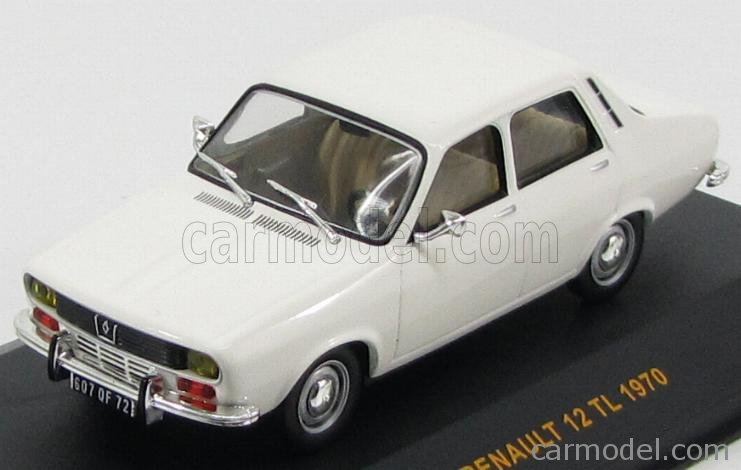
IXO-MODELS – RENAULT – 12TL 1970
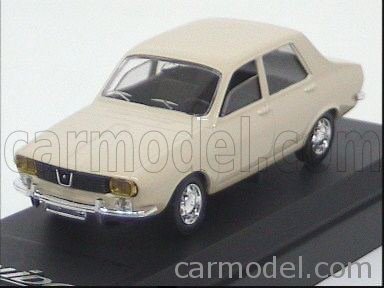
SOLIDO – RENAULT – 12 TL 1970
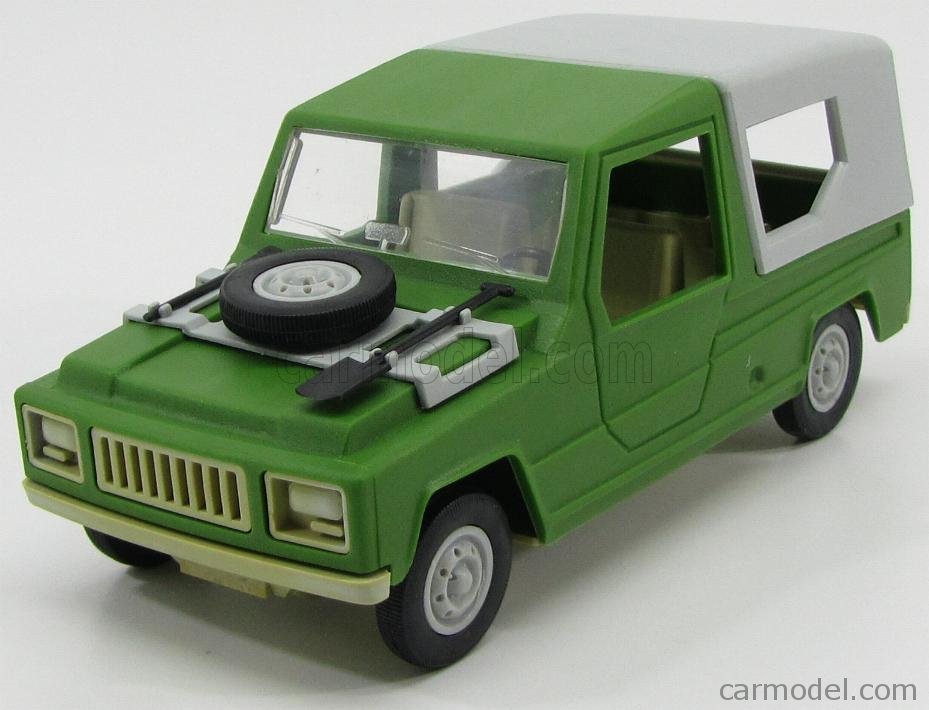
ANKER PLAST – RENAULT – RODEO ACL EVASION OPEN 1971
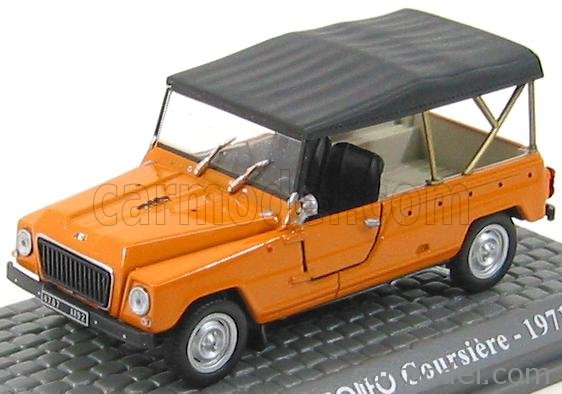
EDICOLA – RENAULT – RODEO ACL COURSIERE 1971
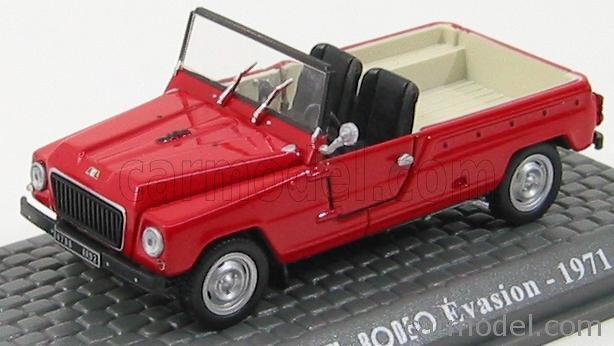
EDICOLA – RENAULT – RODEO ACL EVASION OPEN 1971
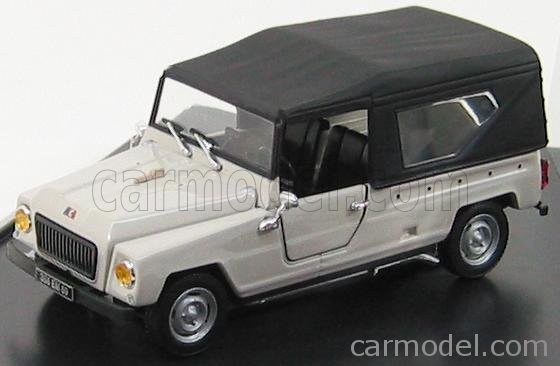
NOREV – RENAULT – RODEO 4 CABRIOLET CLOSED 2-DOOR 1971
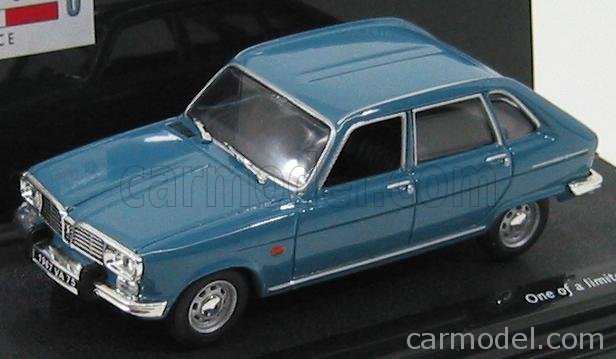
VITESSE – RENAULT – 16TL 1971
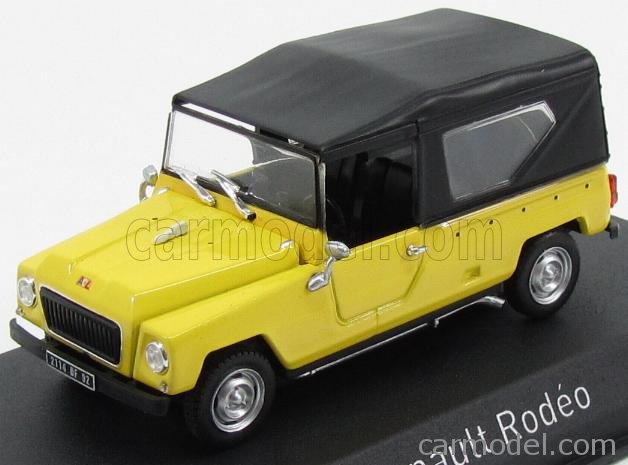
NOREV – RENAULT – RODEO 4 1972
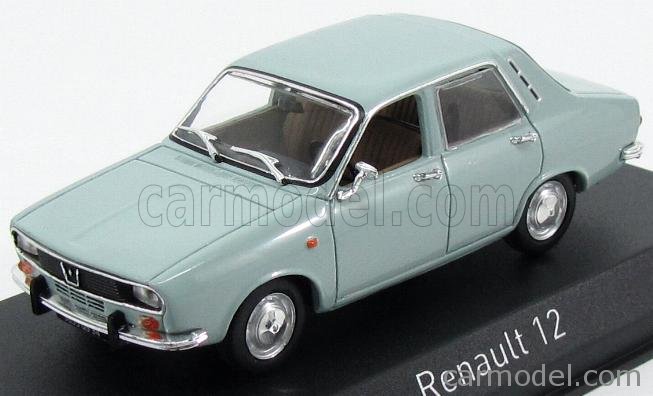
NOREV – RENAULT – 12 TL 1972
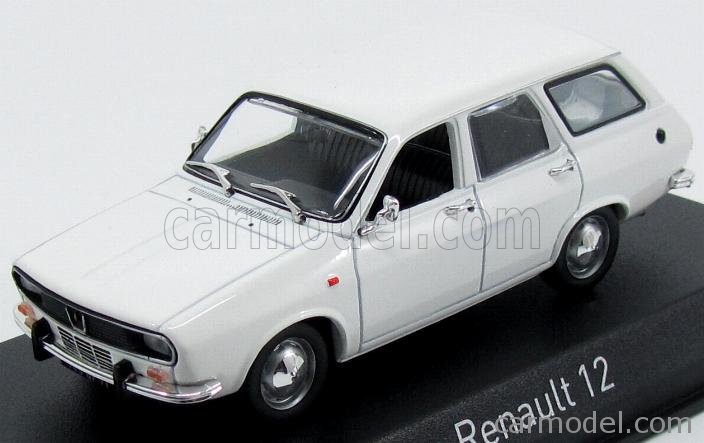
NOREV – RENAULT – 12 BREAK 1972
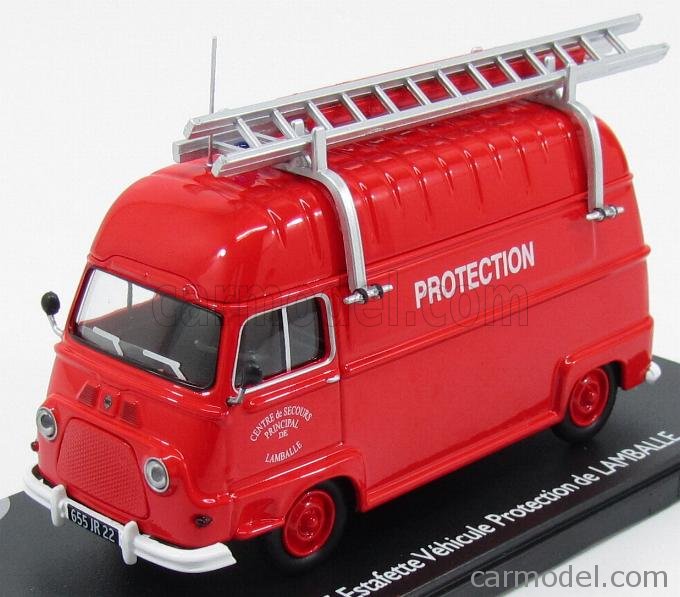
ELIGOR – RENAULT – ESTAFETTE VAN VEHICULE PROTECTION CENTRE DE SECOURS DE LAMBALLE 1972
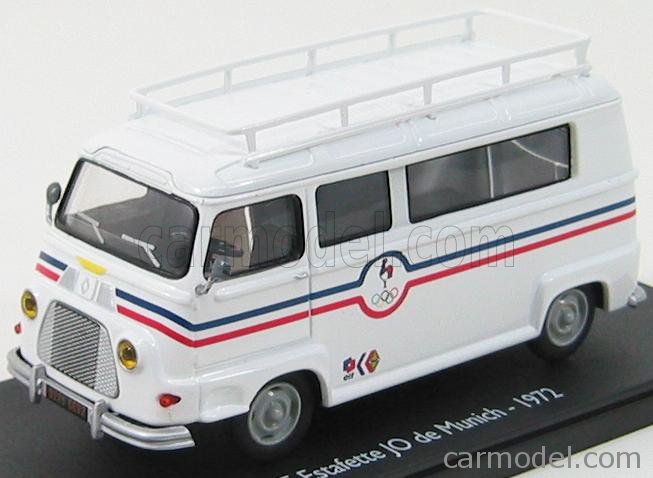
ELIGOR – RENAULT – ESTAFETTE MINIBUS – JO DE MUNICH 1972
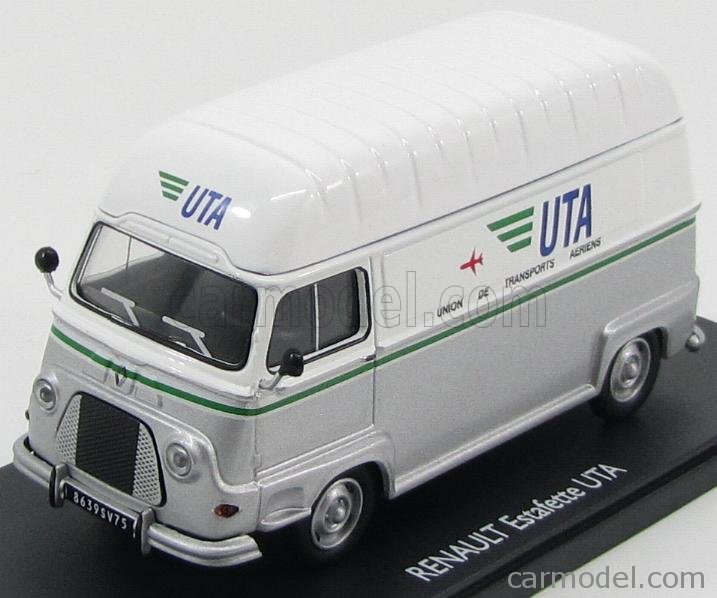
ELIGOR – RENAULT – ESTAFETTE VAN PUBLICITAIRE UTA – UNION DE TRANSPORTS AERIENS 1972
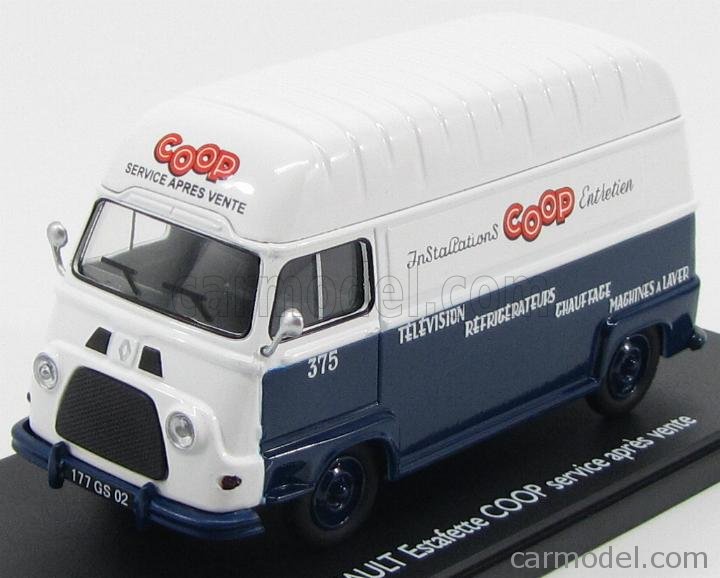
ELIGOR – RENAULT – ESTAFETTE VAN COOP SAV SERVICE APRES VENTE 1972
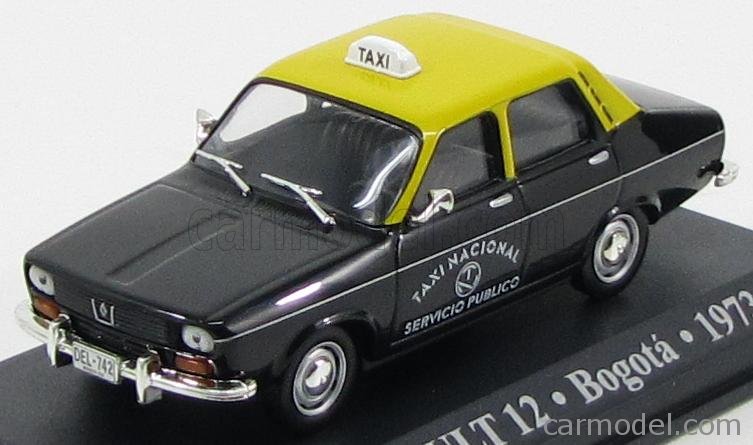
EDICOLA – RENAULT – 12 TAXI BOGOTA’ 1973
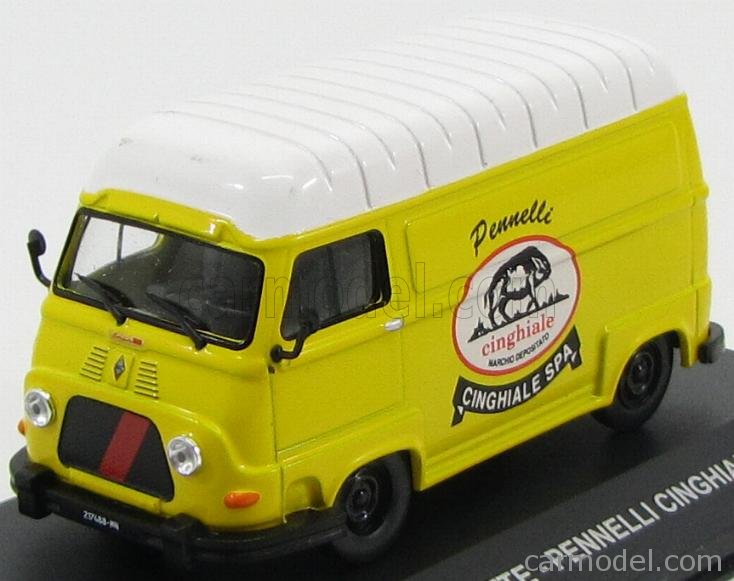
EDICOLA – RENAULT – ESTAFETTE VAN PENNELLI CINGHIALE 1974
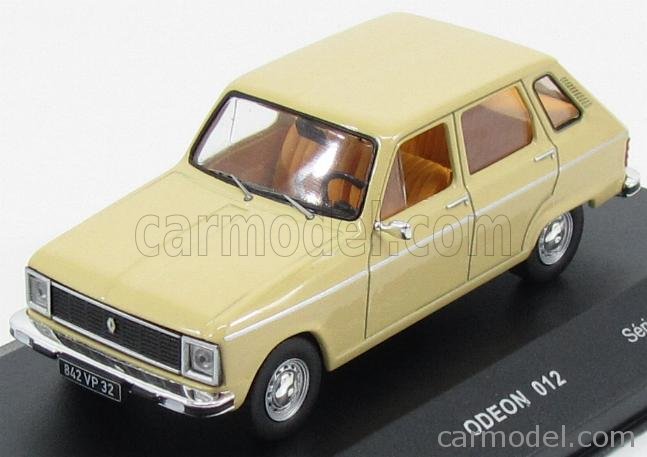
ODEON – RENAULT – 6 TL 1974
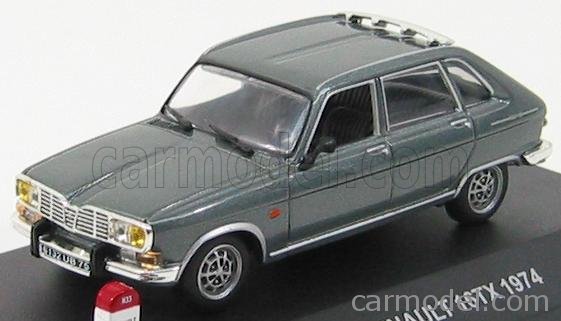
NOSTALGIE – RENAULT – 16 TX 1974
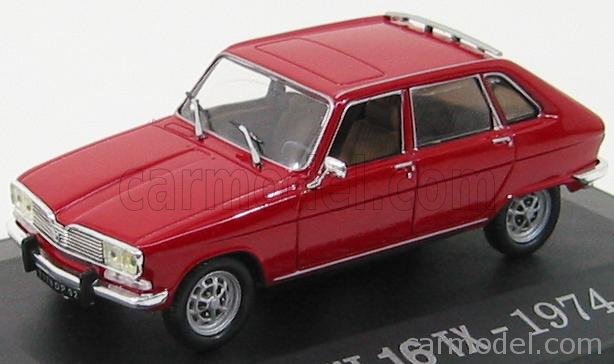
UNIVERSAL HOBBIES – RENAULT – 16 TX 1974
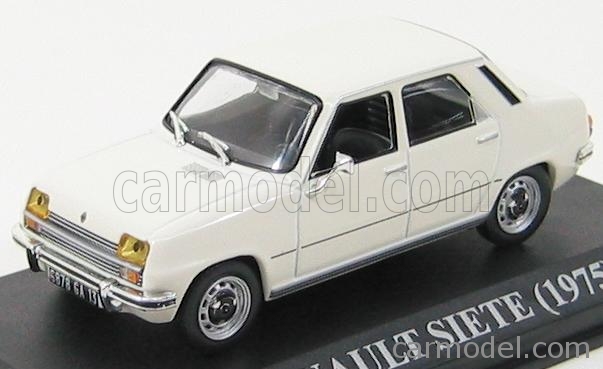
EDICOLA – RENAULT – 7 TL SIETE 1975
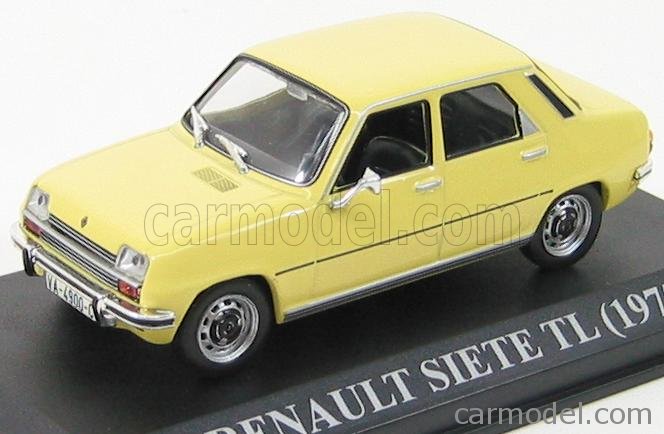
EDICOLA – RENAULT – 7 SIETE TL 1975
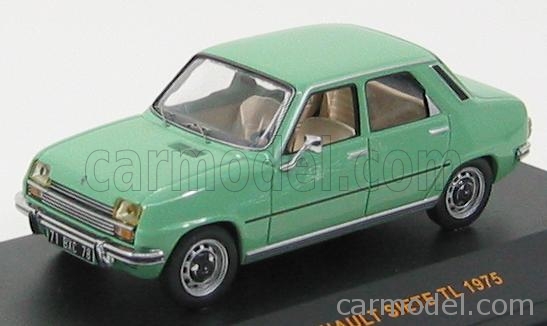
IXO-MODELS – RENAULT – SIETE TL 1975
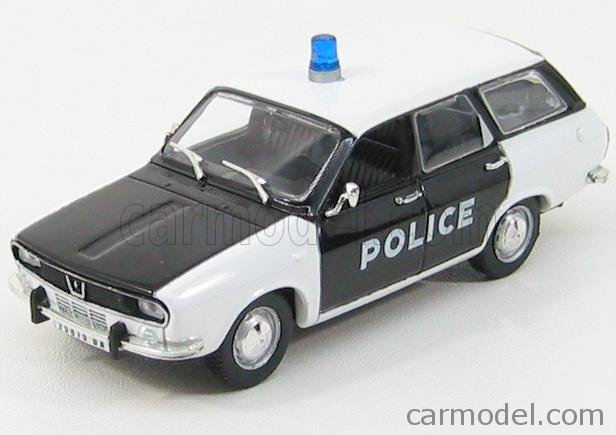
NOREV – RENAULT – 12 BREAK – SW – POLICE 1975
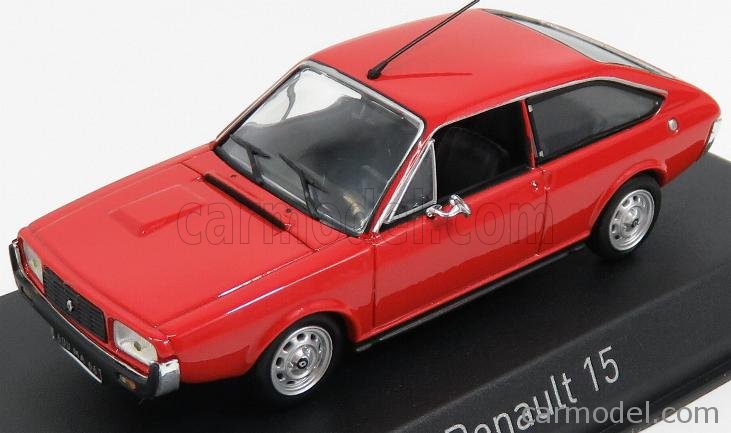
NOREV – RENAULT – R15 TL 1976
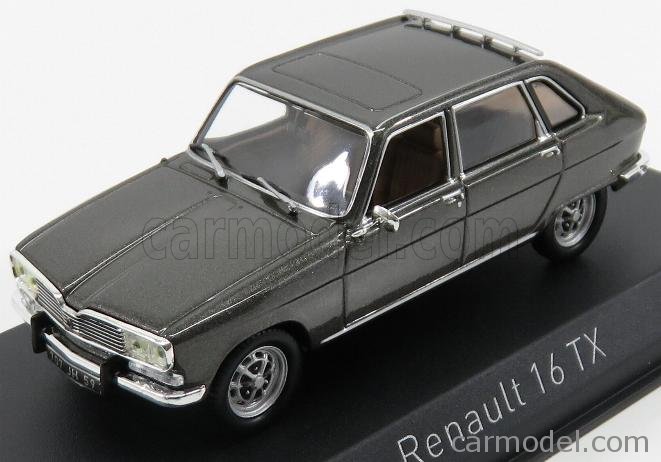
NOREV – RENAULT – R16 TX 1976
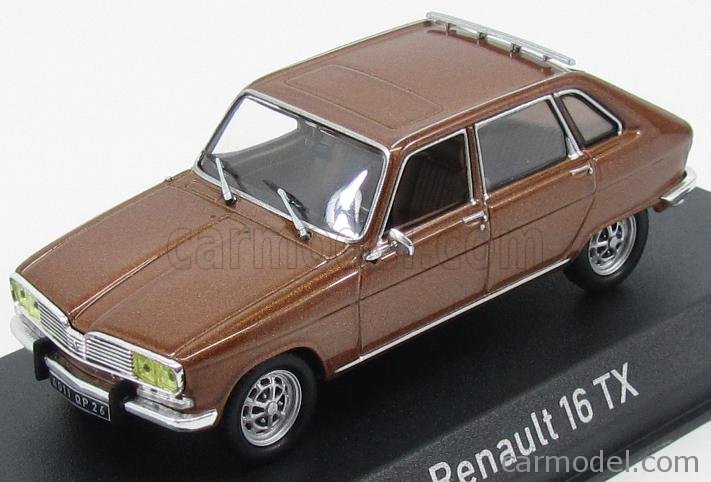
NOREV – RENAULT – 16 TX 1976
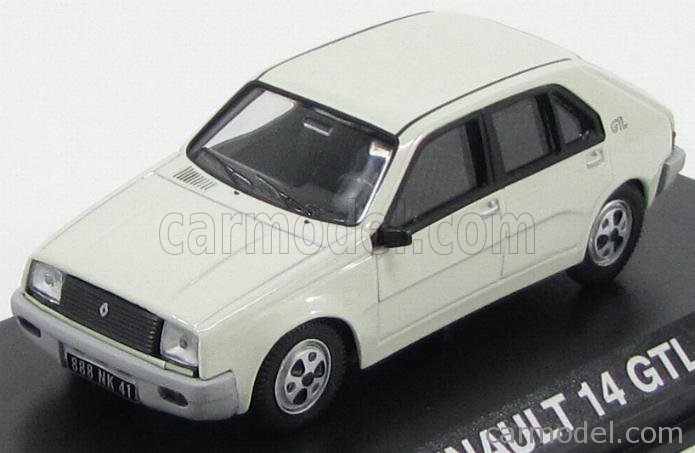
NOREV – RENAULT – 14 GTL 1976
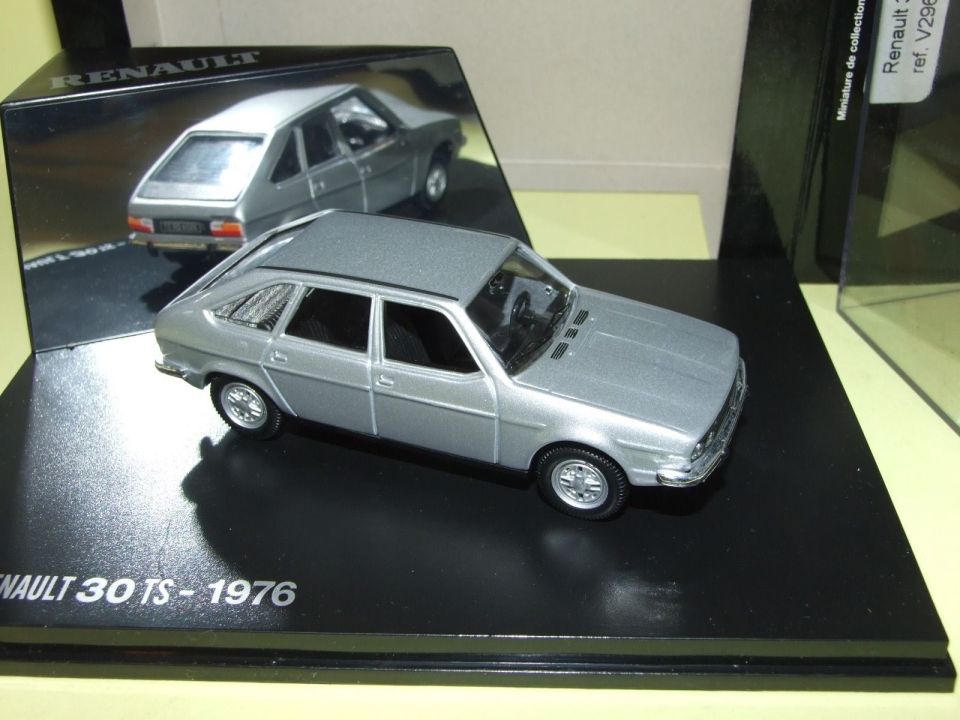
NOREV – RENAULT – 30 TS 1976
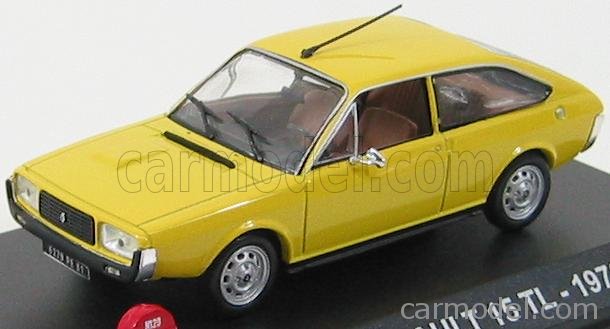
NOSTALGIE – RENAULT – 15TL 1976
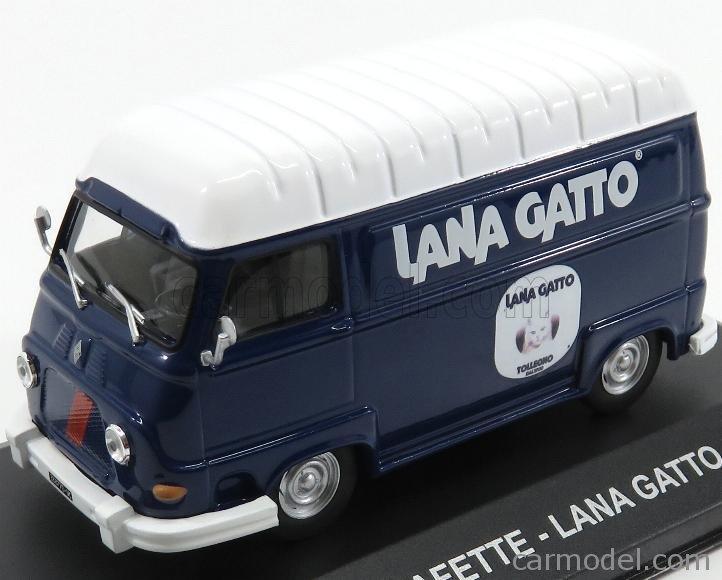
EDICOLA – RENAULT – ESTAFETTE VAN LANA GATTO 1977
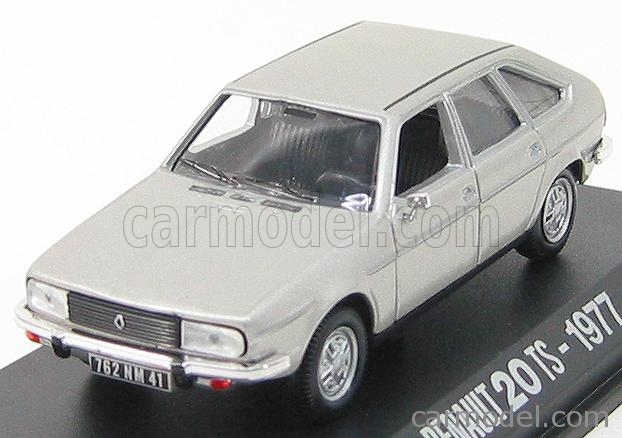
NOREV – RENAULT – R20 1977
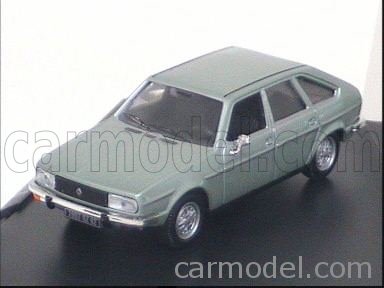
NOREV – RENAULT – 20 TS 1977
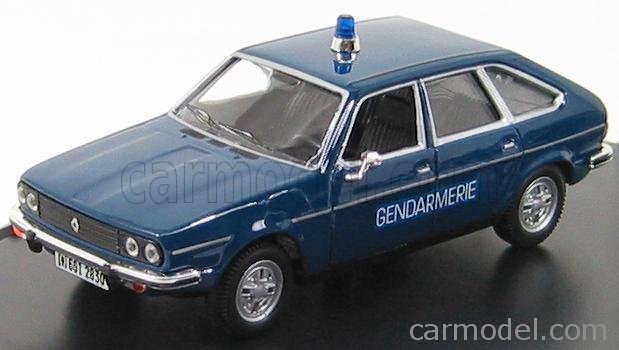
NOREV – RENAULT – 30 GENDARMERIE POLICE 1977
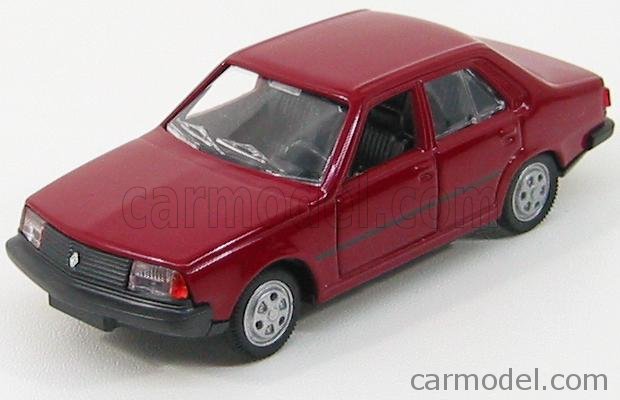
NOREV – RENAULT – 18 1978
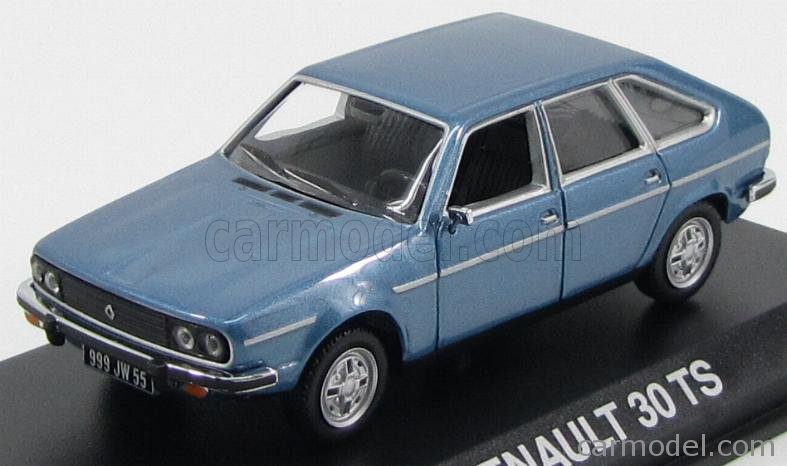
NOREV – RENAULT – 30 TS 1978
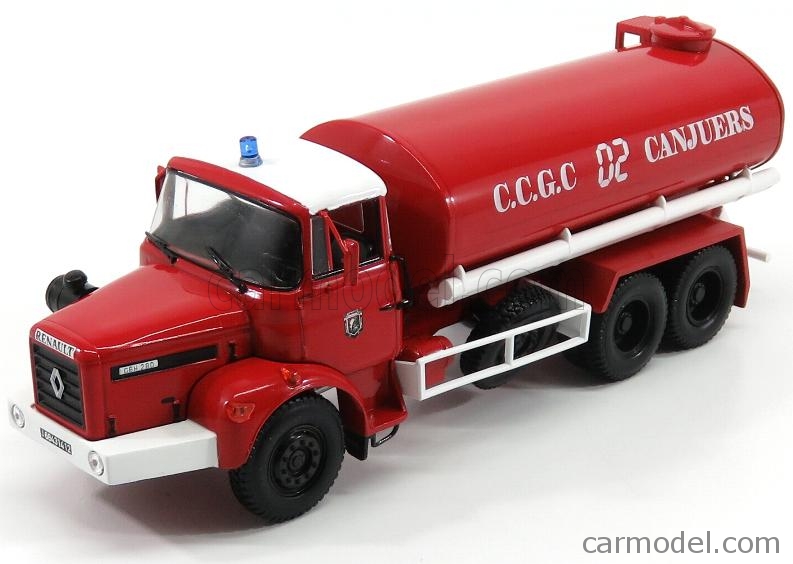
EDICOLA – RENAULT – CBH 385 TANKER TRUCK C.C.G.C. CANJUERS FIRE ENGINE VIGILI DEL FUOCO 1979
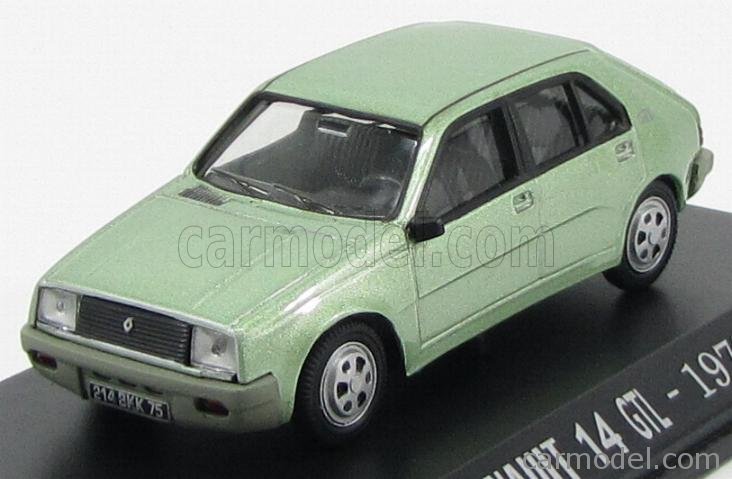
EDICOLA – RENAULT – 14 GTL 1979
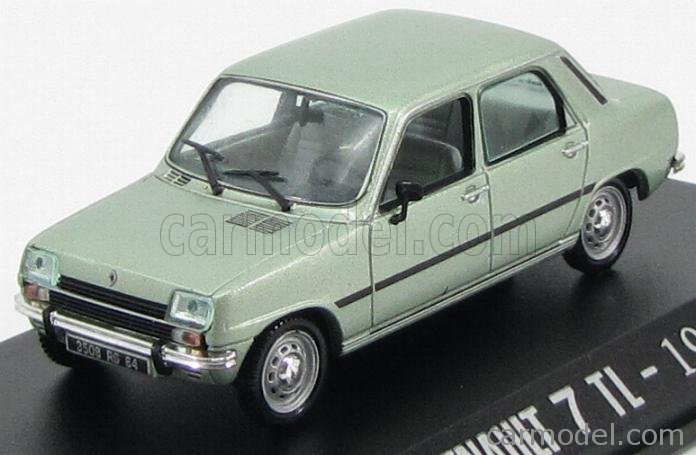
EDICOLA – RENAULT – 7 SIETE TL 1979
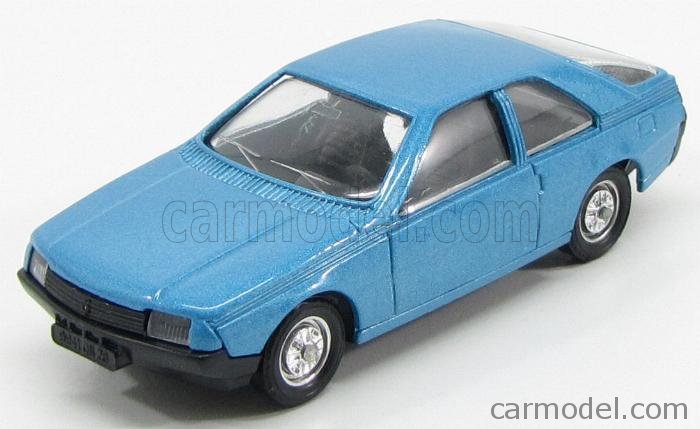
EDICOLA – RENAULT – FUEGO 1980
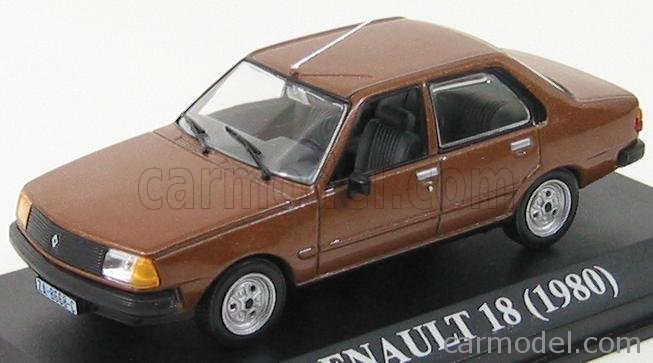
EDICOLA – RENAULT – 18 1980
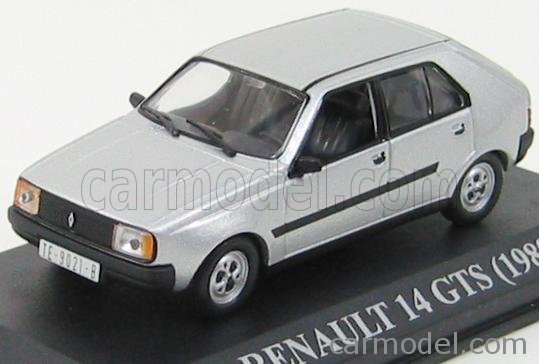
EDICOLA – RENAULT – 14 GTS 1980
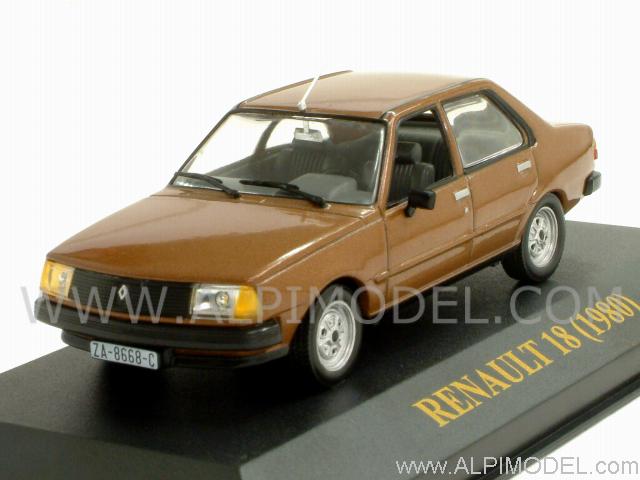
IXO-MODELS – RENAULT – 18 1980
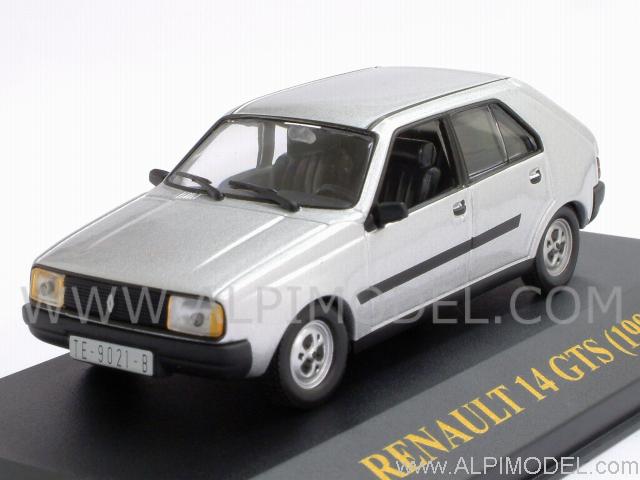
IXO-MODELS – RENAULT – 14 GTS 1980
RENAULT – FUEGO
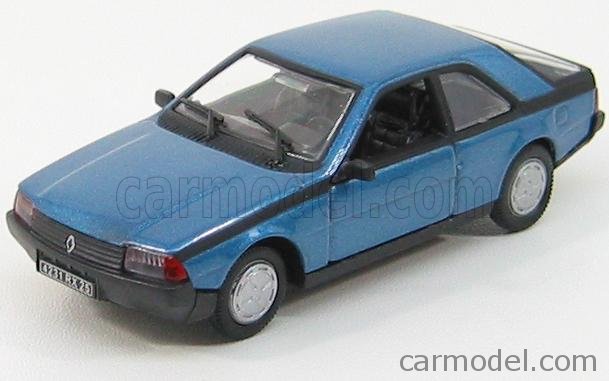
NOREV – RENAULT – FUEGO 1980

EDICOLA – RENAULT – FUEGO 1980
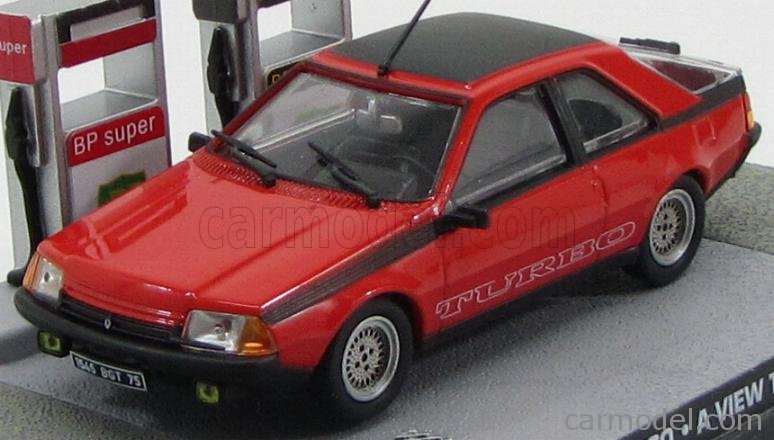
EDICOLA – RENAULT – FUEGO TURBO COUPE 1981 – 007 JAMES BOND – A VIEW TO A KILL – LICENZA DI UCCIDERE
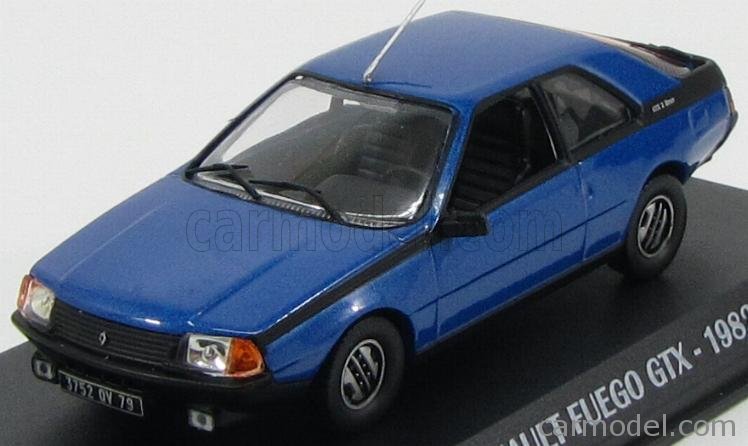
EDICOLA – RENAULT – FUEGO GTX COUPE 1982
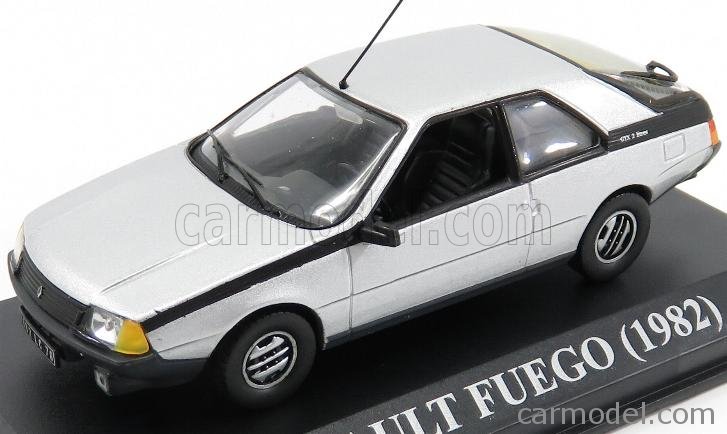
EDICOLA – RENAULT – FUEGO GTX 2 LITRES 1982
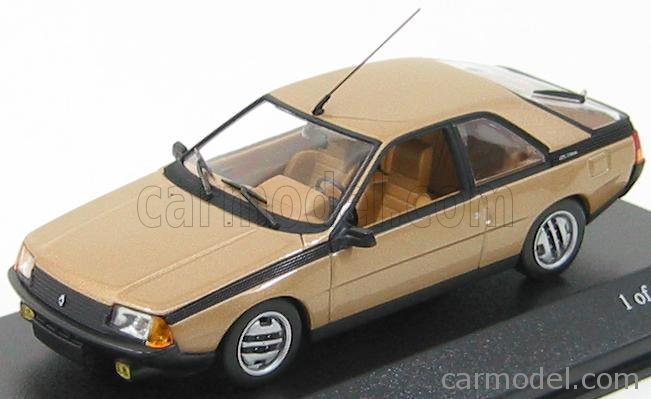
MINICHAMPS – RENAULT – FUEGO GTX 2 LITRES 1982
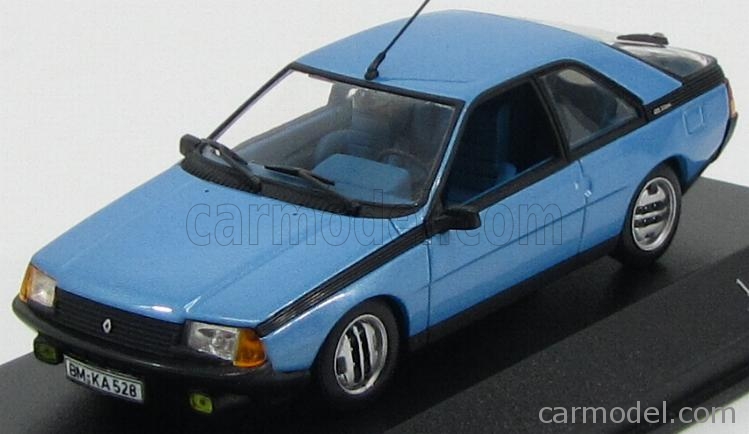
MINICHAMPS – RENAULT – FUEGO COUPE 1983
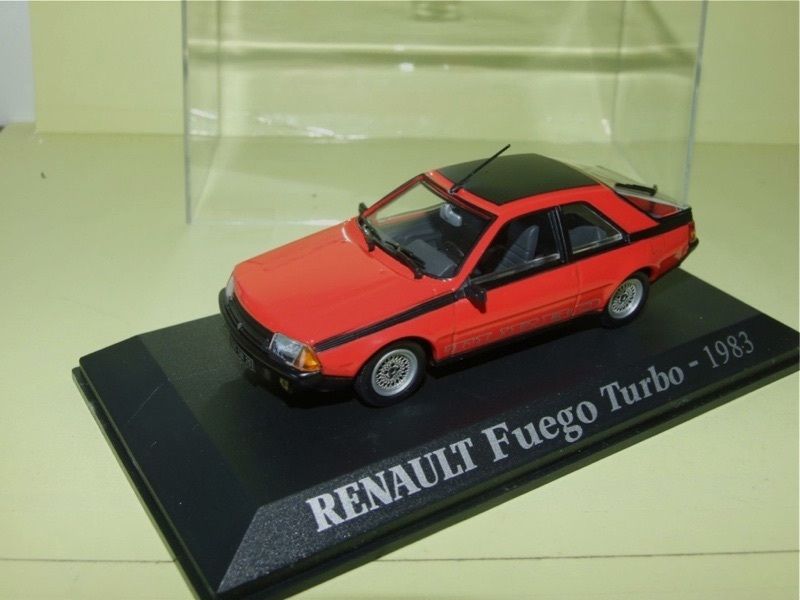
UNIVERSAL HOBBIE – RENAULT – FUEGO TURBO
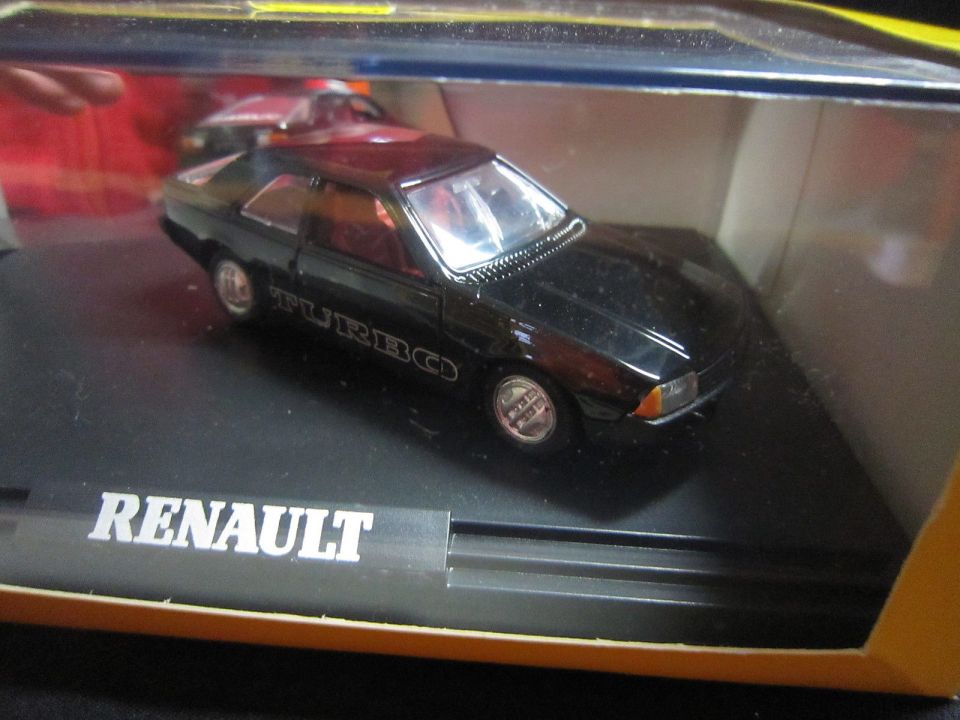
NOREV – RENAULT FUEGO TURBO
Renault 9
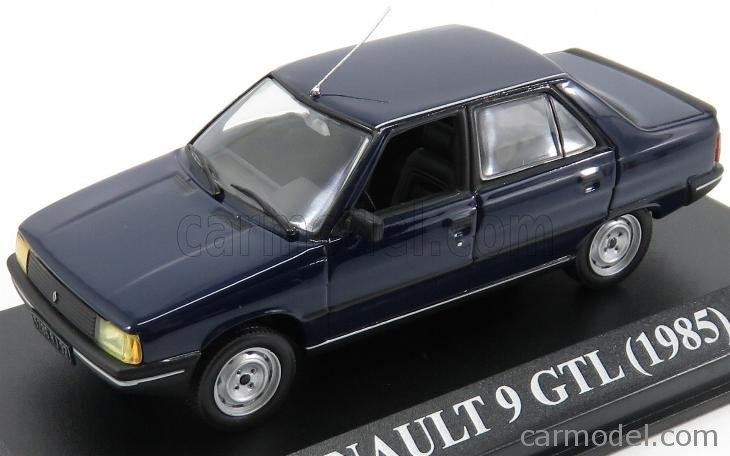
EDICOLA – RENAULT – 9 GTL 1985
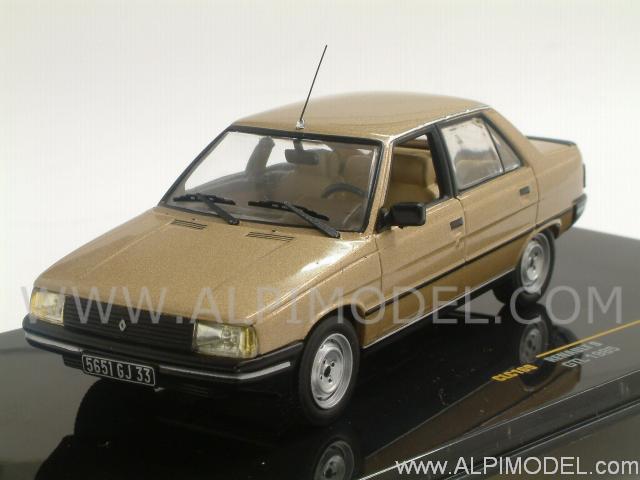
IXO-MODELS – RENAULT – 9 GTL 1985
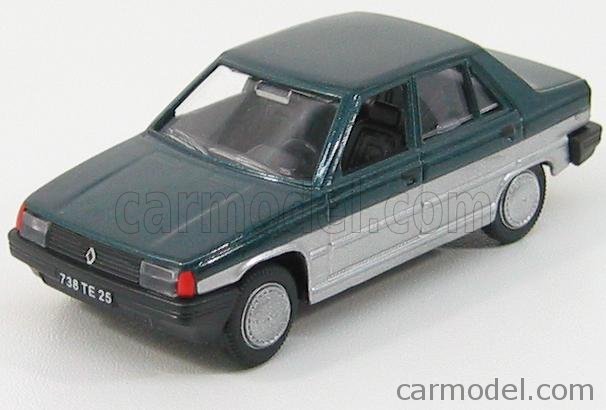
NOREV – RENAULT – 9 LOUISIANE 1985
Renault 11
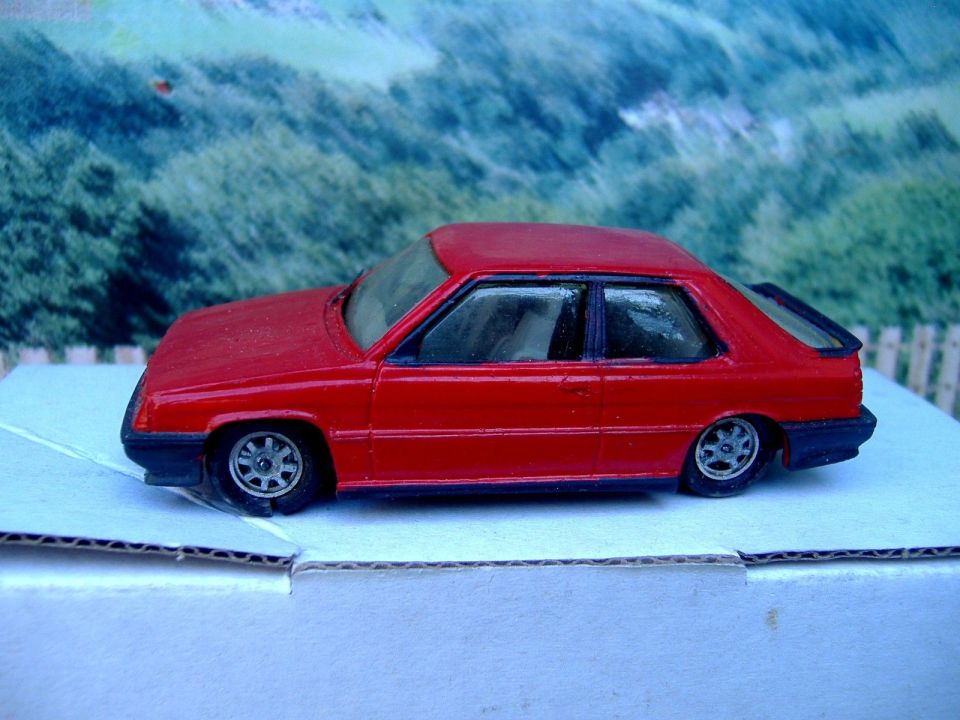
Automany (France) – Renault 11 turbo 1987
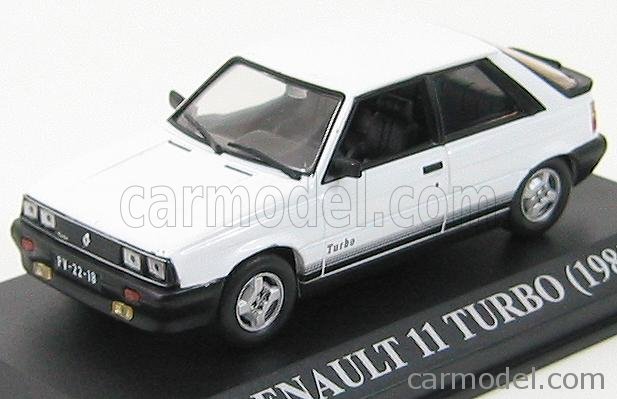
EDICOLA – RENAULT – 11 TURBO 3P 1985
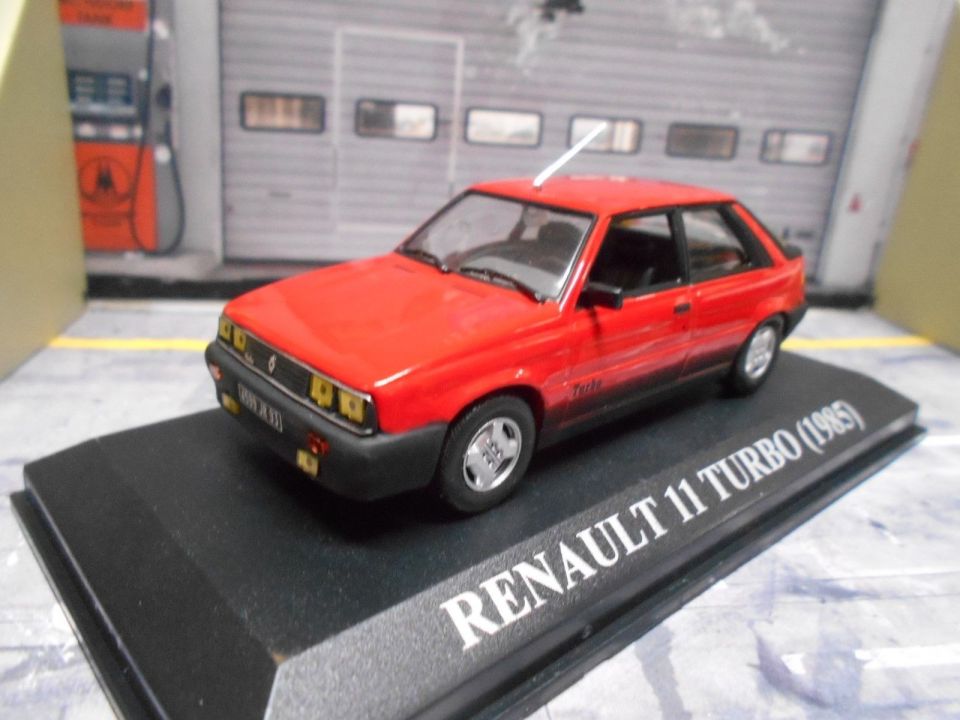
EDICOLA – RENAULT – 11 TURBO 3P 1985
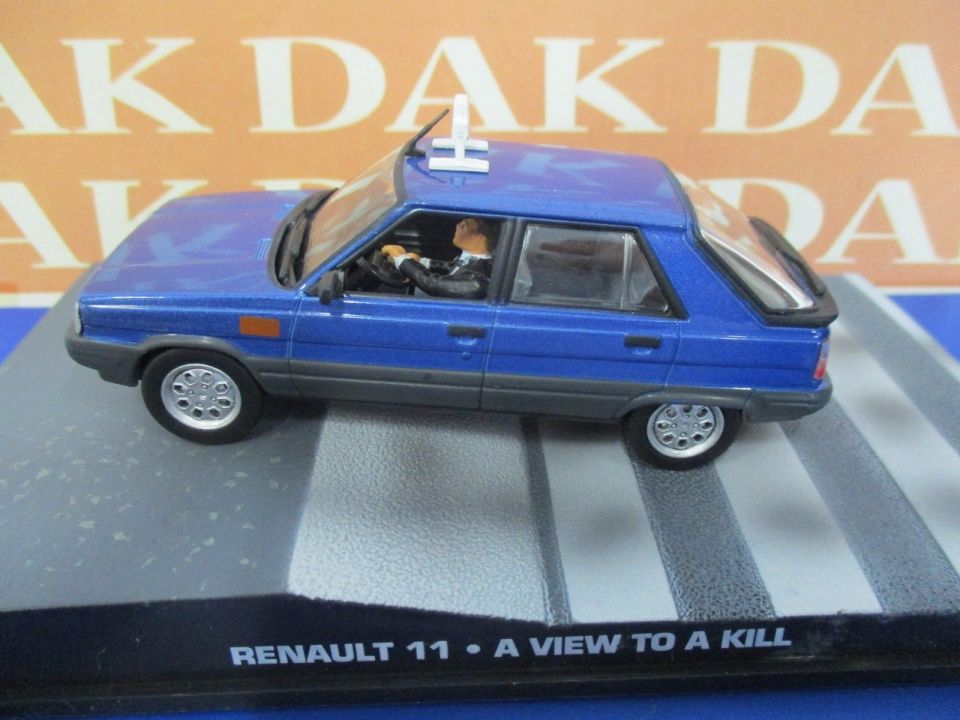
EDICOLA – Renault 11 Taxi – A View To A Kill 007 James Bond
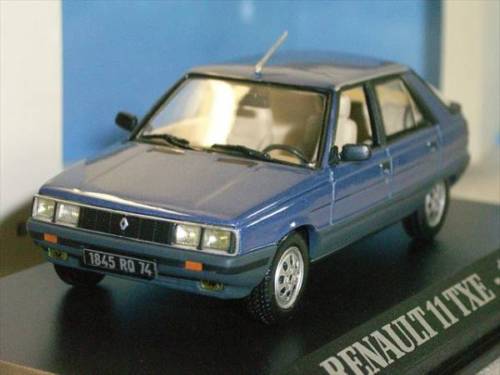
NOREV – RENAULT – 11 TXE 1983
Renault 25
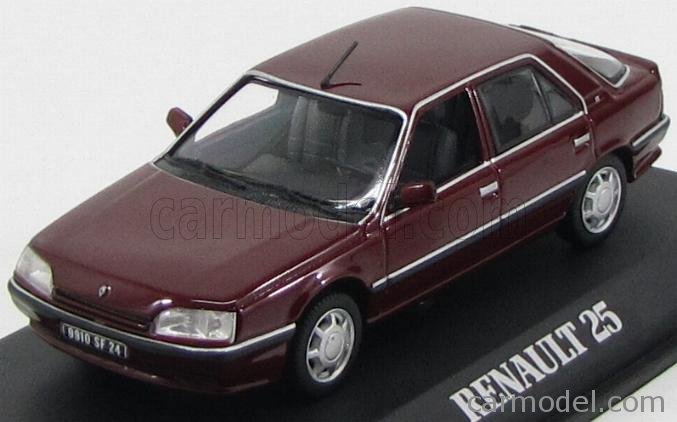
NOREV – RENAULT – 25 TX 4-DOOR 1990
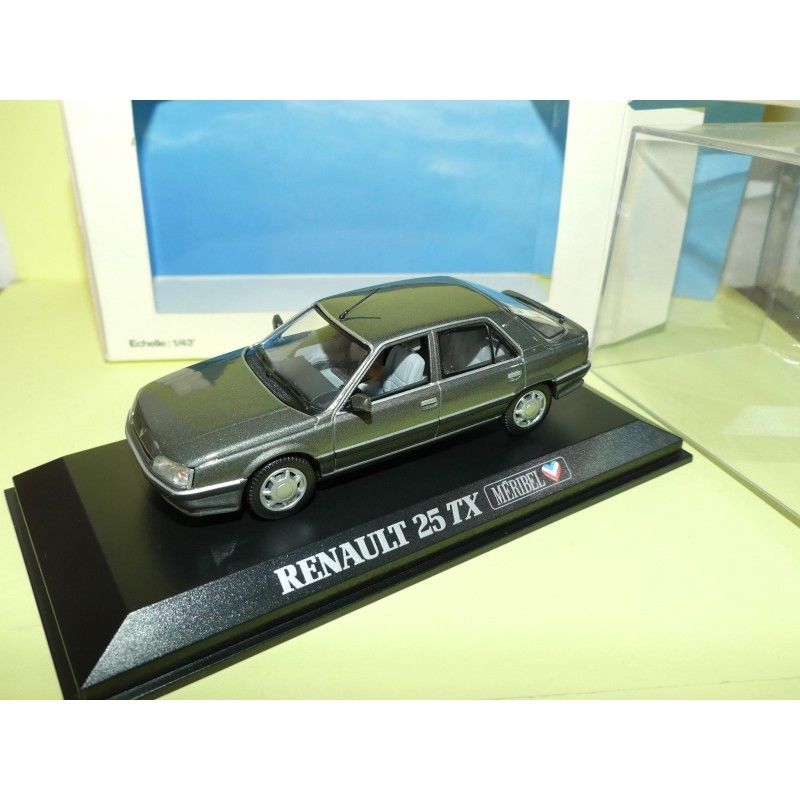
NOREV – RENAULT – 25 PHASE 2 TAXI G7 1988
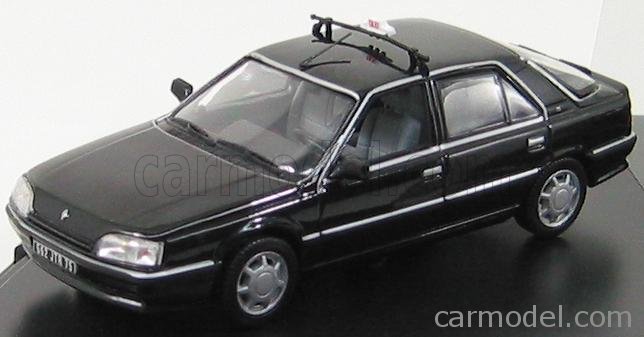
NOREV – RENAULT – 25 PHASE 2 TAXI G7 1988
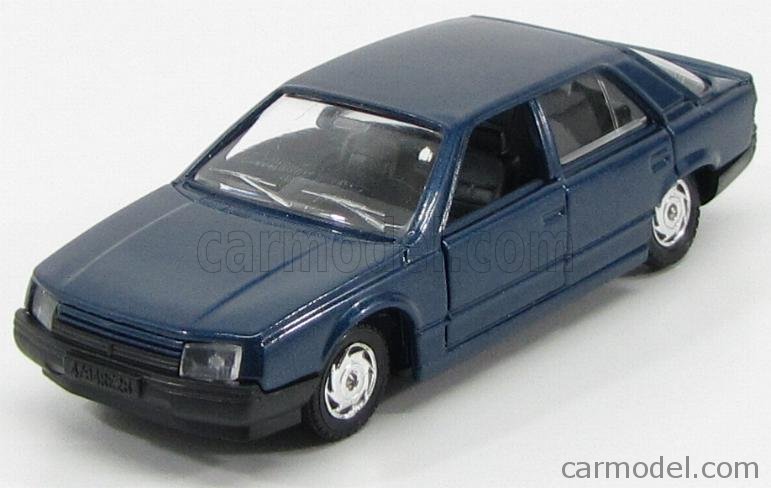
EDICOLA – RENAULT – 25 V6 TURBO 1986
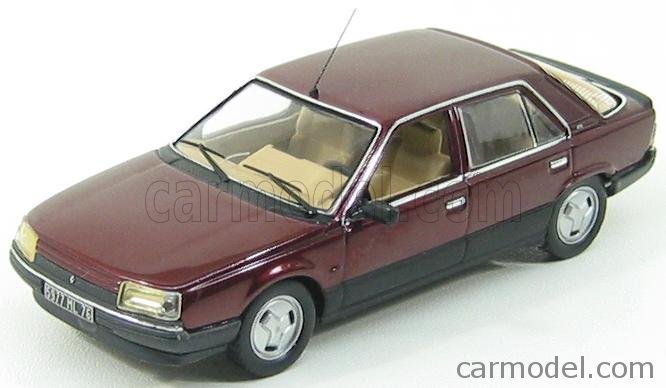
IXO-MODELS – RENAULT – 25 PHASE I 1986
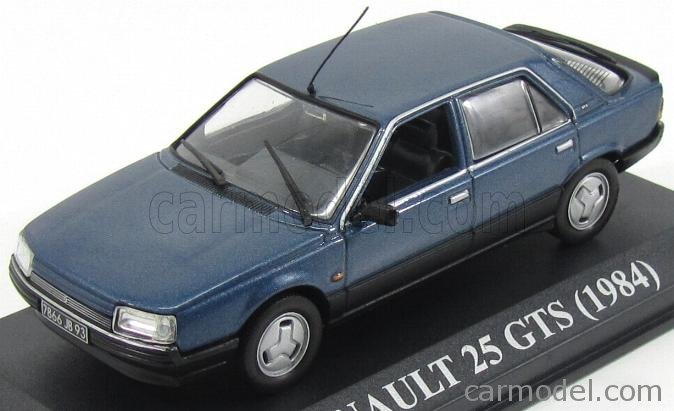
EDICOLA – RENAULT – 25 GTS 1984
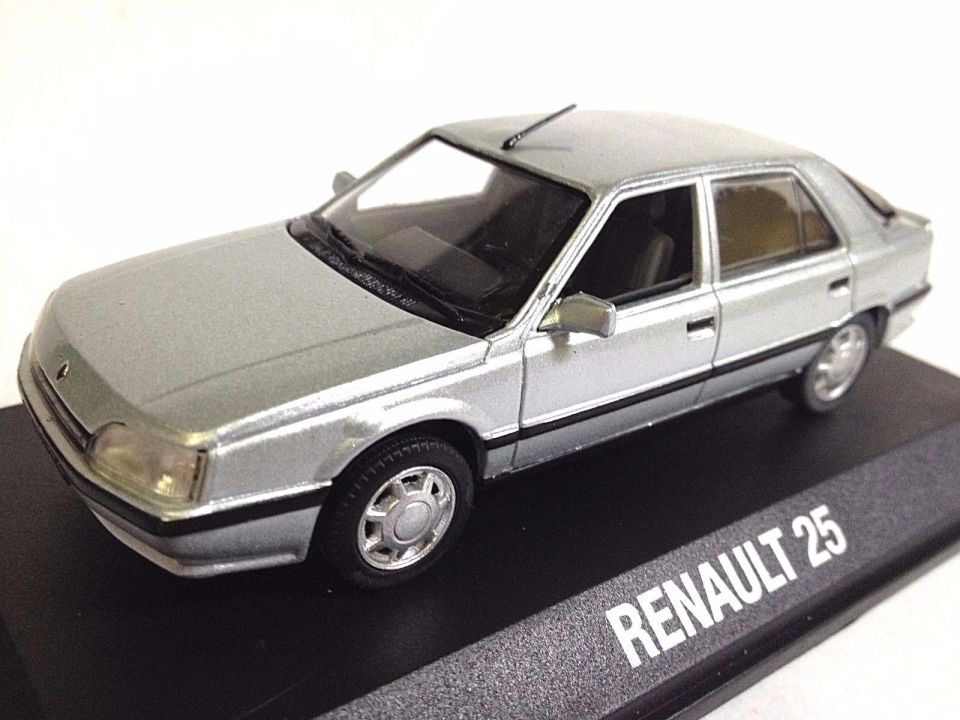
NOREV – RENAULT – 25 GTS 1984
Renault Express
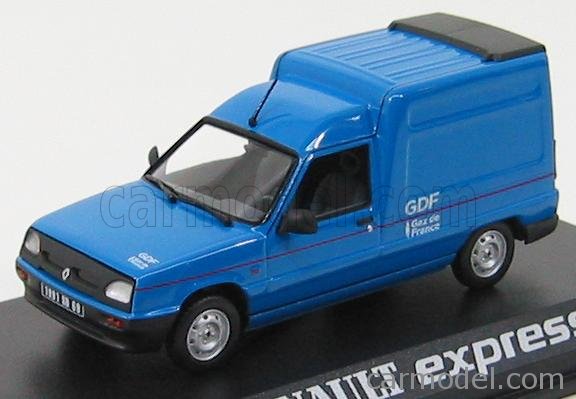
NOREV – RENAULT – EXPRESS VAN GDF GAZ DE FRANCE 1994
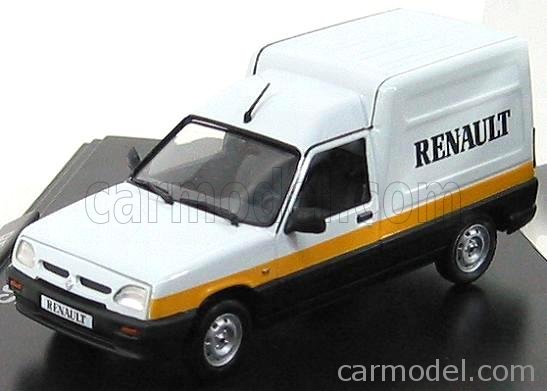
NOREV – RENAULT – EXPRESS VAN – RENAULT
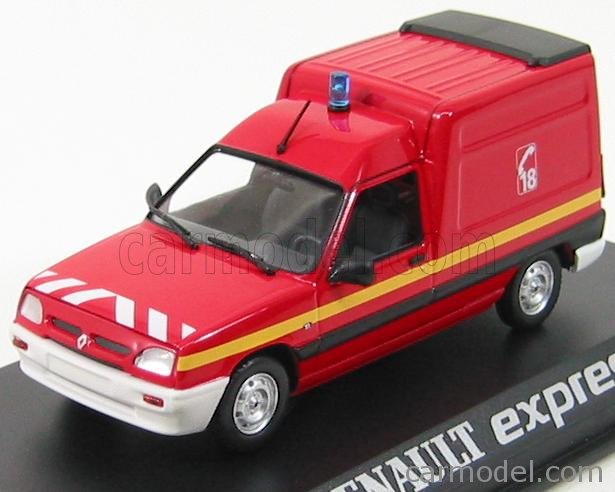
NOREV – RENAULT – 5 EXPRESS VAN 1995 FIRE ENGINE
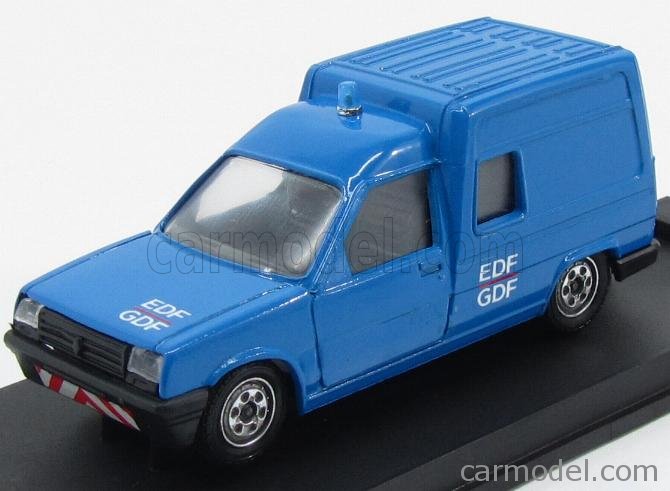
VEREM – RENAULT – EXPRESS FOURGONETTE VAN EDF-GDF 1986
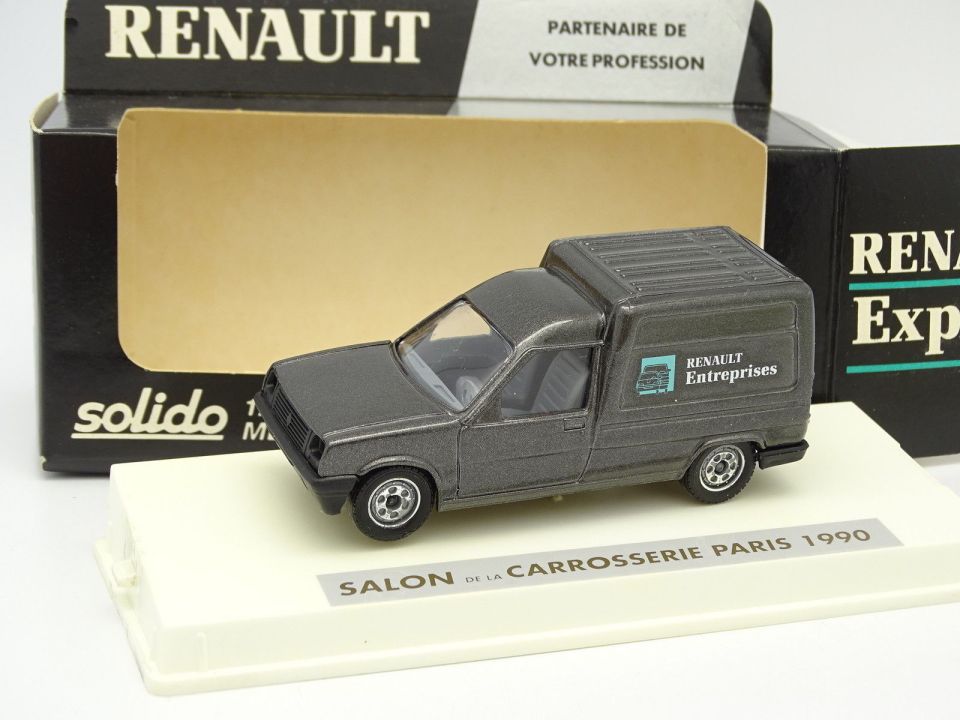
Solido 1/43 – Renault Express Salon Carrosserie 1990
Renault 21
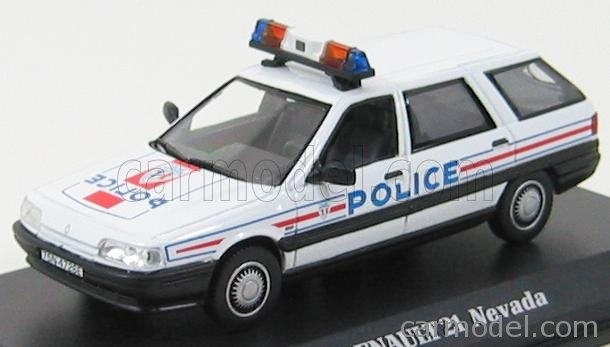
NOREV – RENAULT – 21 NEVADA 1989 POLICE NATIONALE 1984
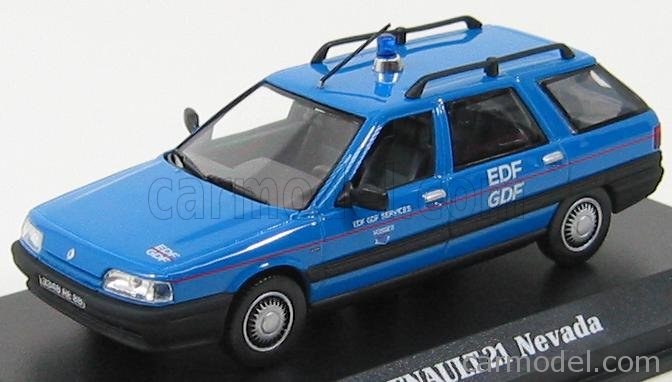
NOREV – RENAULT – 21 NEVADA EDF GDF 1985
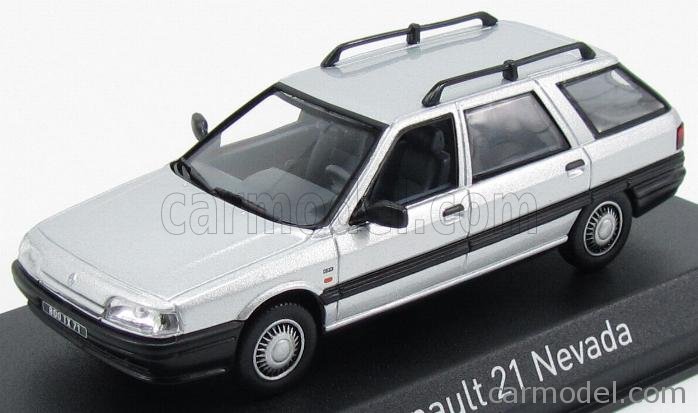
NOREV – RENAULT – 21 NEVADA 1986
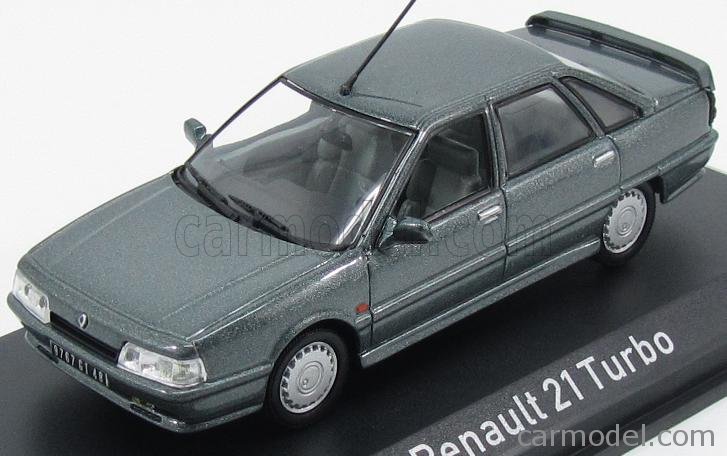
NOREV – RENAULT – 21 TURBO 1988
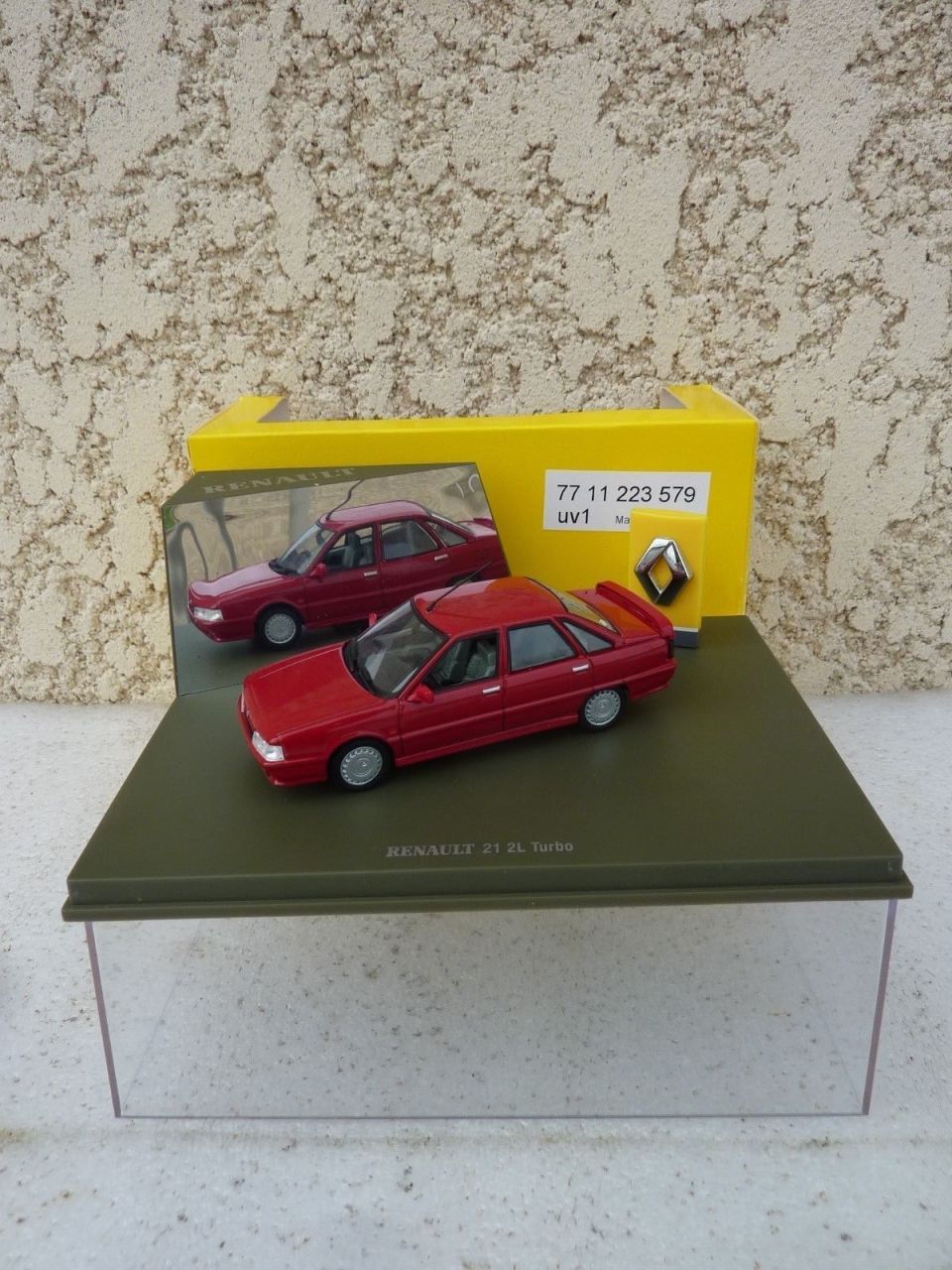
UNIVERSAL HOBBIES – RENAULT – 21 2.L. TURBO
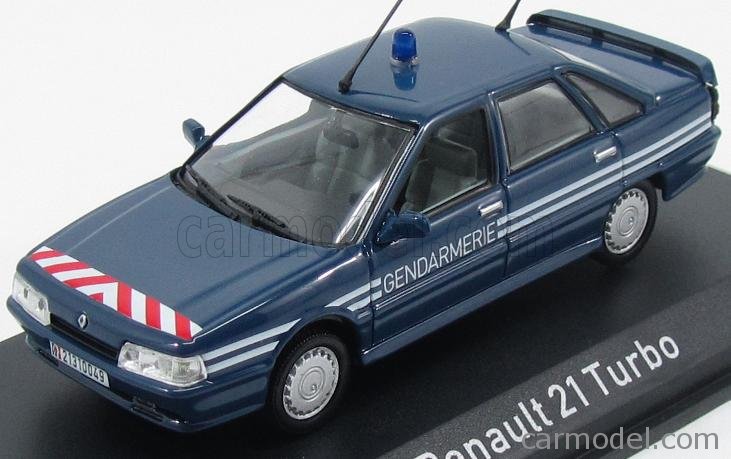
NOREV – RENAULT – 21 TURBO GENDARMERIE 1989
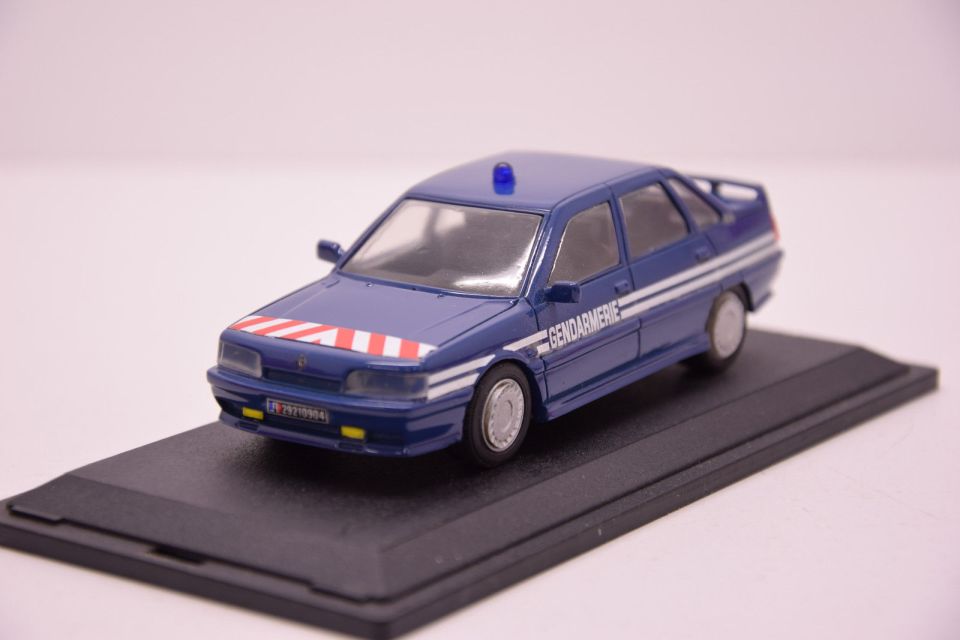
PARADCAR – RENAULT 21 TURBO GENDARMERIE 1989
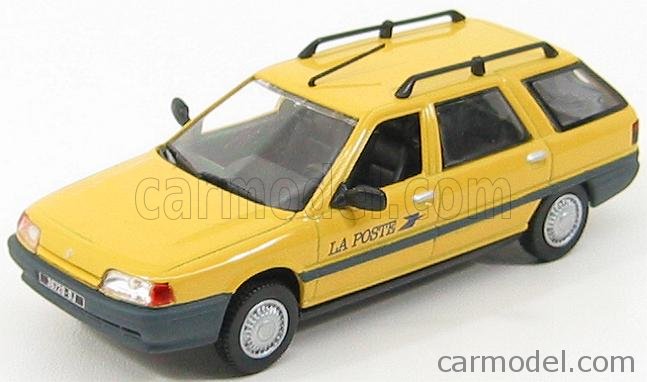
EDICOLA – RENAULT – 21 NEVADA LA POSTE 1989
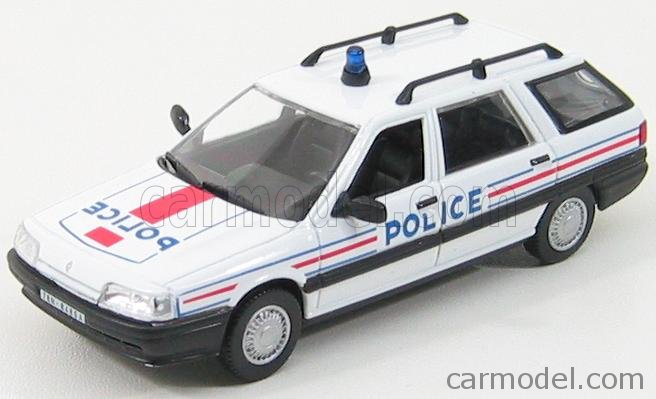
EDICOLA – RENAULT – 21 NEVADA POLICE 1989
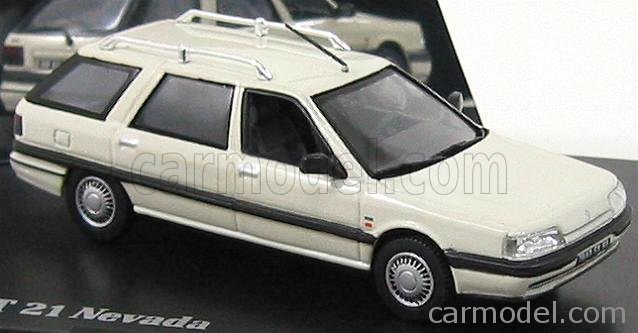
NOREV – RENAULT – 21 NEVADA 1989
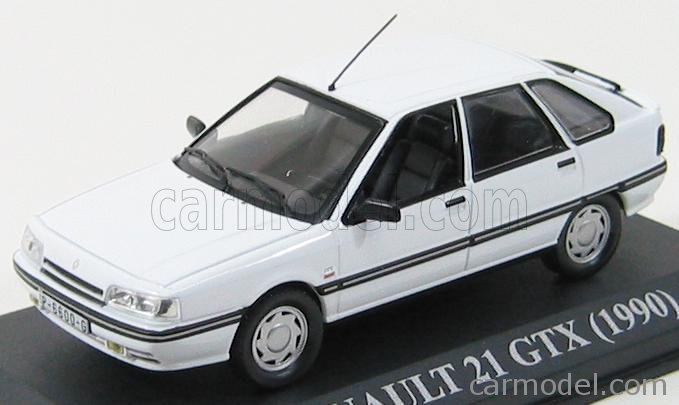
EDICOLA – RENAULT – 21 GTX 1990
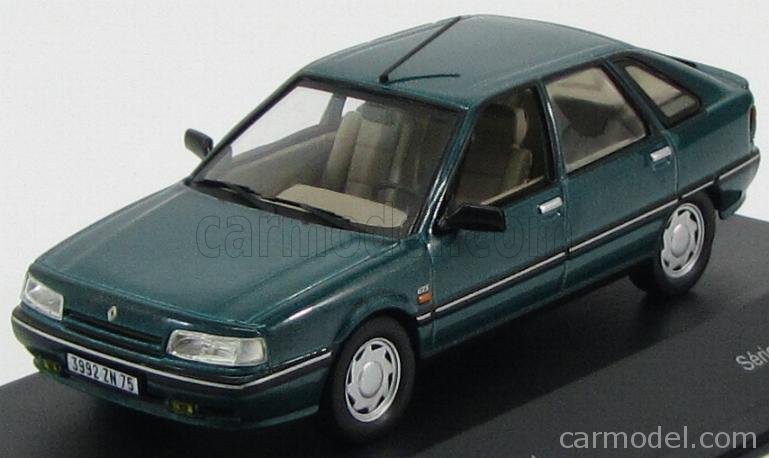
ODEON – RENAULT – R21 4-DOOR 1991
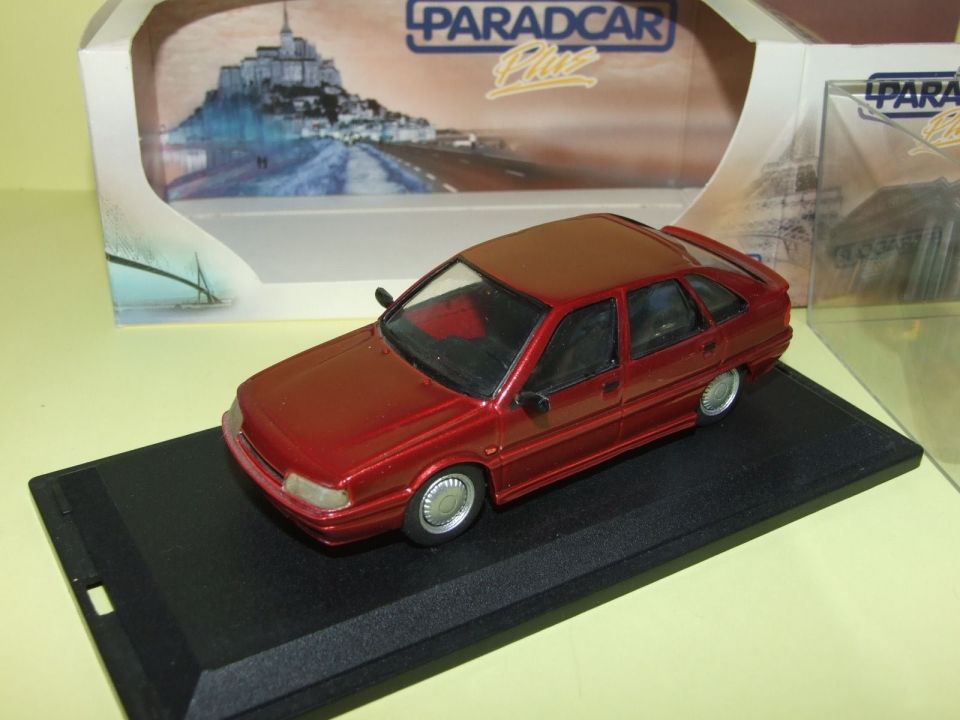
PARADCAR – RENAULT 21 SERIE 2 1995
Renault 19
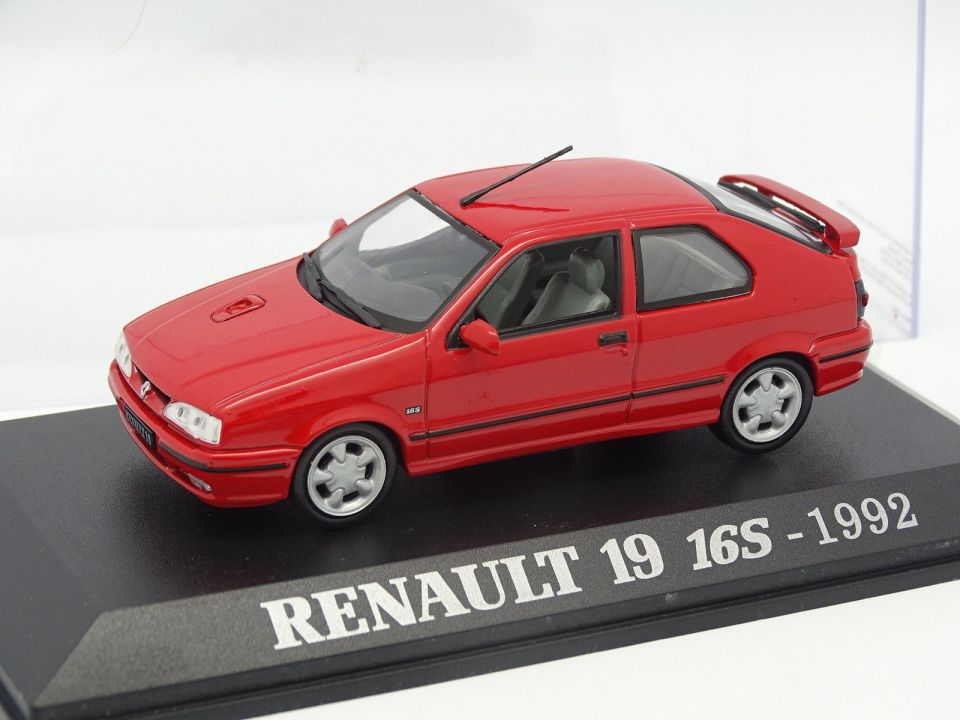
UH – Renault 19 16S Rouge
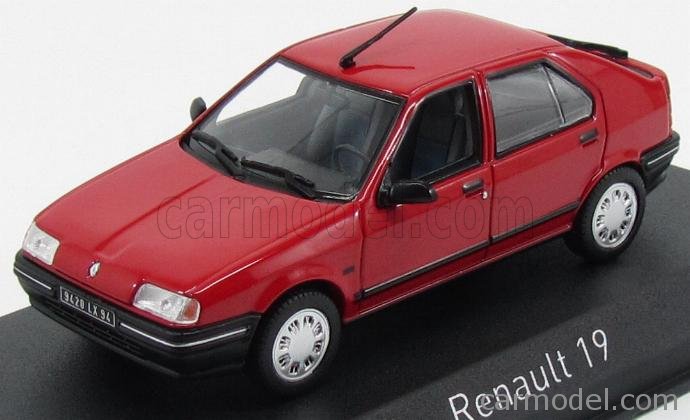
NOREV – RENAULT – 19 1989
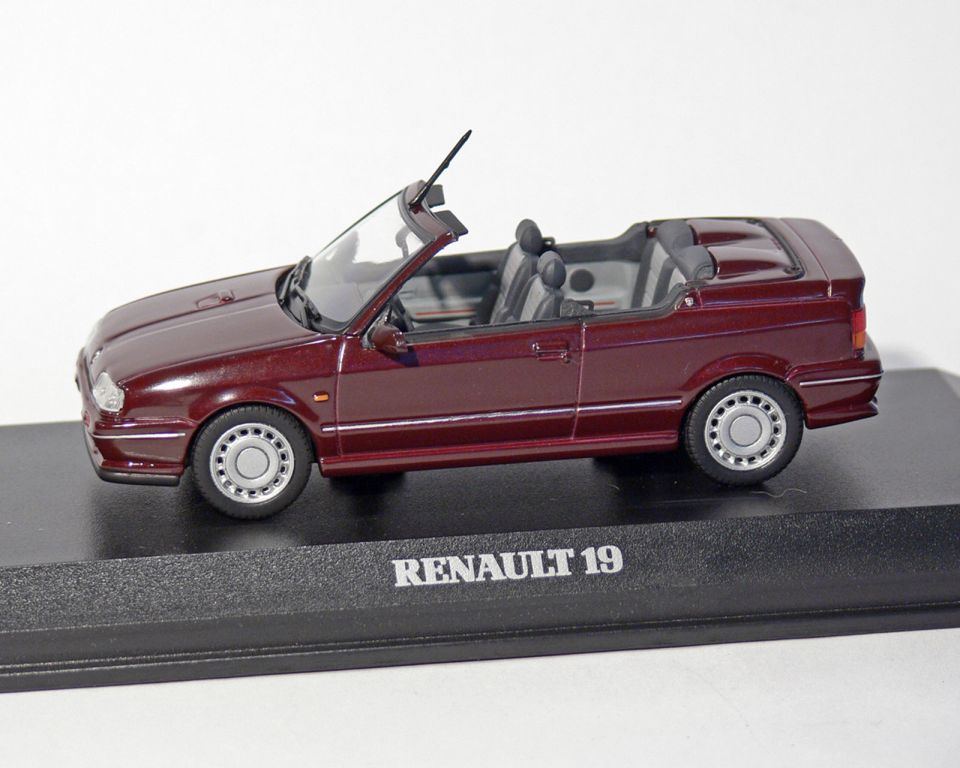
Minichamps – RENAULT 19 Cabrio 1989
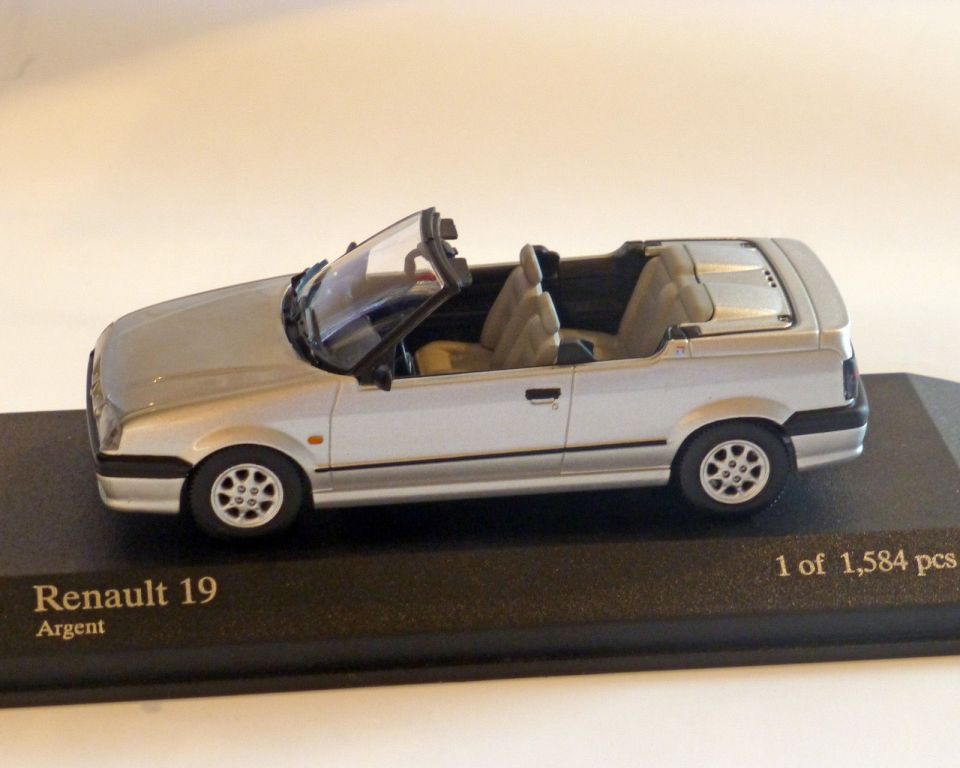
Minichamps – RENAULT 19 Cabrio 1992
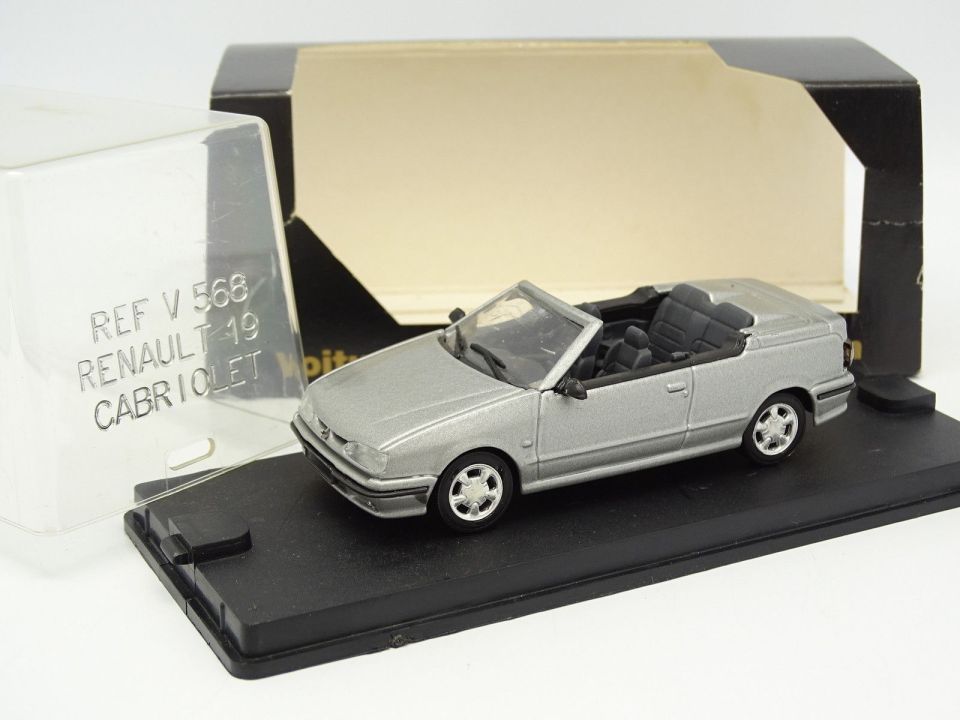
Verem – Renault 19 16S Cabrio
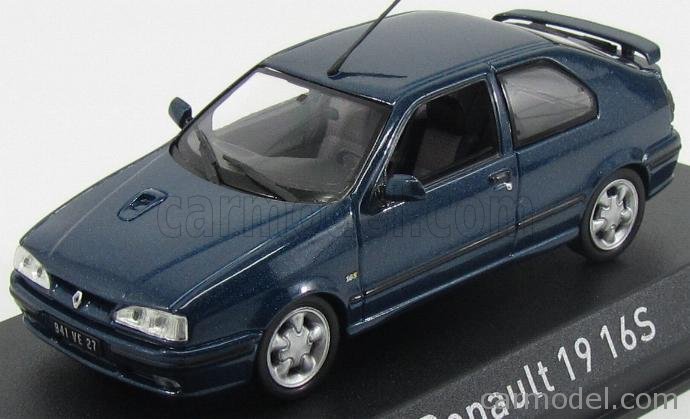
NOREV – RENAULT – R19 16S 1992
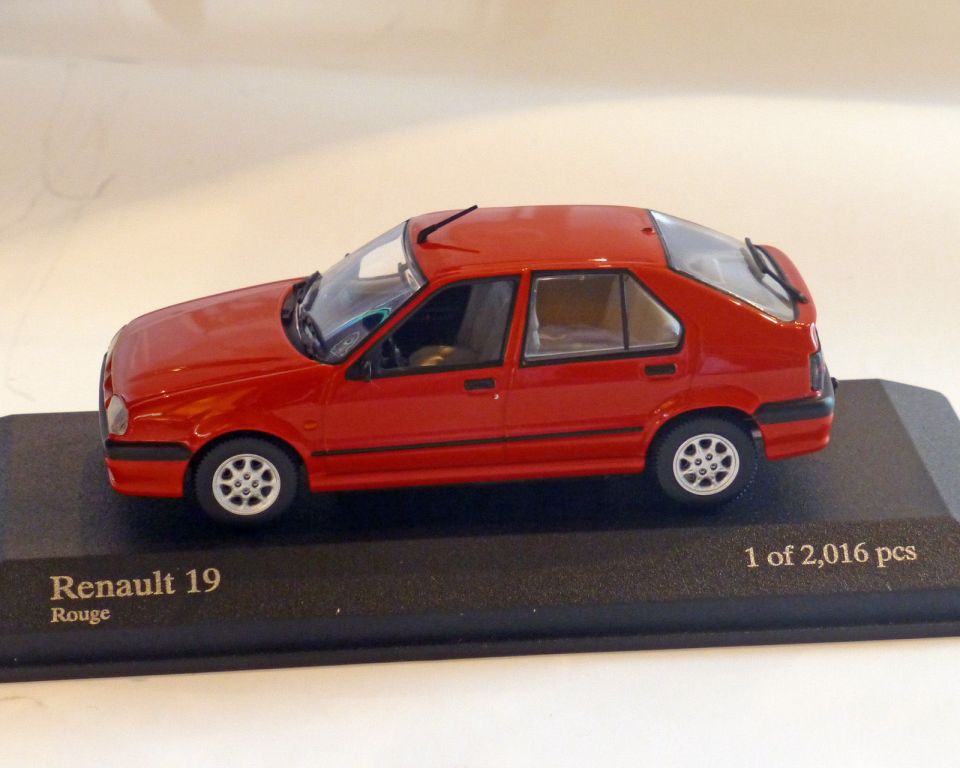
Minichamps – RENAULT 19 1992
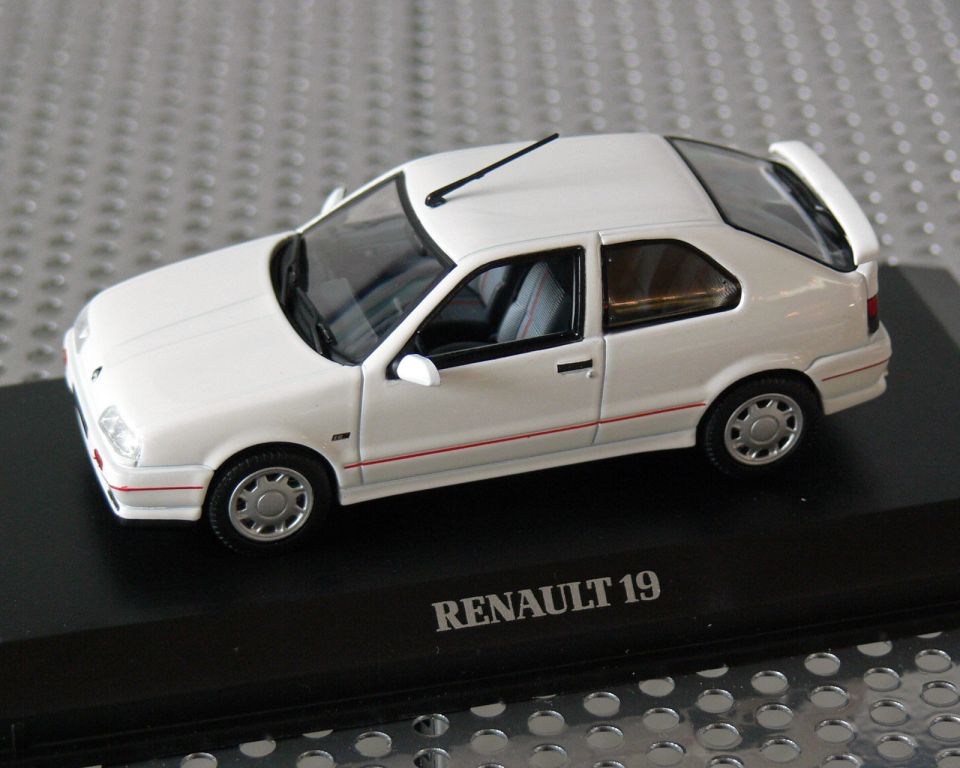
NOREV – Renault 19 Sport
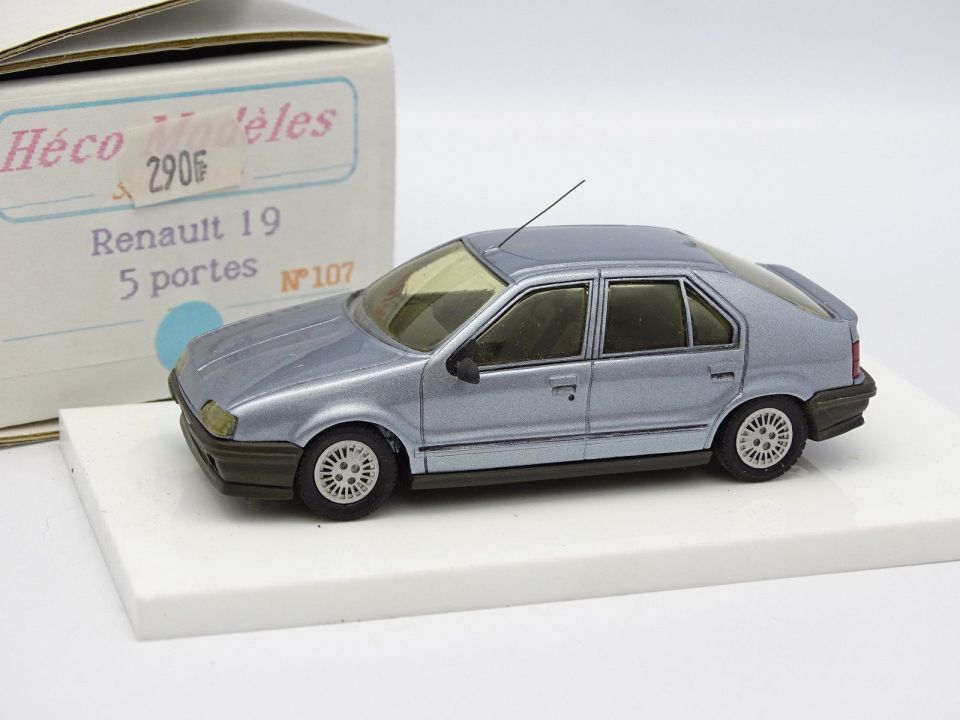
Heco Modeles – Renault 19 Phase I 5 Portes
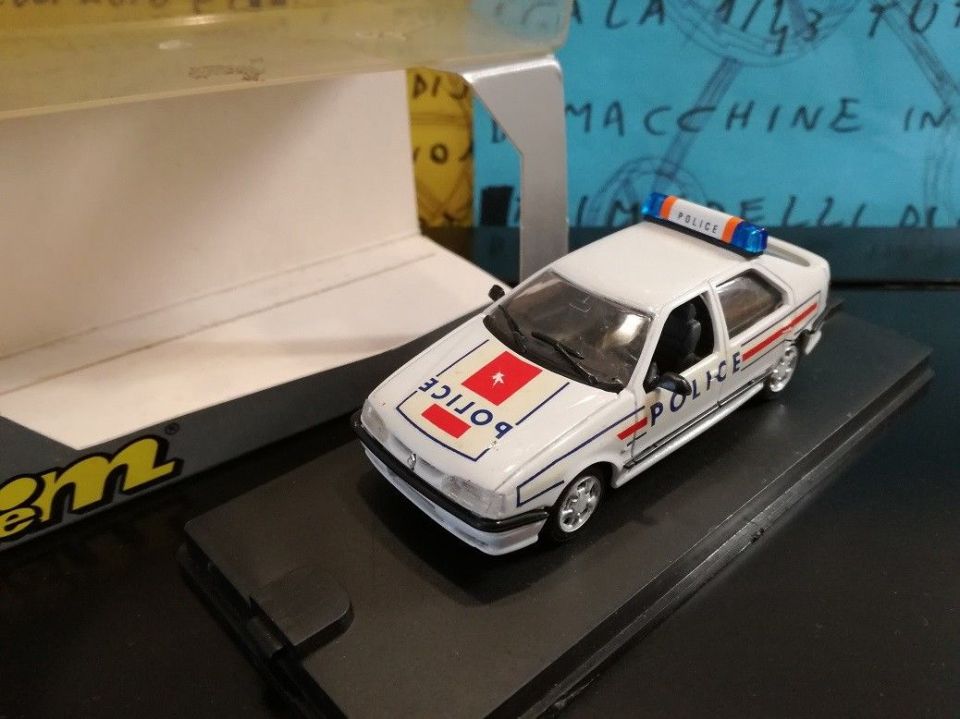
VEREM Solido – Renault 19 phase 2 3011 Police
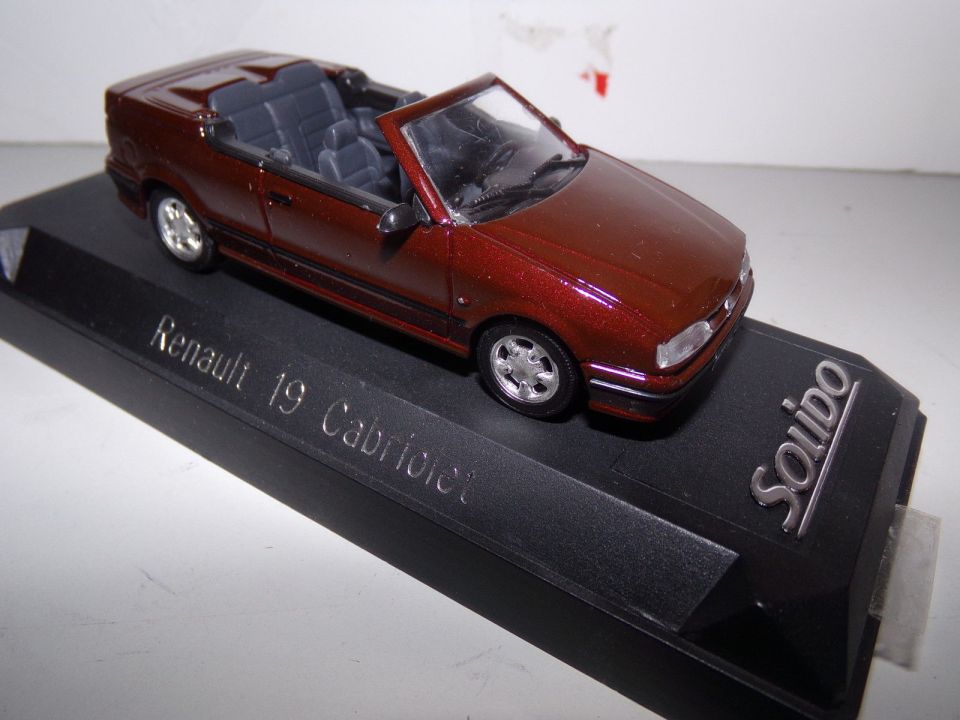
SOLIDO – RENAULT 19 CABRIOLET 2
Renault Spider
Renault Avantime
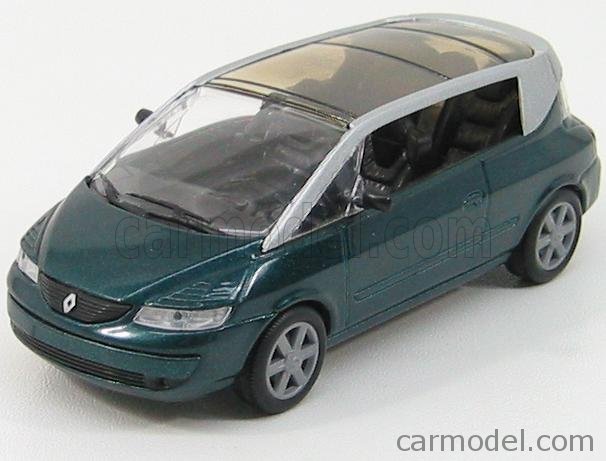
NOREV – RENAULT – AVANTIME 2001
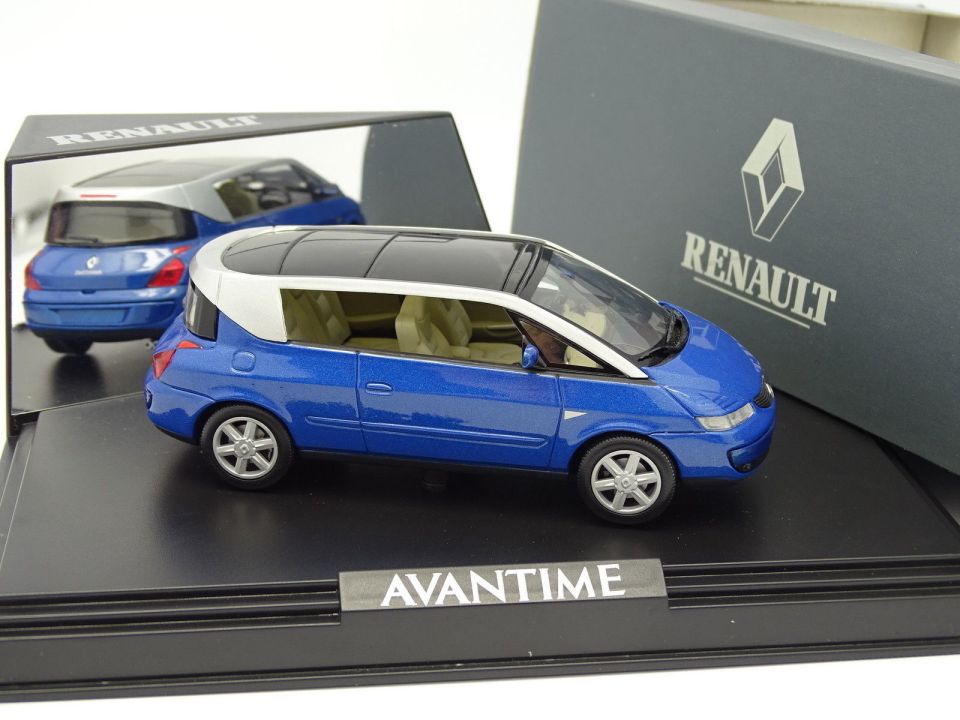
Norev – Renault Avantime
Renault Vel Satis
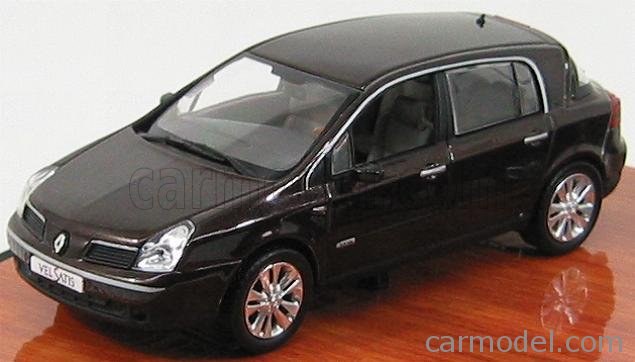
NOREV – RENAULT – VELSATIS 2005
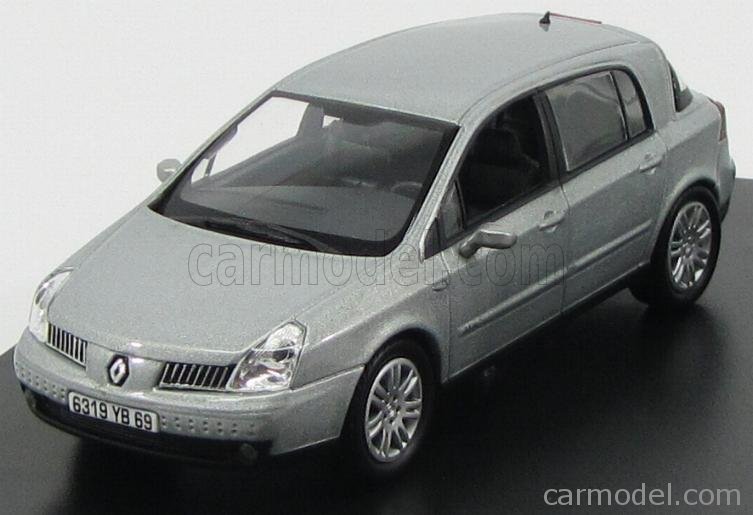
NOREV – RENAULT – VELSATIS 3.5 V6 PRIVILEGE 2005
RENAULT – 4
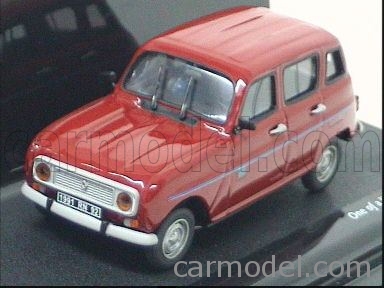
VITESSE – RENAULT – 4GTL 1956
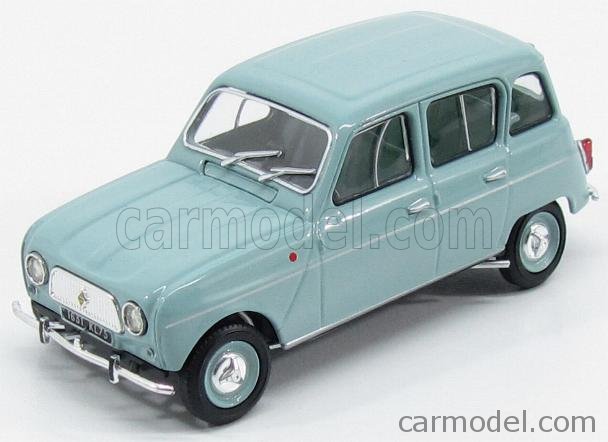
ELIGOR – RENAULT – R4 L 1961
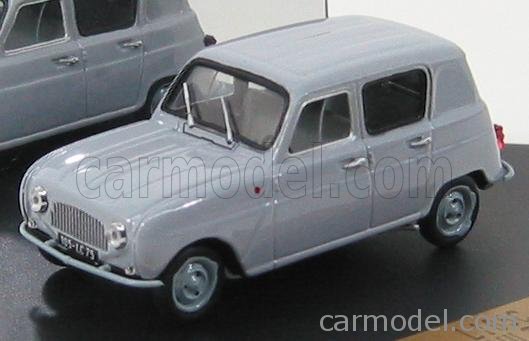
VITESSE – RENAULT – 3/4 1961
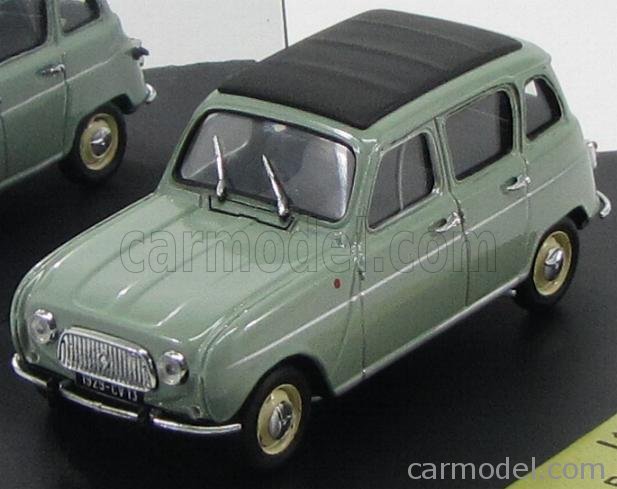
VITESSE – RENAULT – 4L 1961
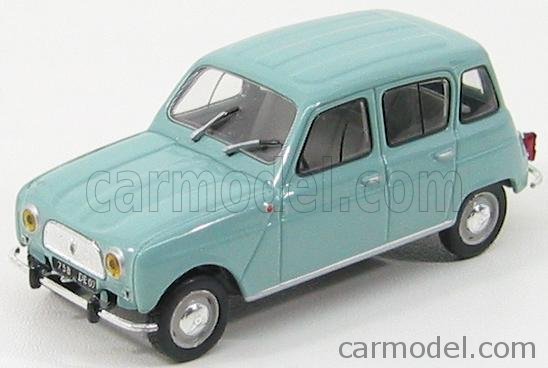
EDICOLA – RENAULT – 4L 1962
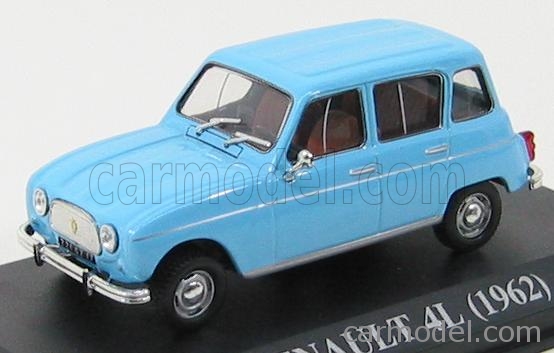
EDICOLA – RENAULT – 4L 1962
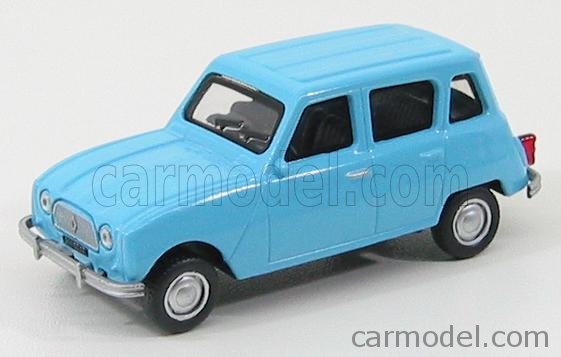
MONDOMOTORS – RENAULT – 4L 1962
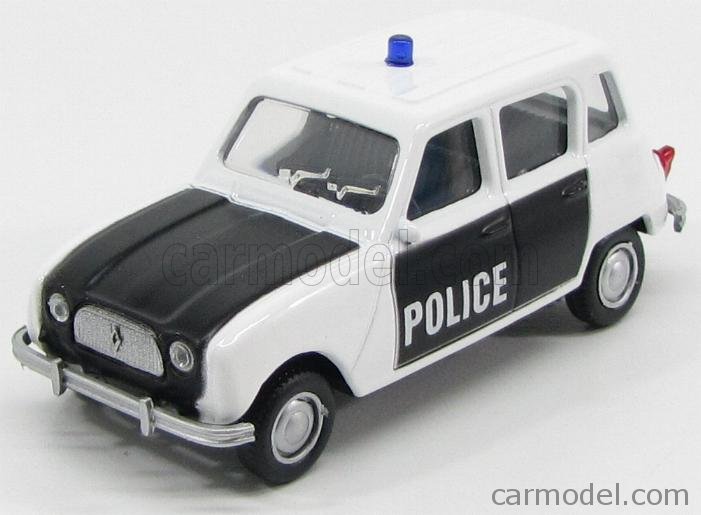
MONDOMOTORS – RENAULT – 4L POLICE 1962
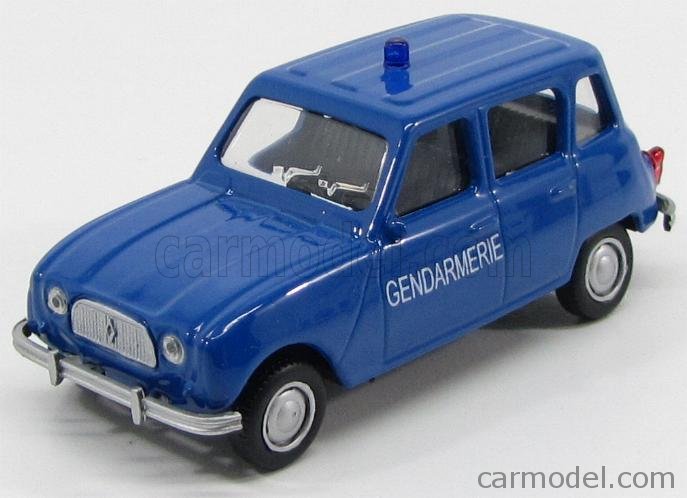
MONDOMOTORS – RENAULT – 4L GENDARMERIE 1962
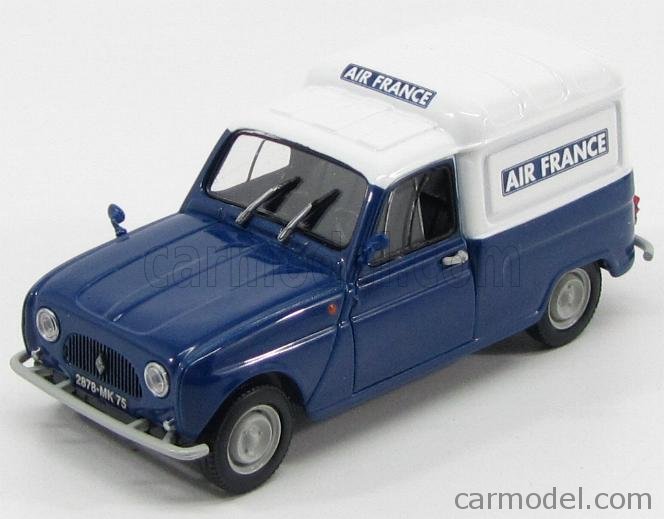
NOREV – RENAULT – R4 VAN FOURGONETTE – AIR FRANCE 1962
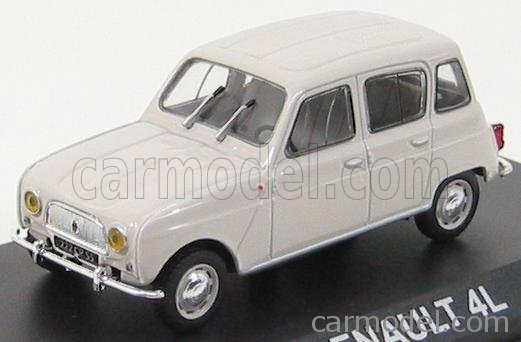
NOREV – RENAULT – 4L 1962
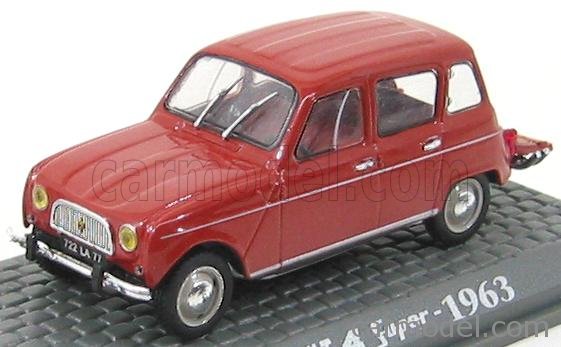
EDICOLA – RENAULT – 4 SUPER 1963
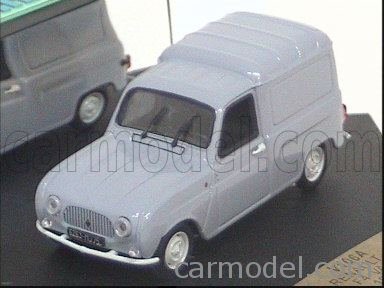
VITESSE – RENAULT – 4 VAN 1963
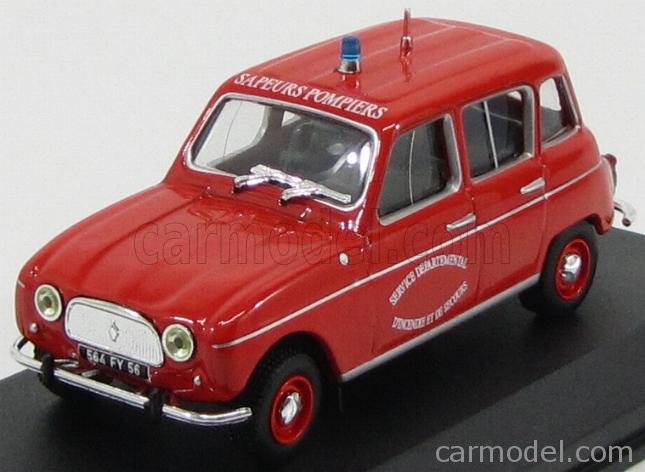
EDICOLA – RENAULT – 4L SAPEUR POMPIERS DE LA NIEVRE 1964
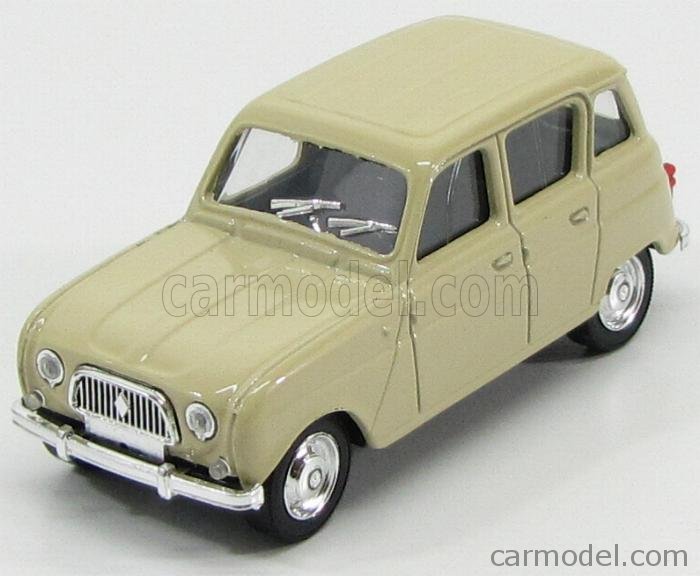
EDICOLA – RENAULT – 4L 1964
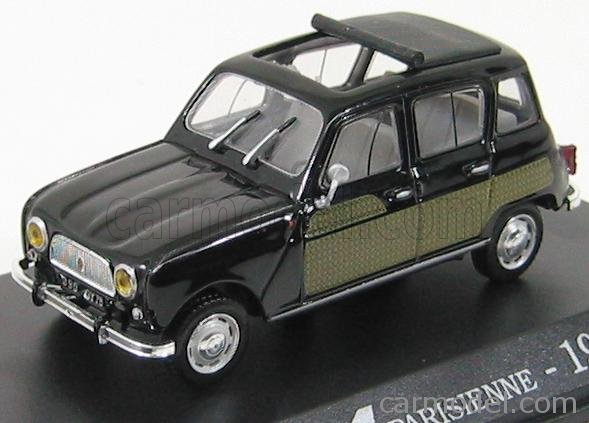
EDICOLA – RENAULT – 4 PARISIENNE 1964
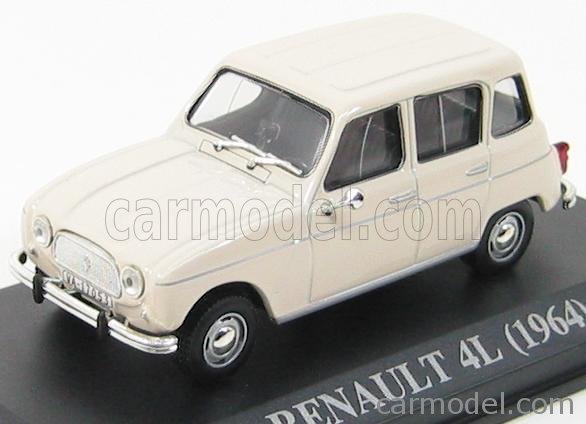
EDICOLA – RENAULT – 4L 1964
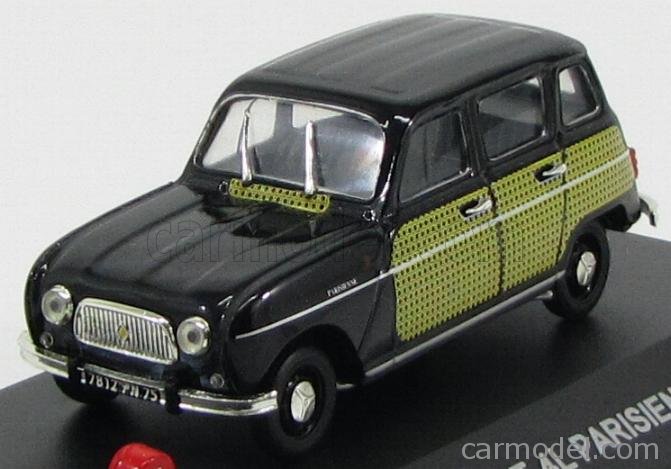
NOSTALGIE – RENAULT – 4L PARISIENNE 1964
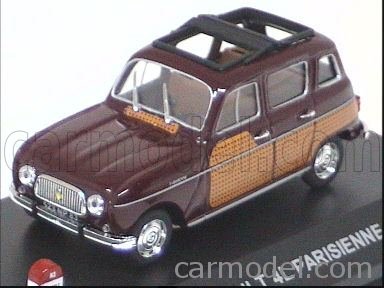
NOSTALGIE – RENAULT – 4L PARISIENNE 1964 – TETTO APERTO – OPEN ROOF
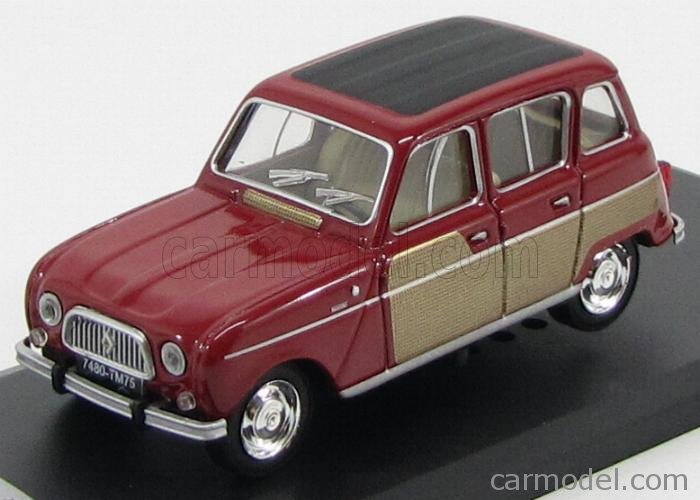
SOLIDO – RENAULT – 4L PARISIENNE 1964
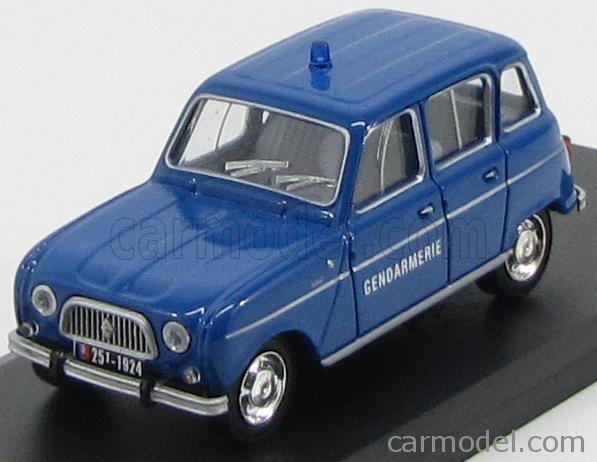
SOLIDO – RENAULT – 4L GENDARMERIE 1964
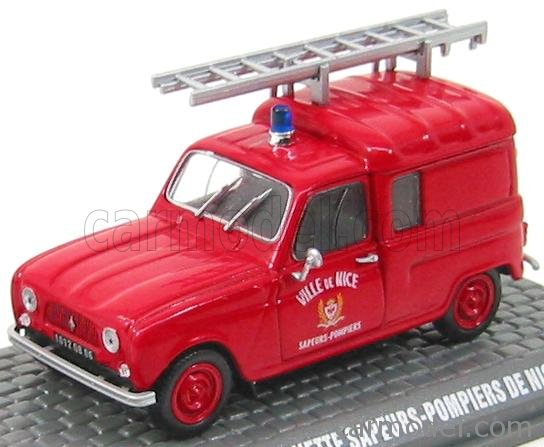
EDICOLA – RENAULT – R4 VAN WITH SCALA – SAPEURS POMPIERS DE NICE 1965
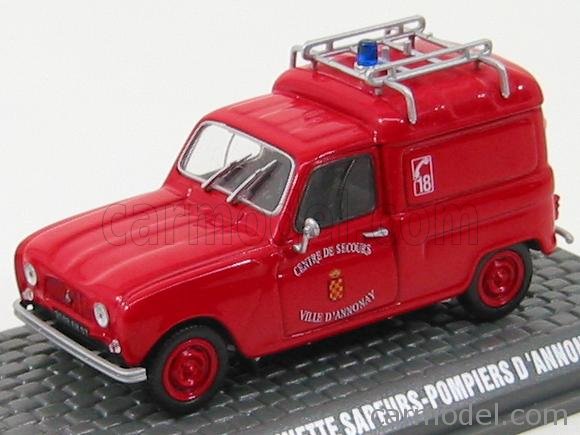
EDICOLA – RENAULT – R4 VAN VILLE D’ANNONAY SAPEURS-POMPIERS 1965
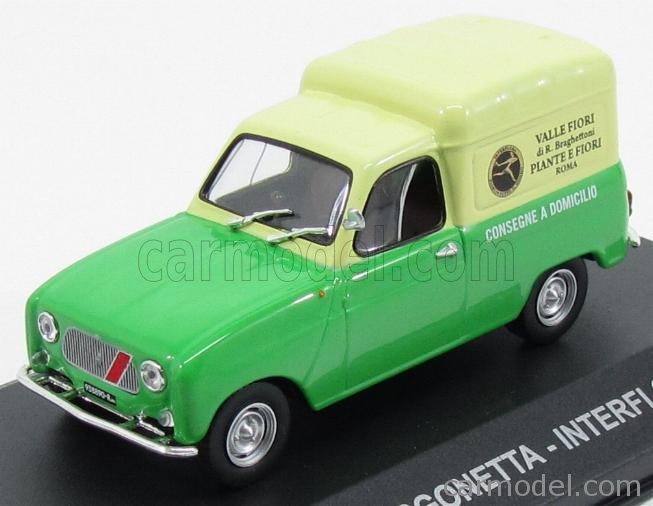
EDICOLA – RENAULT – 4 FURGONETTA VAN 1966 – VALLE FIORI ROMA INTERFLORA
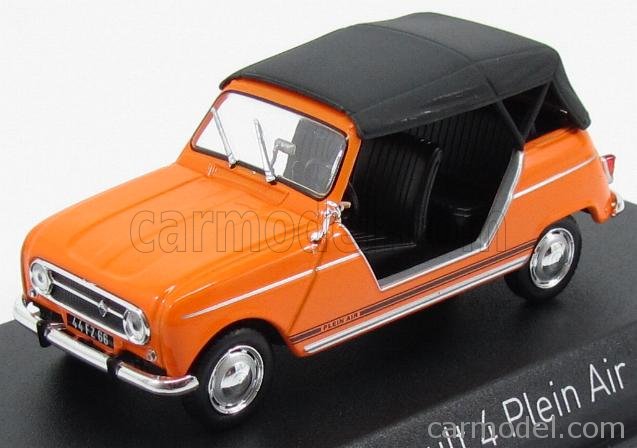
NOREV – RENAULT – 4 PLEIN AIR 1968
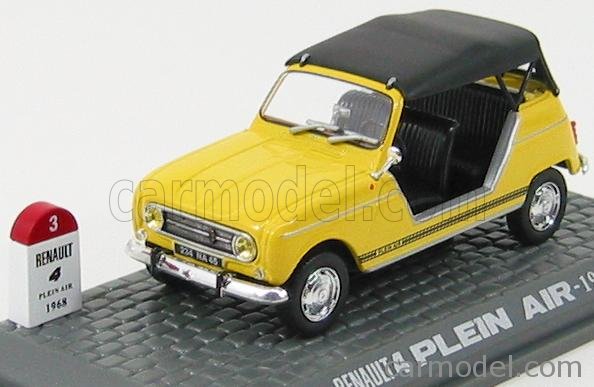
EDICOLA – RENAULT – 4 PLEIN AIR 1968 CAPOTE CLOSED
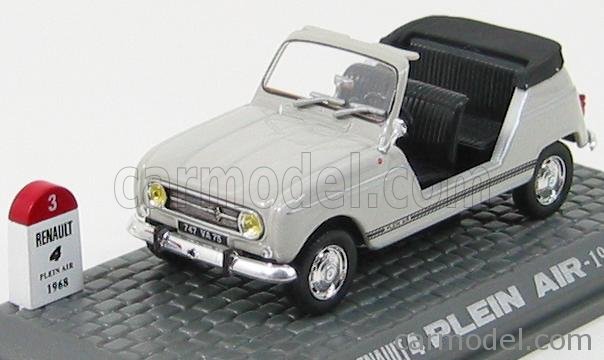
EDICOLA – RENAULT – 4 PLEIN AIR 1968 CAPOTE OPEN
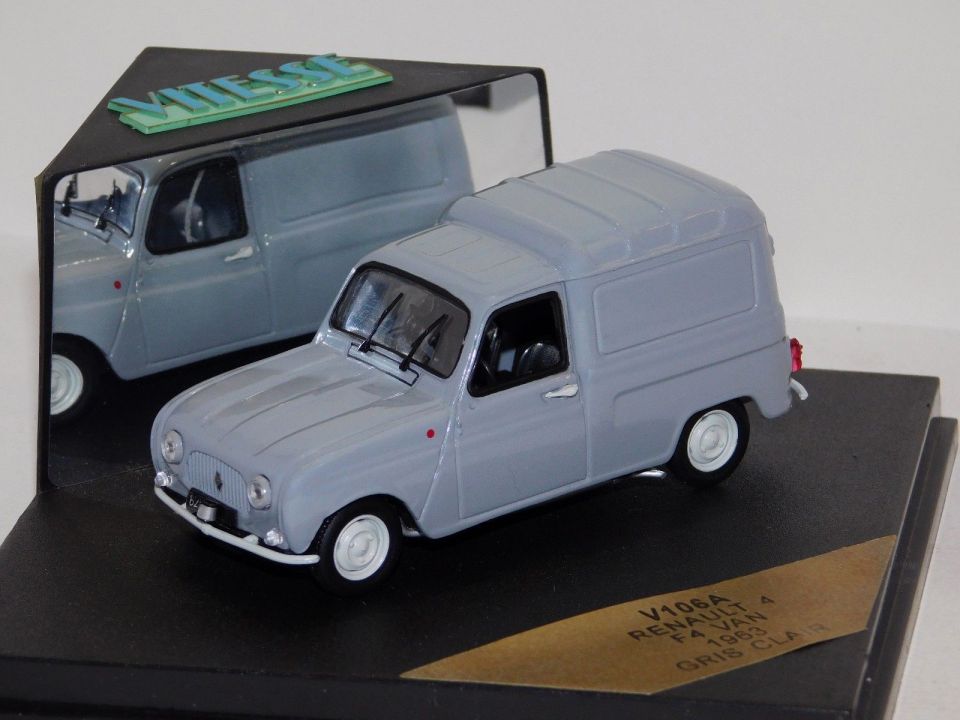
VITESSE – RENAULT – 4 VAN 1968
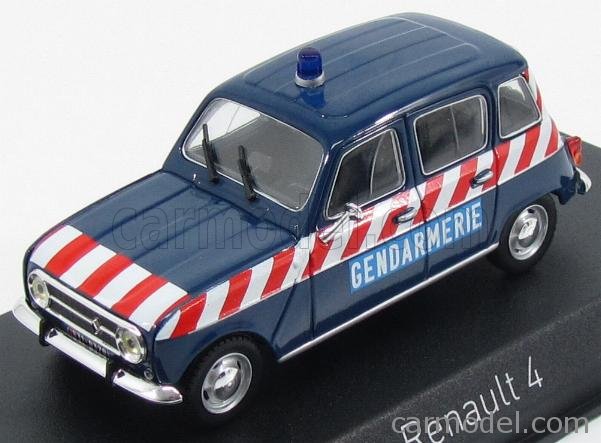
NOREV – RENAULT – 4 GENDARMERIE PELOTON D’AUTOROUTE 1968
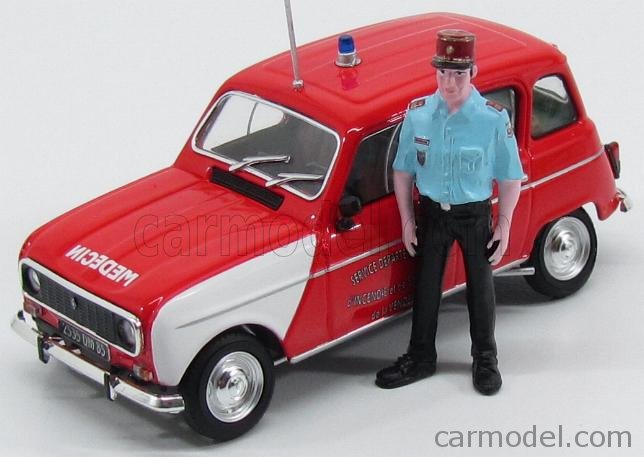
ELIGOR – RENAULT – R4 L SDIS MEDICIN POMPIERS SERVICE DEPARTEMENTAL D’INCENDIE ET DE SECOURS DE LA VENDEE WITH FIGURE 1969
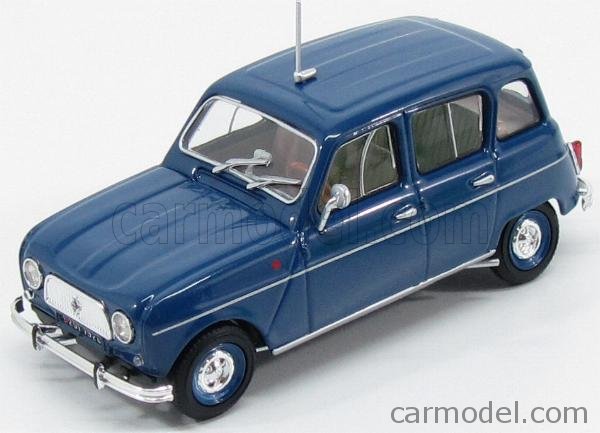
ELIGOR – RENAULT – R4 L GENDARMERIE 1969
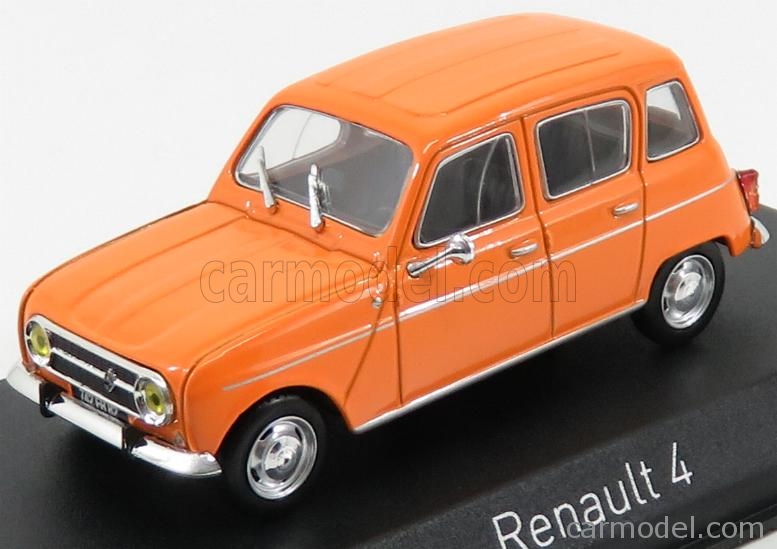
NOREV – RENAULT – R4 1974
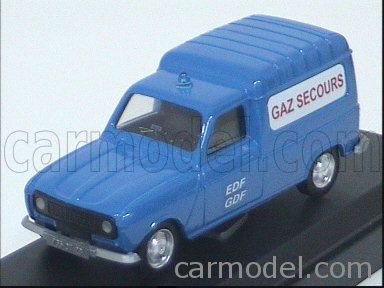
VEREM – RENAULT – 4L FURGONETTE 1975 – GAZ SECOURS
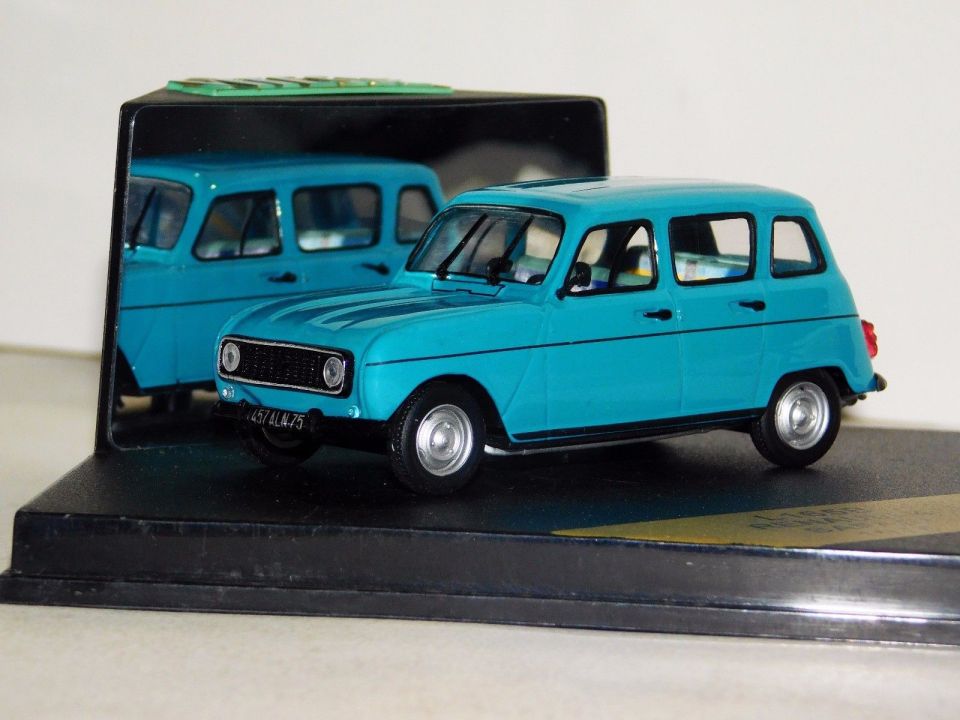
VITESSE – RENAULT – 4 1976
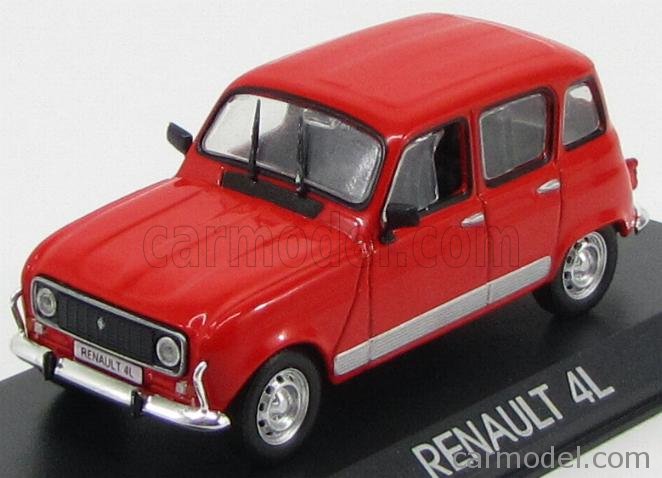
EDICOLA – RENAULT – R4L 1977
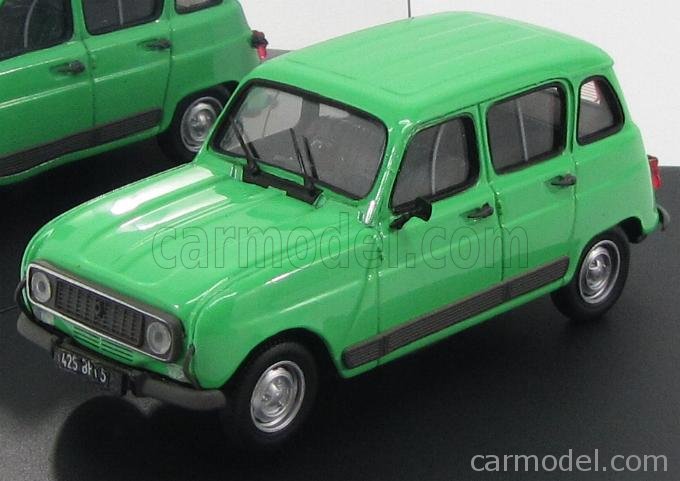
VITESSE – RENAULT – 4GTL 1978
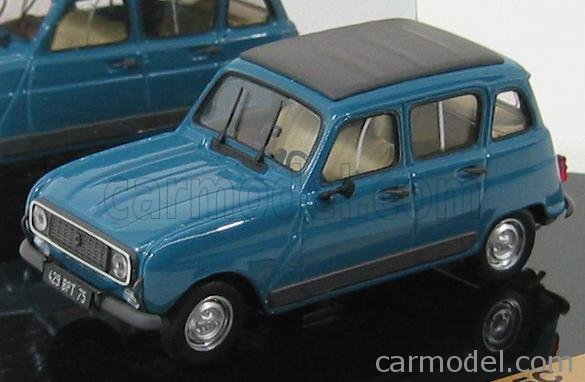
VITESSE – RENAULT – 4 GTL 1978 CLOSED ROOF
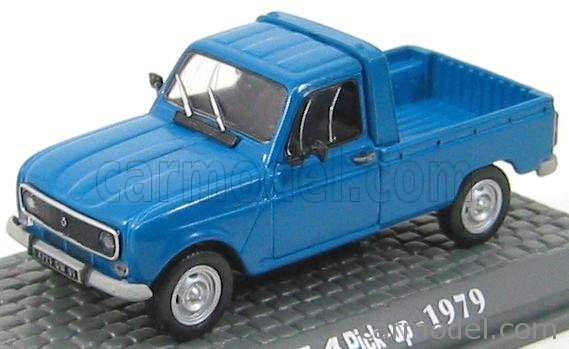
EDICOLA – RENAULT – R4 PICK-UP 1979
RENAULT – R5
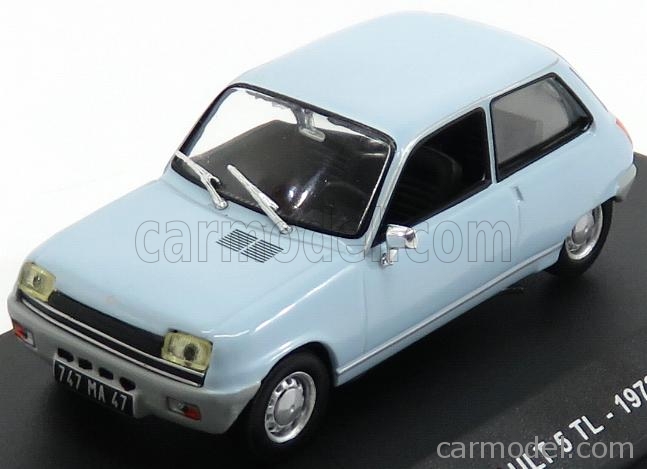
SOLIDO – RENAULT – R5 TL 1972
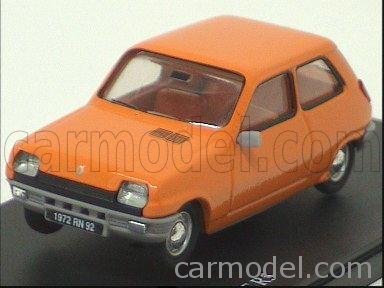
ELIGOR – RENAULT – R5 1972
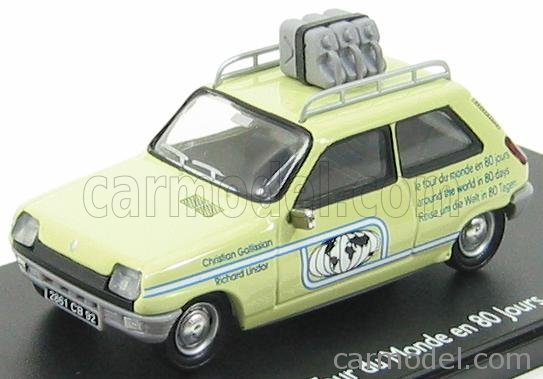
ELIGOR – RENAULT – R5 – TOUR DU MONDE EN 80 JOURS – RALLY N 0 GIRO DEL MONDO IN 80 GIORNI – AROUND THE WORLD IN 80 DAYS
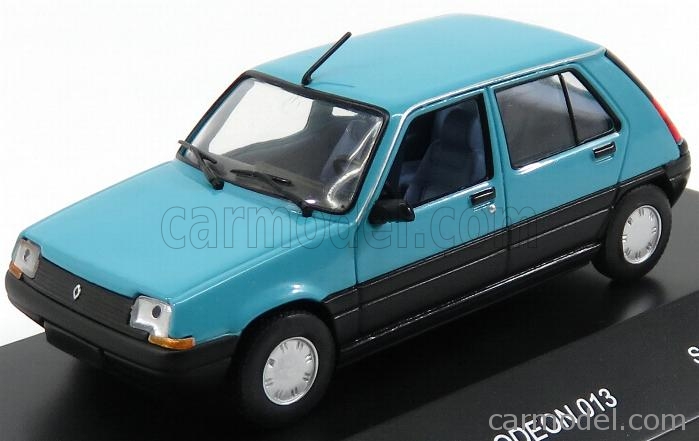
ODEON – RENAULT – R5 SUPERCINQUE GTL 1976
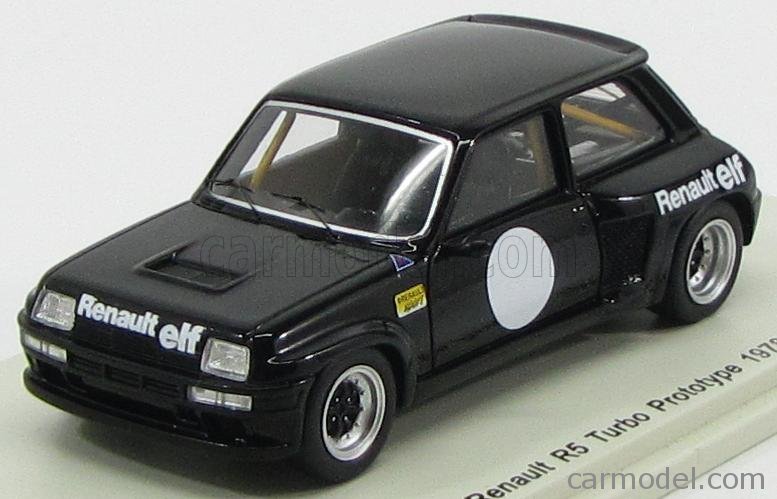
SPARK-MODEL – RENAULT – R5 TURBO PROTOTYPE 1978
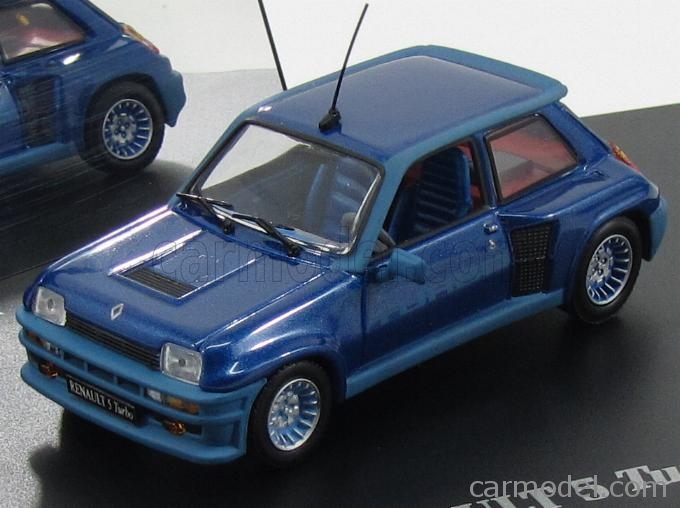
UNIVERSAL HOBBIES – RENAULT – R5 TURBO 1980
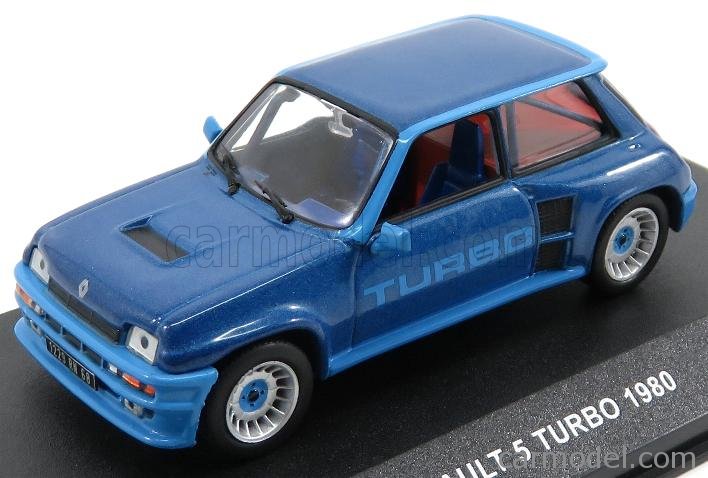
SOLIDO – RENAULT – R5 TURBO 1981
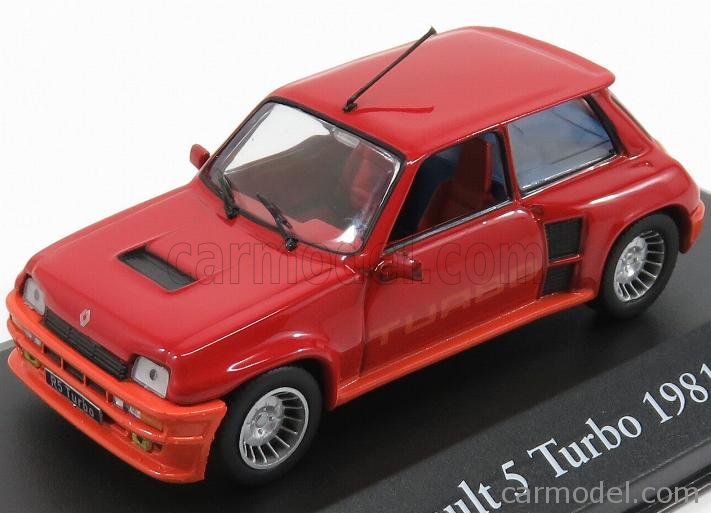
EDICOLA – RENAULT – R5 TURBO 1981
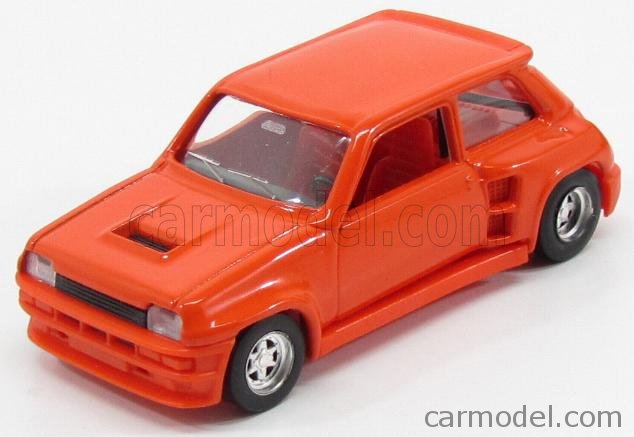
TOP43 – RENAULT – R5 TURBO EUROPECAR N 4 COUPE DE EUROPE 1981
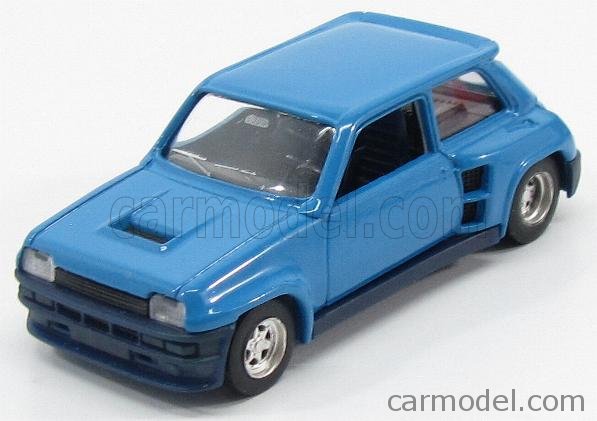
TOP43 – RENAULT – R5 TURBO N 23 6th RALLY MONTECARLO 1982 D.SNOBECK – D.EMANUELLI
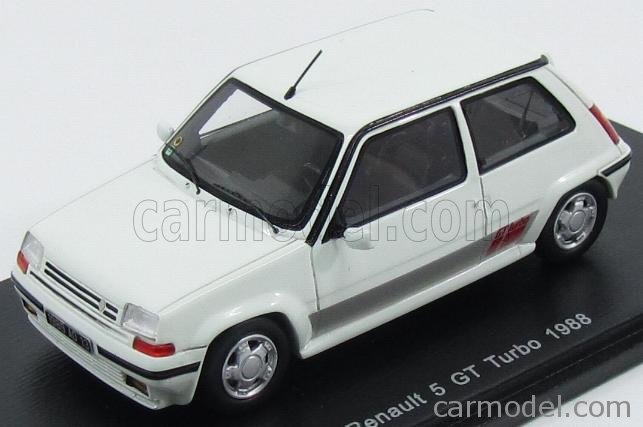
SPARK-MODEL – RENAULT – R5 GT TURBO 1988
RENAULT TWINGO
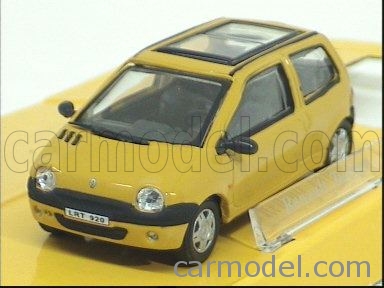
HONGWELL – RENAULT – TWINGO
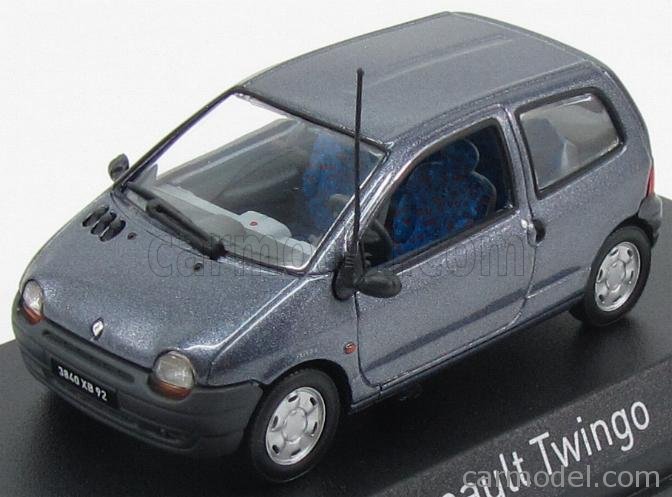
NOREV – RENAULT – TWINGO 1993
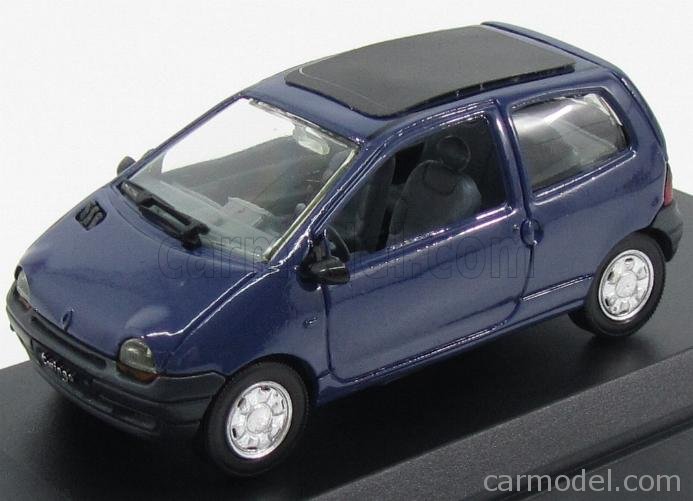
SOLIDO – RENAULT – TWINGO CLOSE ROOF 1993
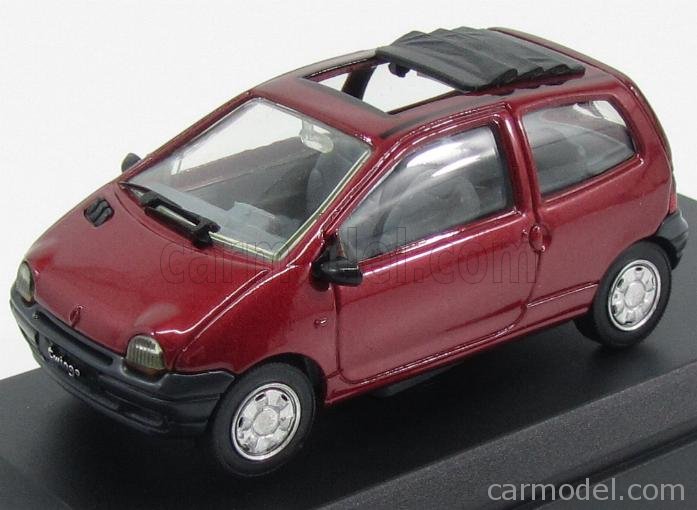
SOLIDO – RENAULT – TWINGO OPENING ROOF 1993
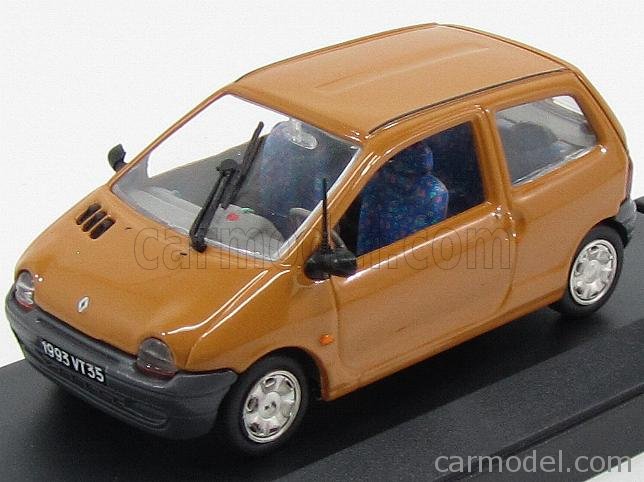
VITESSE – RENAULT – TWINGO 1993
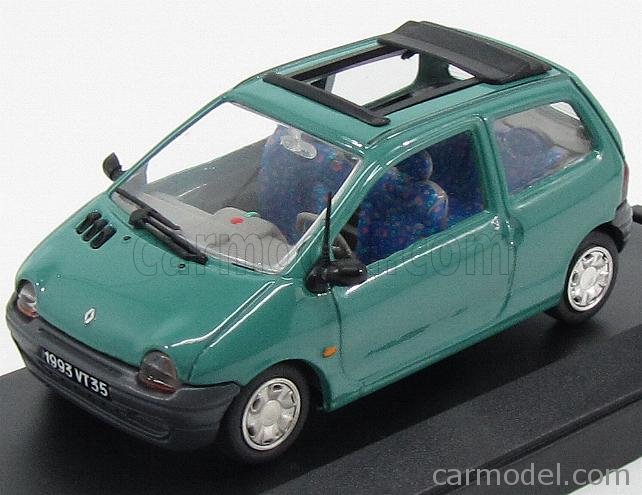
VITESSE – RENAULT – TWINGO CAPOTE OPEN 1993
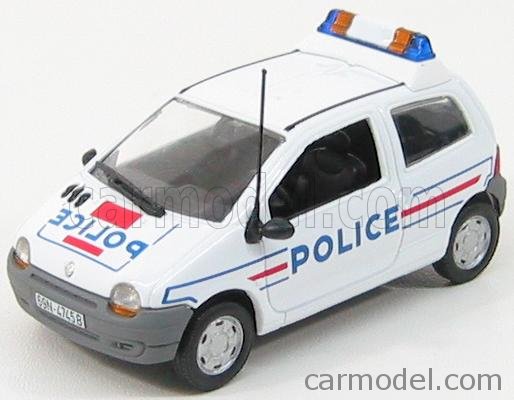
EDICOLA – RENAULT – TWINGO POLICE 1993
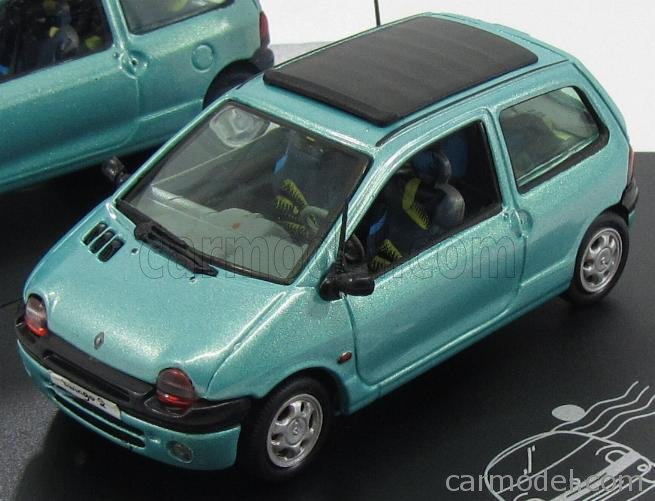
VITESSE – RENAULT – TWINGO II CAPOTE CLOSED 1998
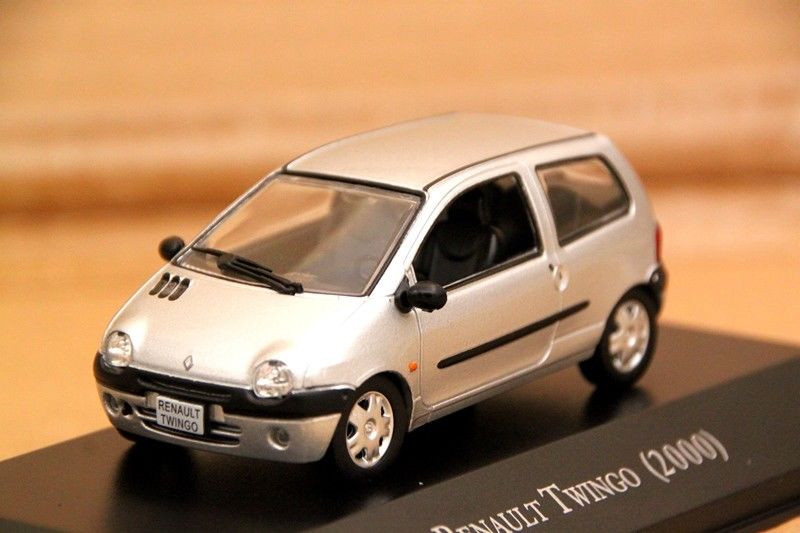
Altaya – Renault Twingo 2000
NOREV – RENAULT – SET – TWINGO 1993 + 2007
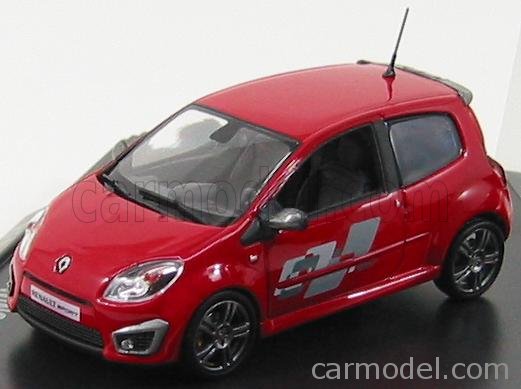
NOREV – RENAULT – TWINGO RS 2008
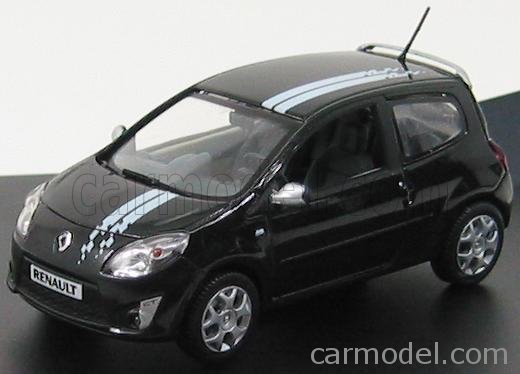
NOREV – RENAULT – TWINGO GT 2008
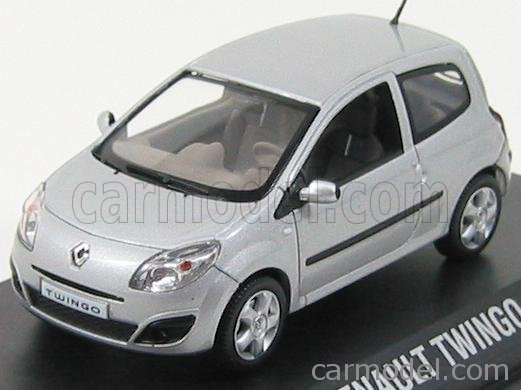
NOREV – RENAULT – TWINGO 2008
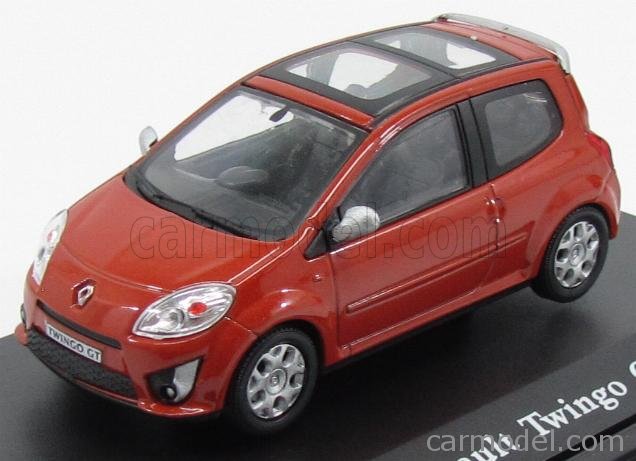
HONGWELL – RENAULT – NEW TWINGO GT 2-DOOR 2011
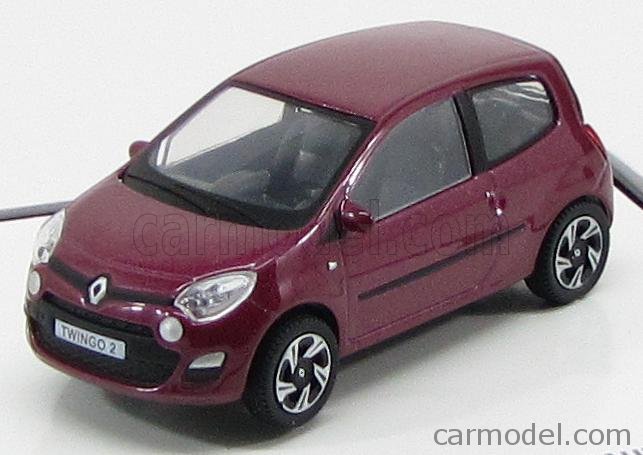
NOREV – RENAULT – TWINGO 2012
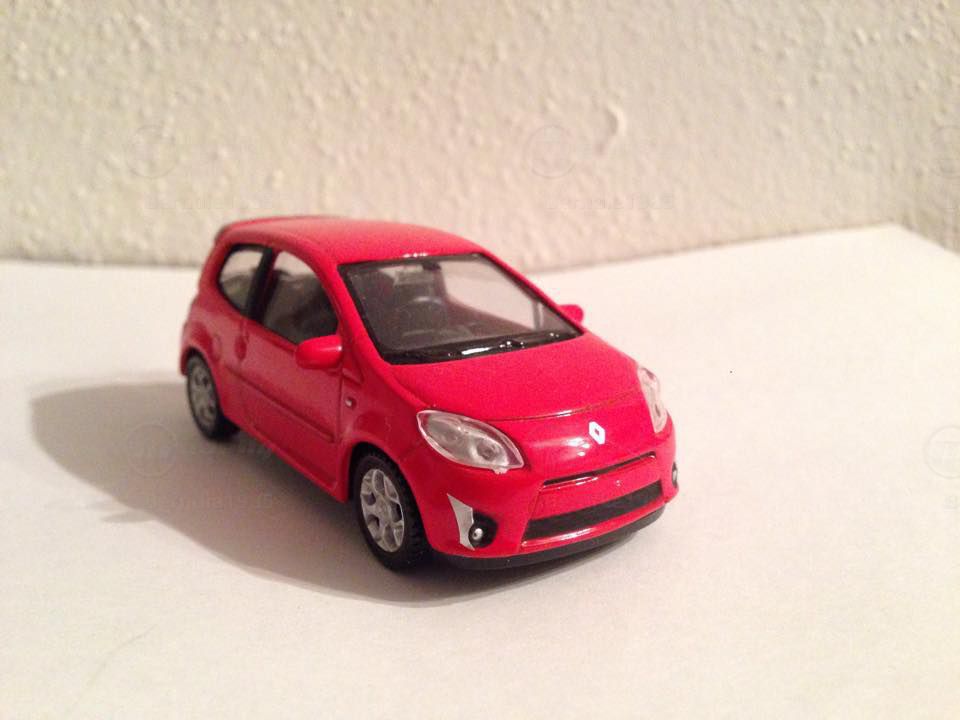
Welly – renault twingo 2012
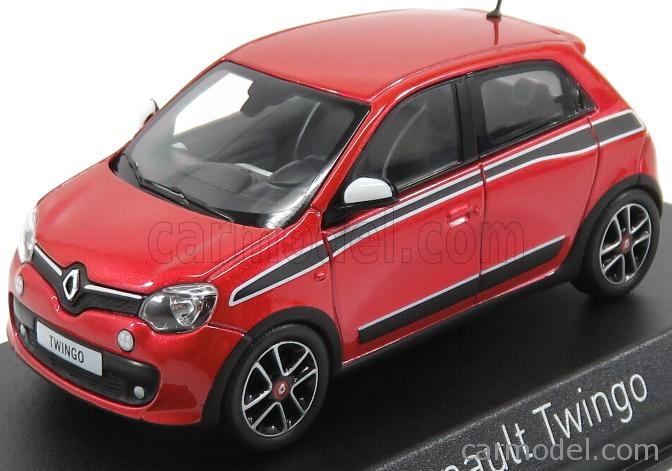
NOREV – RENAULT – TWINGO SPORT PACK 2014
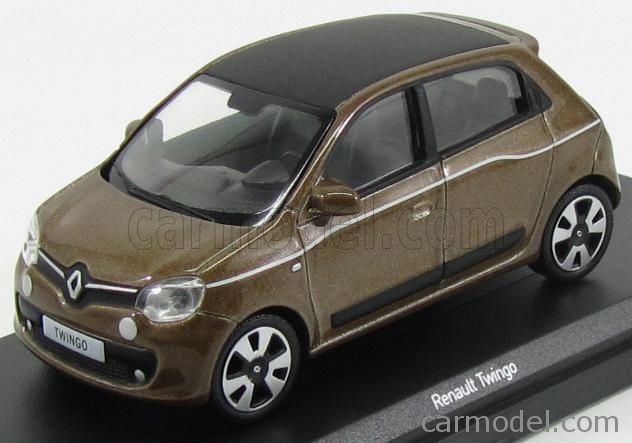
NOREV – RENAULT – TWINGO 2014
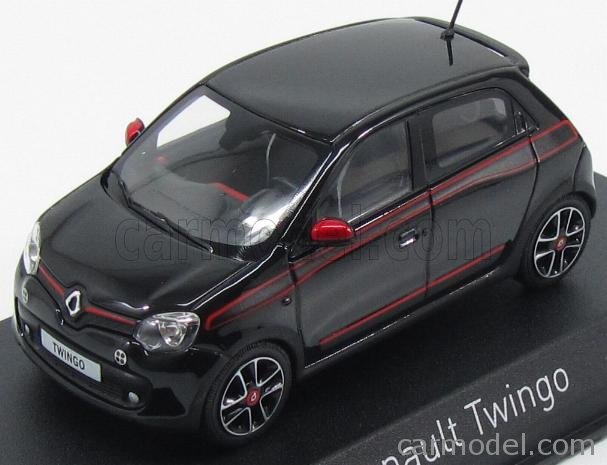
NOREV – RENAULT – TWINGO SL EDITION ONE 2014
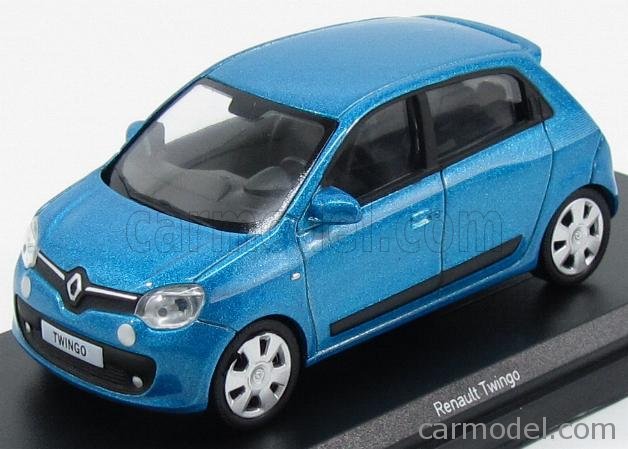
NOREV – RENAULT – TWINGO 2014
RENAULT CLIO
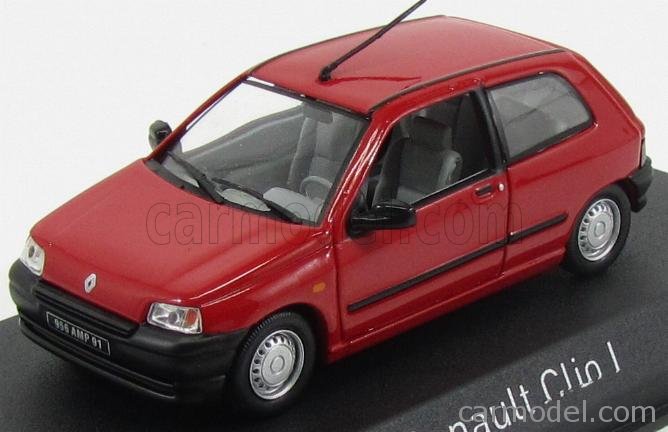
NOREV – RENAULT – CLIO 1990
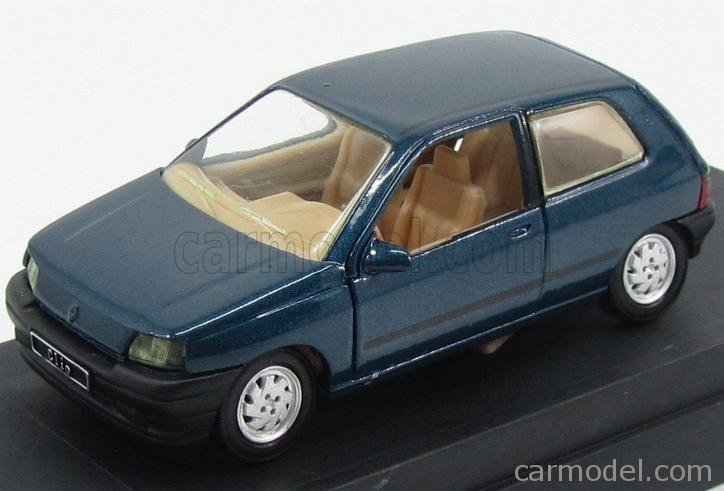
SOLIDO – RENAULT – CLIO 1990
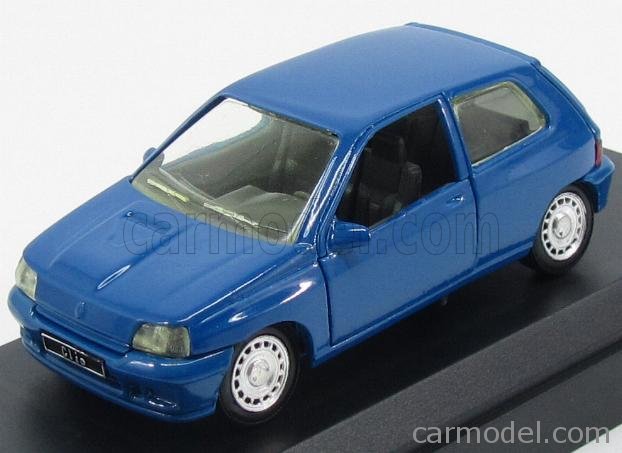
SOLIDO – RENAULT – CLIO 16S 1990
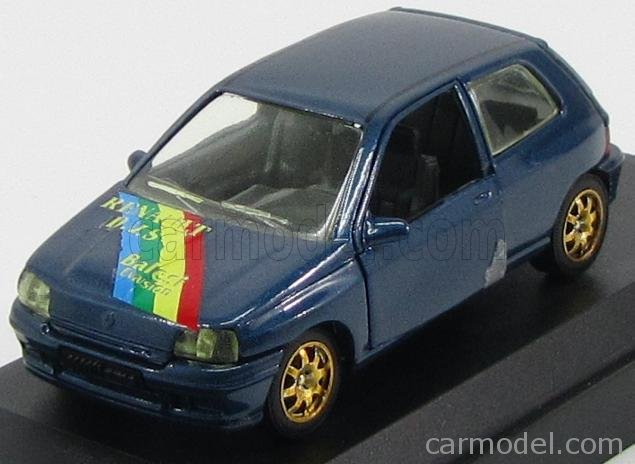
SOLIDO – RENAULT – CLIO WILLIAMS Gr.N 1993 WITH DECALS
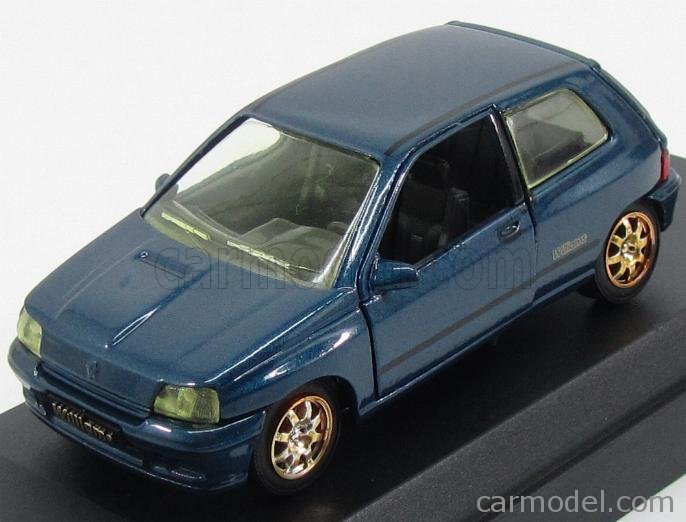
SOLIDO – RENAULT – CLIO WILLIAMS 2.0 16v (1st SERIES) 1993 (YELLOW LIGHTS)
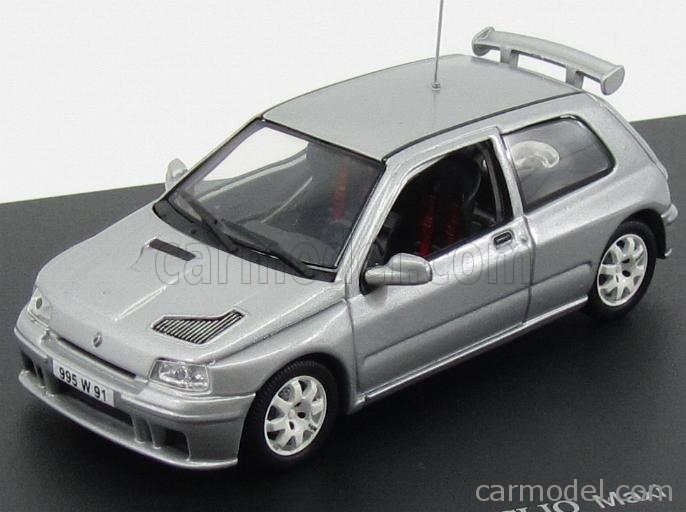
UNIVERSAL HOBBIES – RENAULT – CLIO MAXI PRESENTATION 1994
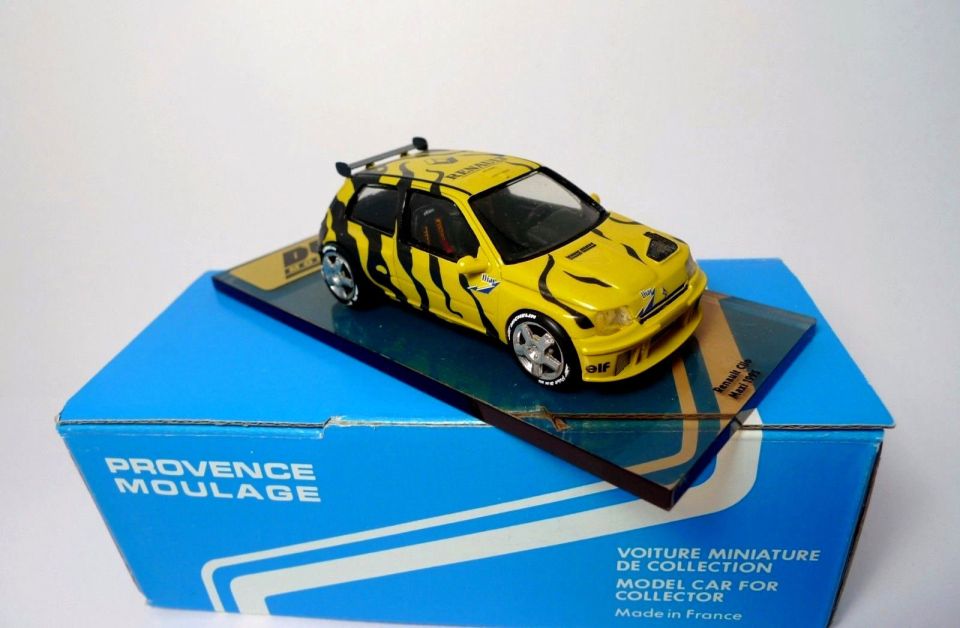
Provence Moulage – Renault Clio Maxi 1995
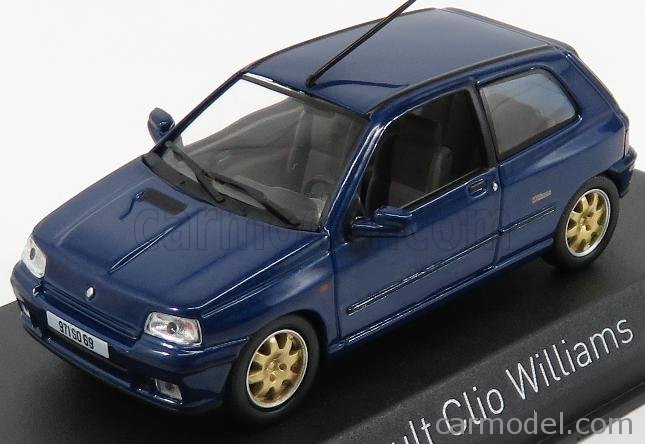
NOREV – RENAULT – CLIO WILLIAMS 1996
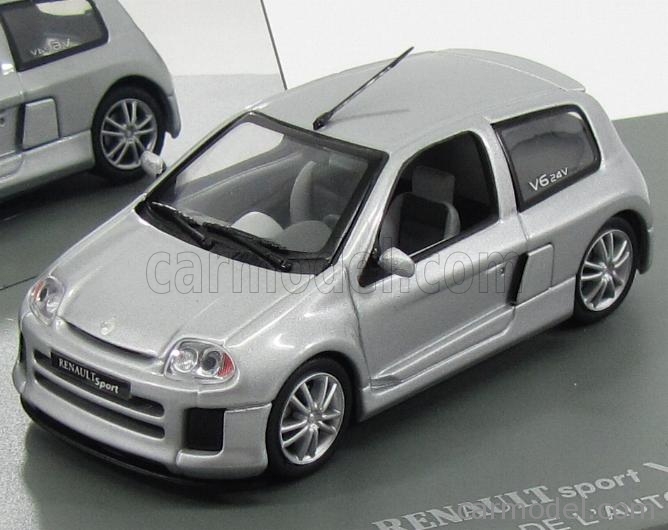
UNIVERSAL HOBBIES – RENAULT – CLIO SPORT V6 24V PRESENTAZIONE DE L’AUTOMOBILE DE PARIS 1998
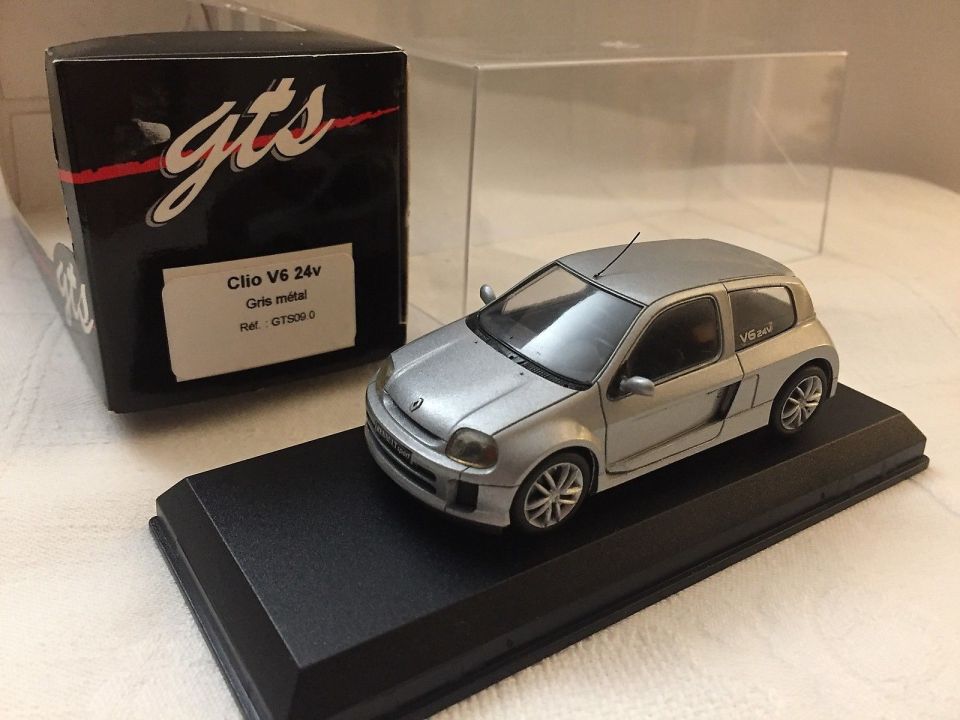
GTS – RENAULT – CLIO SPORT V6 24V 1999
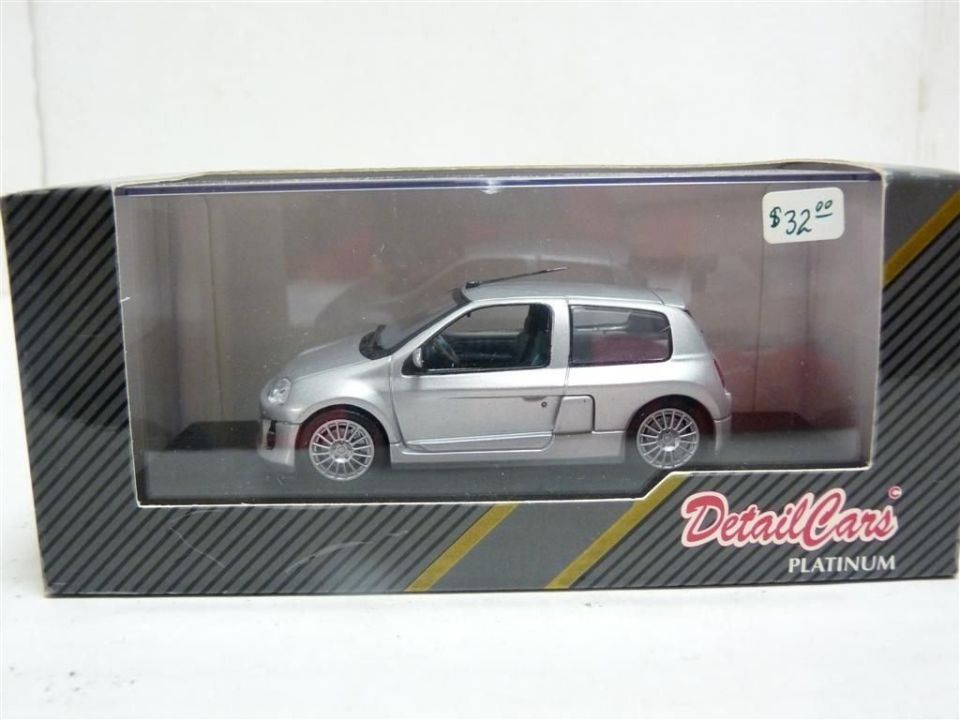
DETAILS CAR – RENAULT – CLIO SPORT V6 24V 1999
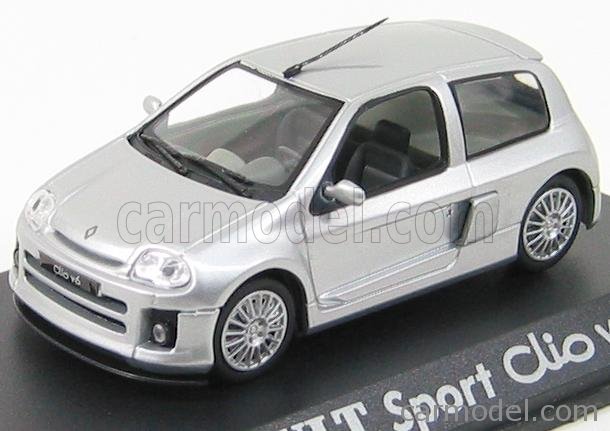
EDICOLA – RENAULT – CLIO SPORT V6 1999
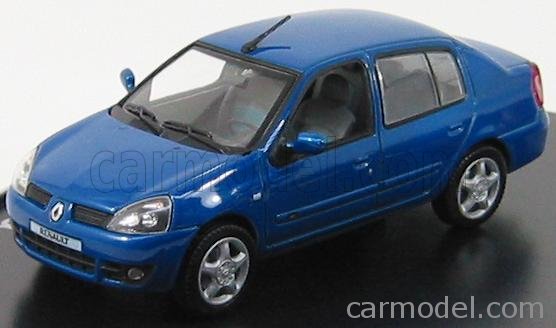
NOREV – RENAULT – CLIO 2 SYMBOL THALIA 1999

Prestige – Renault Clio Symbol Thalia 1999
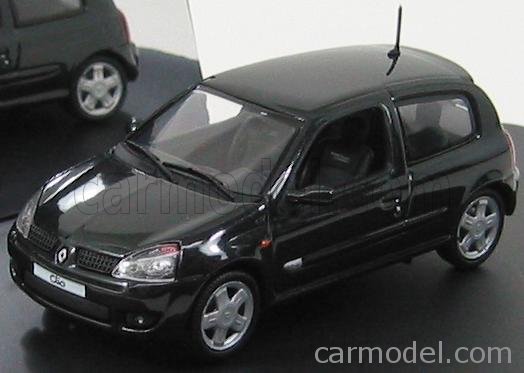
ELIGOR – RENAULT – CLIO SPORT 2.0 16V RS 2001
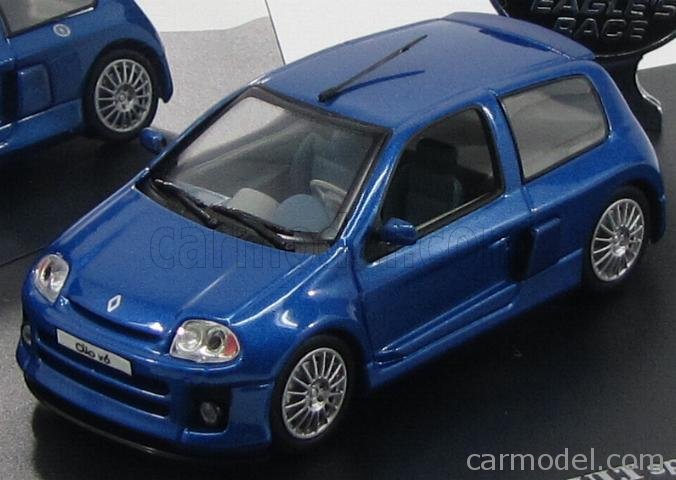
UNIVERSAL HOBBIES – RENAULT – CLIO SPORT V6 24v 2001
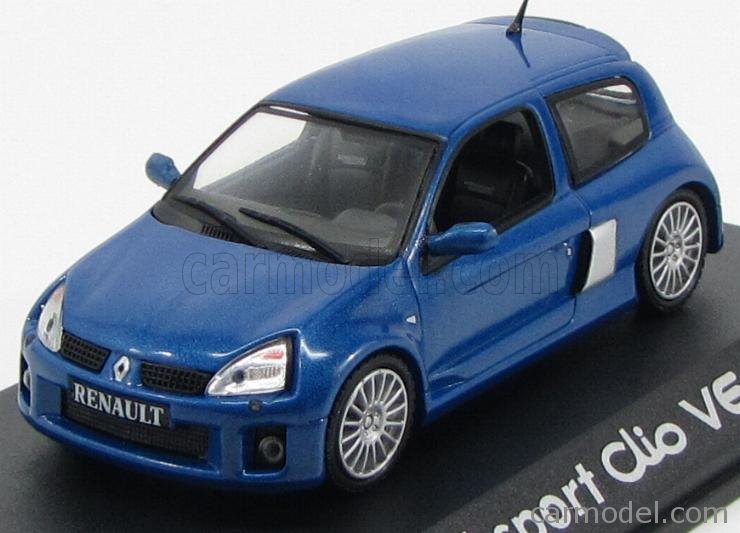
EDICOLA – RENAULT – CLIO SPORT V6 PHASE 2 2002
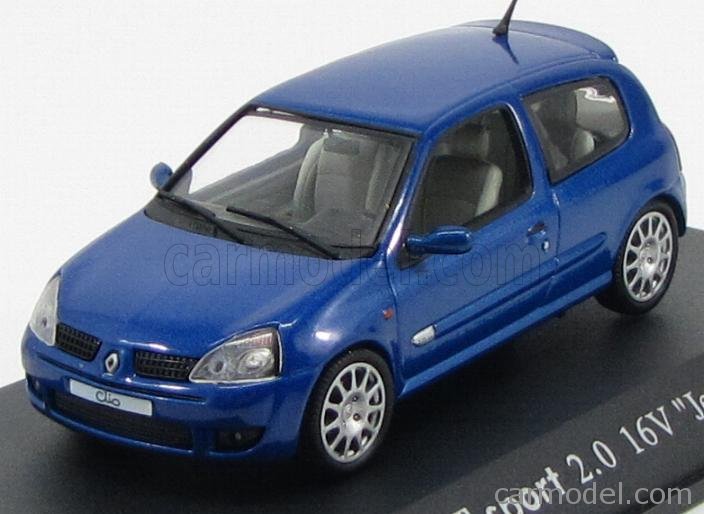
EDICOLA – RENAULT – CLIO SPORT 2.0 16V JEAN RAGNOTTI 2002
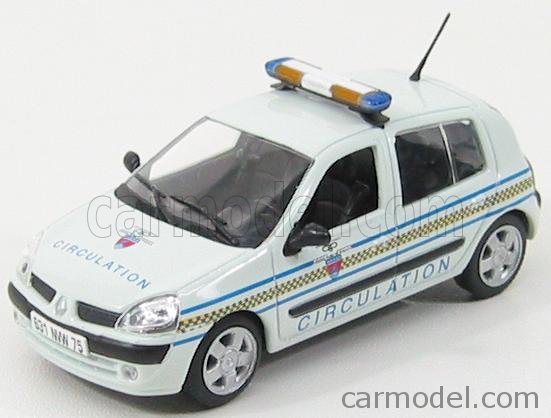
EDICOLA – RENAULT – CLIO PREFECTURE DE POLICE CIRCULATION 2002
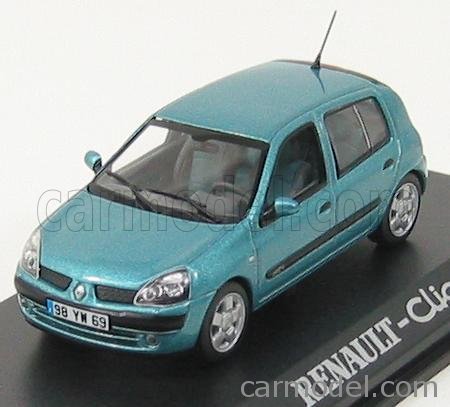
NOREV – RENAULT – CLIO 2002
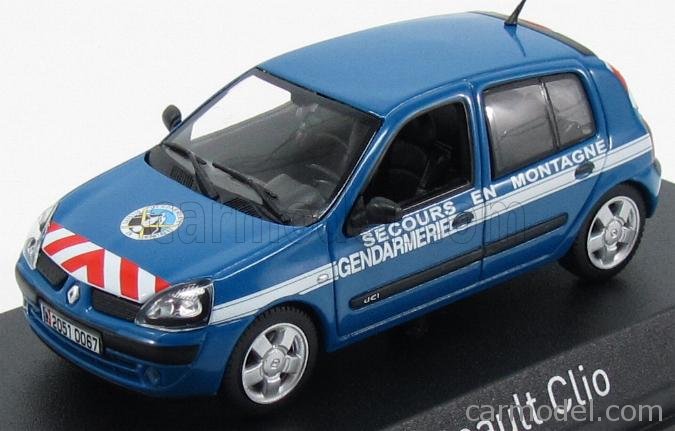
NOREV – RENAULT – CLIO GENDARMERIE SECOURS EN MONTAGNE 2003
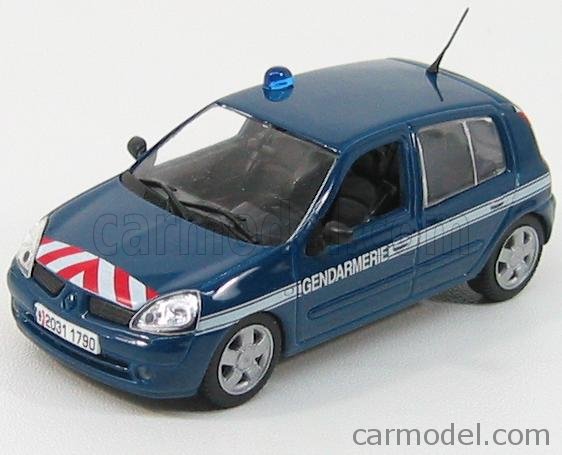
NOREV – RENAULT – CLIO 2 GENDARMERIE – POLICE 2003
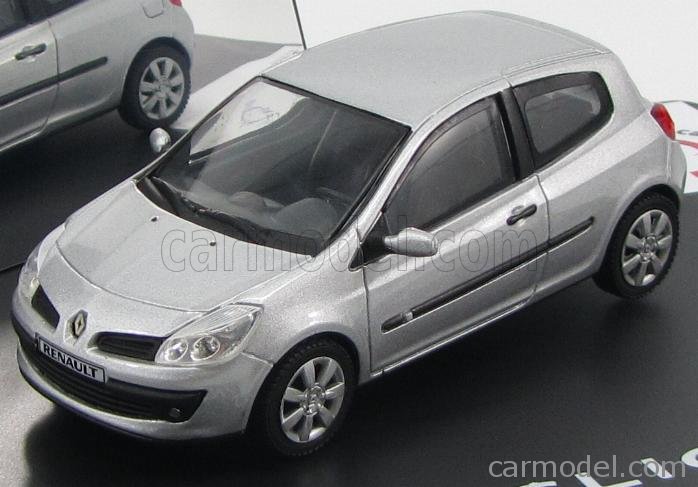
ELIGOR – RENAULT – CLIO 3 PORTE – 3 DOORS 2005
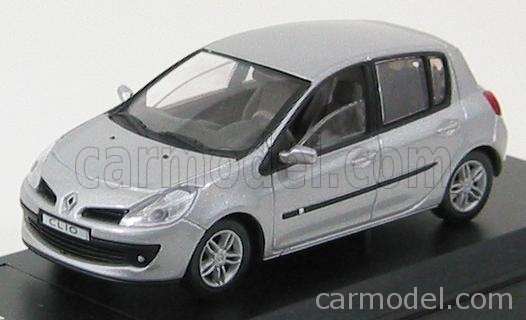
SOLIDO – RENAULT – CLIO 5 PORTE – 5 DOORS 2005
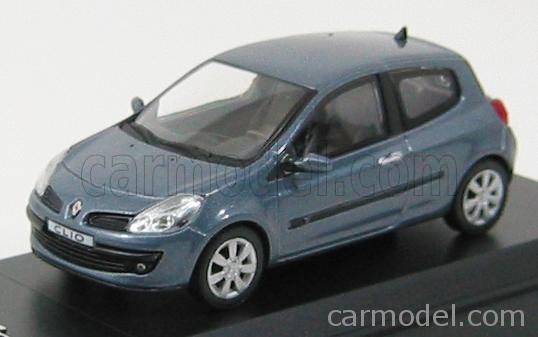
SOLIDO – RENAULT – CLIO 2005 – 3 PORTE – 3 DOORS
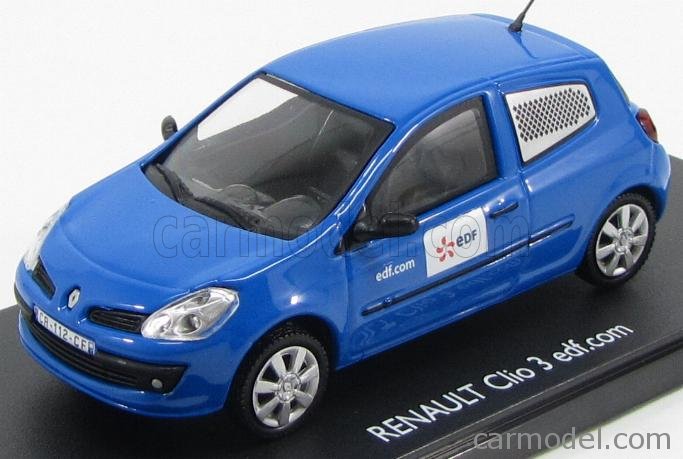
ELIGOR – RENAULT – CLIO III VAN EDF 2-DOOR 2006
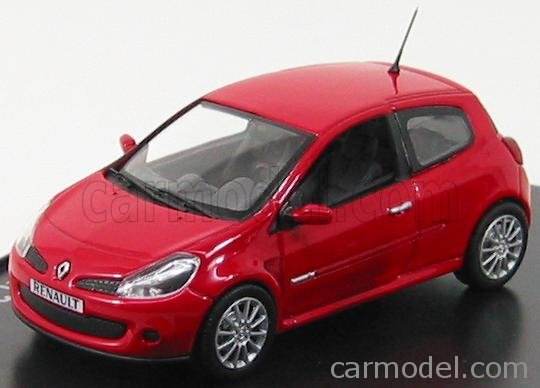
NOREV – RENAULT – CLIO SPORT RS 2006
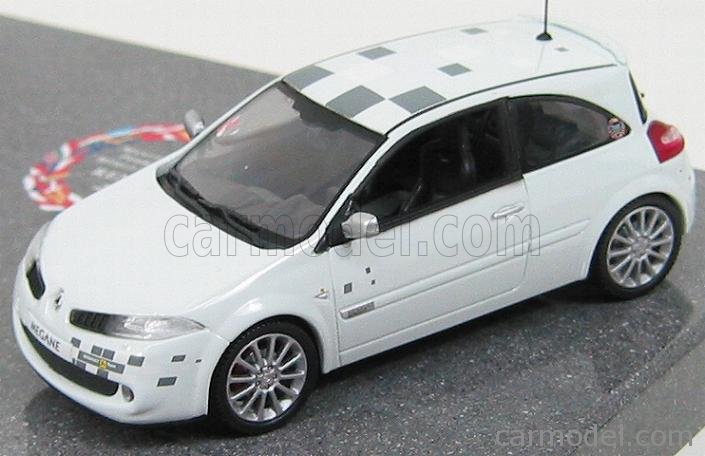
NOREV – RENAULT – F-1 TEAM – CLIO + MEGANE – WORLD CHAMPIONS 2006
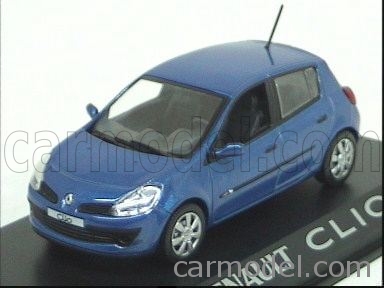
NOREV – RENAULT – CLIO 2006 5 DOORS – 5 PORTE
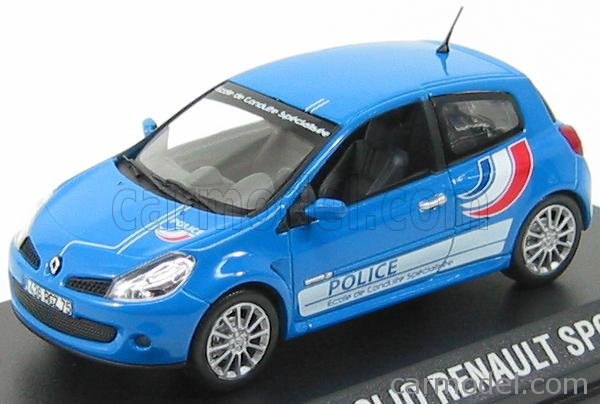
NOREV – RENAULT – CLIO RS 2007 POLICE
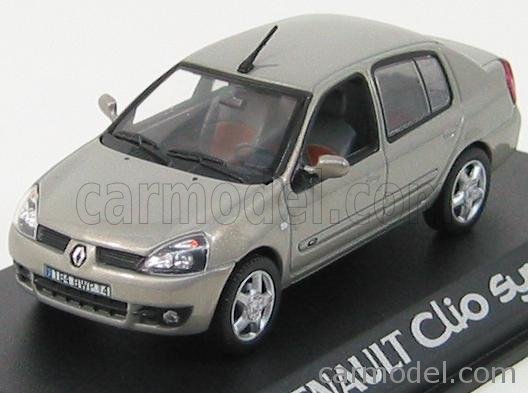
NOREV – RENAULT – CLIO SYMBOL 2007
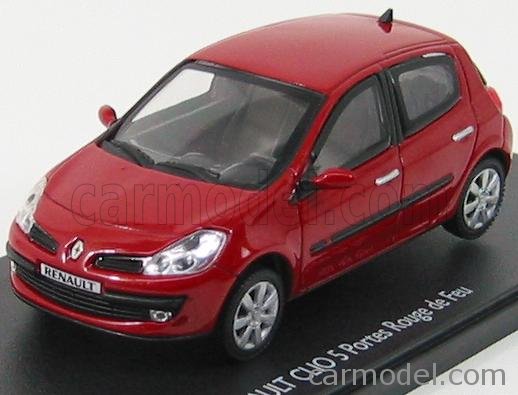
ELIGOR – RENAULT – CLIO 5 DOORS – 5 PORTE 2007
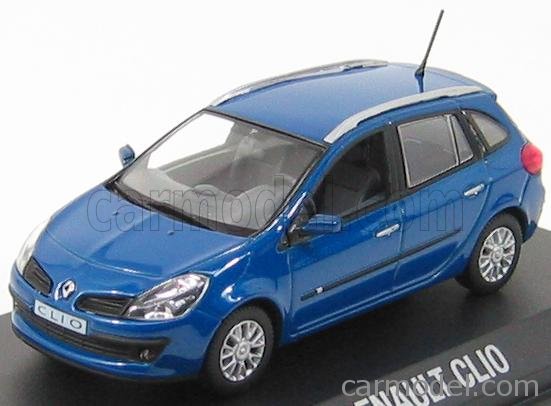
NOREV – RENAULT – CLIO ESTATE STATION WAGON 2007
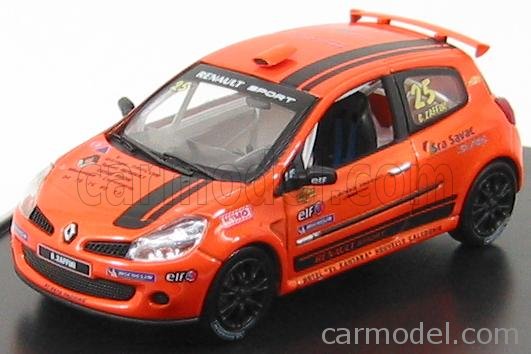
NOREV – RENAULT – CLIO CUP N 25 2008 G.ZAFFINI
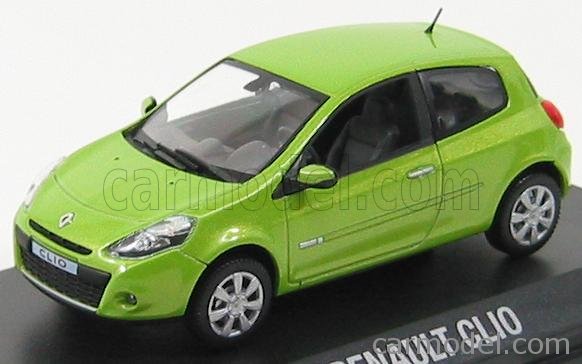
NOREV – RENAULT – CLIO 2009 3 DOORS – 3 PORTE
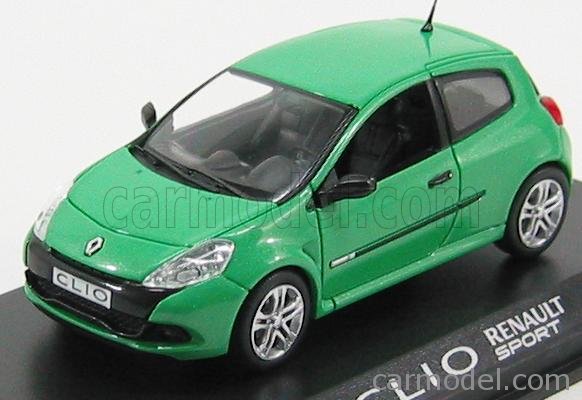
NOREV – RENAULT – CLIO RS 2010
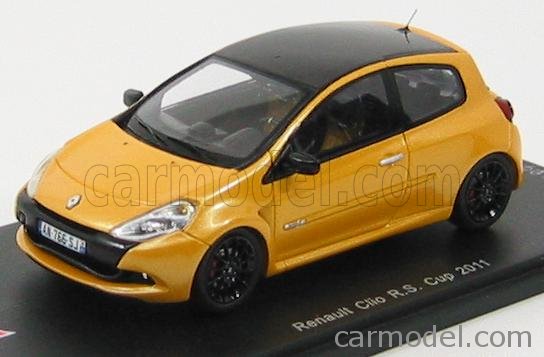
SPARK-MODEL – RENAULT – CLIO RS CUP 2011
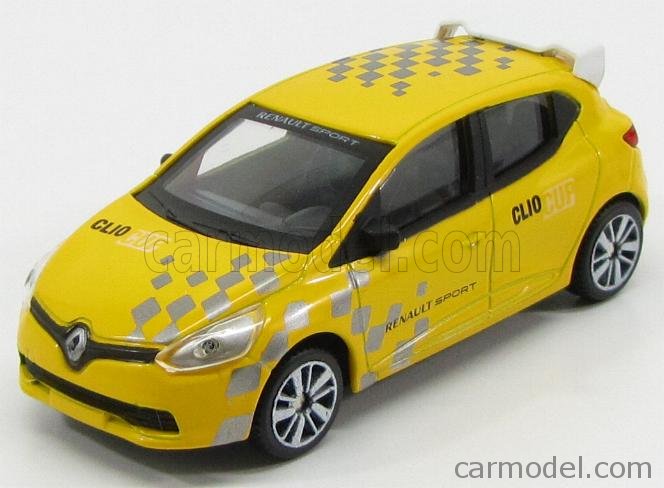
MONDOMOTORS – RENAULT – CLIO SPORT 2012
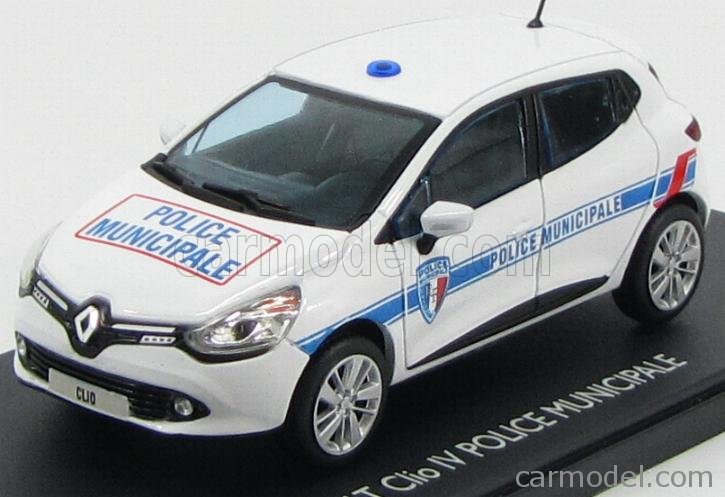
ELIGOR – RENAULT – CLIO IV 4-DOOR POLICE MUNICIPALE 2013
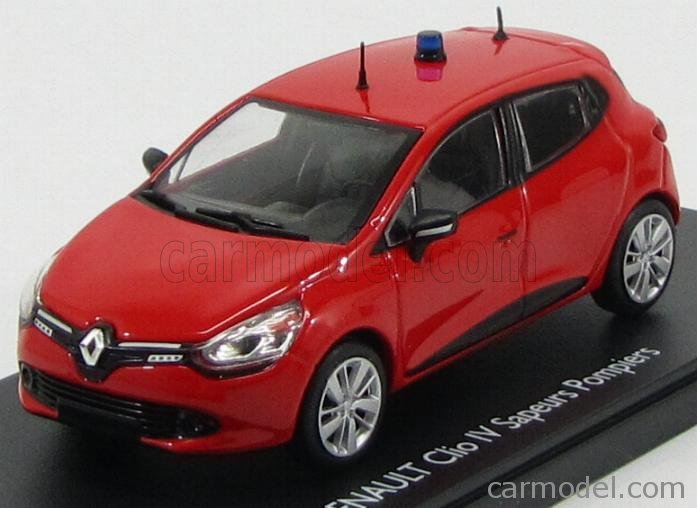
ELIGOR – RENAULT – CLIO IV 4-DOOR SAPEURS POMPIERS 2013
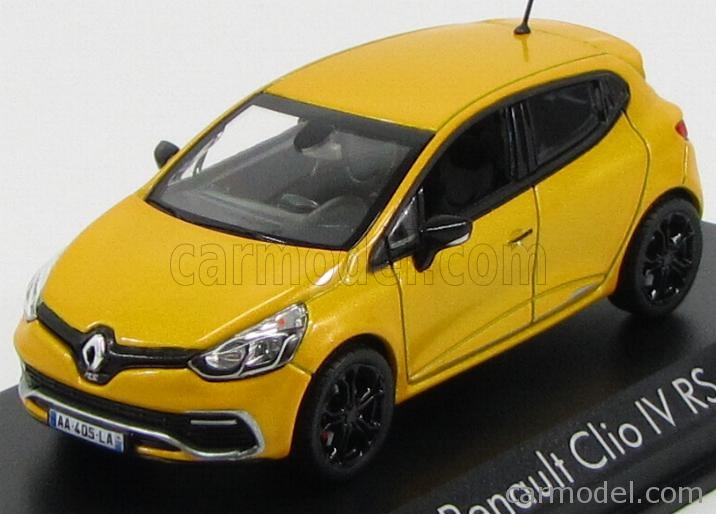
NOREV – RENAULT – CLIO RS 2013
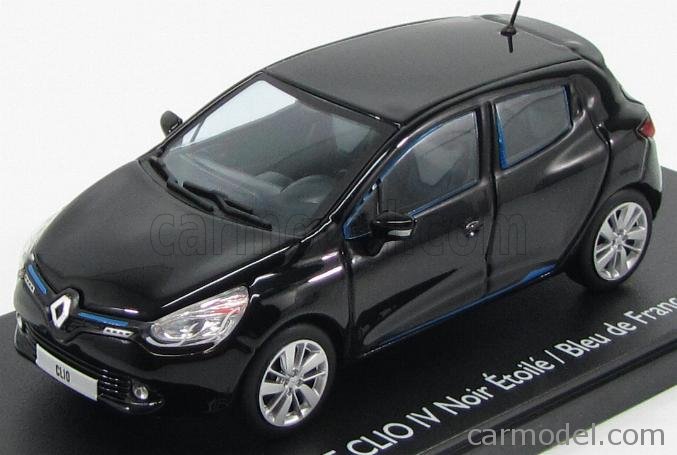
ELIGOR – RENAULT – CLIO IV 4-DOOR 2013
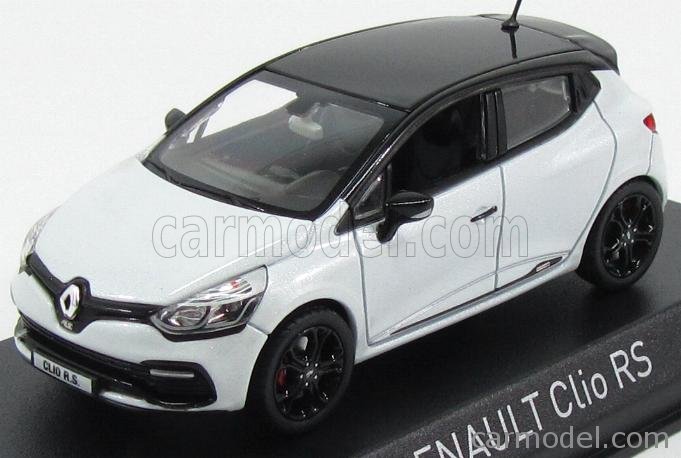
NOREV – RENAULT – CLIO RS MONACO 2014
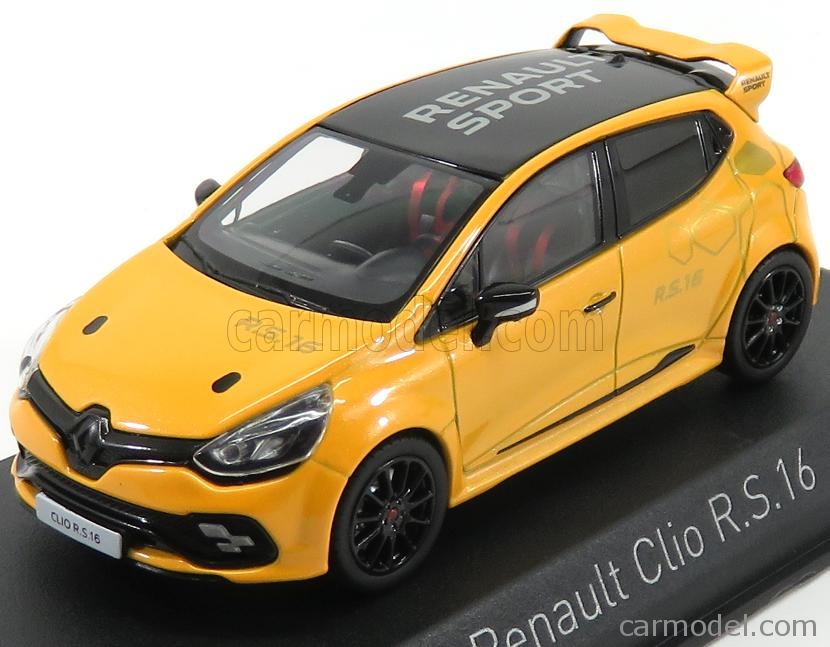
NOREV – RENAULT – CLIO RS16 RENAULT SPORT 2016
RENAULT MEGANE’
RENAULT SCENIC

UNIVERSAL HOBBIES – RENAULT – SCENIC 1997
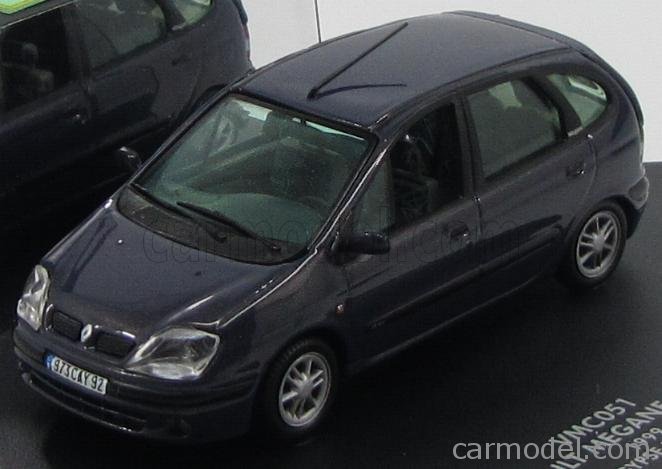
VITESSE – RENAULT – MEGANE SCENIC 1999
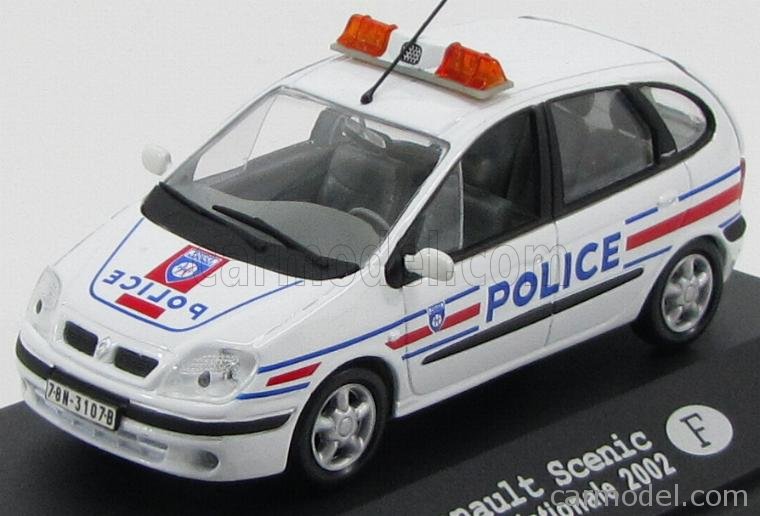
EDICOLA – RENAULT – SCENIC POLICE NATIONALE FRANCE 2002
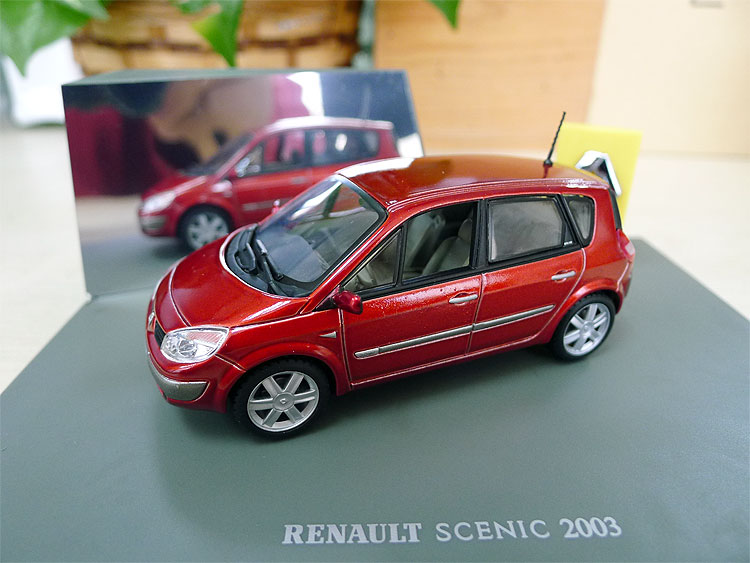
UNIVERSAL HOBBIES – RENAULT – SCENIC 2 SERIES 2003
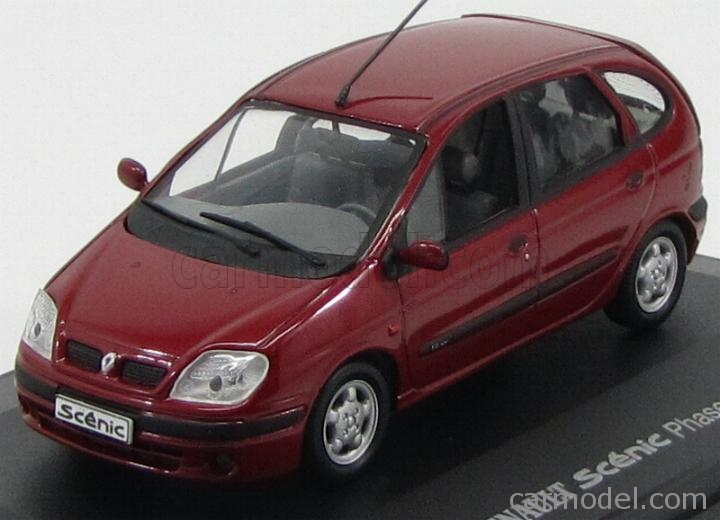
UNIVERSAL HOBBIES – RENAULT – SCENIC PHASE 2 2005
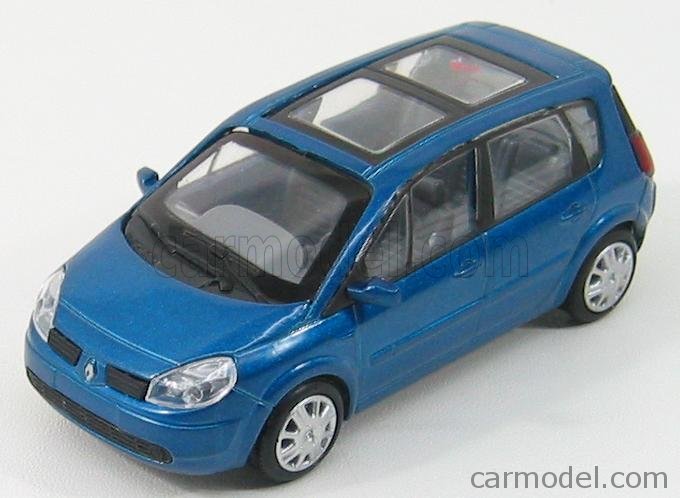
NEWRAY – RENAULT – SCENIC 2005
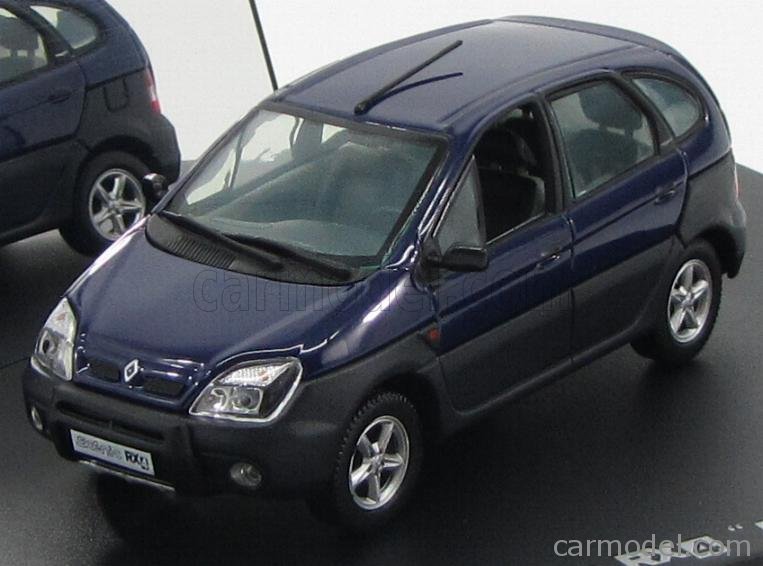
UNIVERSAL HOBBIES – RENAULT – SCENIC RX4 PACKCUIR 2006
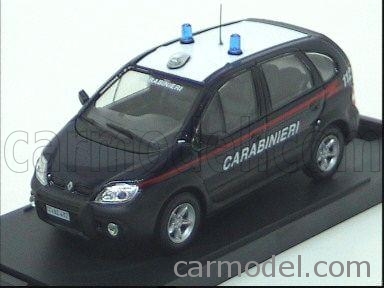
FORDINE – RENAULT – SCENIC 4X4 2005 CARABINIERI
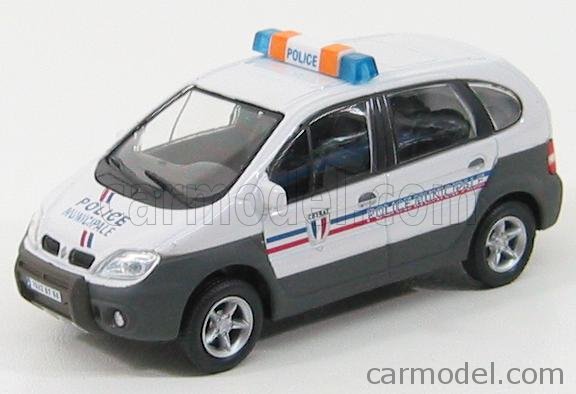
HONGWELL – RENAULT – SCENIC RX4 POLICE MUNICIPALE CEYRAT 2006
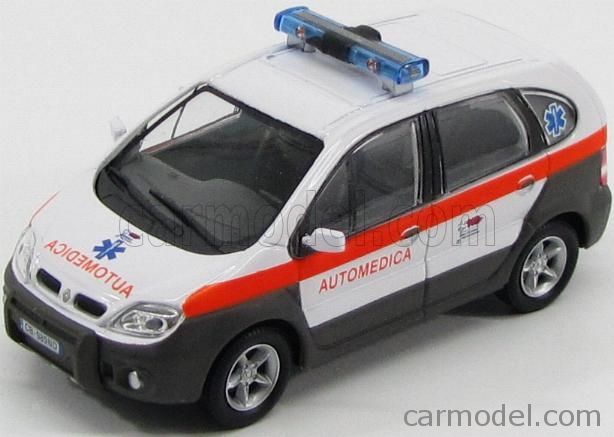
HONGWELL – RENAULT – SCENIC RX4 AUTOMEDICA 2006
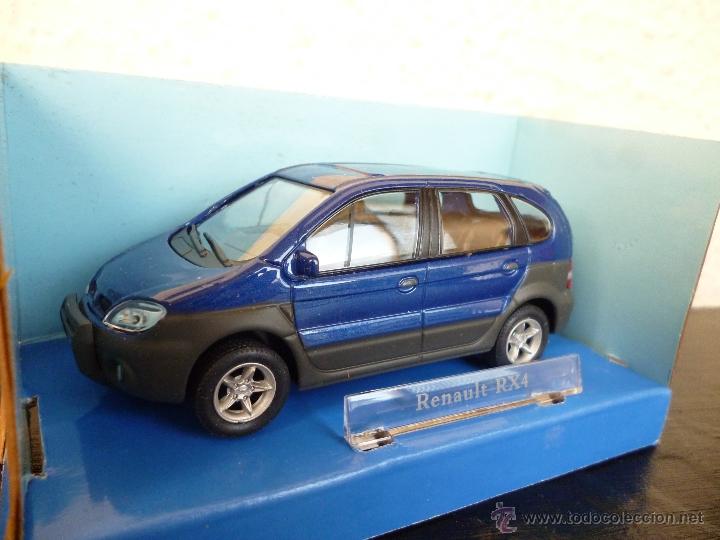
HONGWELL – RENAULT – SCENIC RX4 2006
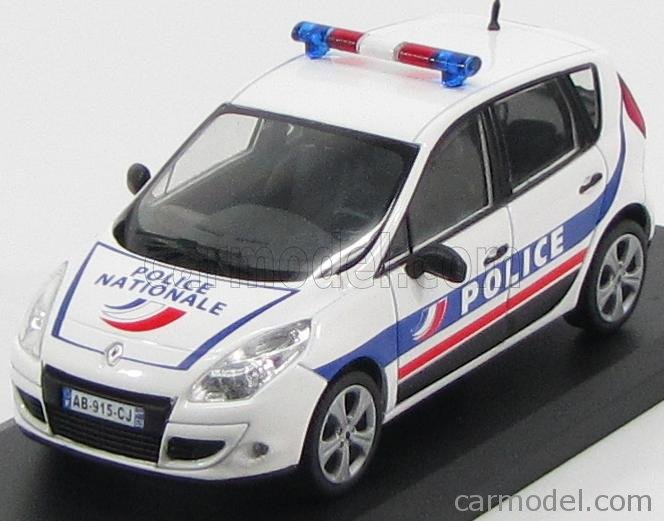
SOLIDO – RENAULT – SCENIC POLICE 2009
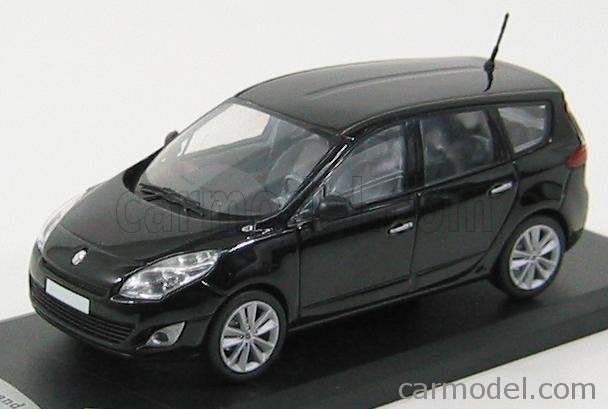
SOLIDO – RENAULT – GRAND SCENIC 2009
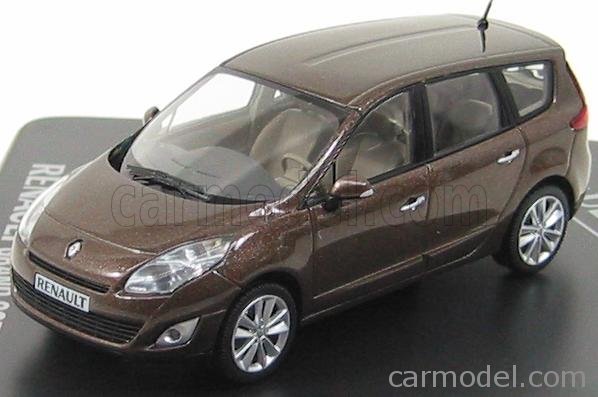
SCHUCO – RENAULT – GRAN SCENIC 2009
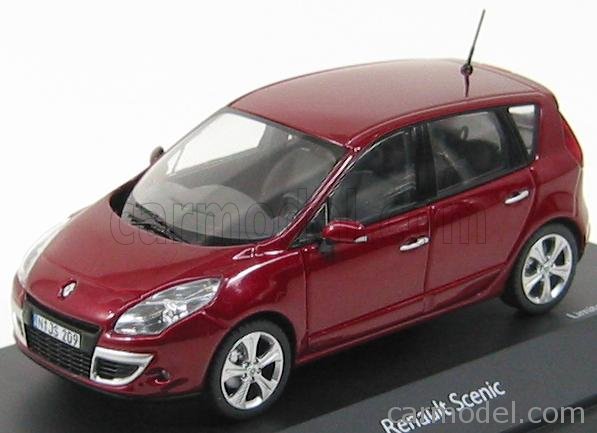
SCHUCO – RENAULT – SCENIC 2009
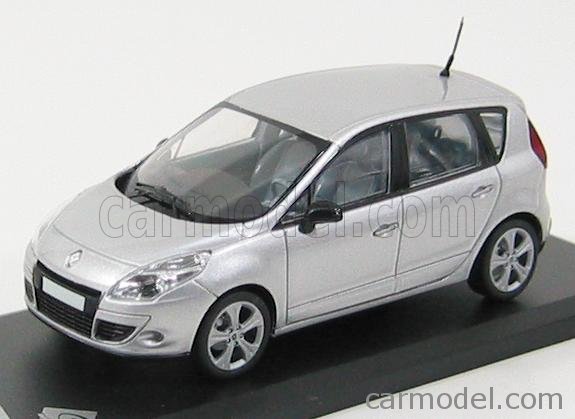
SOLIDO – RENAULT – SCENIC 2009
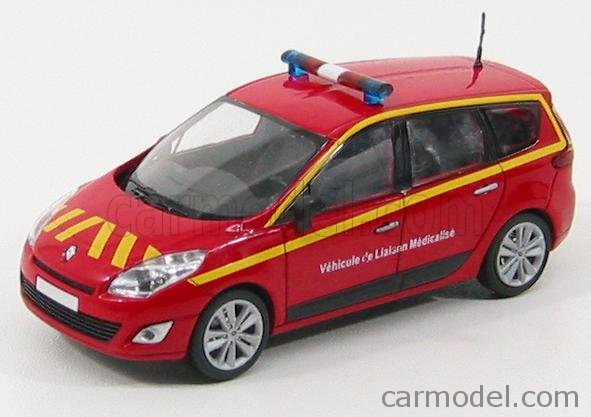
SOLIDO – RENAULT – GRAND SCENIC VEHICULE DE LIAISON MEDICALISE 2009
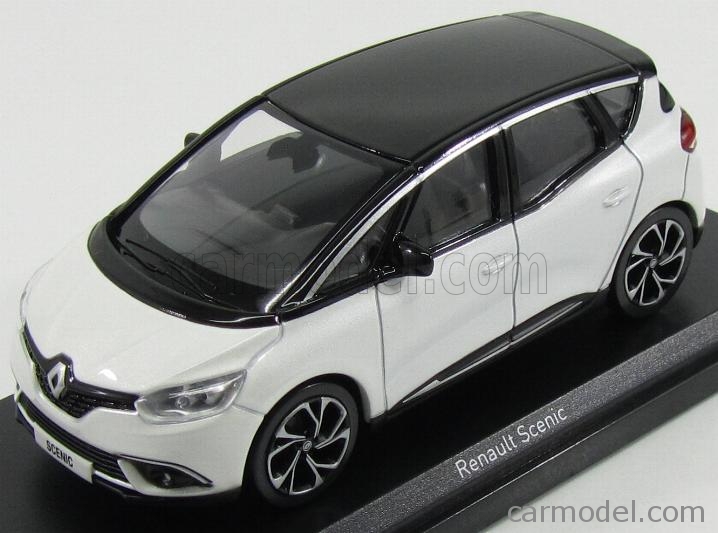
NOREV – RENAULT – SCENIC 2016
RENAULT LAGUNA
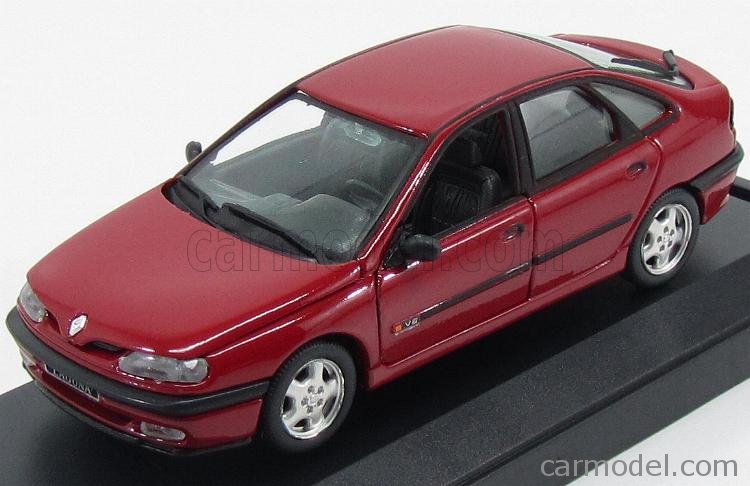
VITESSE – RENAULT – LAGUNA V6 TXE 1994 VERSIONE STRADALE
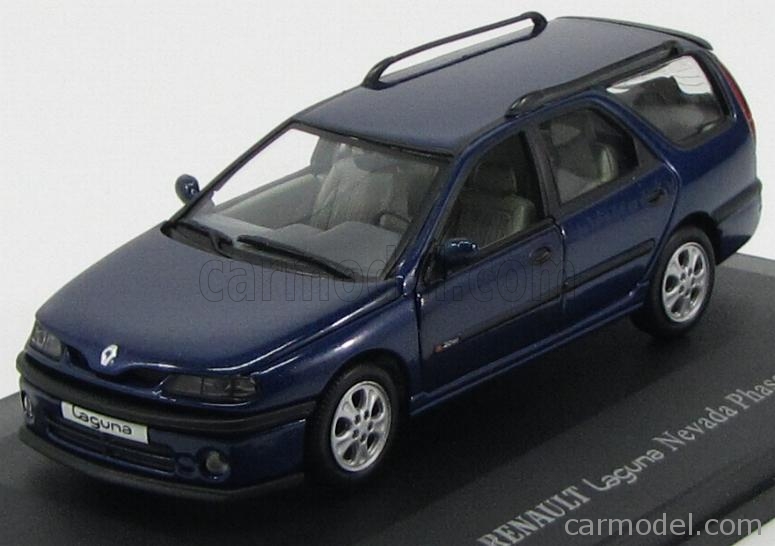
UNIVERSAL HOBBIES – RENAULT – LAGUNA STATION WAGON PHASE 2 1994
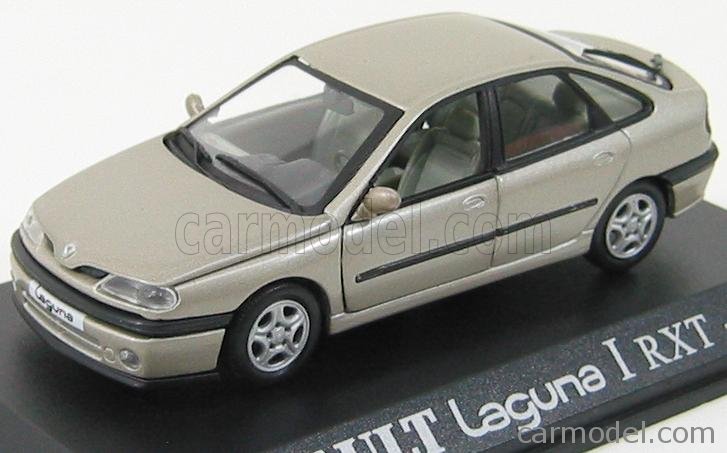
EDICOLA – RENAULT – LAGUNA I RXT 1997
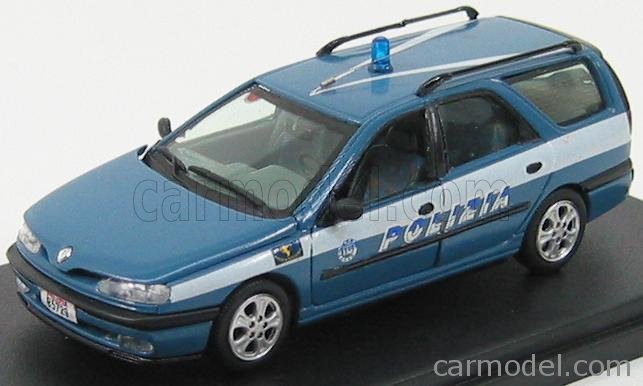
FP-MODEL – RENAULT – LAGUNA 2.0 SW POLIZIA POLSTRADA DI CRETONE – POLICE
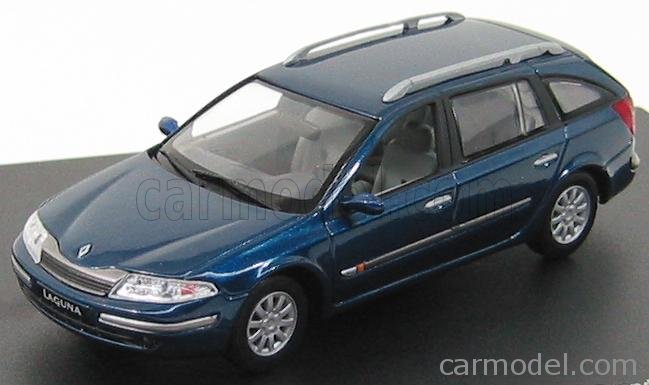
UNIVERSAL HOBBIES – RENAULT – LAGUNA II 1.9 DCi PRIVILEGE ESTATE 2001
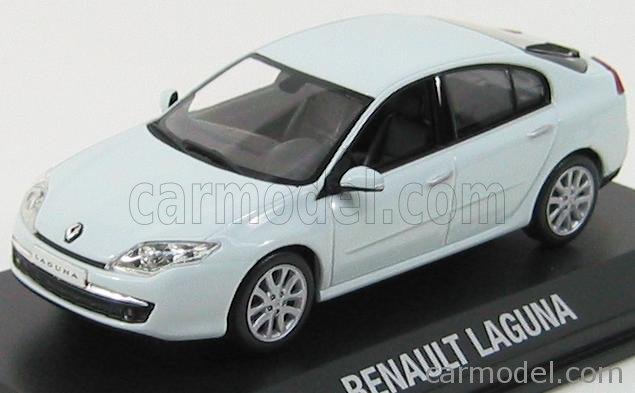
NOREV – RENAULT – LAGUNA 2007
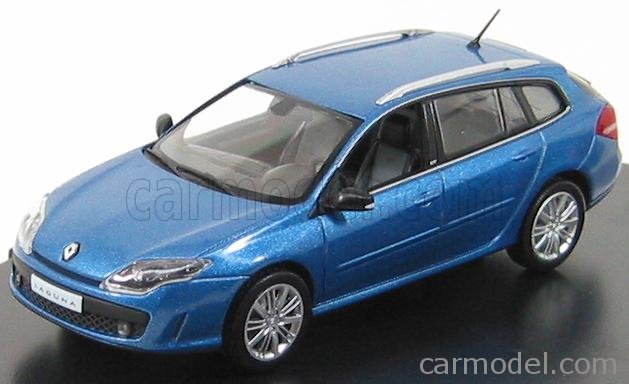
NOREV – RENAULT – LAGUNA GT ESTATE 2007
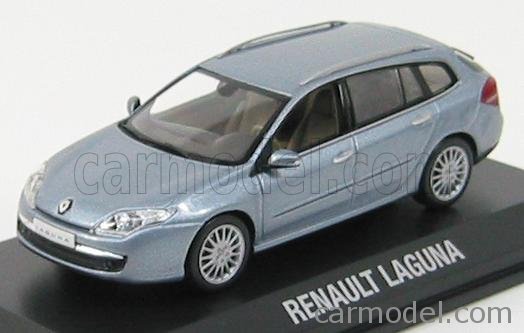
NOREV – RENAULT – LAGUNA STATION WAGON ESTATE 2007
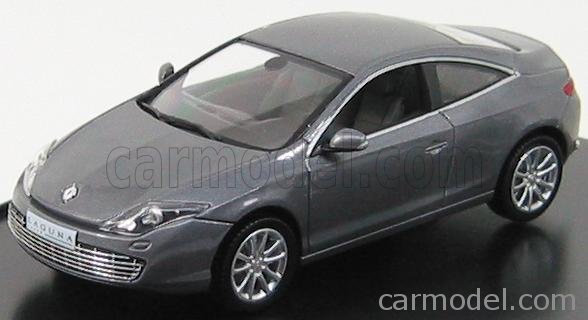
NOREV – RENAULT – LAGUNA COUPE 2008
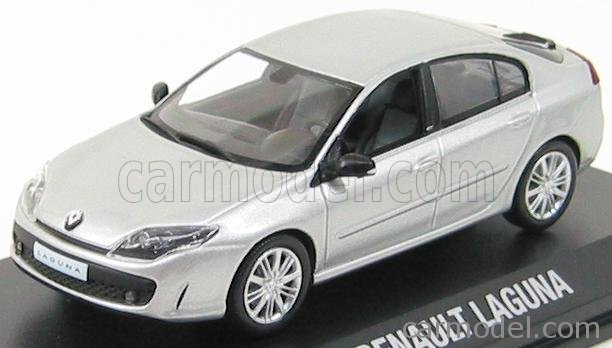
NOREV – RENAULT – LAGUNA GT BERLINE 2008
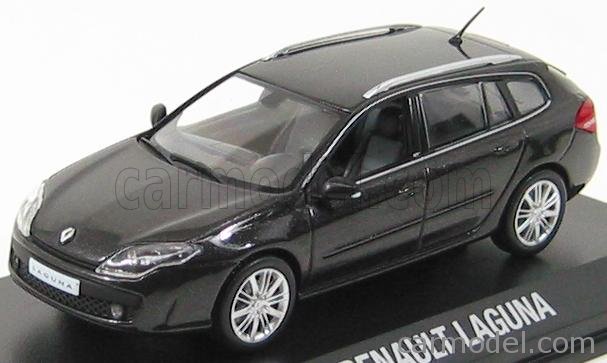
NOREV – RENAULT – LAGUNA GT ESTATE – SW 2008
RENAULT LATITUDE
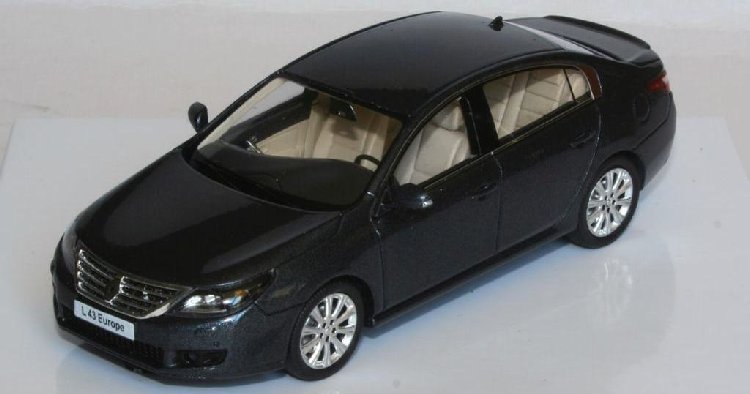
SPARK MODEL – RENAULT LATITUDE
RENAULT MEGANE
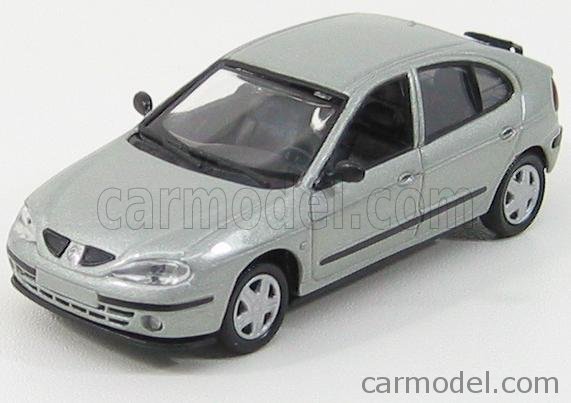
NOREV – RENAULT – MEGANE 1999
VITESSE – RENAULT – MEGANE COUPE 1999
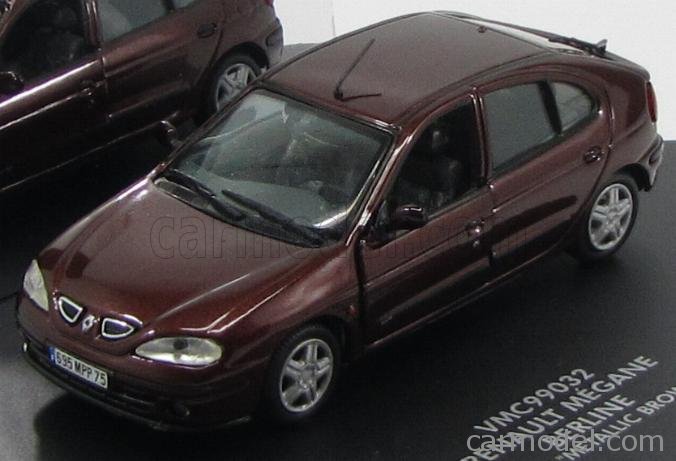
VITESSE – RENAULT – MEGANE BERLINE 1999
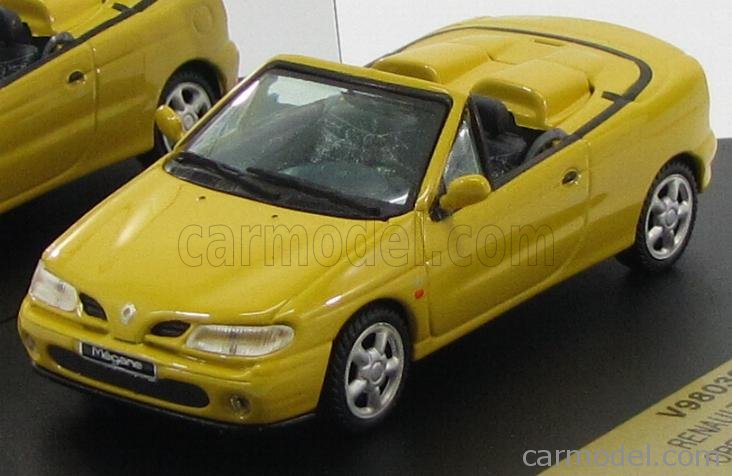
VITESSE – RENAULT – MEGANE CABRIOLET OPEN 1999
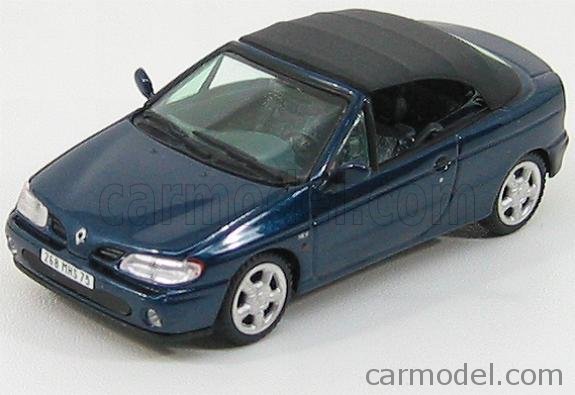
VITESSE – RENAULT – MEGANE CABRIOLET – SOFT-TOP 1999
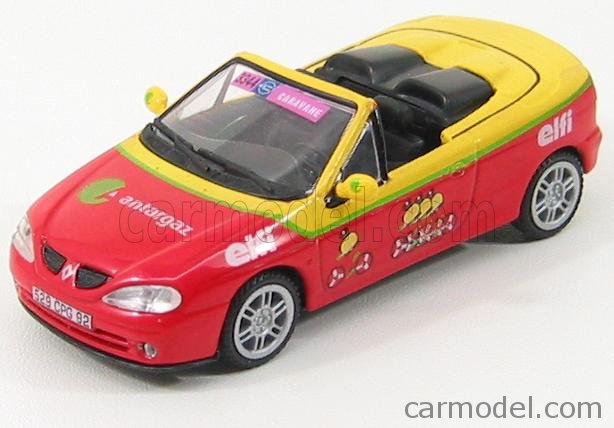
EDICOLA – RENAULT – MEGANE CABRIOLET ANTARGAZ – TOUR DE FRANCE 2001
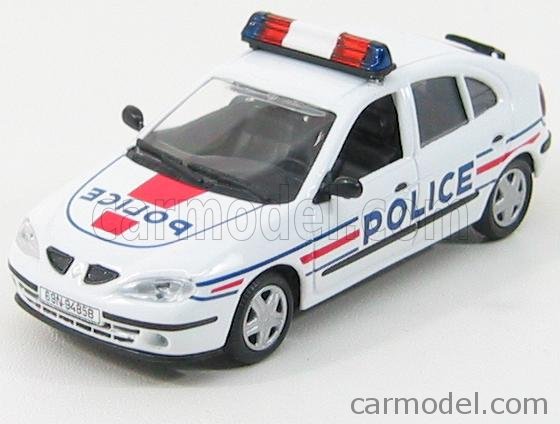
NOREV – RENAULT – MEGANE POLICE 2001
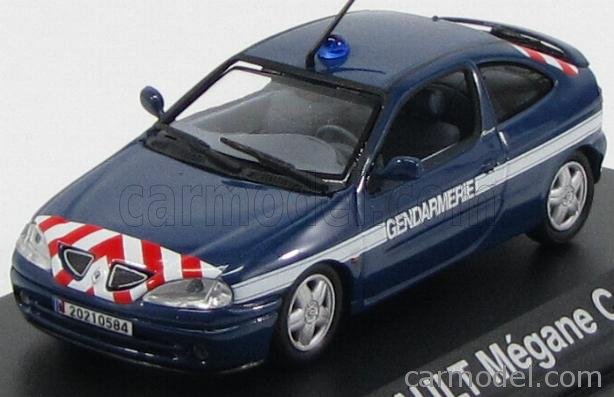
NOREV – RENAULT – MEGANE COUPE 2-DOOR GENDARMERIE 2001
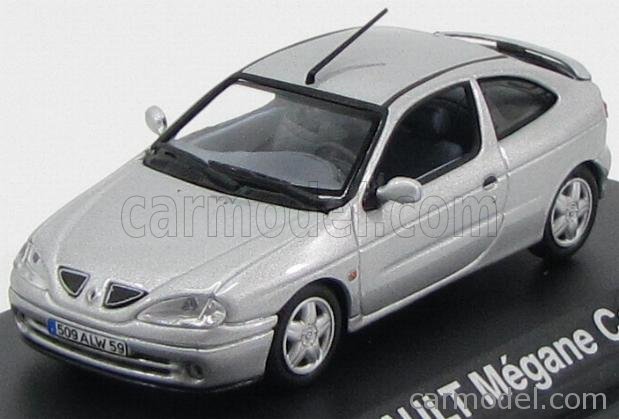
NOREV – RENAULT – MEGANE COUPE 2-DOOR 2001
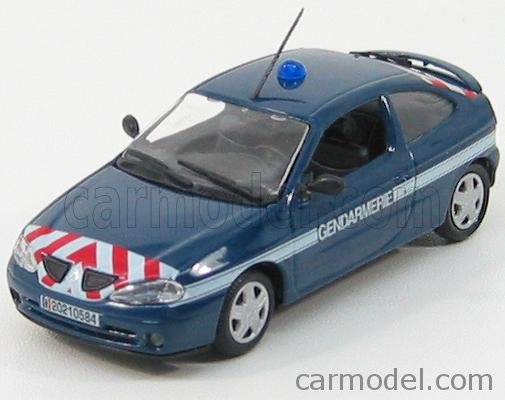
NOREV – RENAULT – MEGANE COUPE GENDARMERIE – POLICE 2001
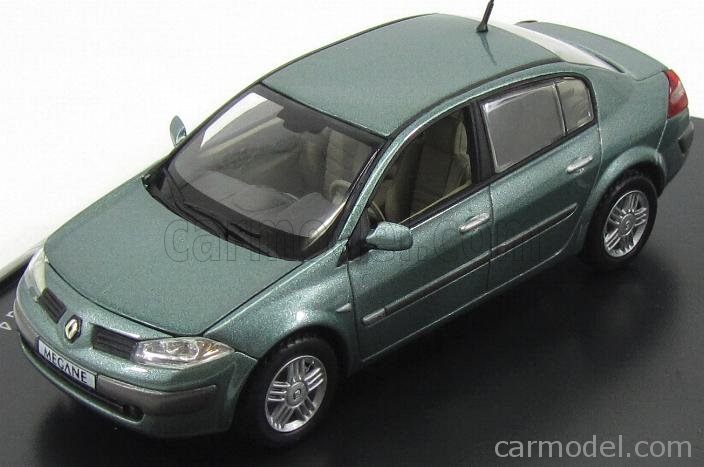
NOREV – RENAULT – MEGANE BERLINE SPORT SALOON 2003
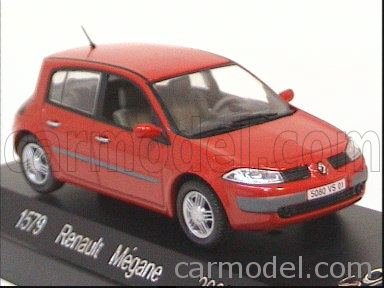
SOLIDO – RENAULT – MEGANE 2003
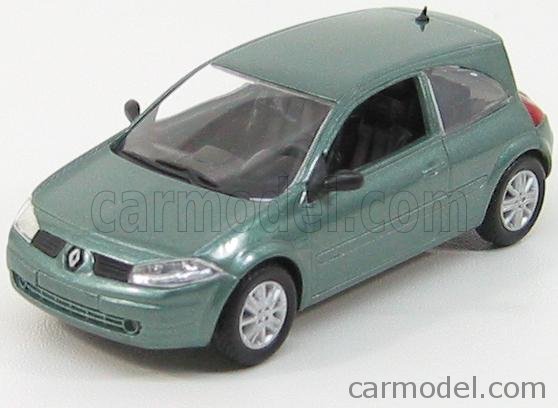
NOREV – RENAULT – MEGANE 2003
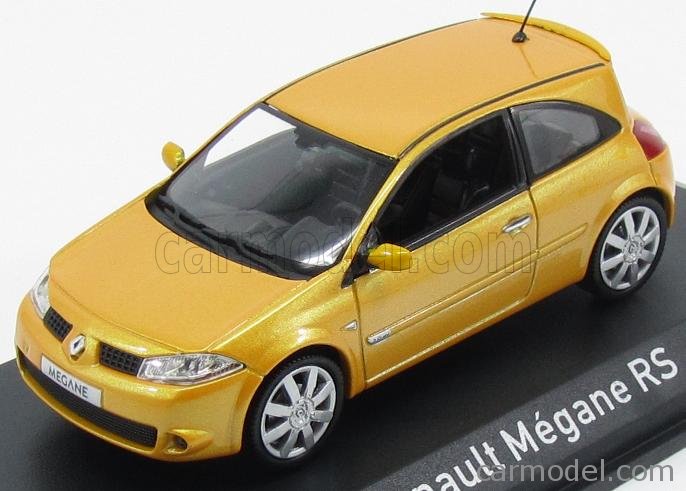
NOREV – RENAULT – MEGANE RS 2004
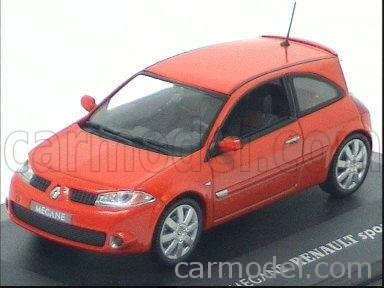
UNIVERSAL HOBBIES – RENAULT – MEGANE RS SPORT 2004
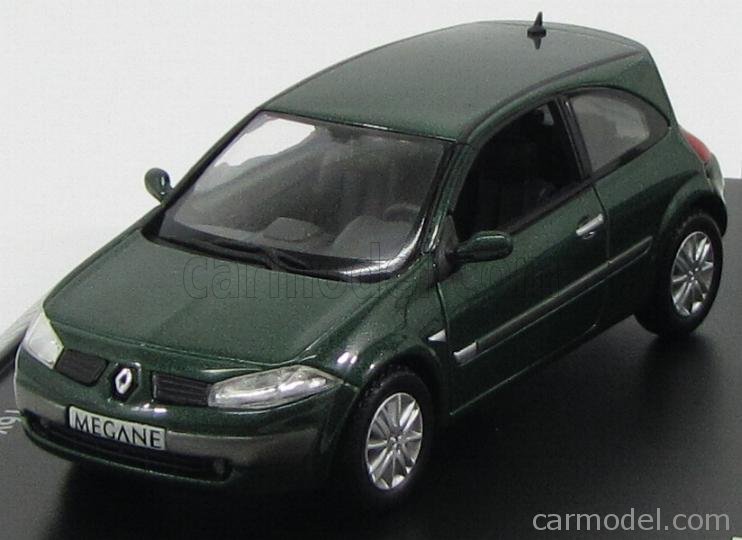
NOREV – RENAULT – MEGANE COUPE SPORT DYNAMIQUE 2.0 16V 2005
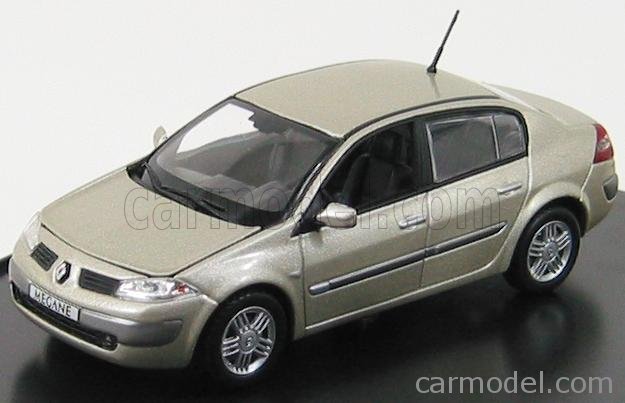
NOREV – RENAULT – MEGANE BERLINE 2006
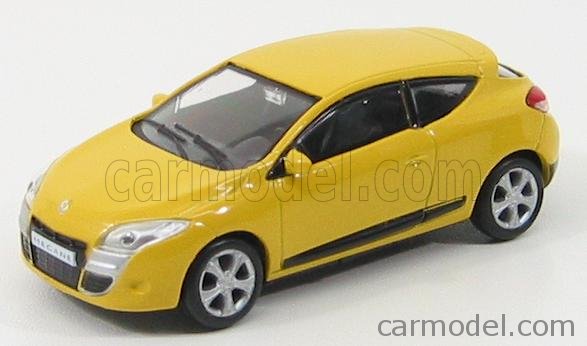
MONDOMOTORS – RENAULT – MEGANE COUPE 2006
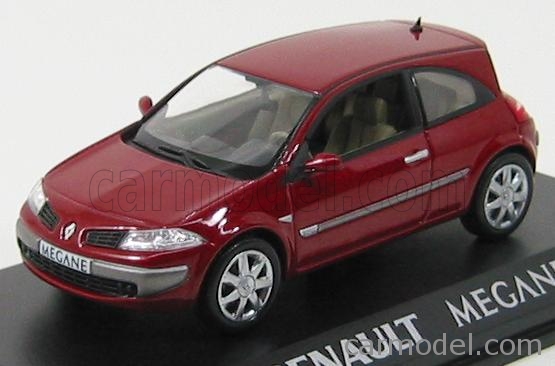
NOREV – RENAULT – MEGANE COUPE 2006
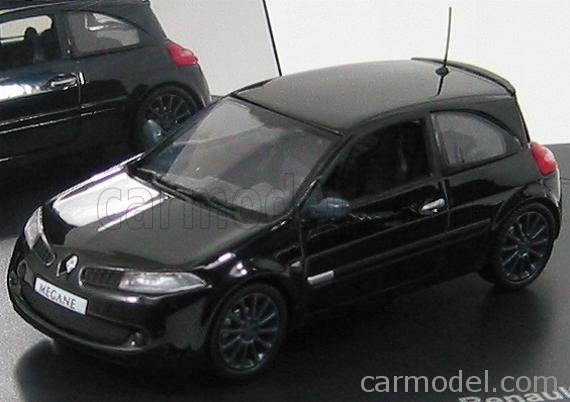
UNIVERSAL HOBBIES – RENAULT – MEGANE SPORT RS 2006
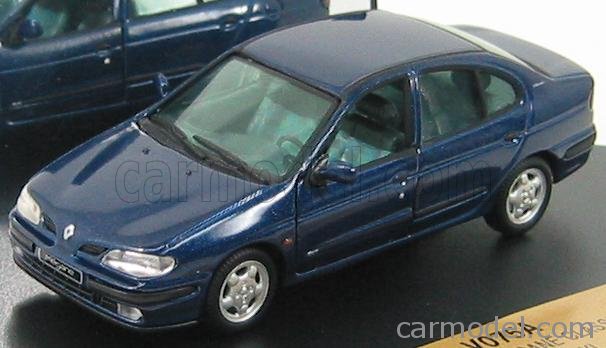
VITESSE – RENAULT – MEGANE CLASSIC 2007
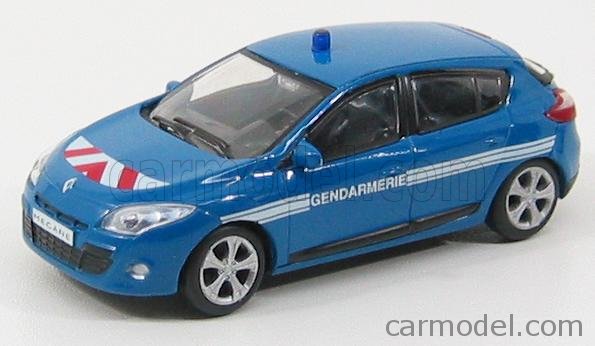
MONDOMOTORS – RENAULT – MEGANE GENDARMERIE 2008
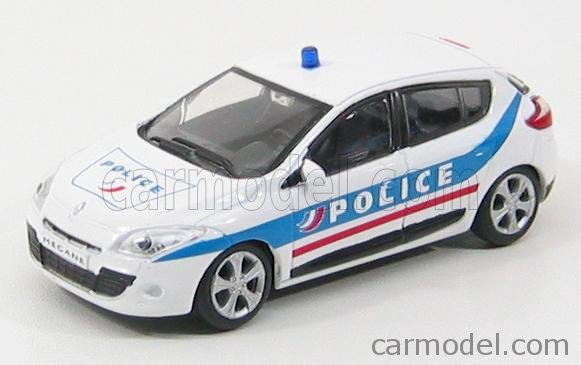
MONDOMOTORS – RENAULT – MEGANE POLICE 2008
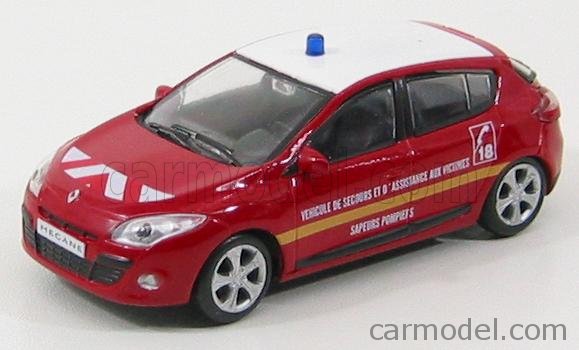
MONDOMOTORS – RENAULT – MEGANE SAPEURS POMPIERS 2008
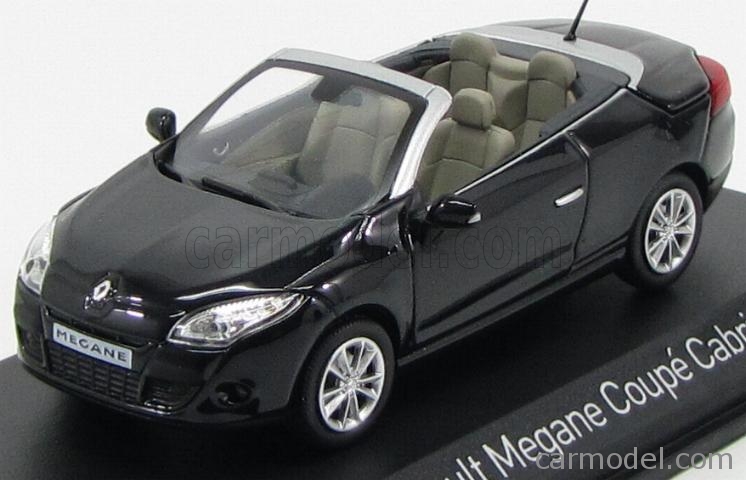
NOREV – RENAULT – MEGANE CABRIOLET 2009
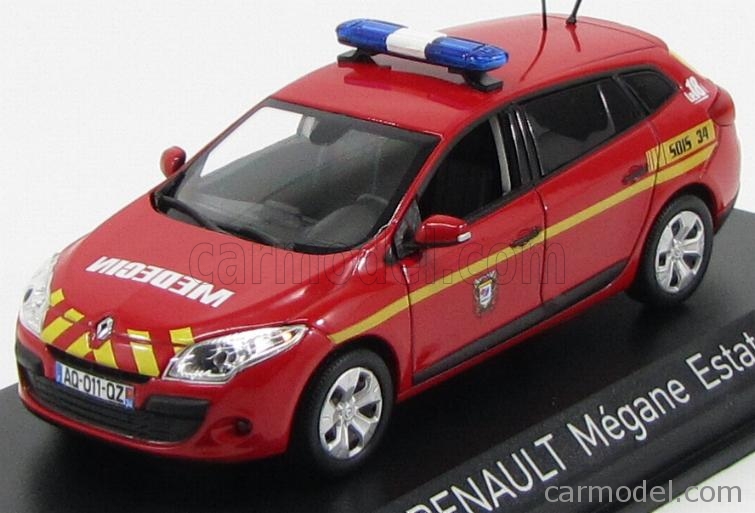
NOREV – RENAULT – MEGANE 3 SW ESTATE POMPIERS 2009
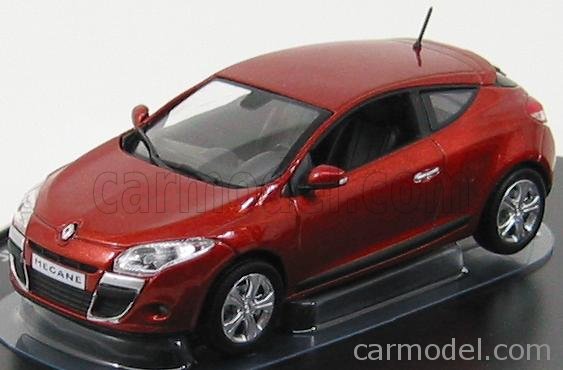
NOREV – RENAULT – MEGANE 3 COUPE 2009
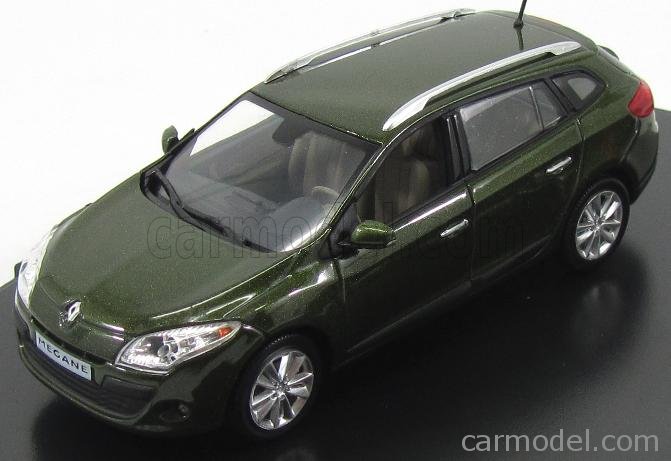
NOREV – RENAULT – MEGANE 3 SW ESTATE 2009
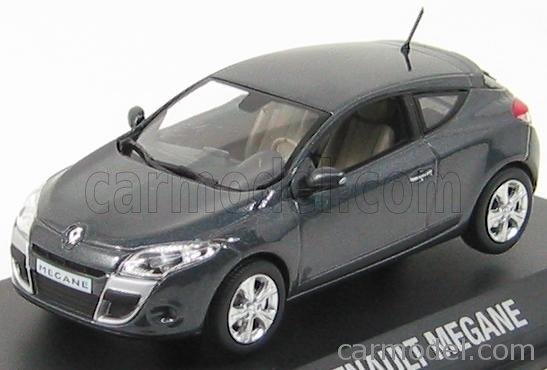
NOREV – RENAULT – MEGANE COUPE 2-DOOR 2009
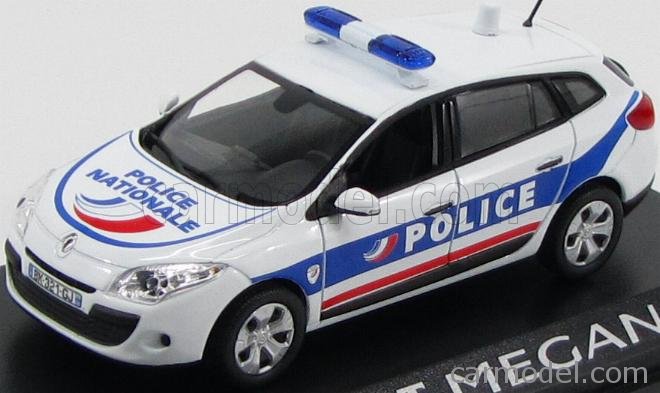
NOREV – RENAULT – MEGANE 3 SW ESTATE POLICE NATIONALE 2009
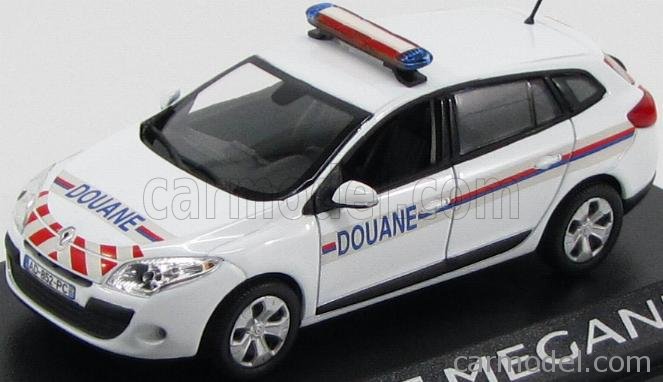
NOREV – RENAULT – MEGANE 3 SW ESTATE DOUANE 2009
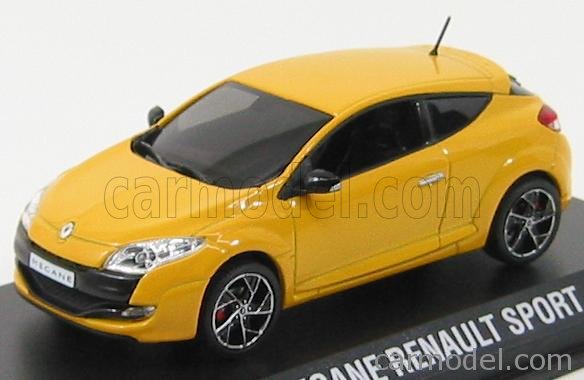
NOREV – RENAULT – MEGANE RS 2009
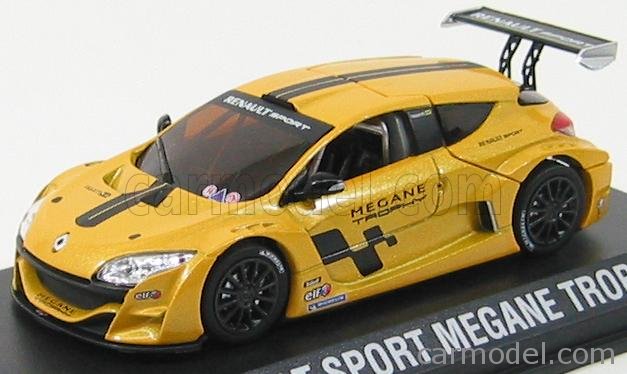
NOREV – RENAULT – SPORT MEGANE TROPHY 2009
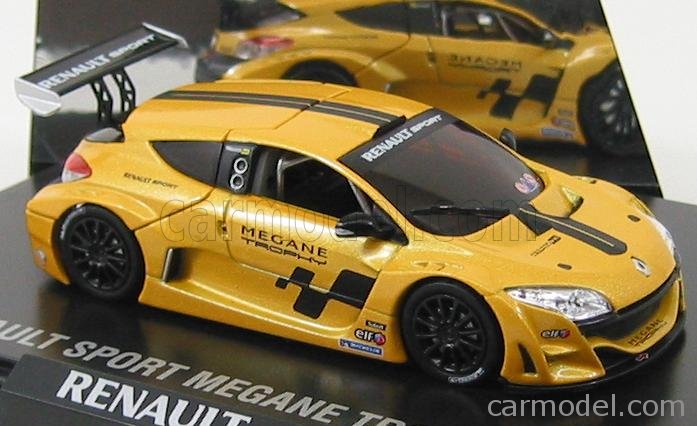
NOREV – RENAULT – SPORT MEGANE TROPHY 2009
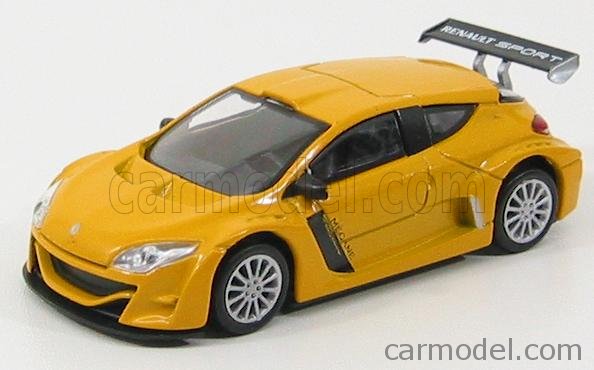
MONDOMOTORS – RENAULT – SPORT MEGANE RS TROPHY 2009
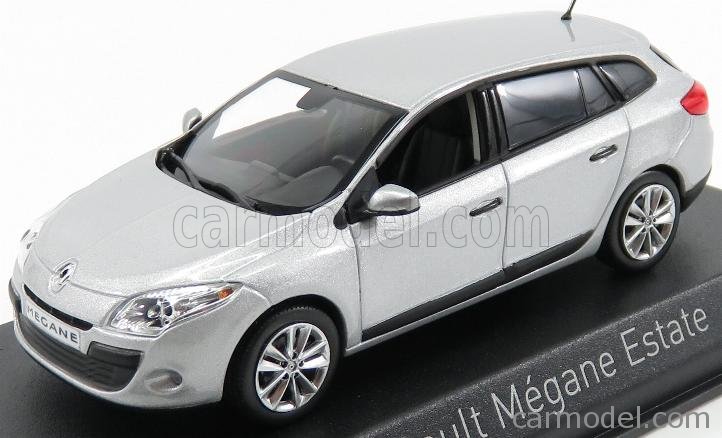
NOREV – RENAULT – MEGANE ESTATE 2010
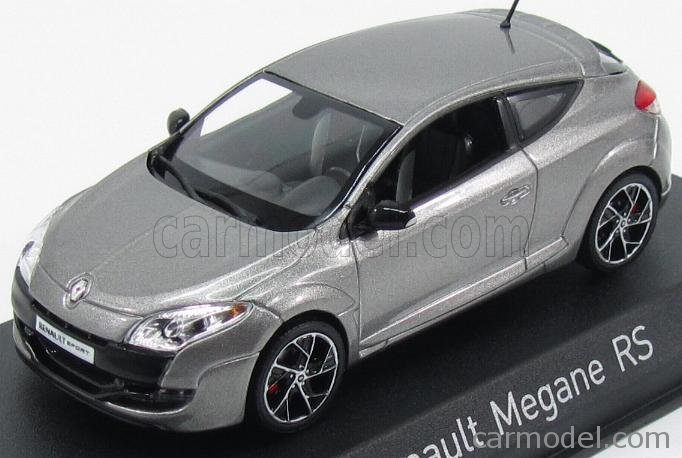
NOREV – RENAULT – MEGANE RS 2010
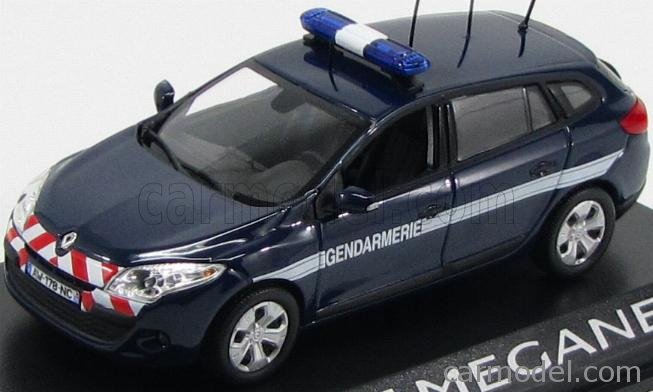
NOREV – RENAULT – MEGANE 3 SW ESTATE GENDARMERIE 2010
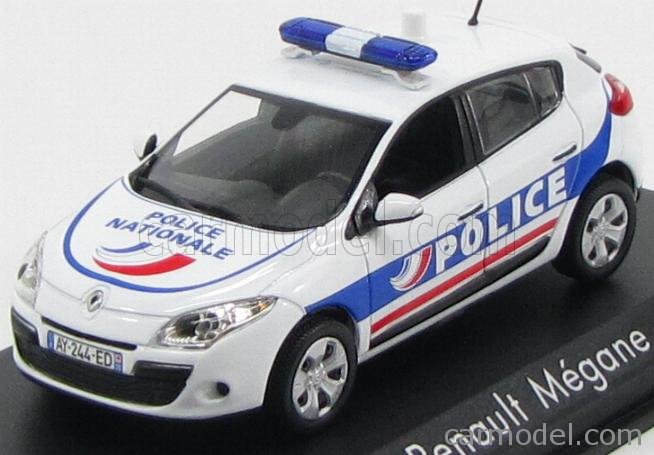
NOREV – RENAULT – MEGANE POLICE NATIONALE 2010
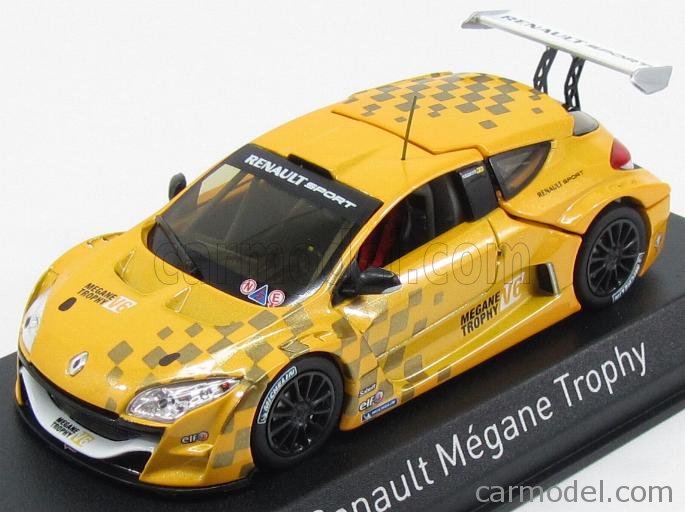
NOREV – RENAULT – MEGANE TROPHY N 8 SHOWCAR 2011
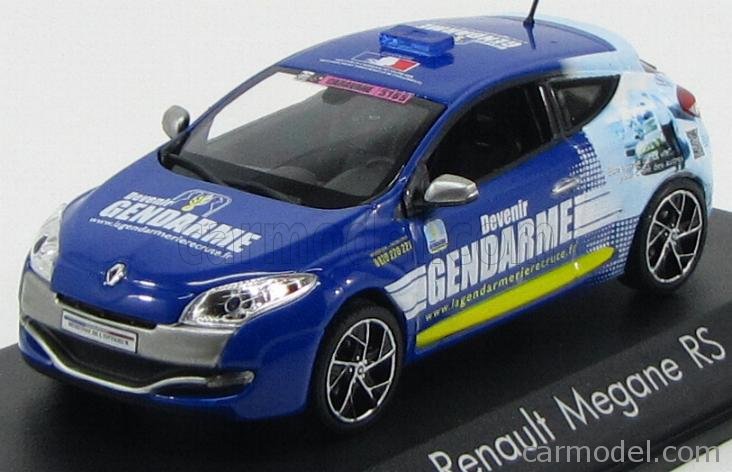
NOREV – RENAULT – MEGANE RS GENDARMERIE 2011
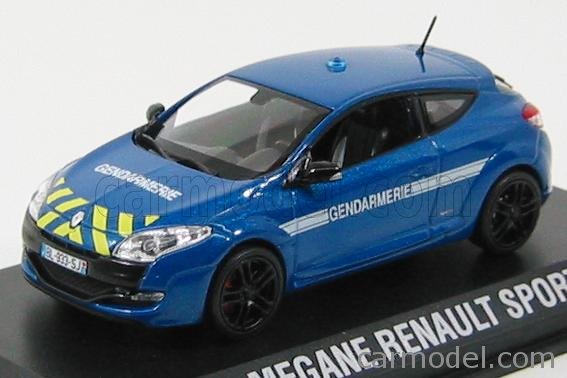
NOREV – RENAULT – MEGANE RS GENDARMERIE 2011
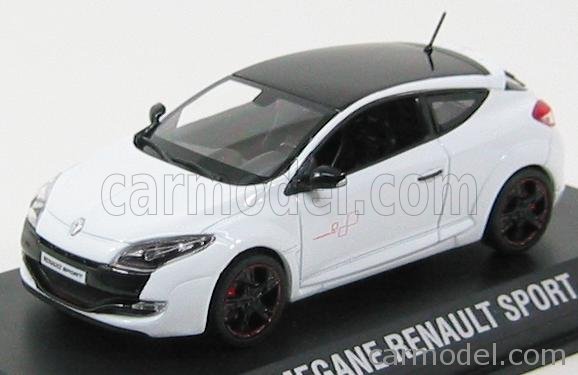
NOREV – RENAULT – MEGANE RS SPORT TROPHY 2011
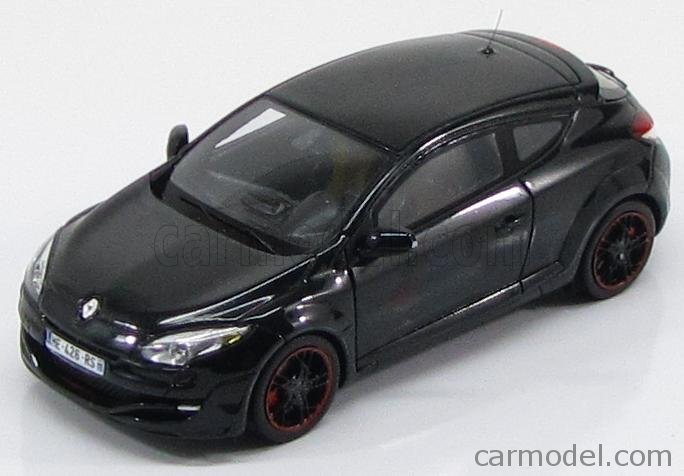
SPARK-MODEL – RENAULT – MEGANE RS SPORT TROPHY 2011
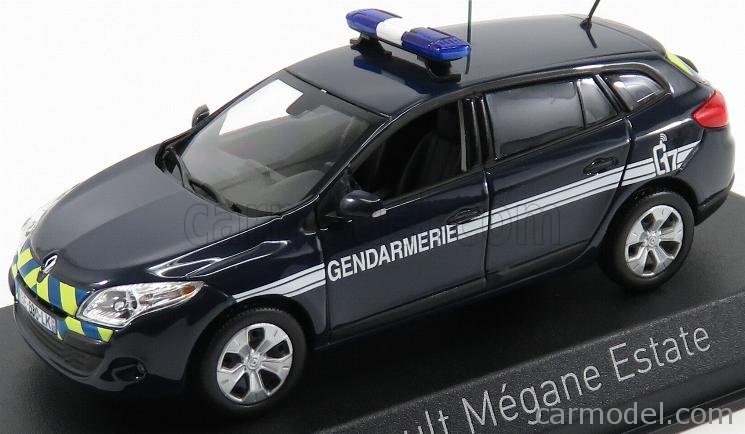
NOREV – RENAULT – MEGANE ESTATE GENDARMERIE 2012
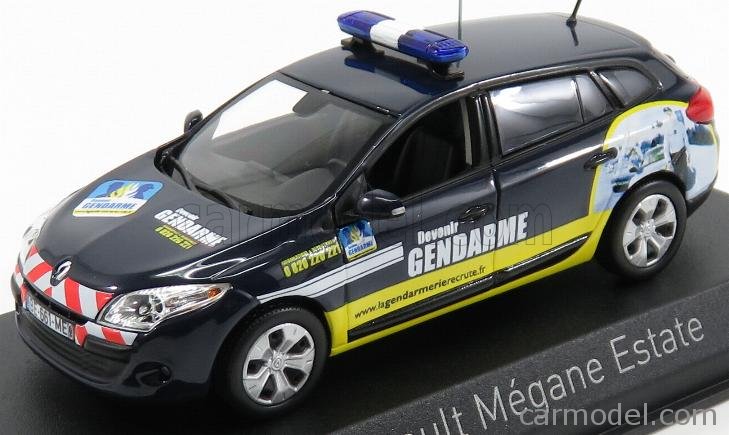
NOREV – RENAULT – MEGANE ESTATE GENDARME 2012
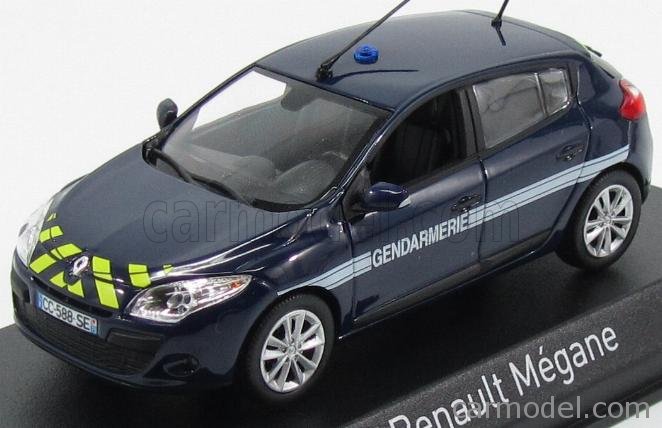
NOREV – RENAULT – MEGANE POLICE GENDARMERIE 2012
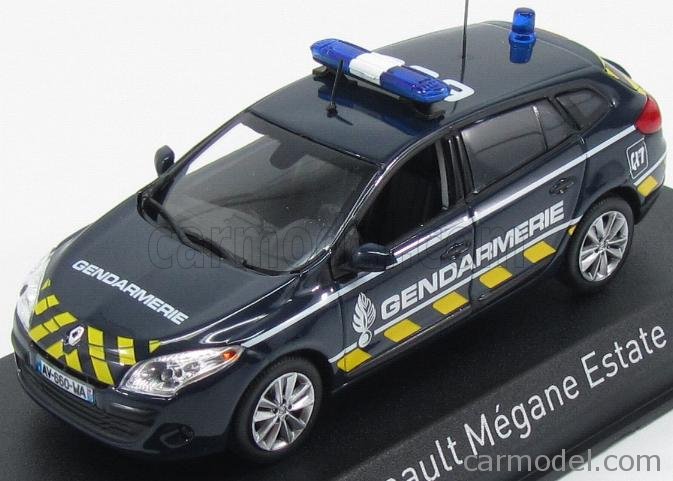
NOREV – RENAULT – MEGANE ESTATE GENDARMERIE 2012
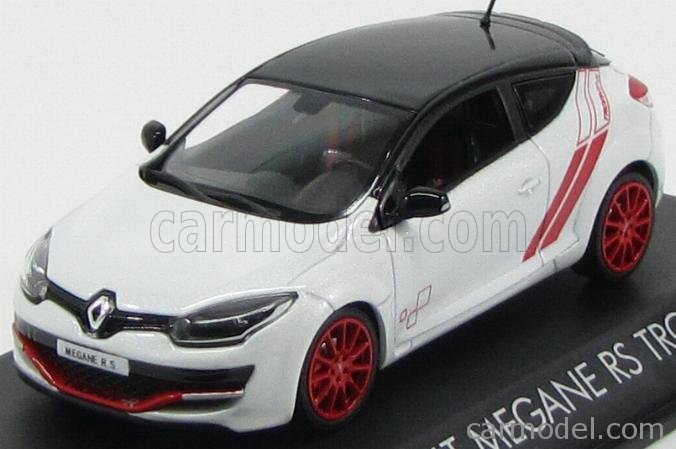
NOREV – RENAULT – MEGANE RS TROPHY R NURBURGRING 2014
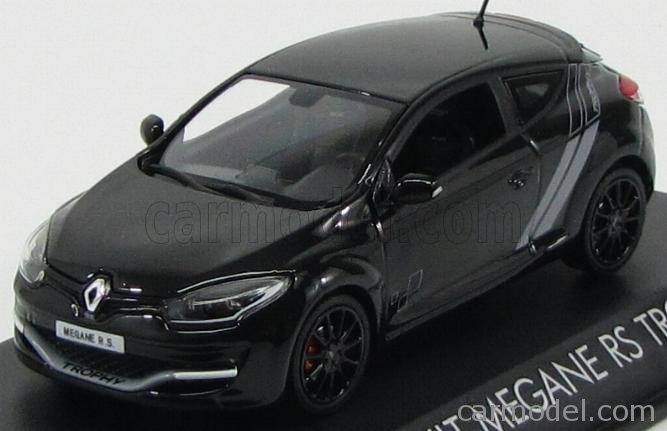
NOREV – RENAULT – MEGANE RS TROPHY 2014
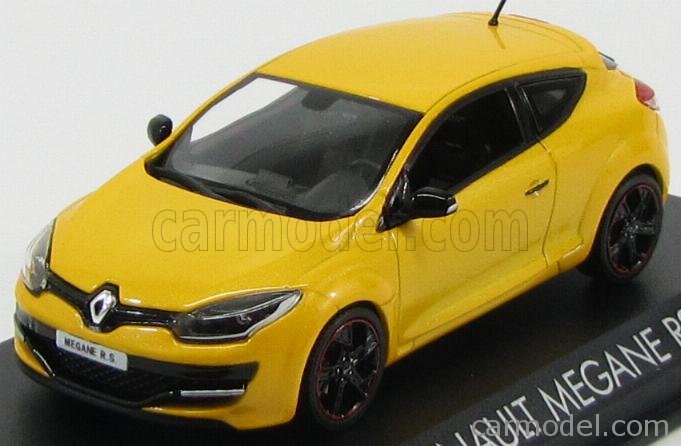
NOREV – RENAULT – MEGANE RS 2014
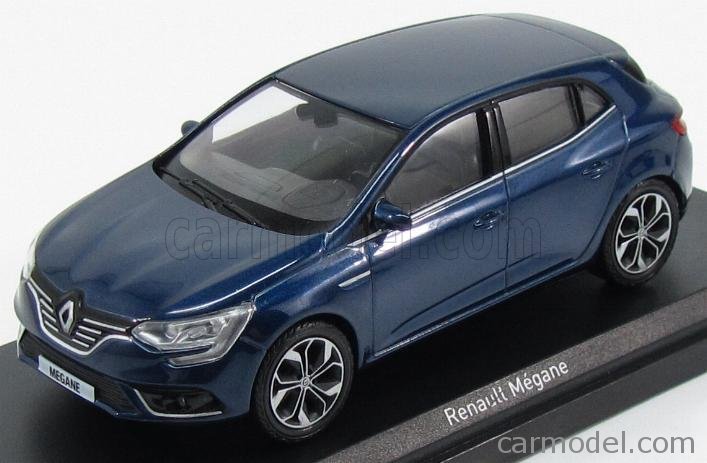
NOREV – RENAULT – MEGANE 2015
NOREV – RENAULT – MEGANE 2015
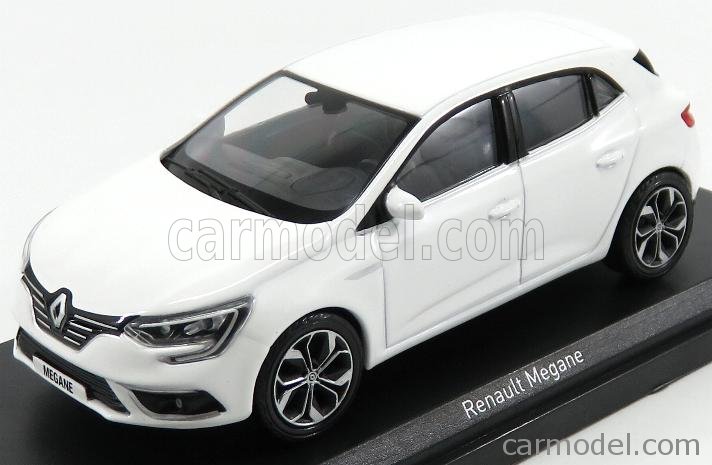
NOREV – RENAULT – MEGANE 2016
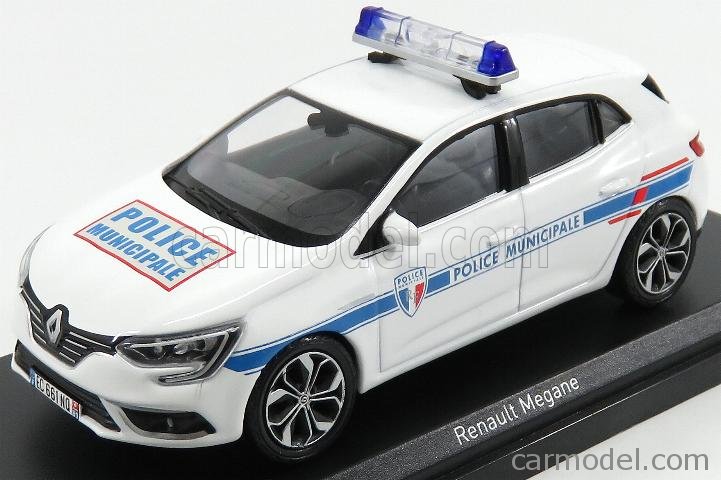
NOREV – RENAULT – MEGANE POLICE MUNICIPALE 2016
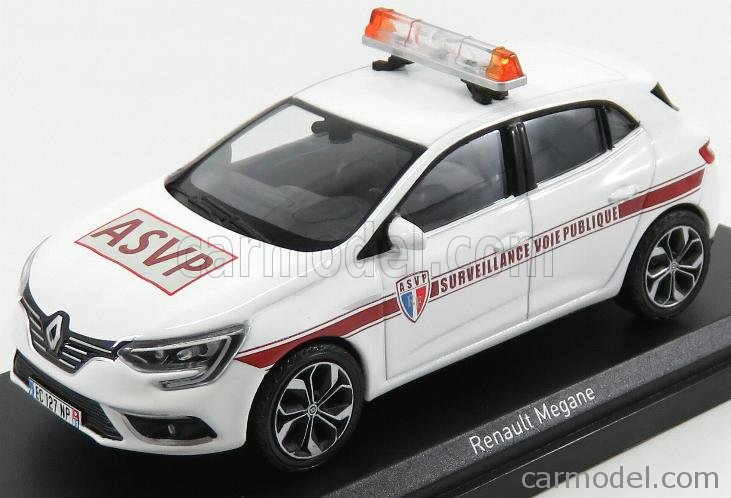
NOREV – RENAULT – MEGANE ASVP POLICE 2016
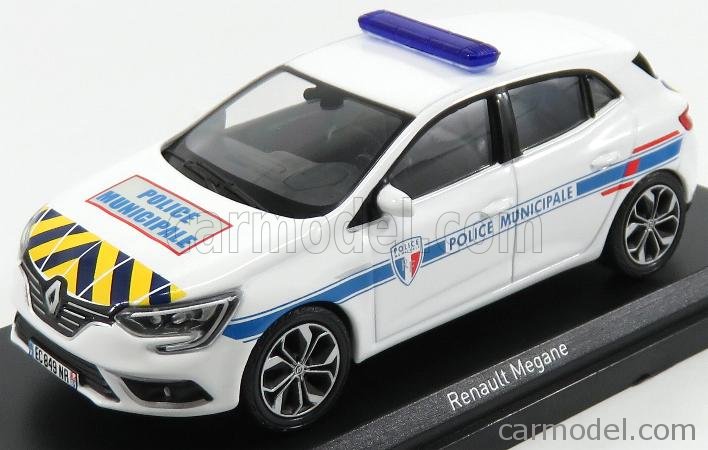
NOREV – RENAULT – MEGANE POLICE MUNICIPALE 2016
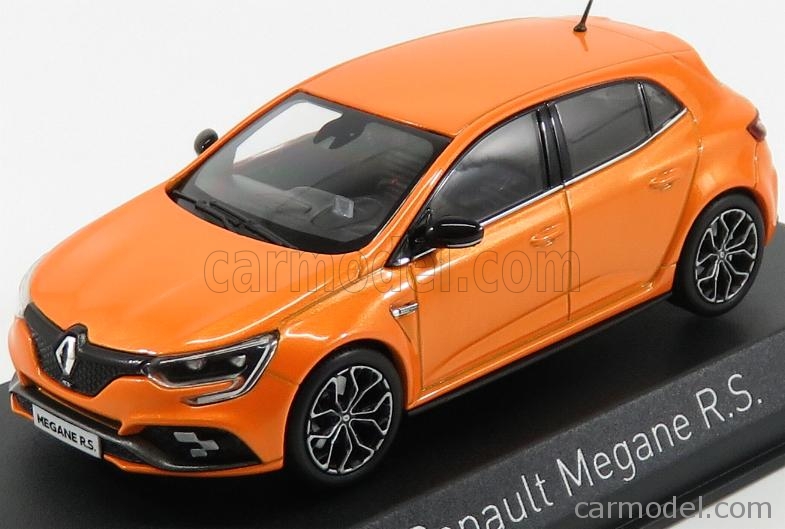
NOREV – RENAULT – MEGANE RS 2017
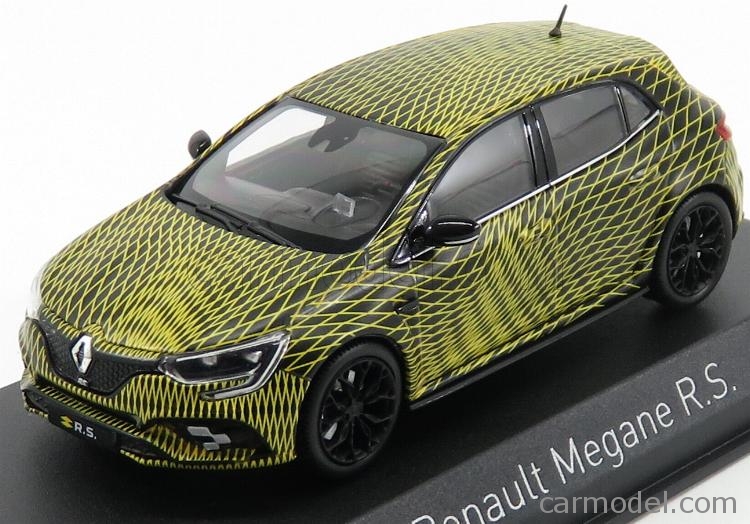
NOREV – RENAULT – MEGANE RS TEST VERSION MONACO GP 2017
Renault Talisman
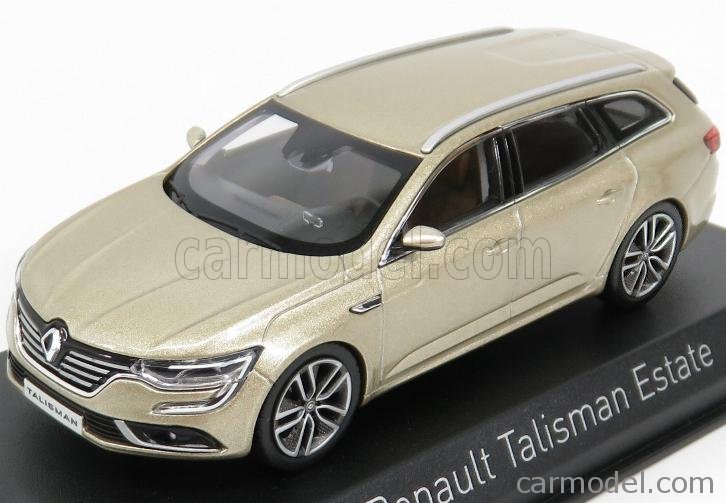
NOREV – RENAULT – TALISMAN ESTATE 2016
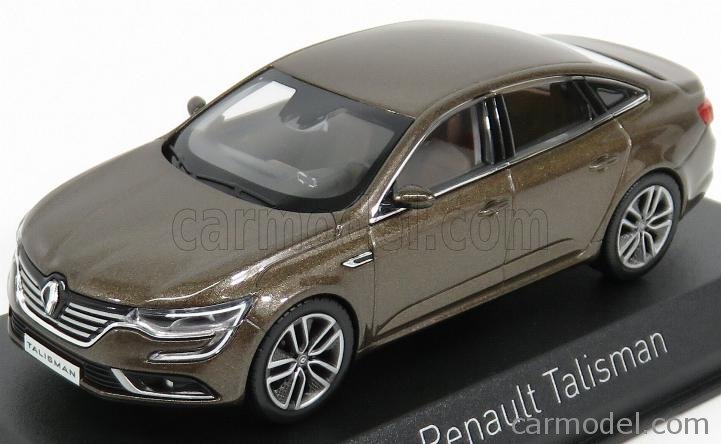
NOREV – RENAULT – TALISMAN 2016
Renault Wind
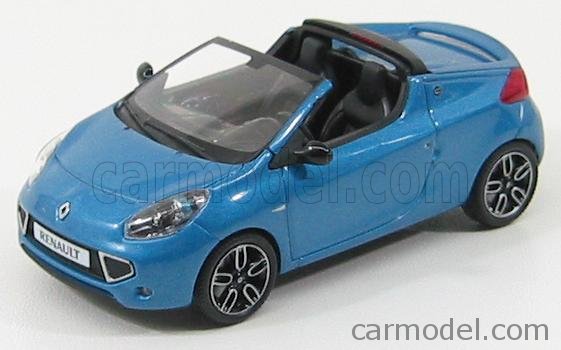
MINICHAMPS – RENAULT – SPORT WIND 2010
Renault Zoe
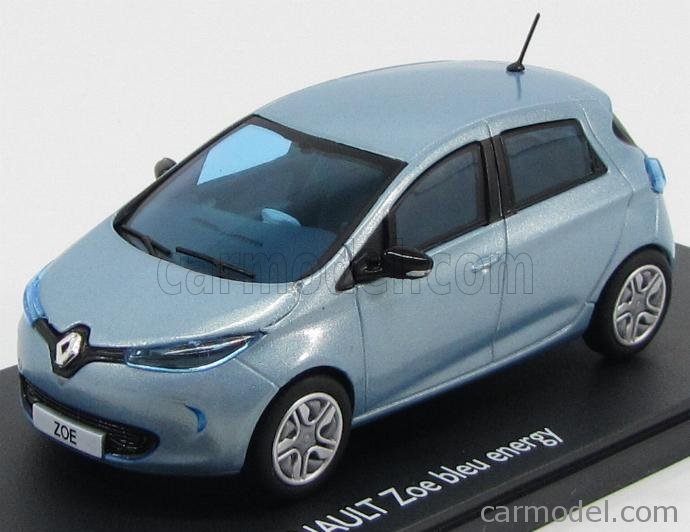
ELIGOR – RENAULT – ZOE 4-DOOR BLUE ENERGY 2013
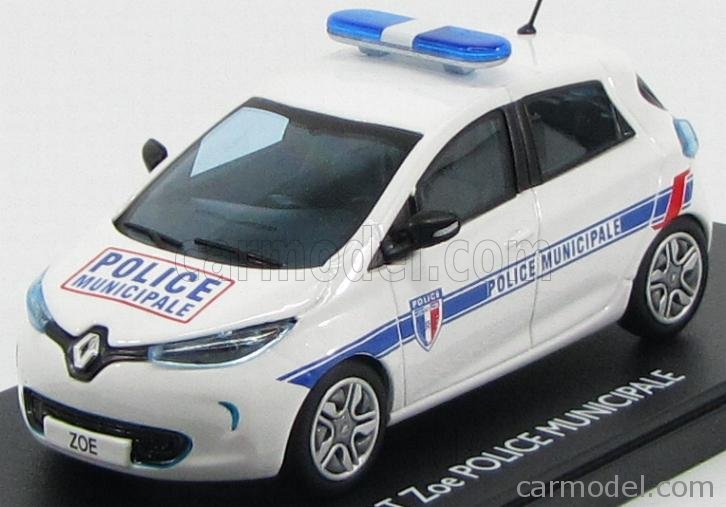
ELIGOR – RENAULT – ZOE 4-DOOR POLICE MUNICIPALE 2013
Renault Fluence
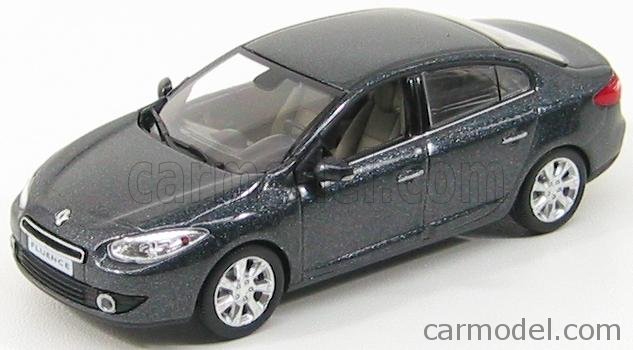
NOREV – RENAULT – FLUENCE 2009
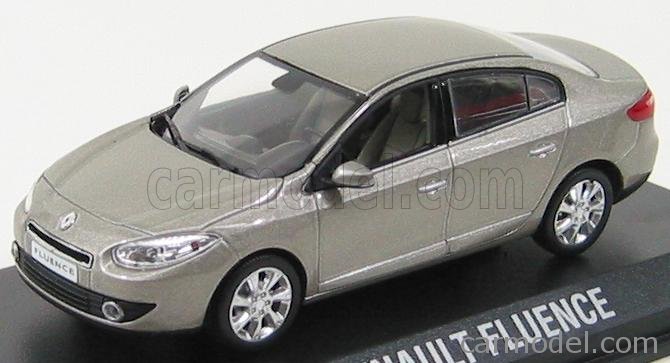
NOREV – RENAULT – FLUENCE 2009
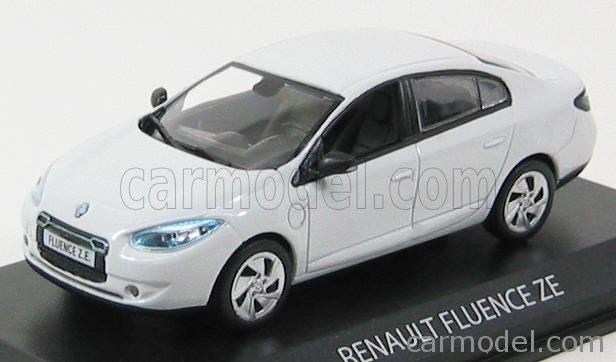
NOREV – RENAULT – FLUENCE ELECTRIQUE Z.E. 2011
Renault Espace
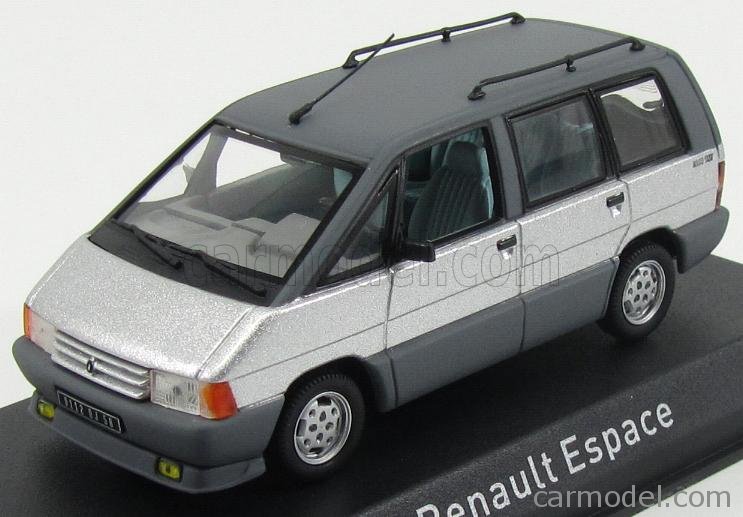
NOREV – RENAULT – ESPACE MK1 2000 TSE 1984
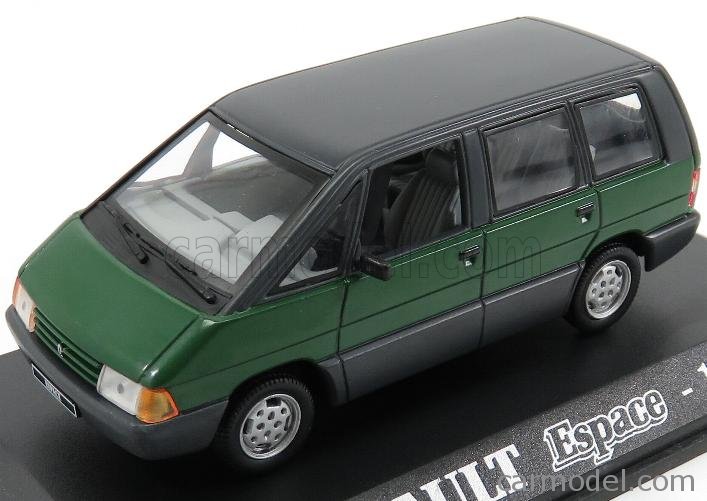
EDICOLA – RENAULT – ESPACE MK1 2000 TSE 1984
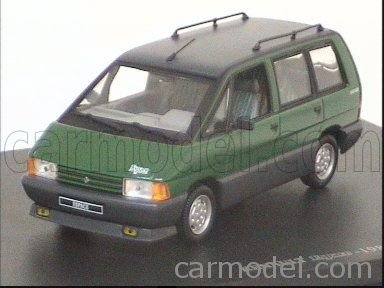
UNIVERSAL HOBBIES – RENAULT – ESPACE PHASE I 1985
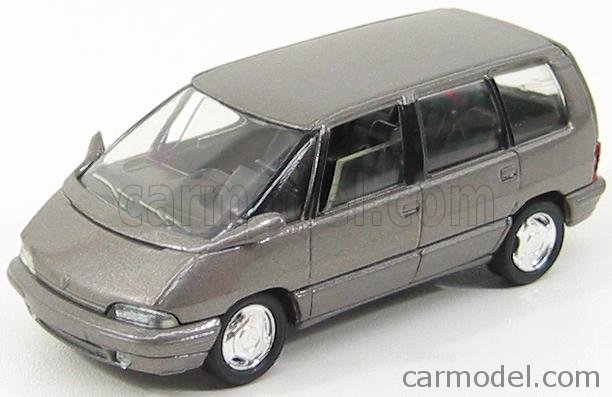
EDICOLA – RENAULT – ESPACE II 1990
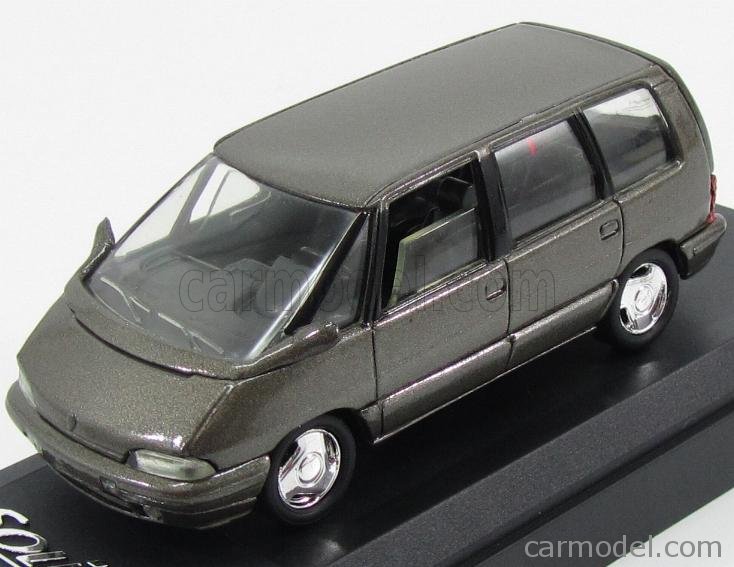
SOLIDO – RENAULT – ESPACE 1991
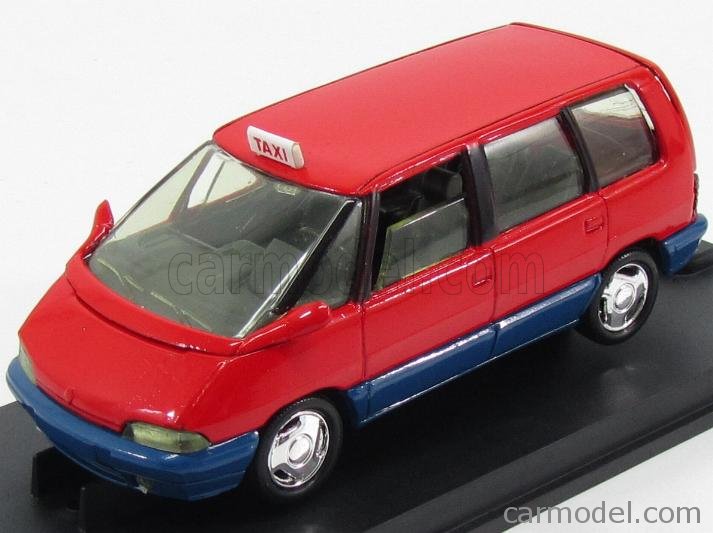
VEREM – RENAULT – ESPACE TAXI 1991
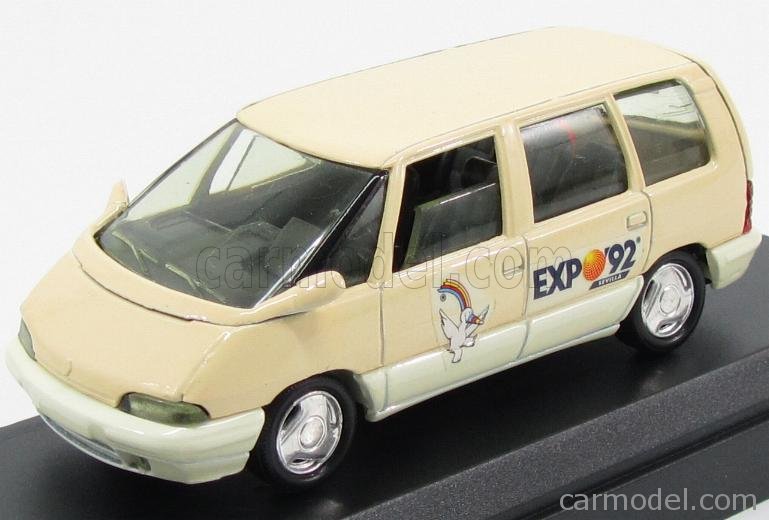
SOLIDO – RENAULT – ESPACE EXPO SEVILLA 1992
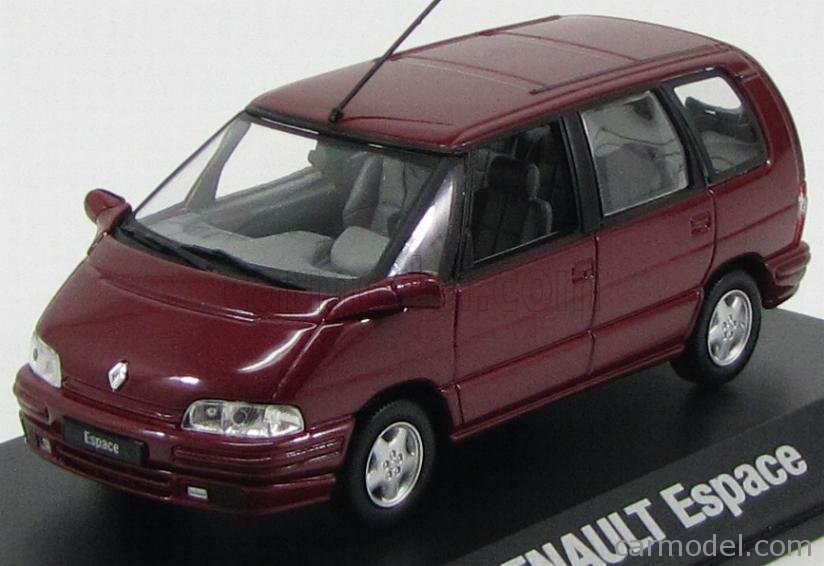
NOREV – RENAULT – ESPACE 1992
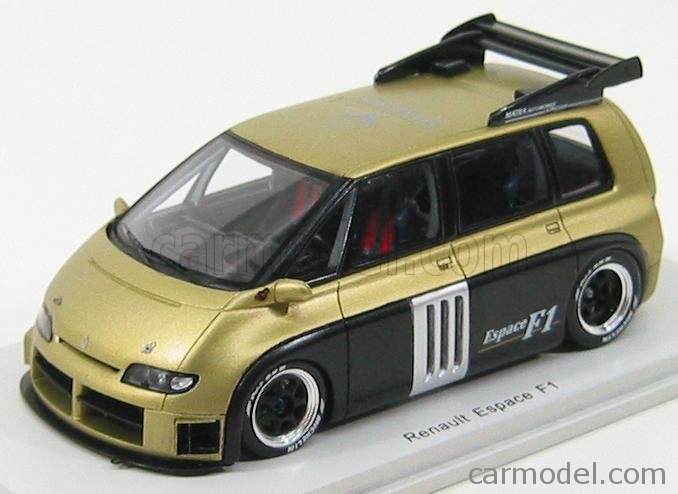
SPARK-MODEL – RENAULT – ESPACE F-1 1994
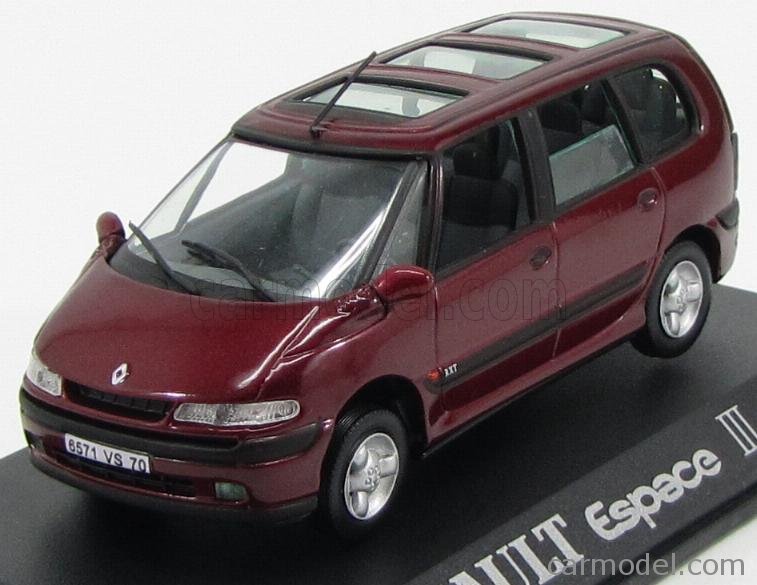
EDICOLA – RENAULT – ESPACE III 1996
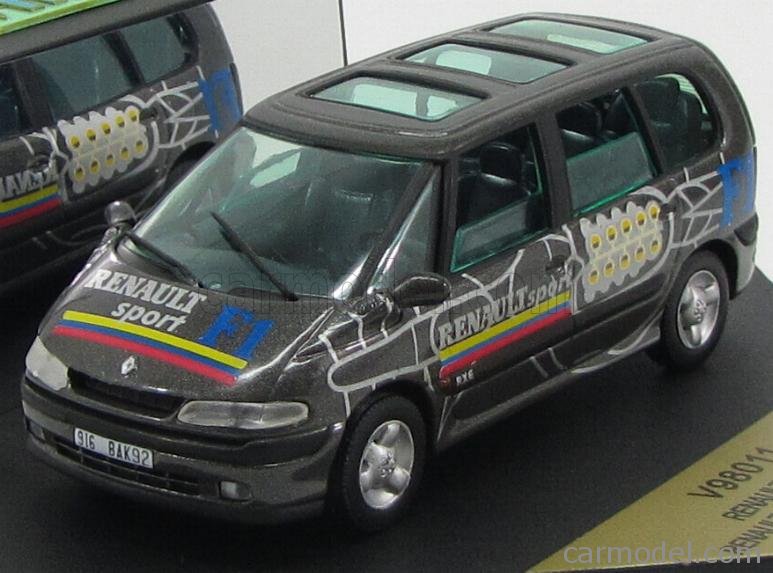
VITESSE – RENAULT – ESPACE III RENAULT SPORT F-1 PACE CAR 1996
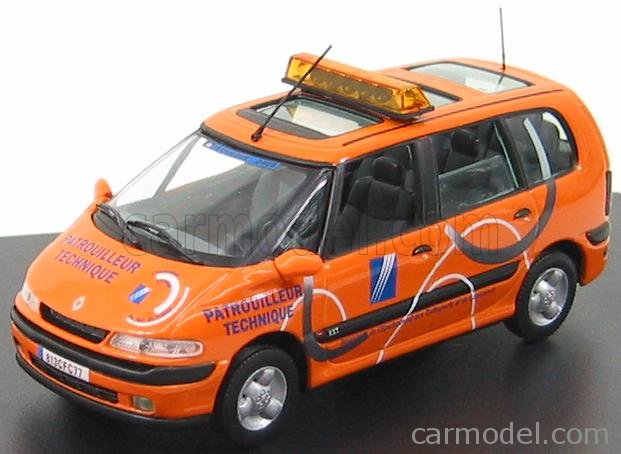
UNIVERSAL HOBBIES – RENAULT – ESPACE III DDE 2001
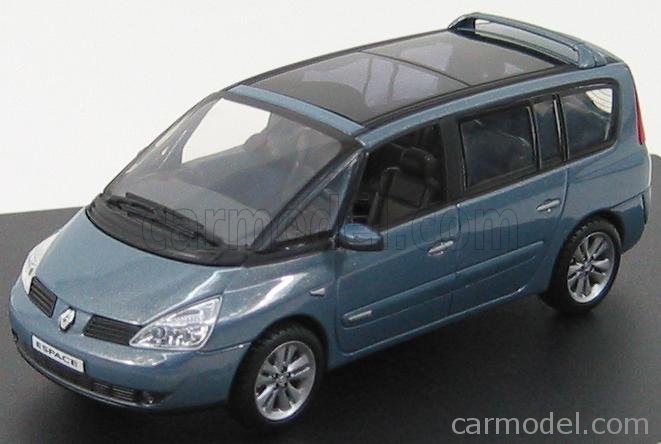
UNIVERSAL HOBBIES – RENAULT – ESPACE V6 DCI 2002
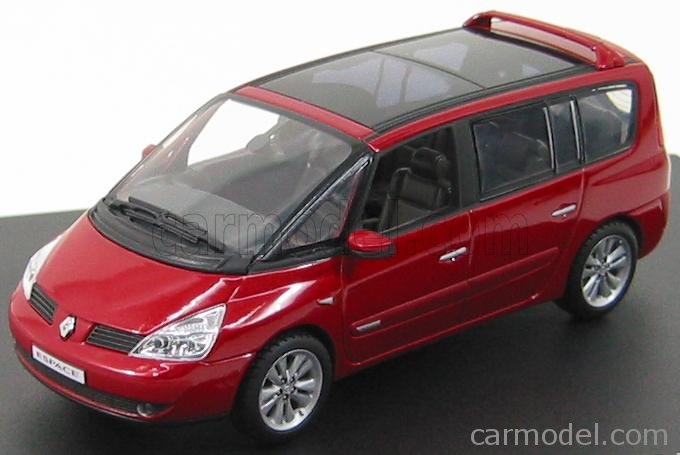
UNIVERSAL HOBBIES – RENAULT – ESPACE 2002
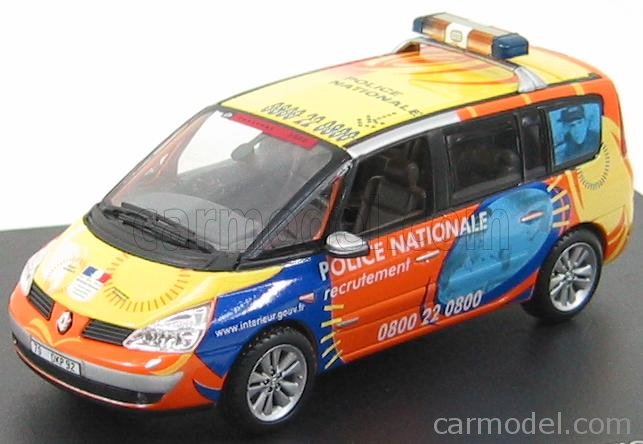
UNIVERSAL HOBBIES – RENAULT – ESPACE IV POLICE NATIONALE 2003
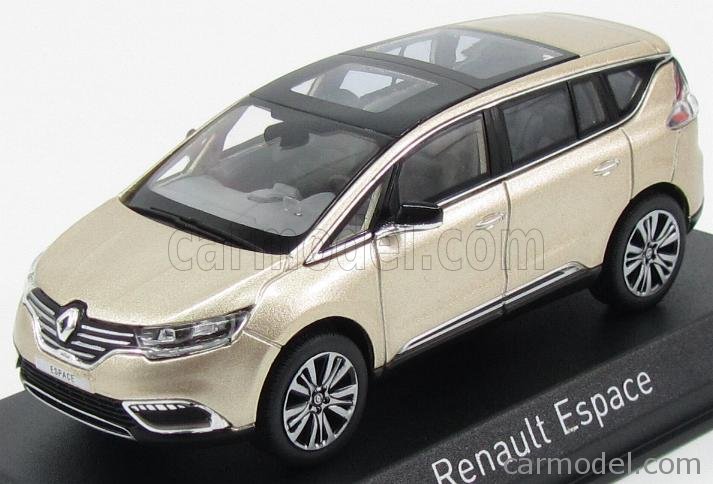
NOREV – RENAULT – ESPACE INITIALE PARIS 2015
Renault Kangoo
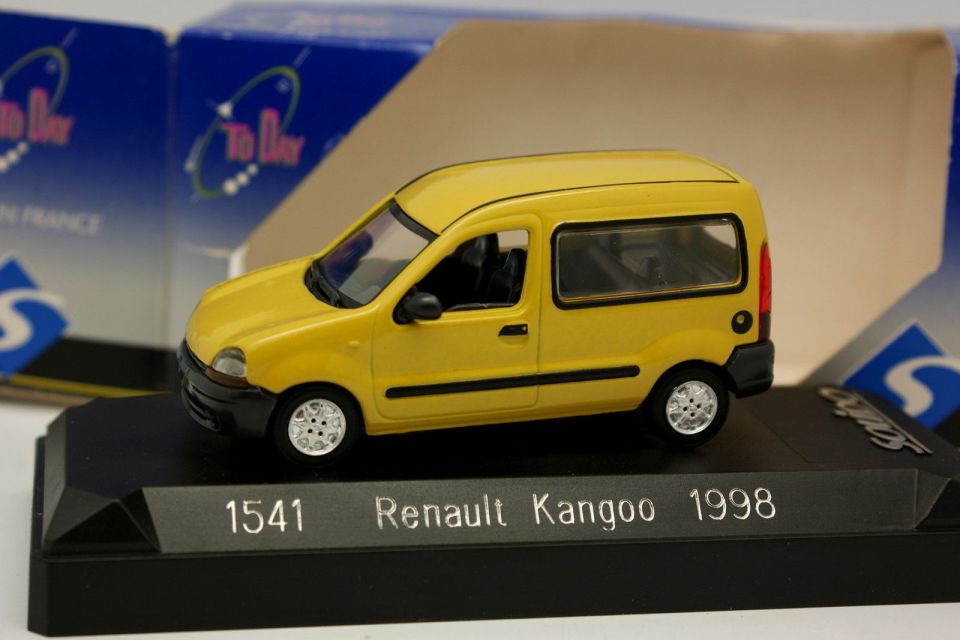
Solido – Renault Kangoo 1998
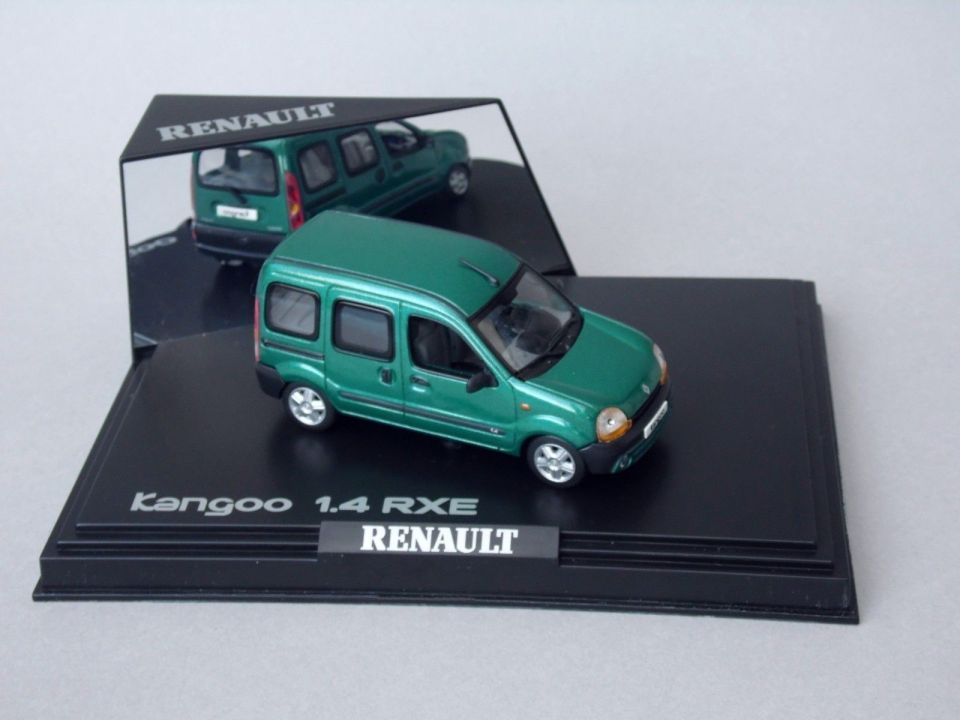
NOREV – RENAULT – KANGOO 1400 RXE
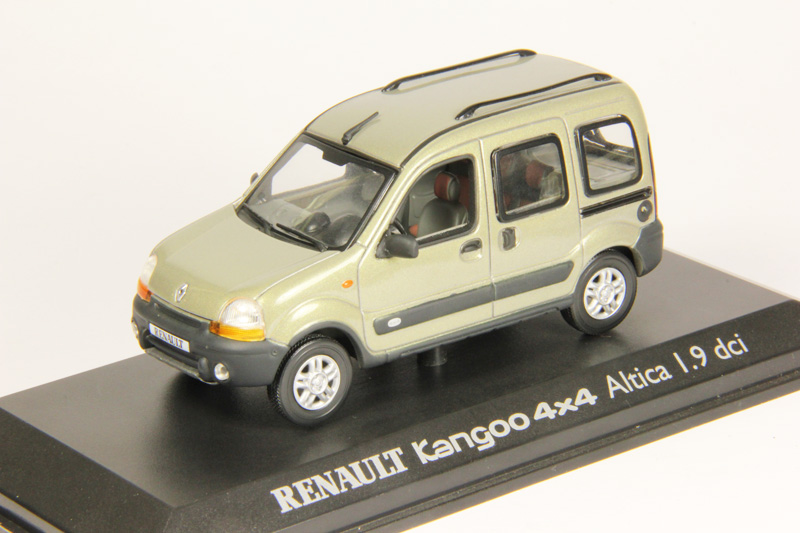
NOREV – RENAULT – KANGOO 4X4 ALTICA 1.9 dci
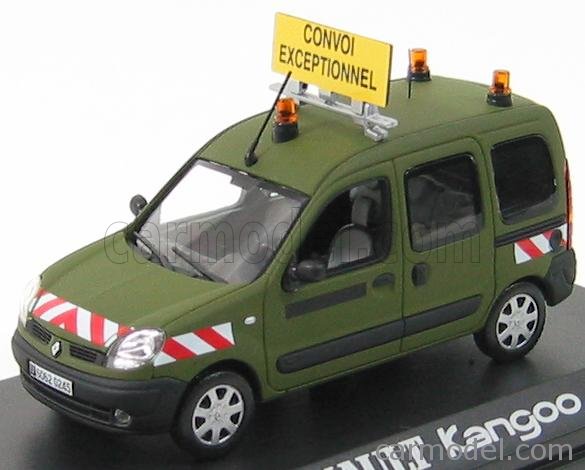
NOREV – RENAULT – KANGOO VAN ARMEE FRANCAISE – CONVOI EXCEPTIONNEL
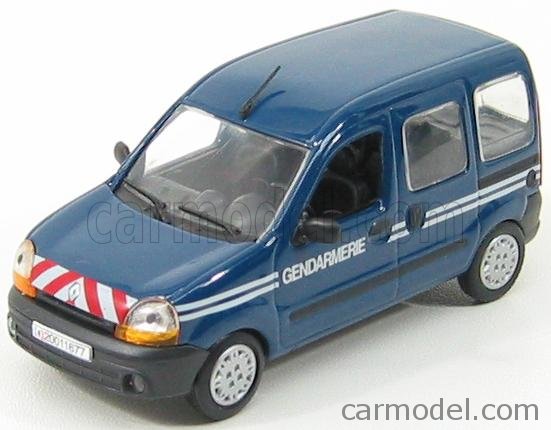
EDICOLA – RENAULT – KANGOO GENDARMERIE – POLICE 2000
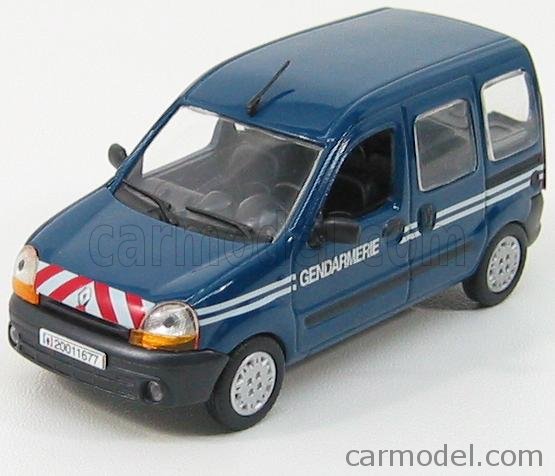
NOREV – RENAULT – KANGOO GENDARMERIE – POLICE 2000
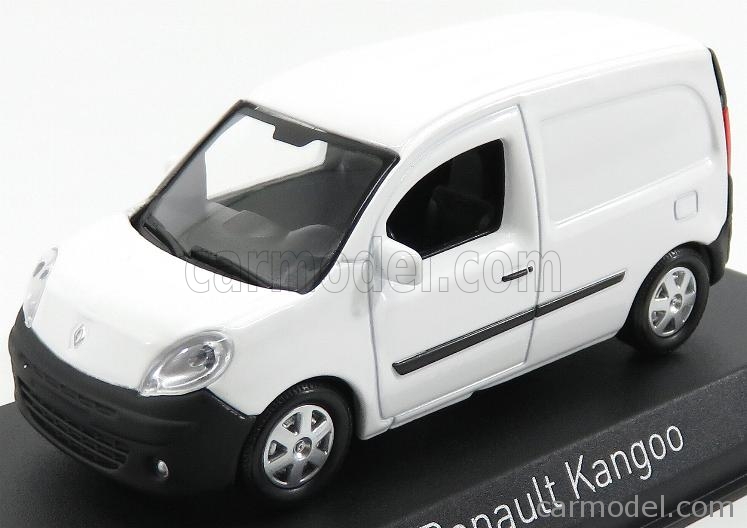
NOREV – RENAULT – KANGOO VAN 2007
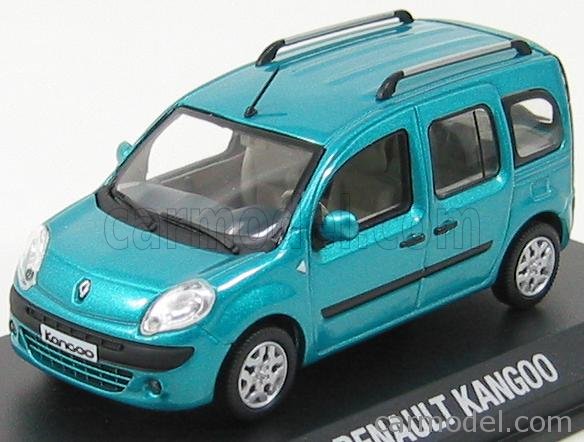
NOREV – RENAULT – KANGOO VETRATO 2008
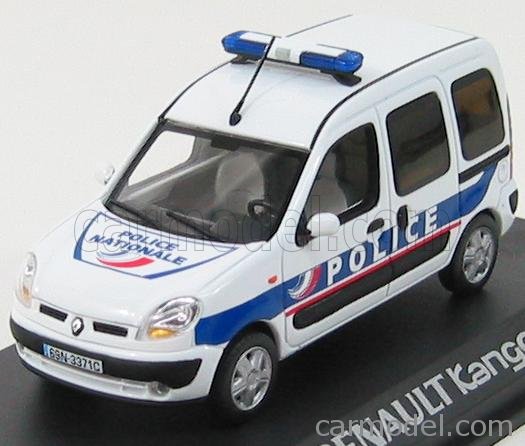
NOREV – RENAULT – KANGOO POLICE 2008
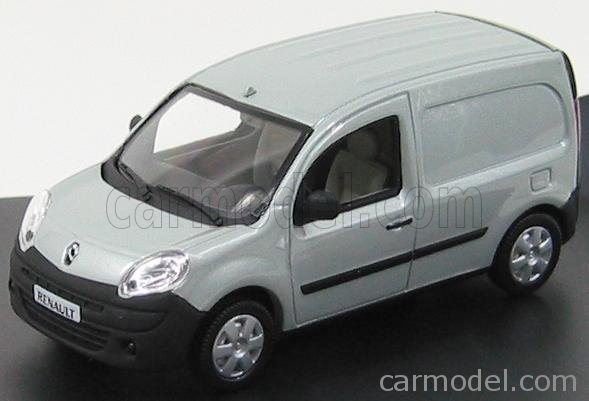
NOREV – RENAULT – KANGOO VAN EXPRESS
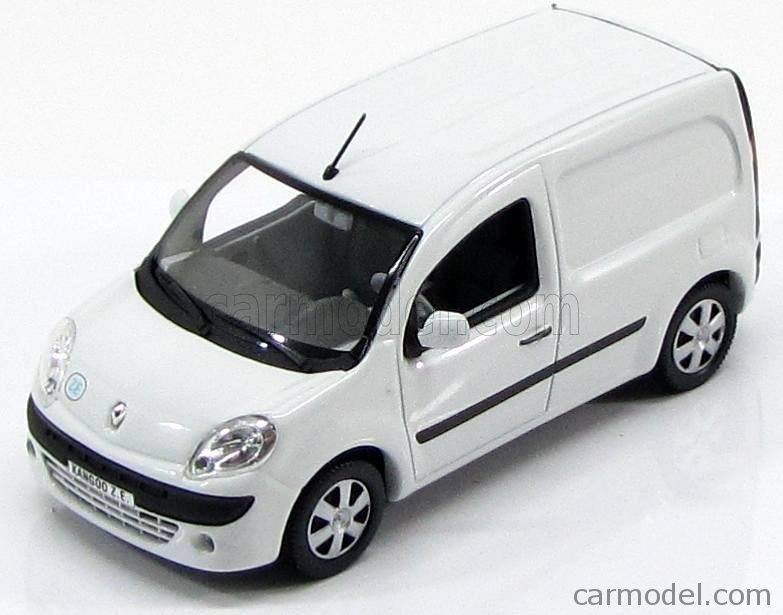
NOREV – RENAULT – KANGOO EXPRESS ELECTRIQUE Z.E. 2012
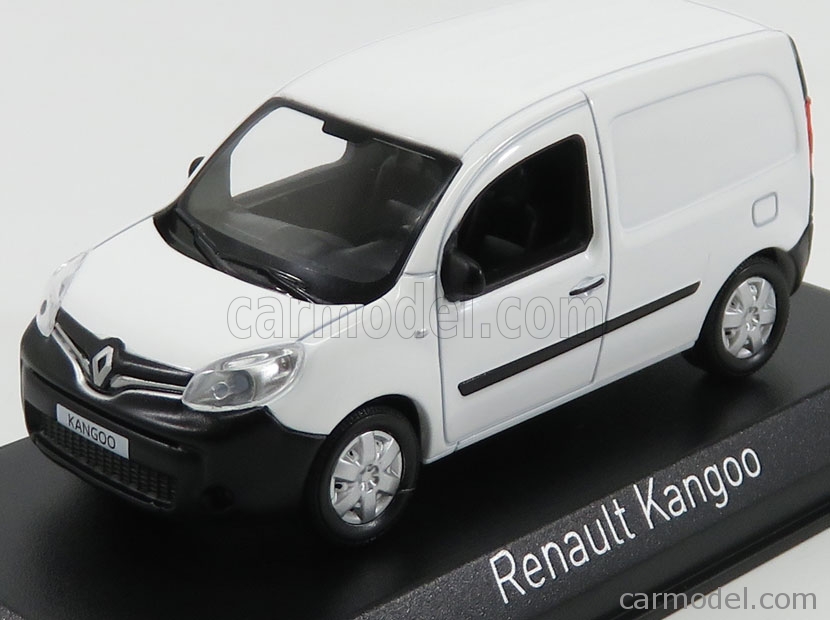
NOREV – RENAULT – KANGOO VAN 2013
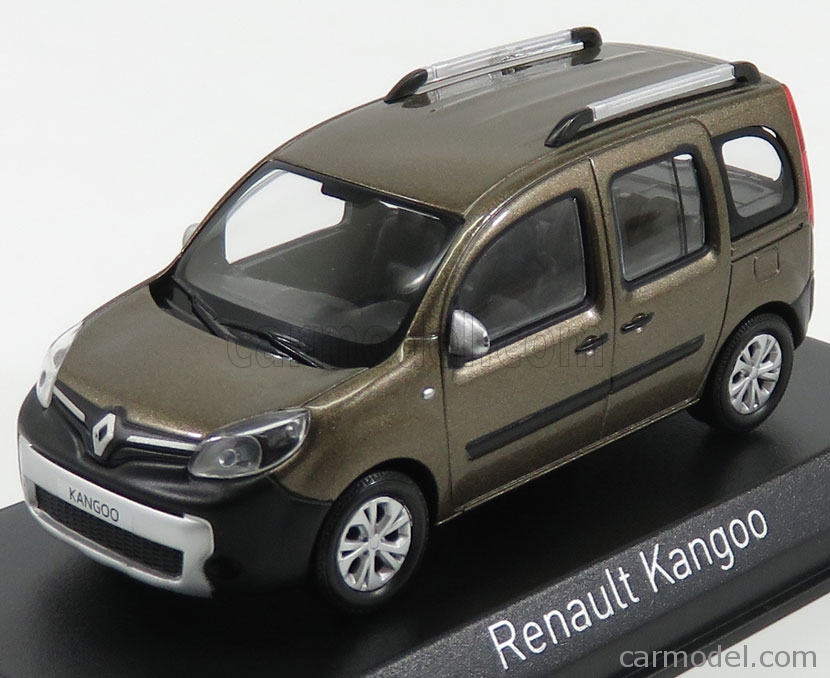
NOREV – RENAULT – KANGOO 2013
Renault Captur
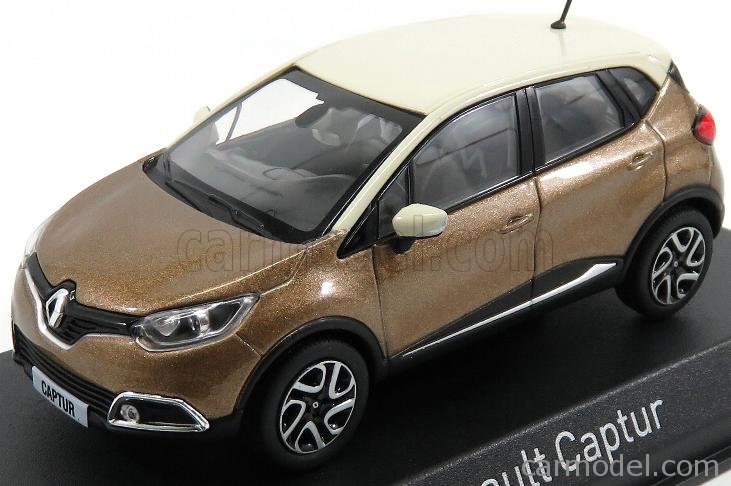
NOREV – RENAULT – CAPTUR 2013
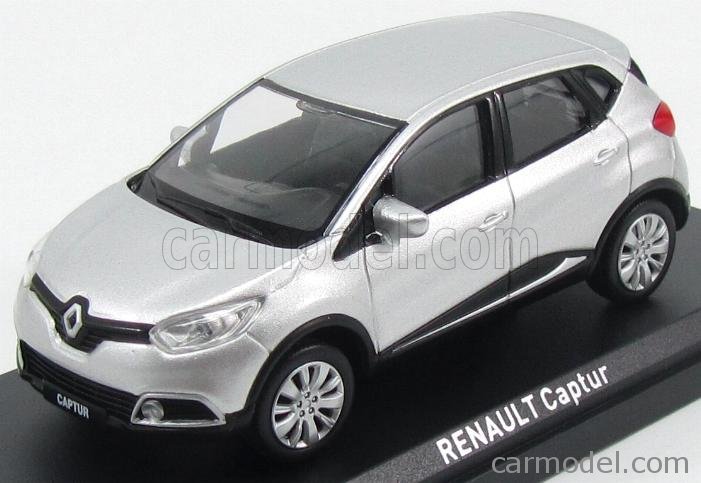
NOREV – RENAULT – CAPTUR 2013
Renault Kadjar
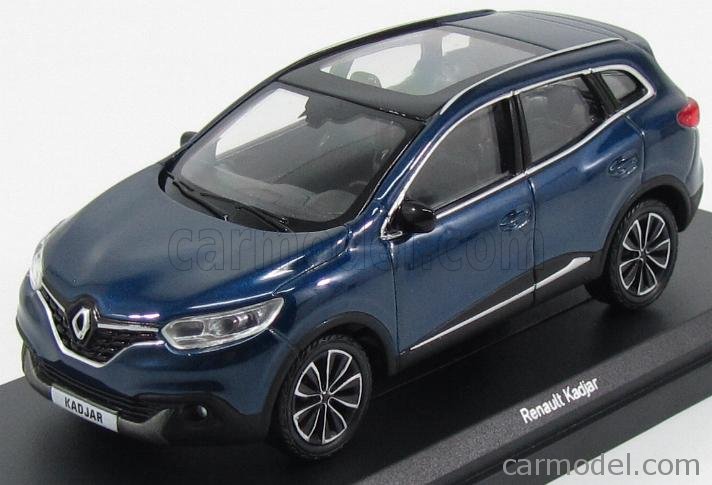
NOREV – RENAULT – KADJAR 2015
Renault Koleos
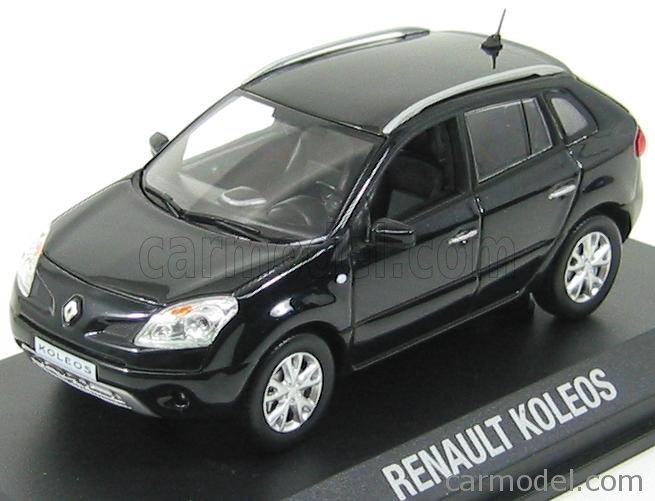
NOREV – RENAULT – KOLEOS 2008
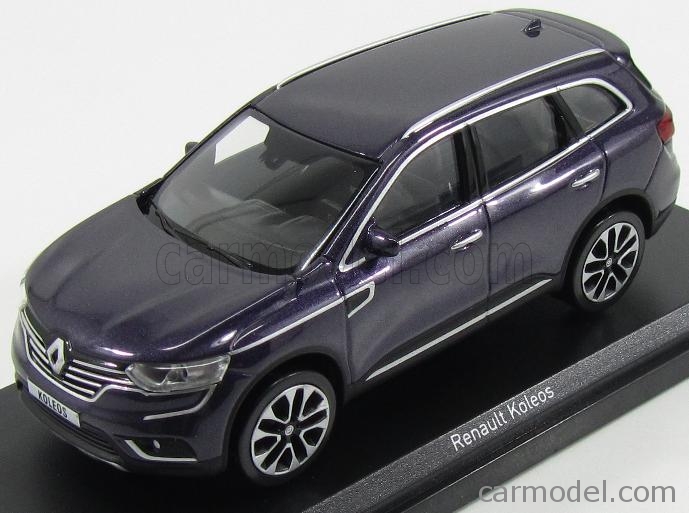
NOREV – RENAULT – KOLEOS 2016
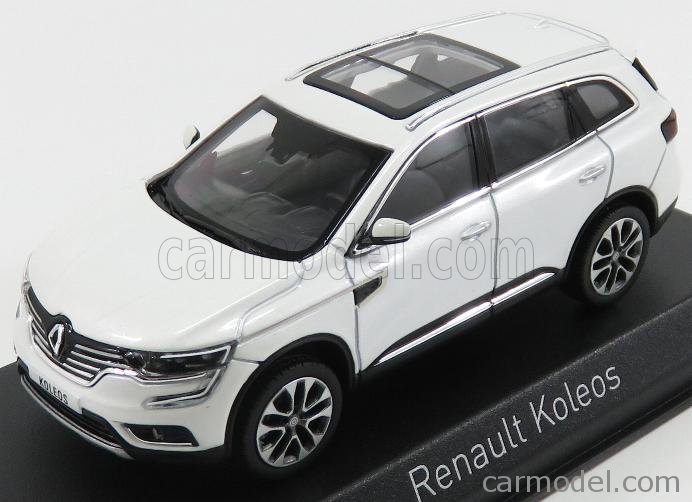
NOREV – RENAULT – KOLEOS 2016
RENAULT SHERPA
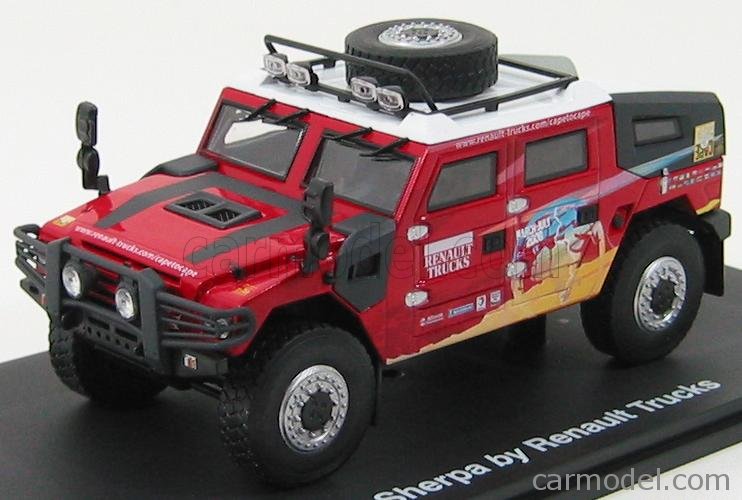
ELIGOR – RENAULT – SHERPA T R U C K RALLY CAPE TO CAPE 2009
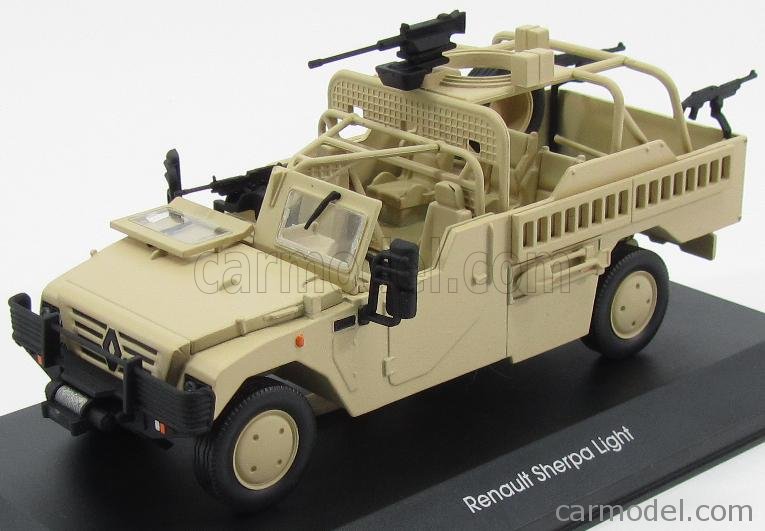
EDICOLA – RENAULT – SHERPA TRUCK DEFENSE LIGHT 2010
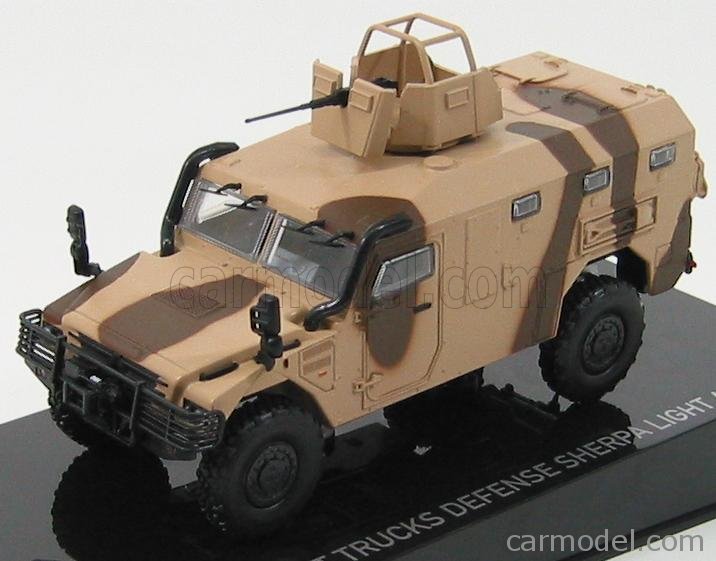
NOREV – RENAULT – SHERPA TRUCK DEFENSE LIGHT APC 2010
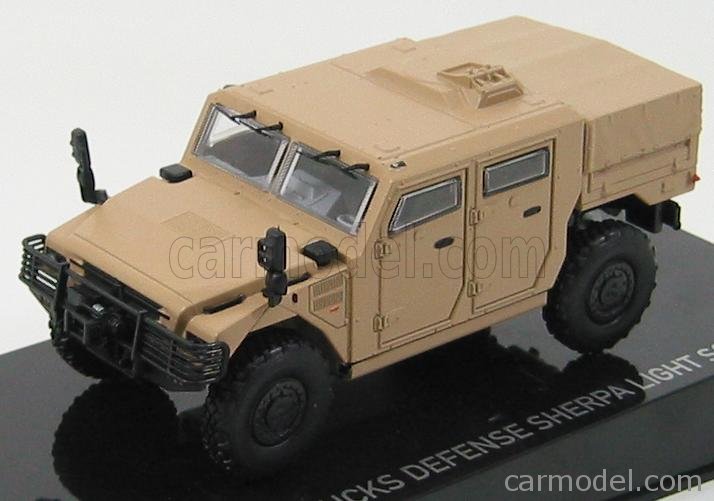
NOREV – RENAULT – SHERPA TRUCK DEFENSE LIGHT SCOUT 2010
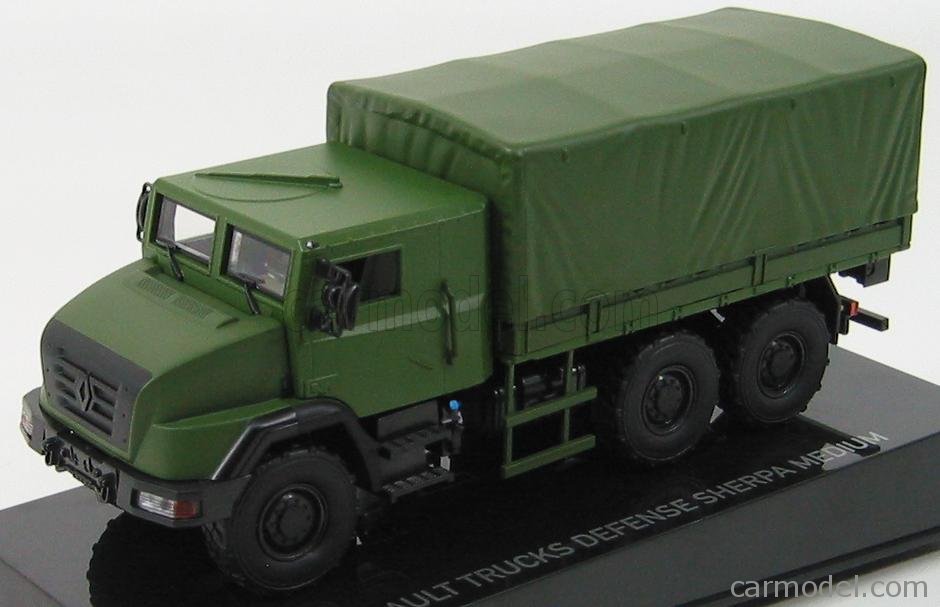
NOREV – RENAULT – SHERPA 5 TRUCK DEFENSE MEDIUM 2010
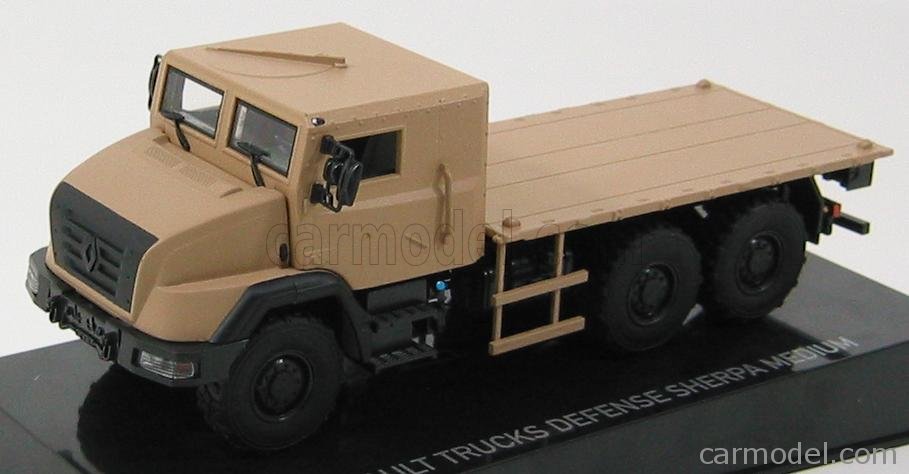
NOREV – RENAULT – SHERPA 5 TRUCK DEFENSE MEDIUM 2010
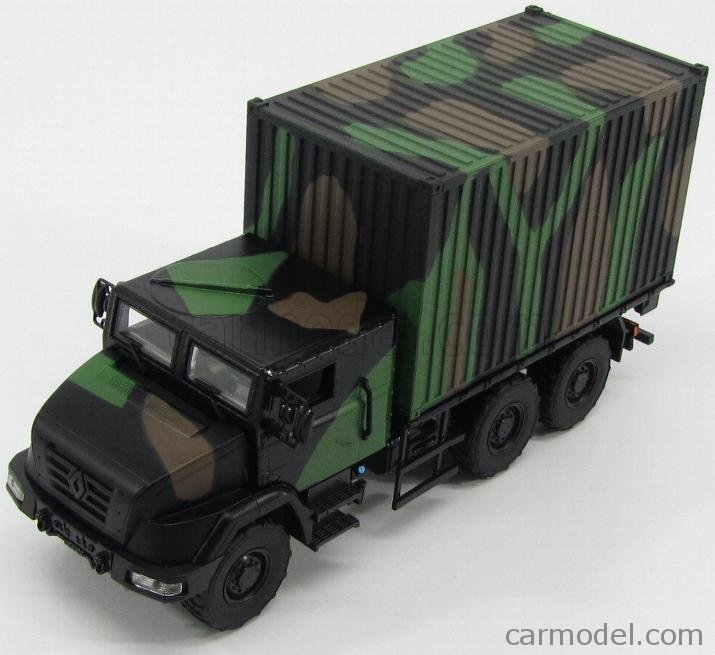
NOREV – RENAULT – SHERPA 5 TRUCK DEFENSE 2010

